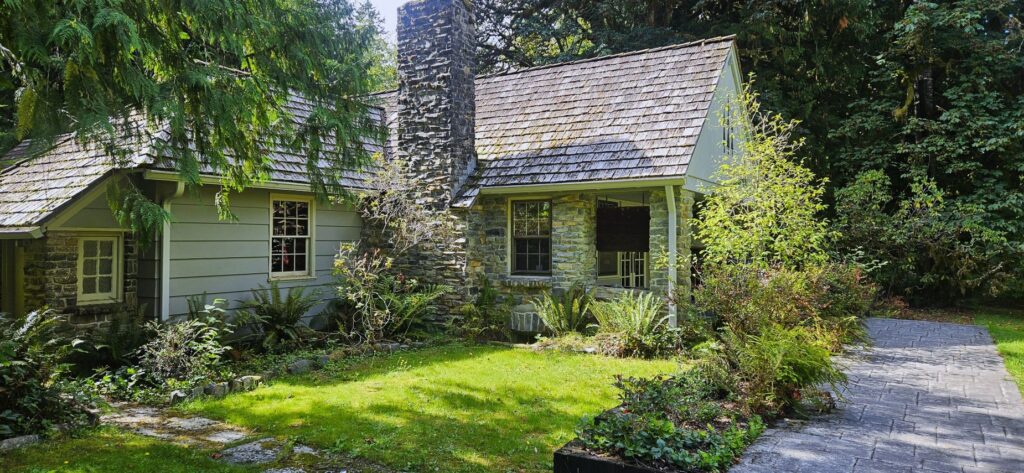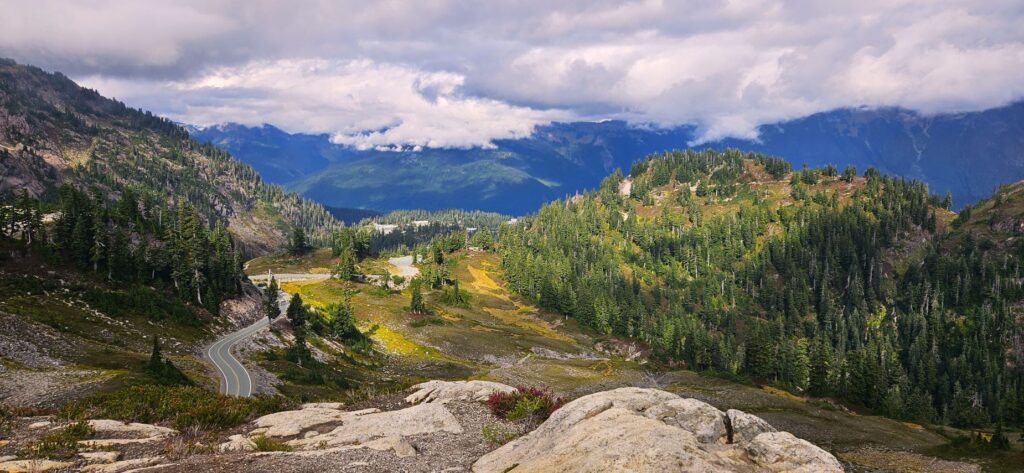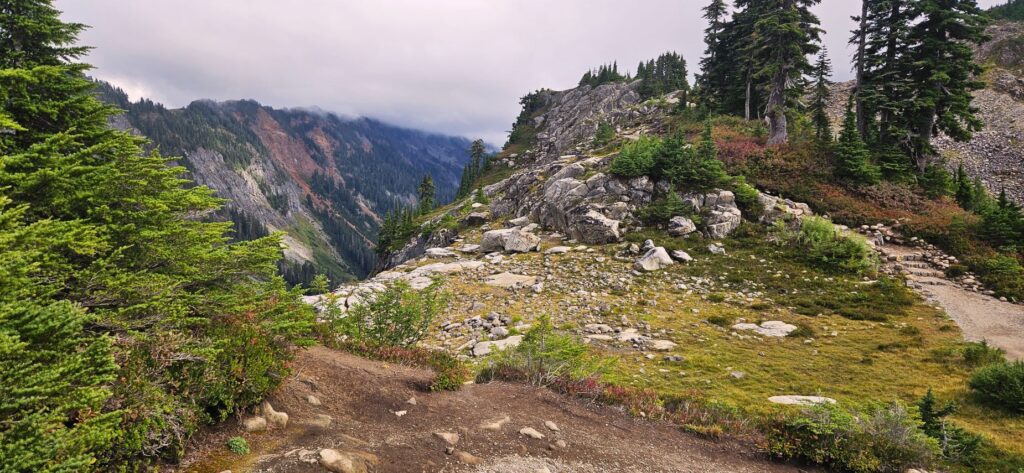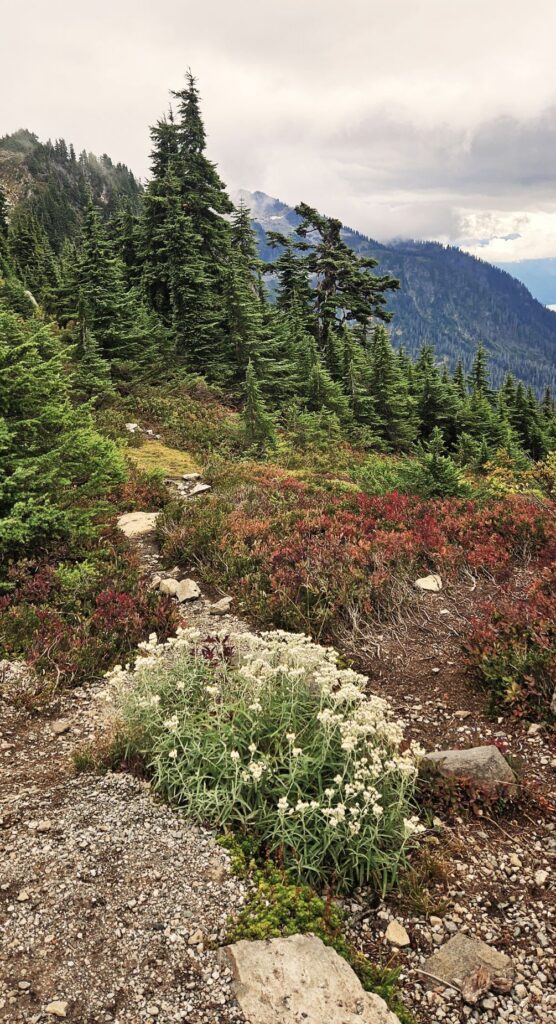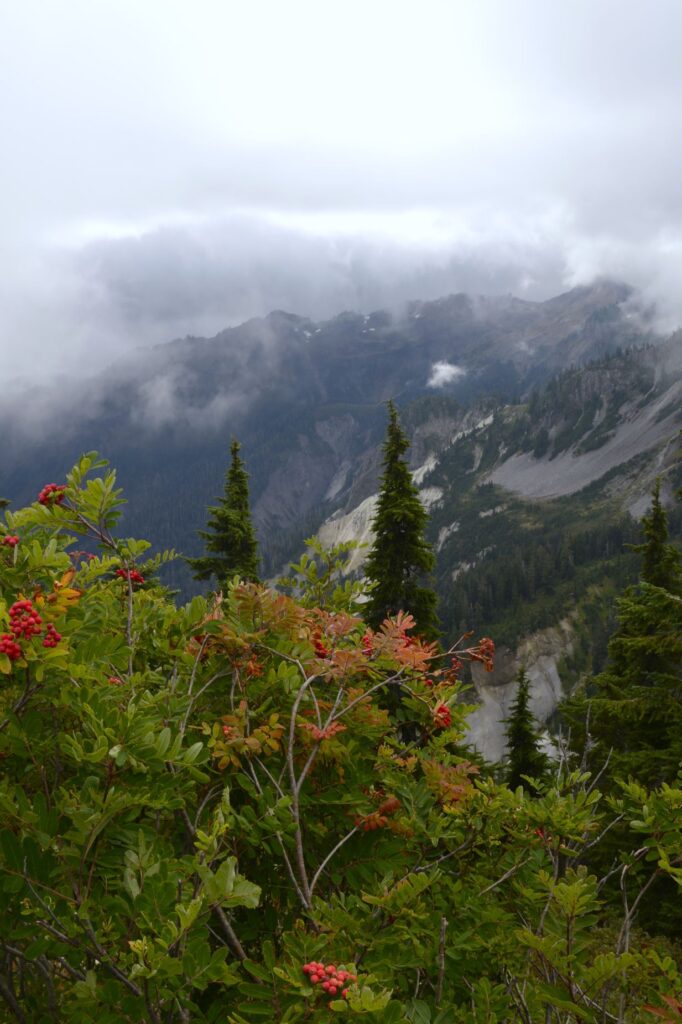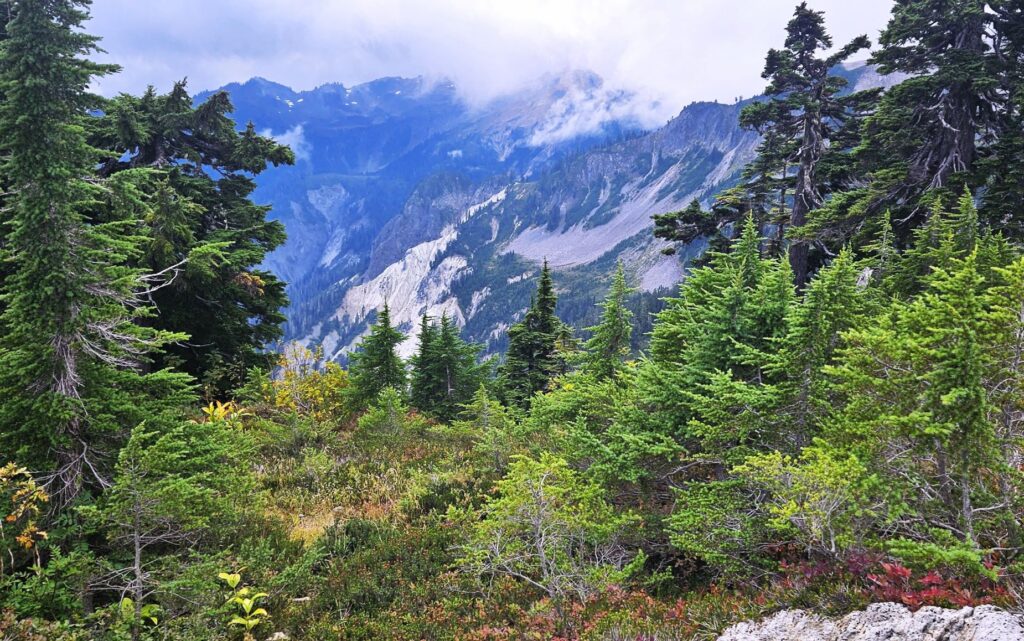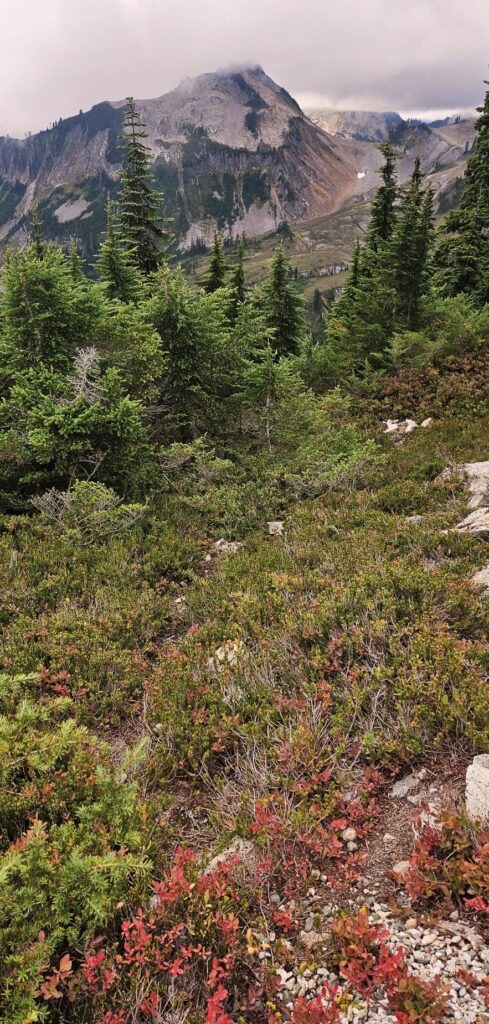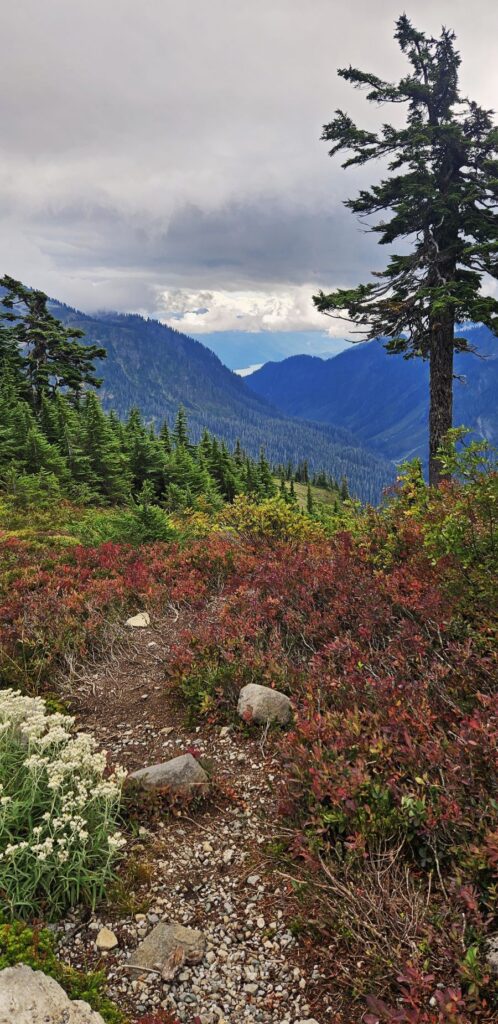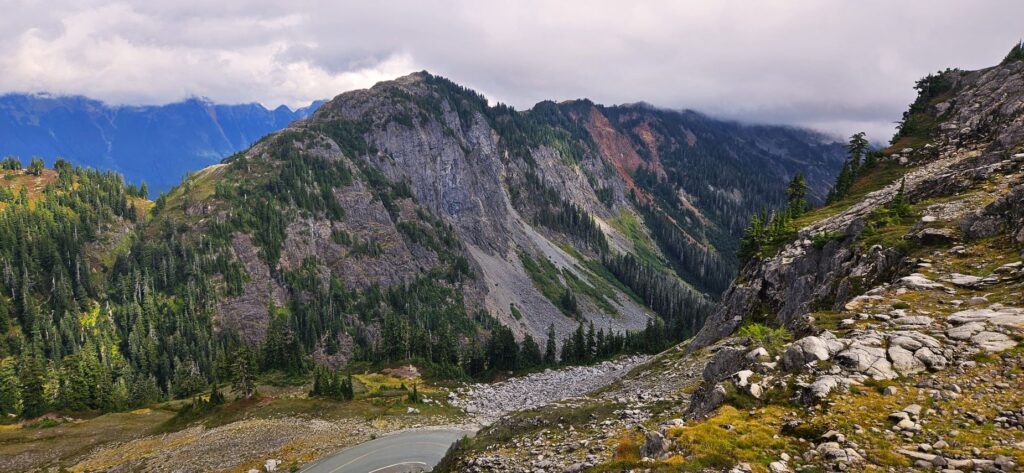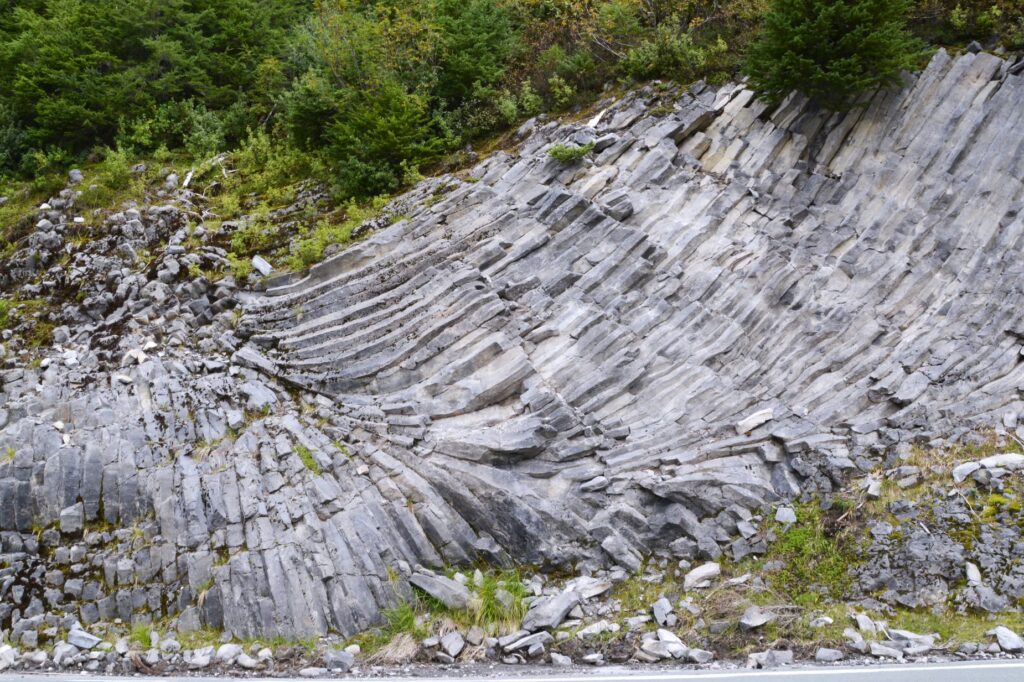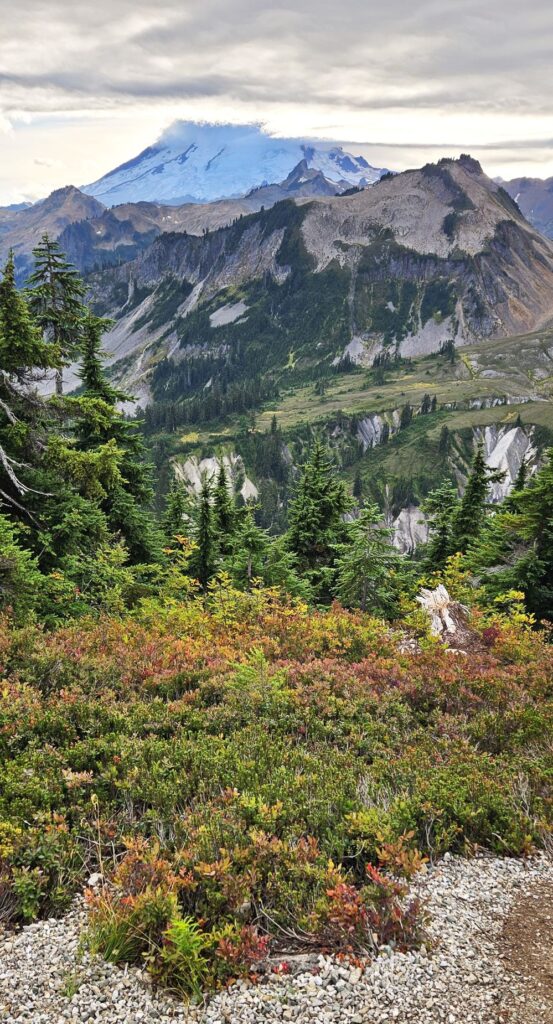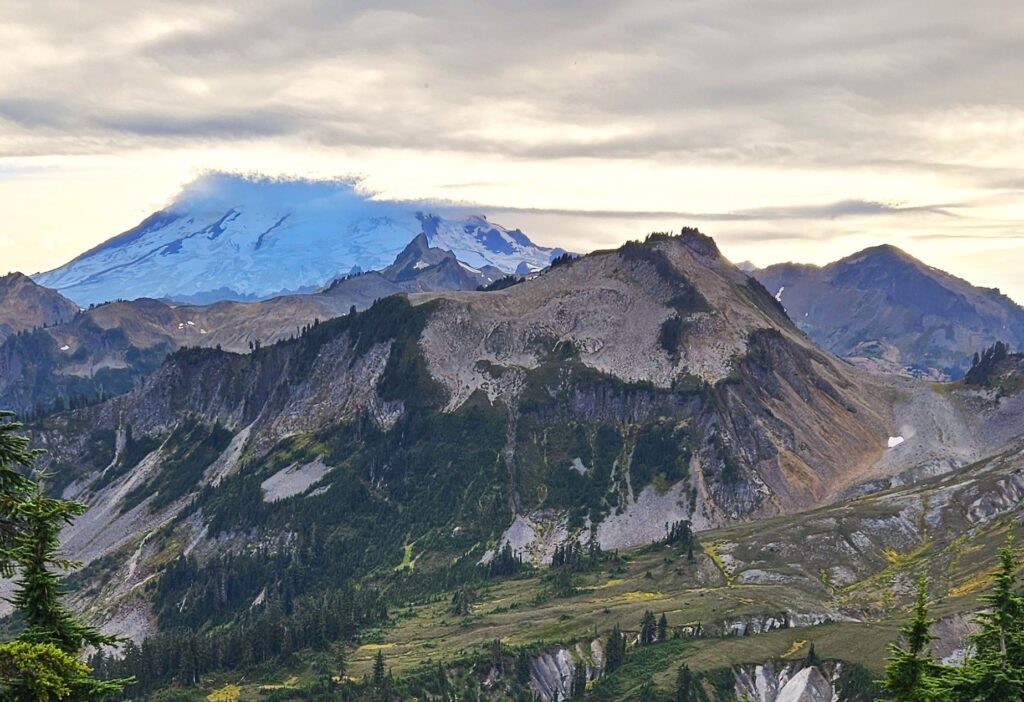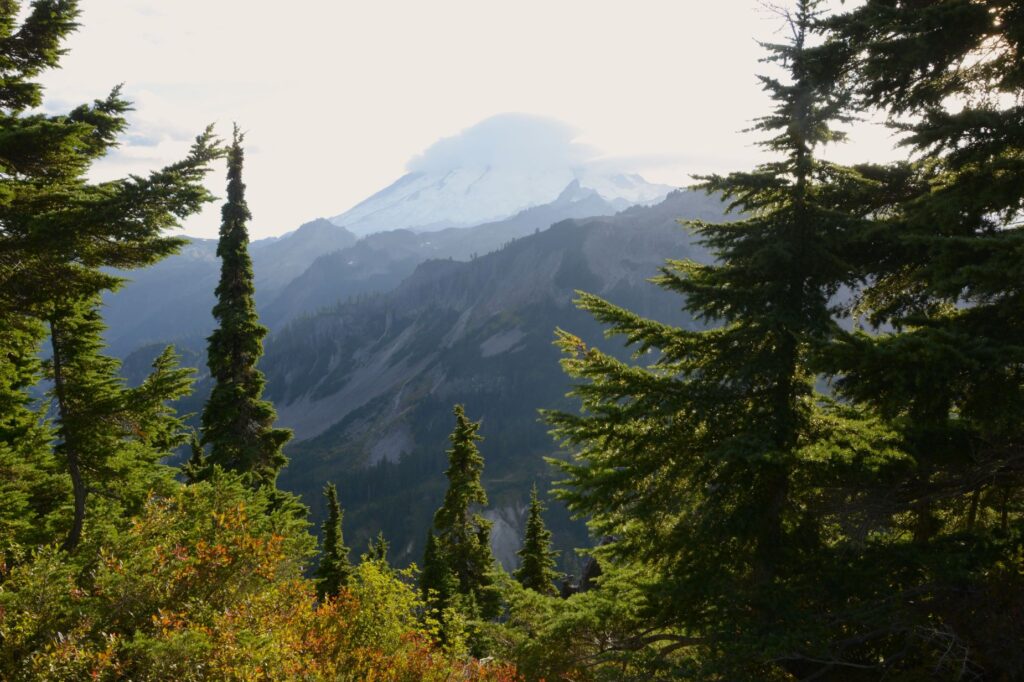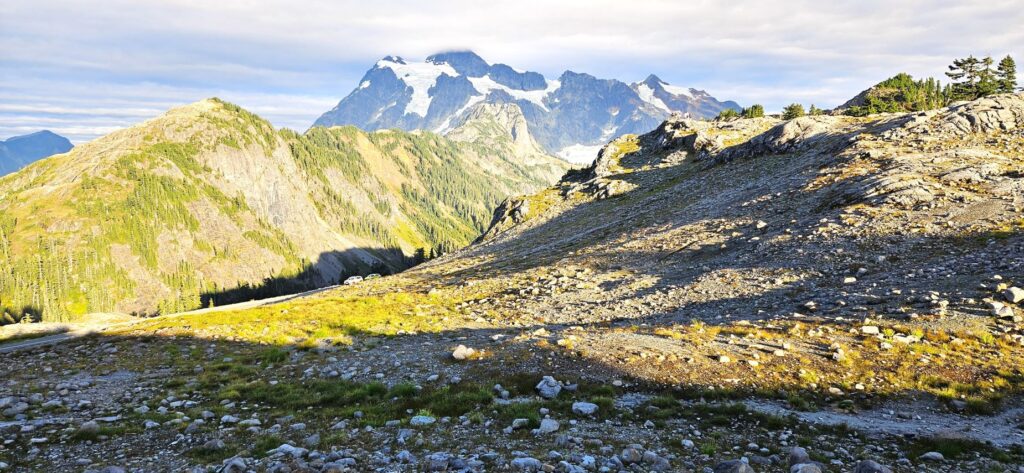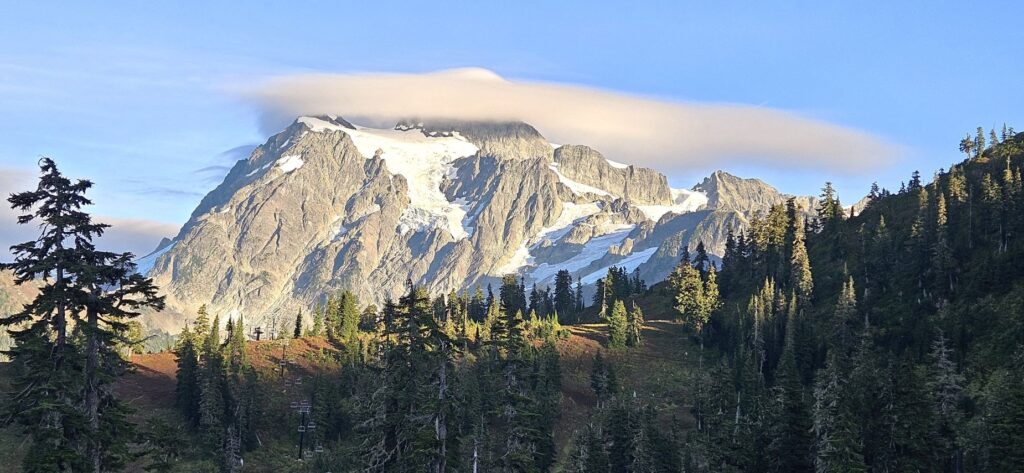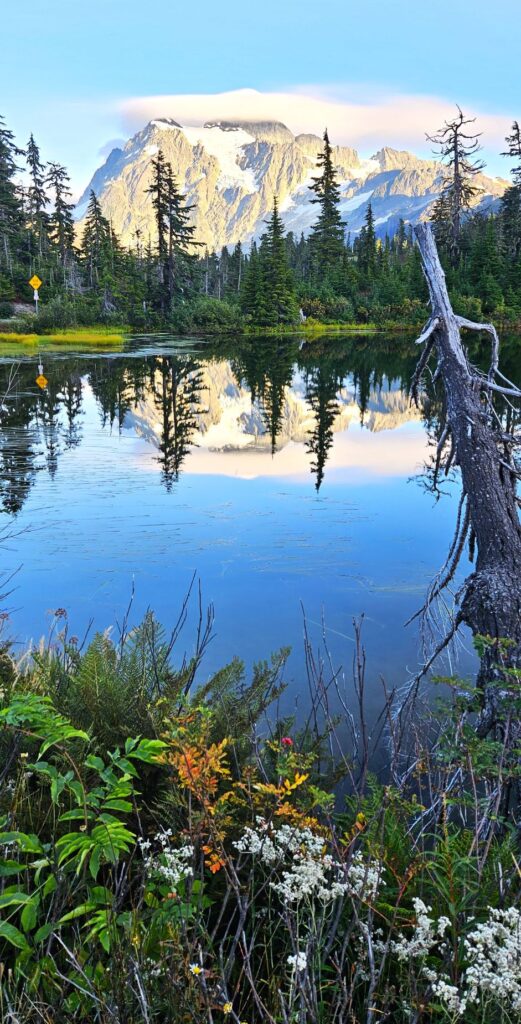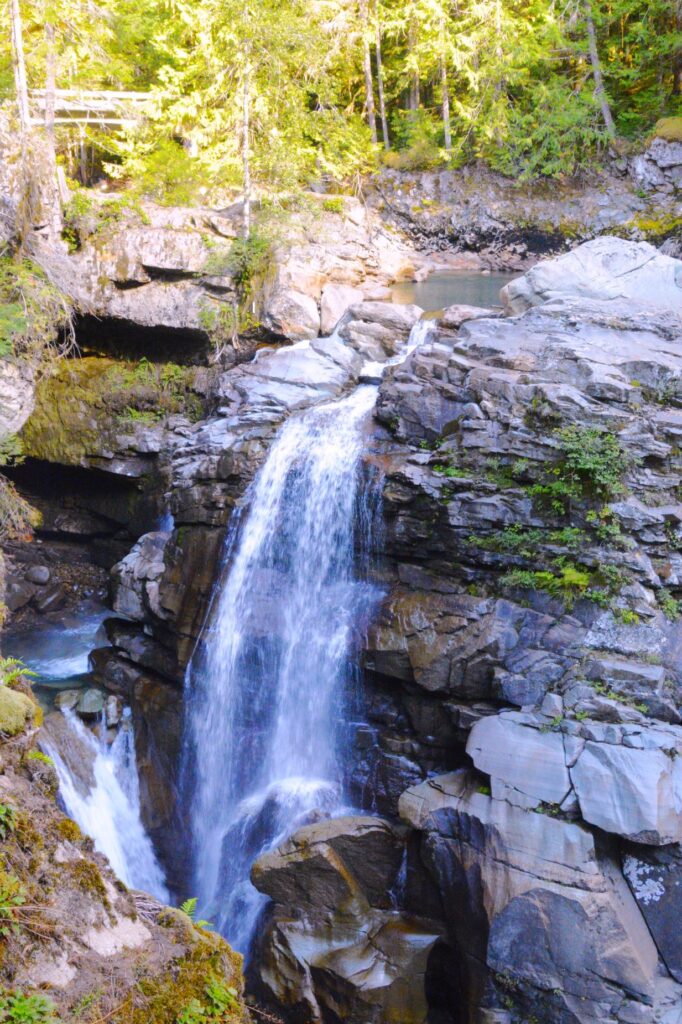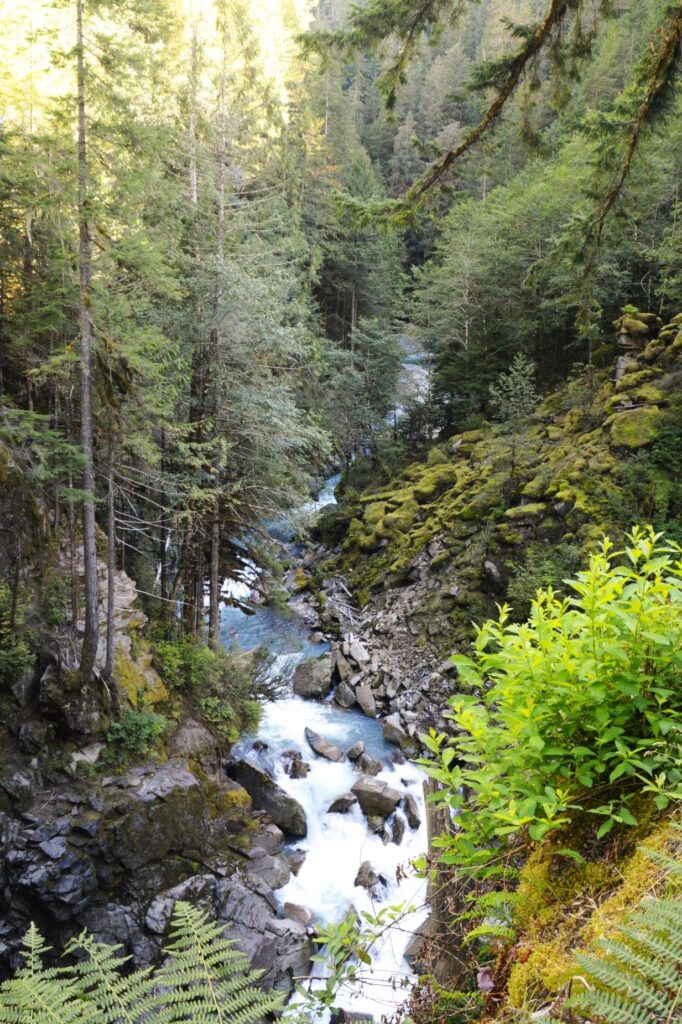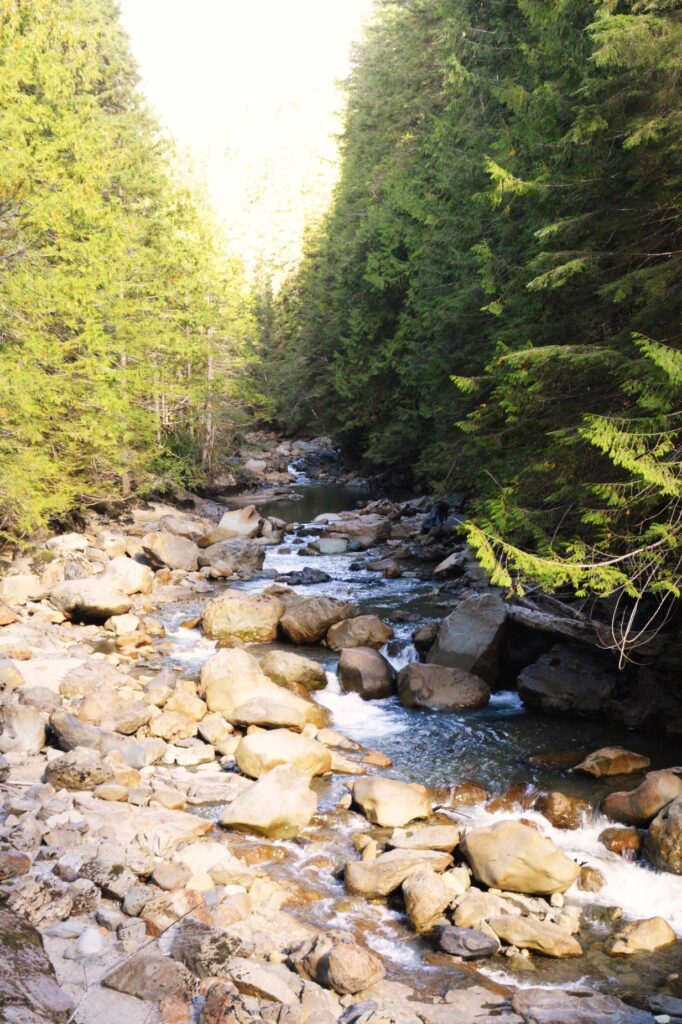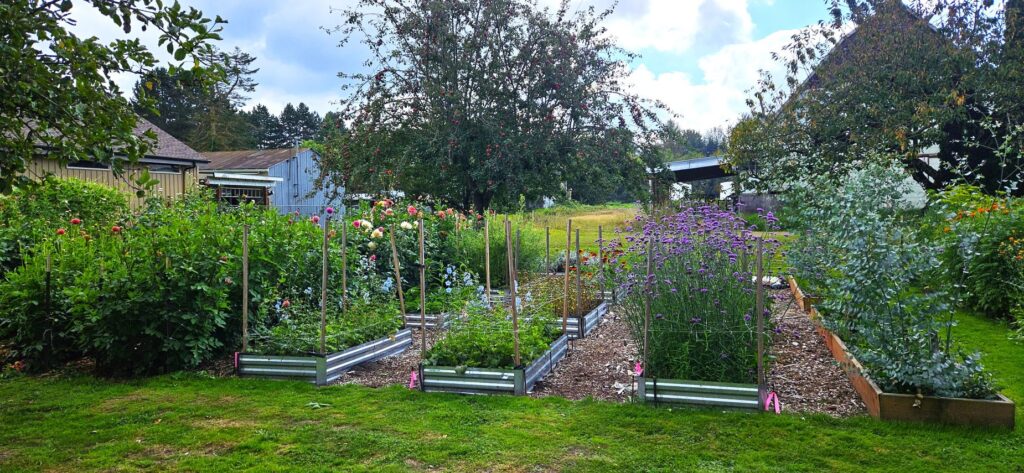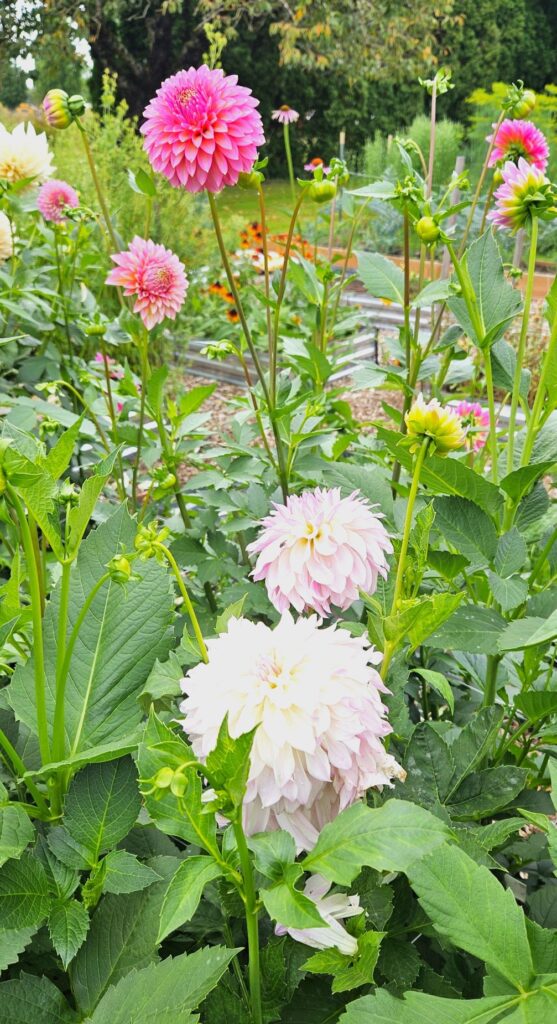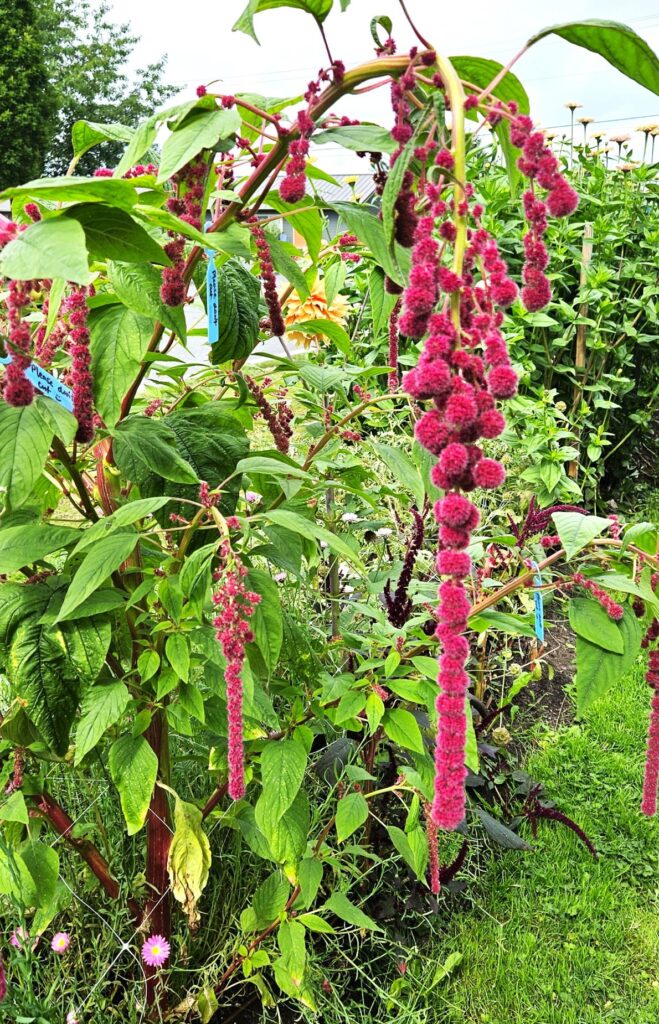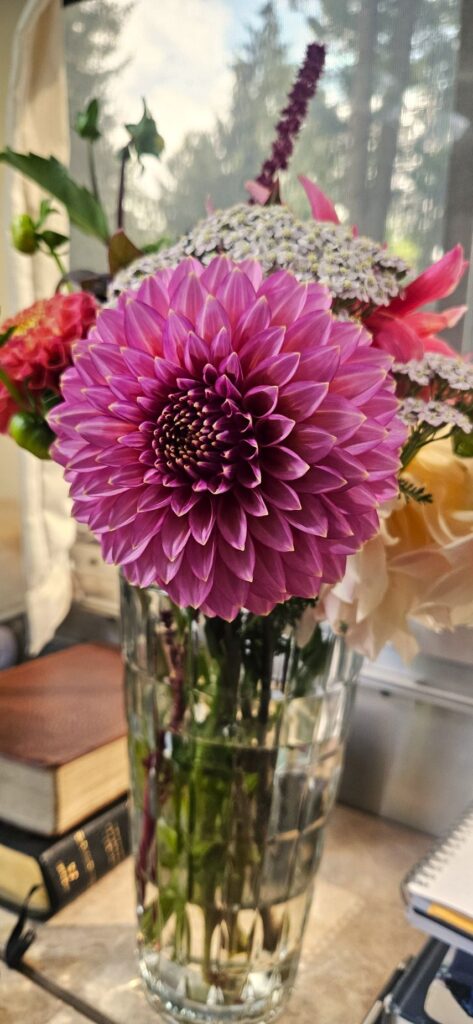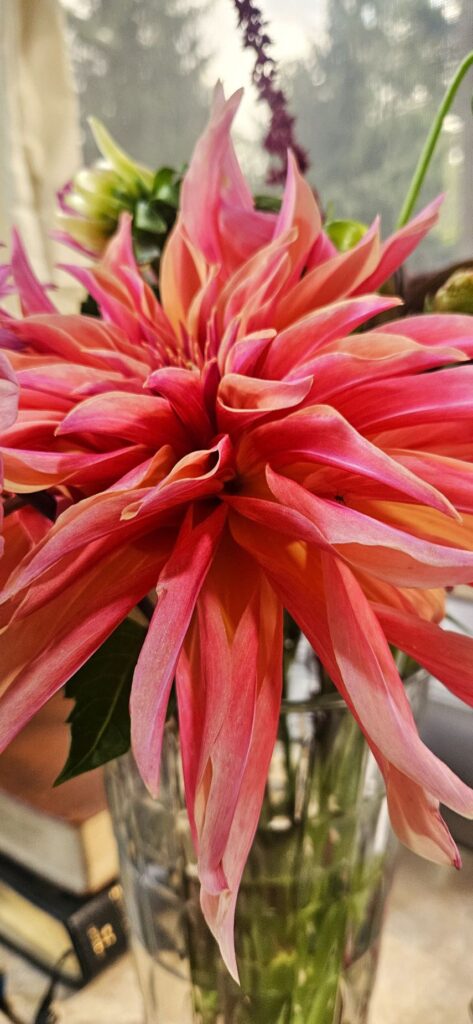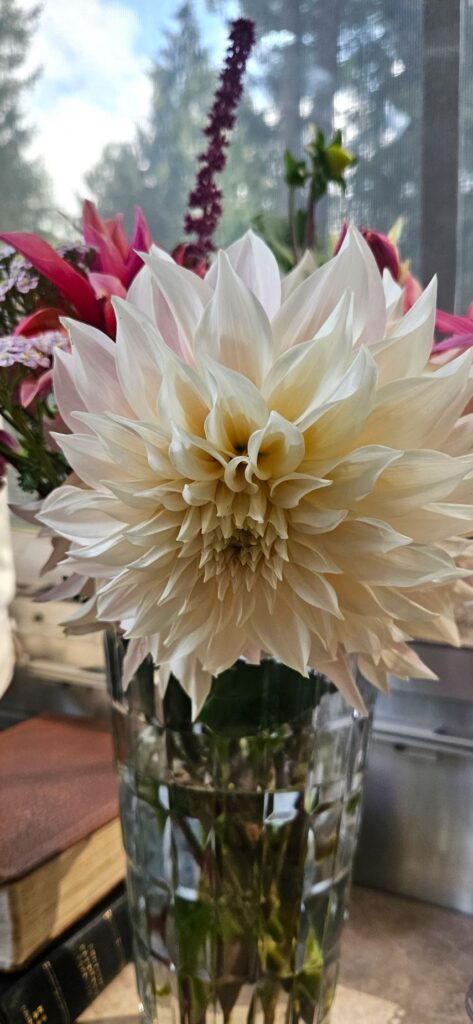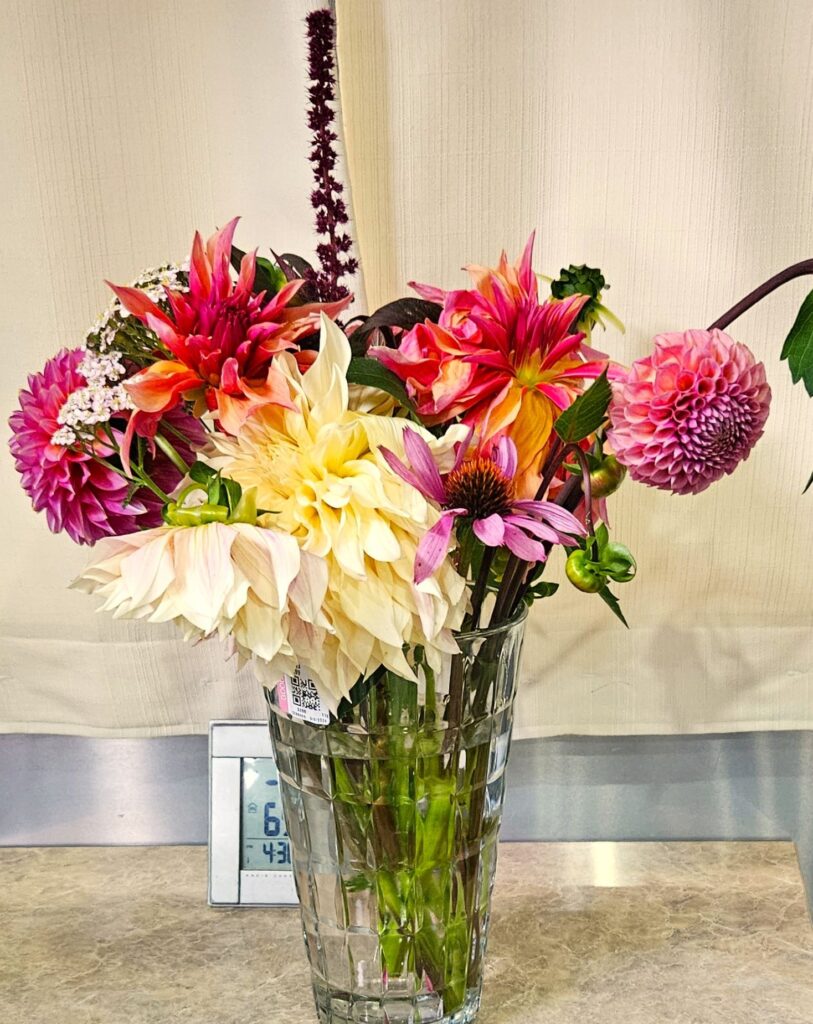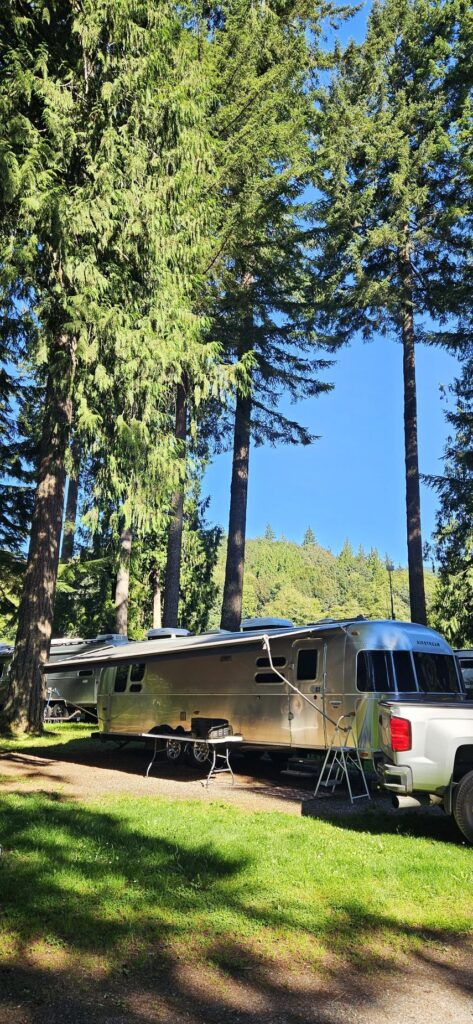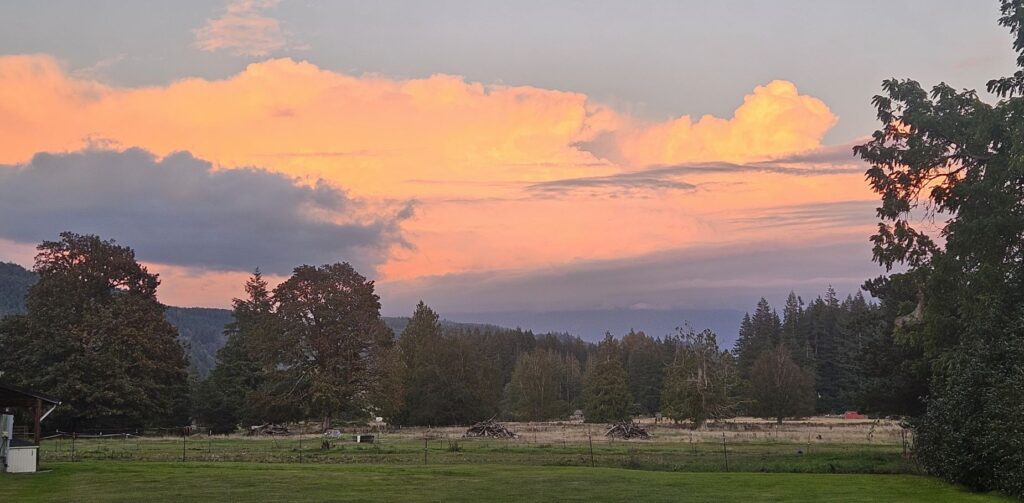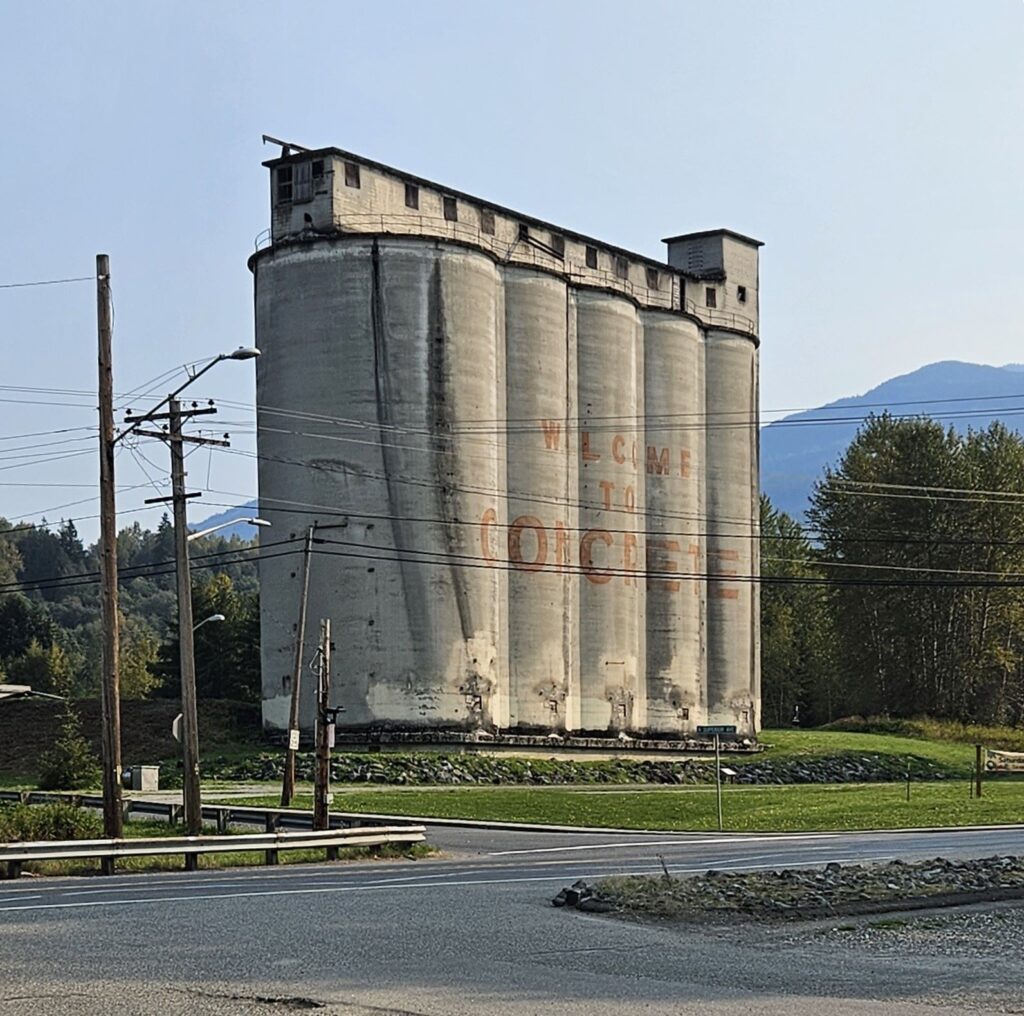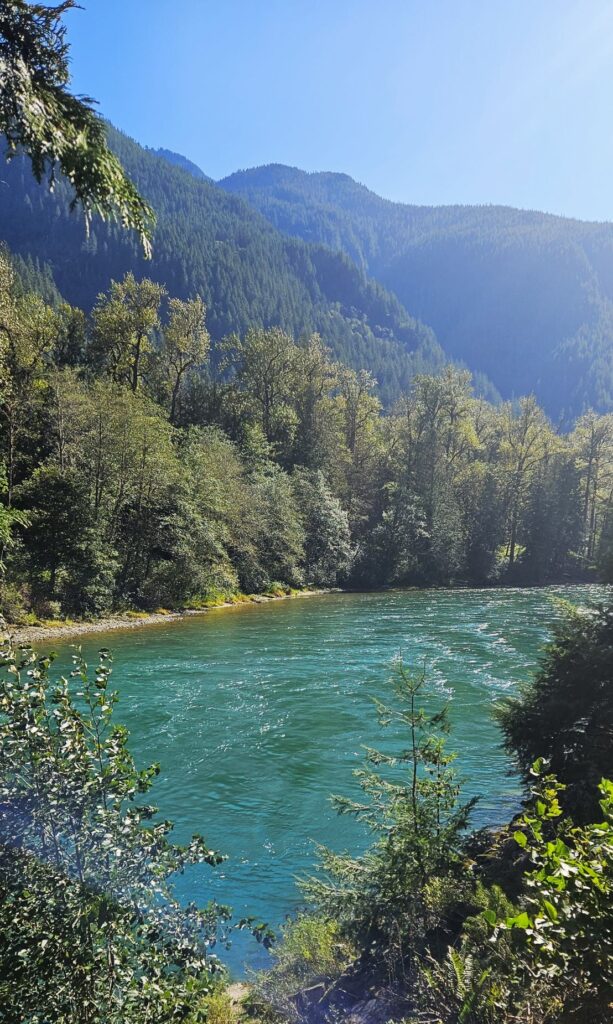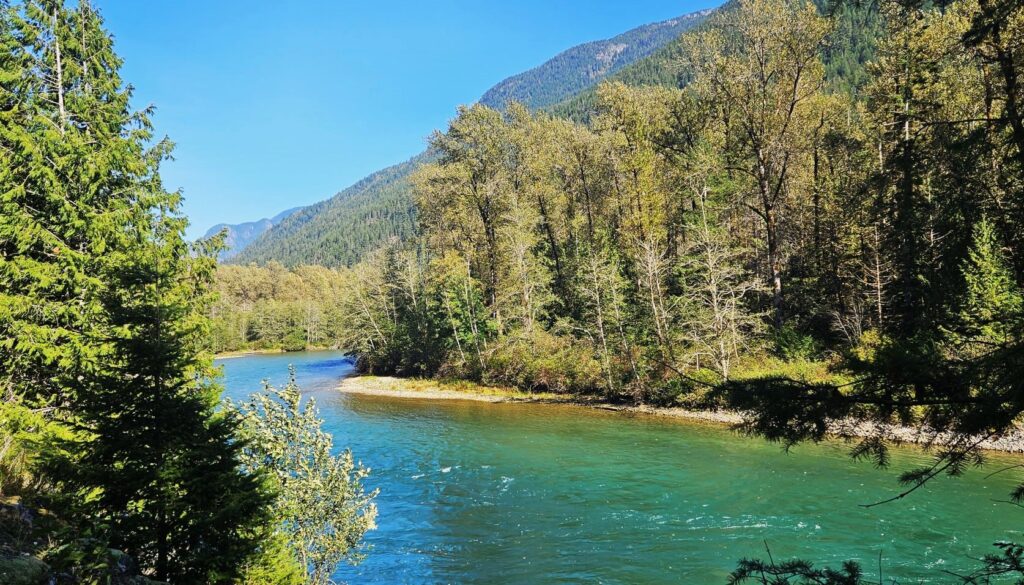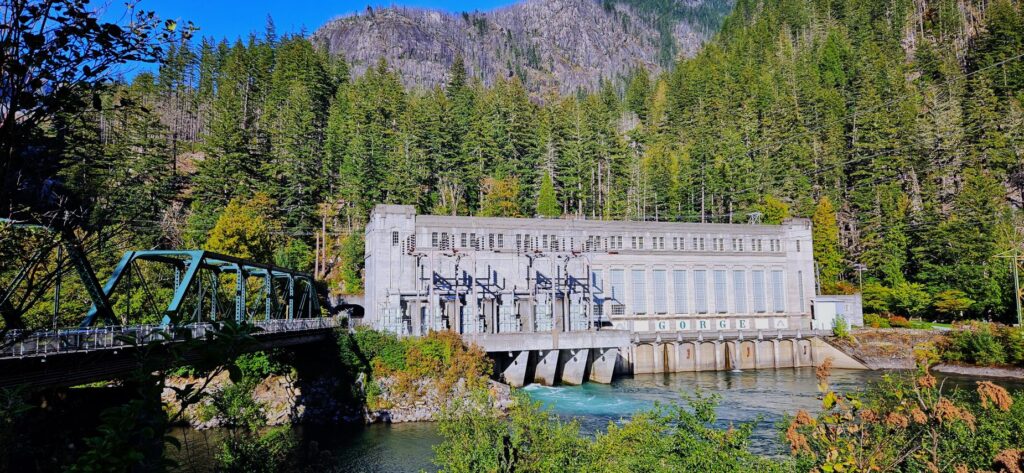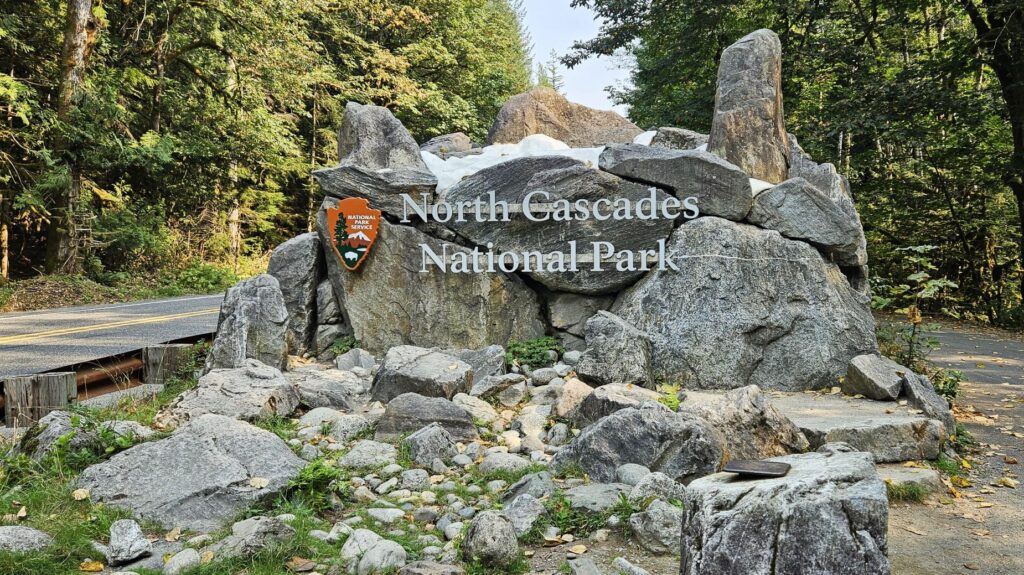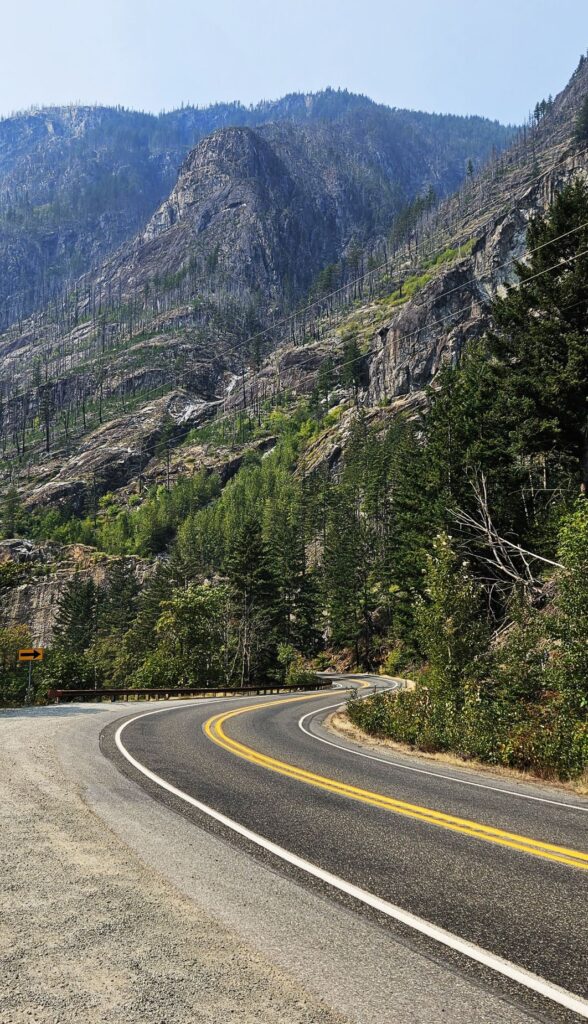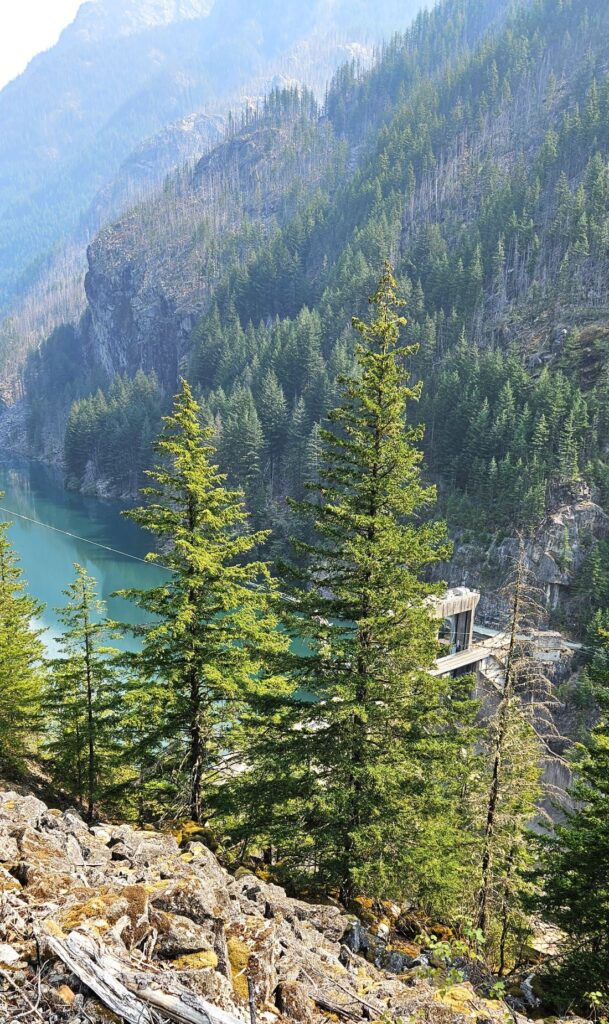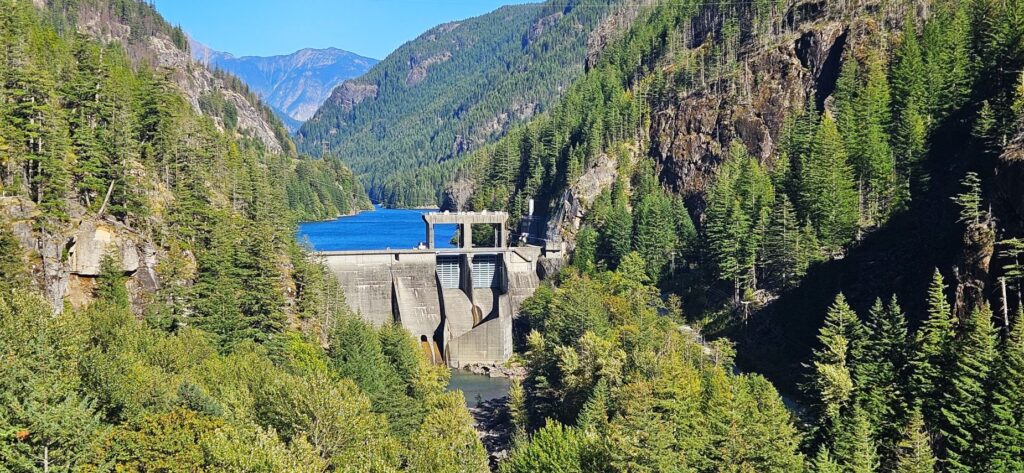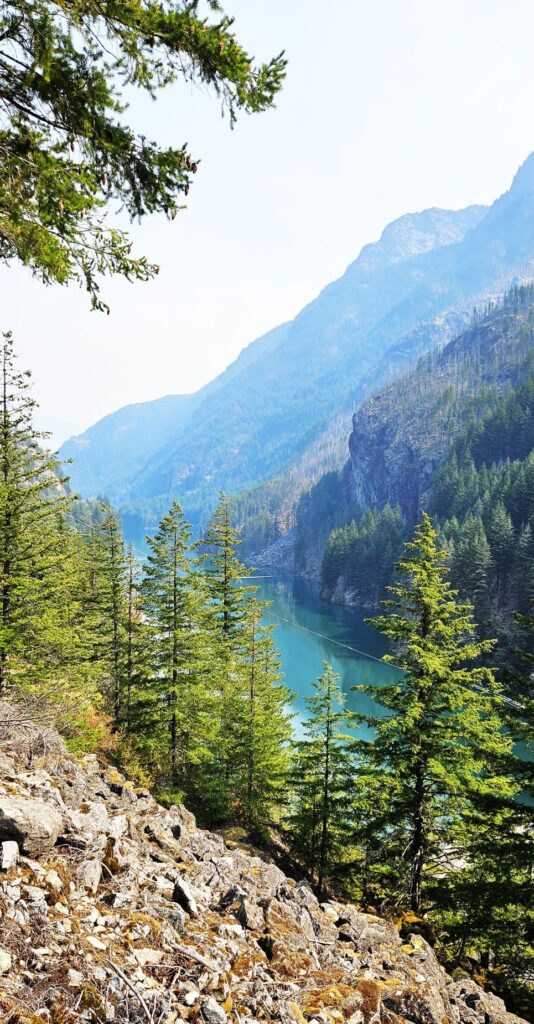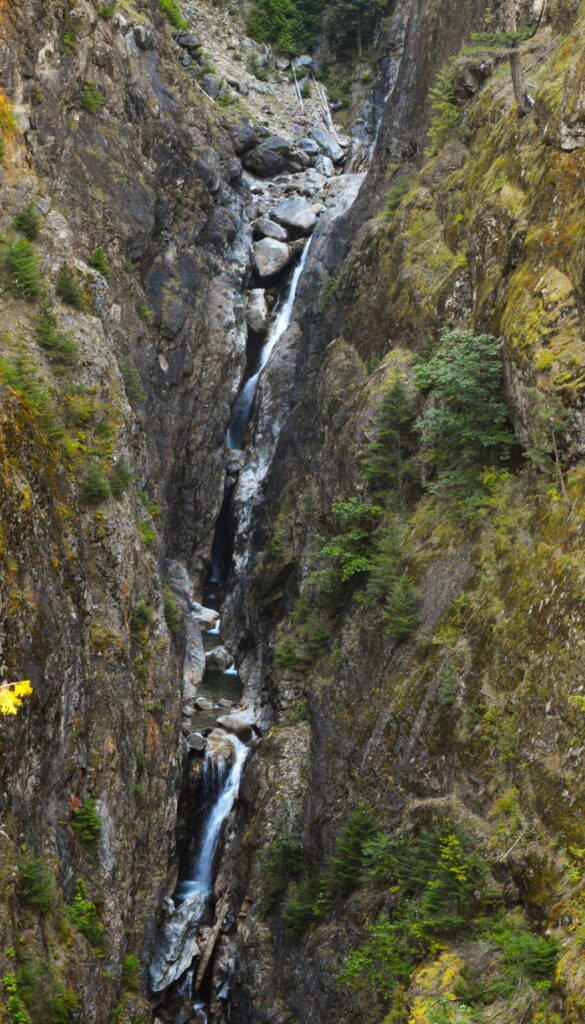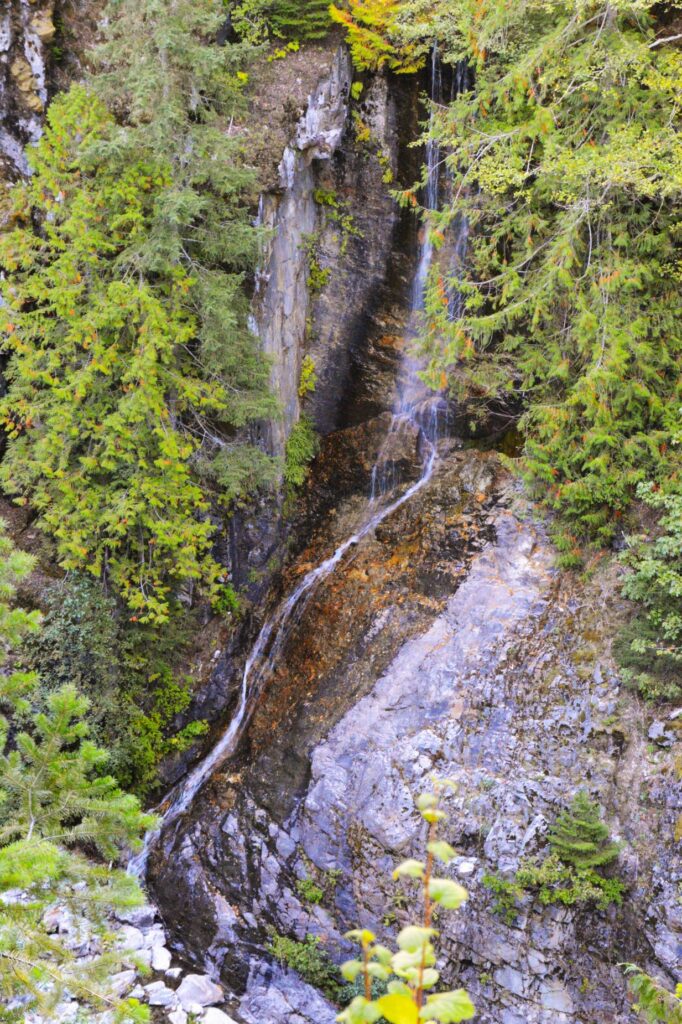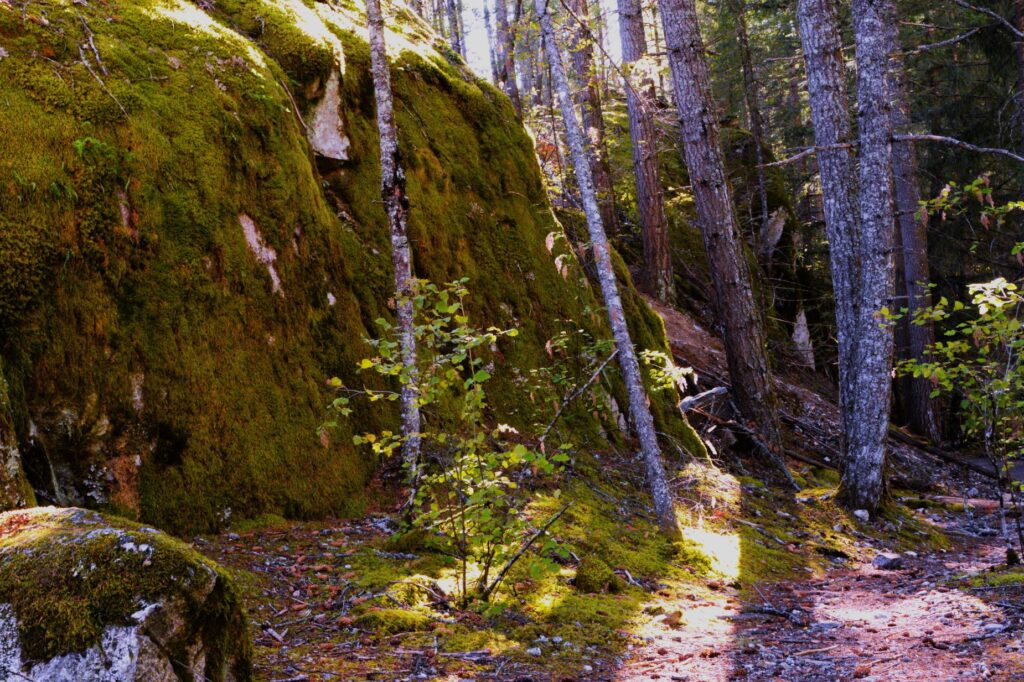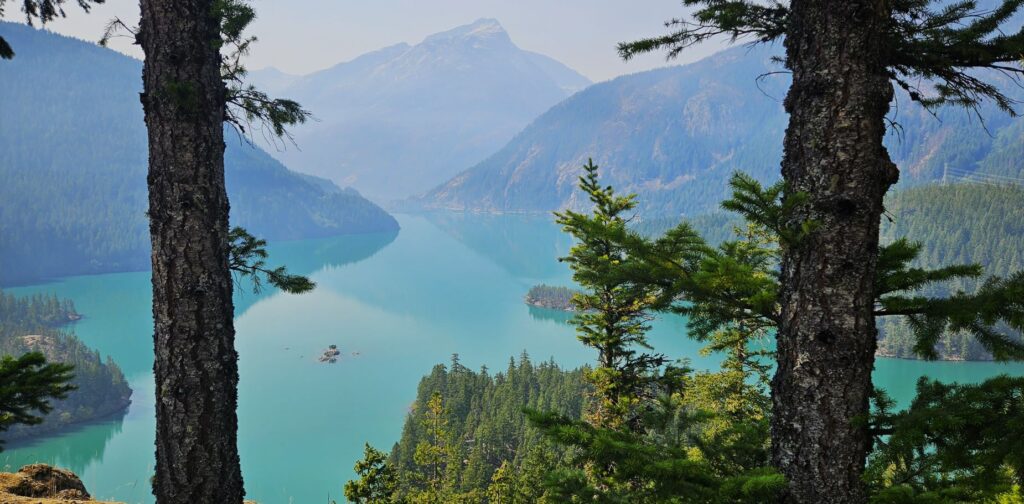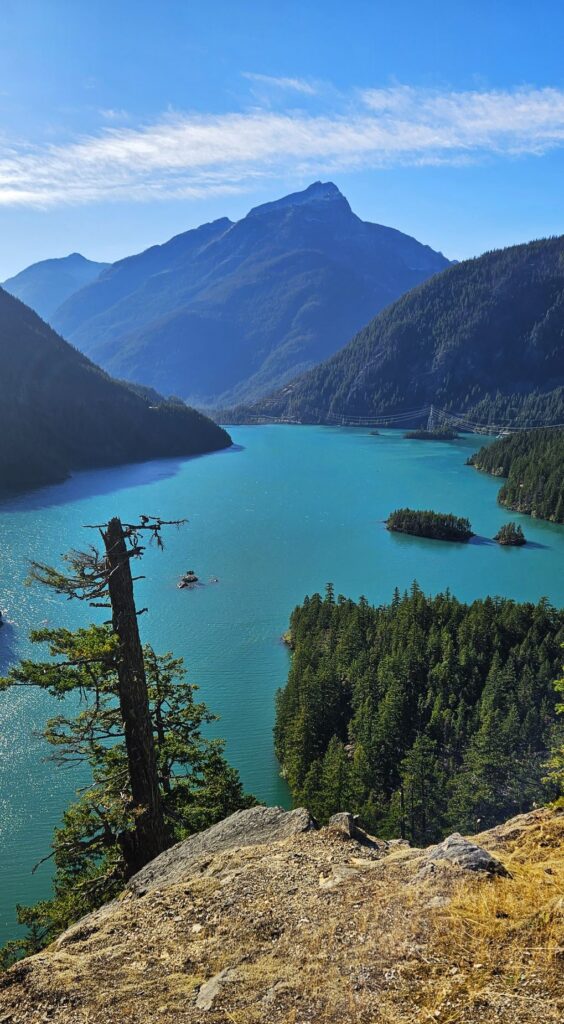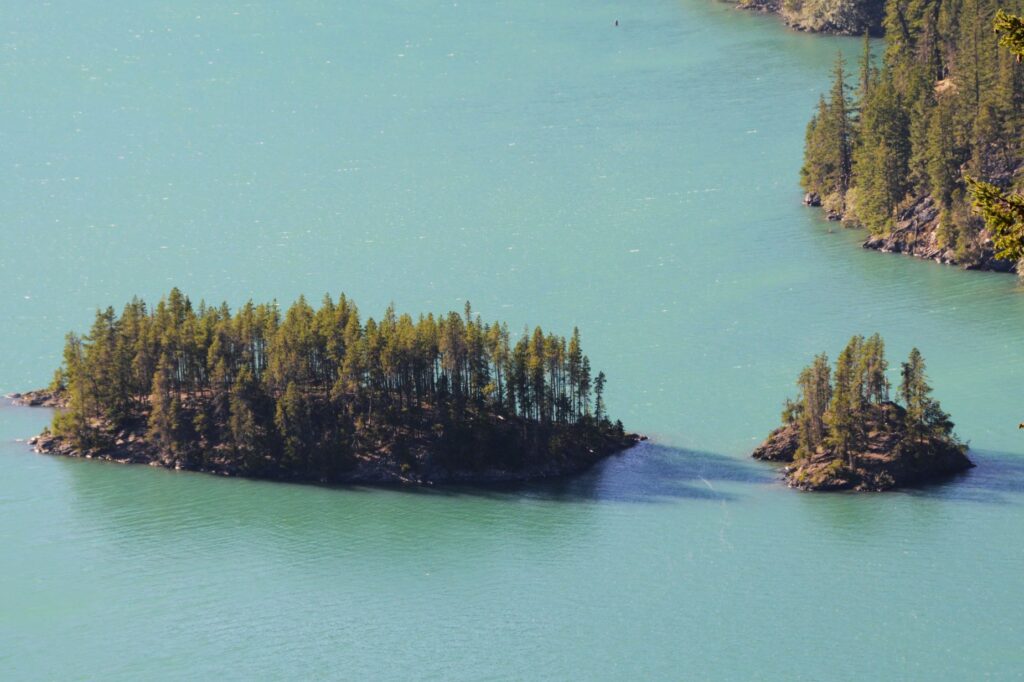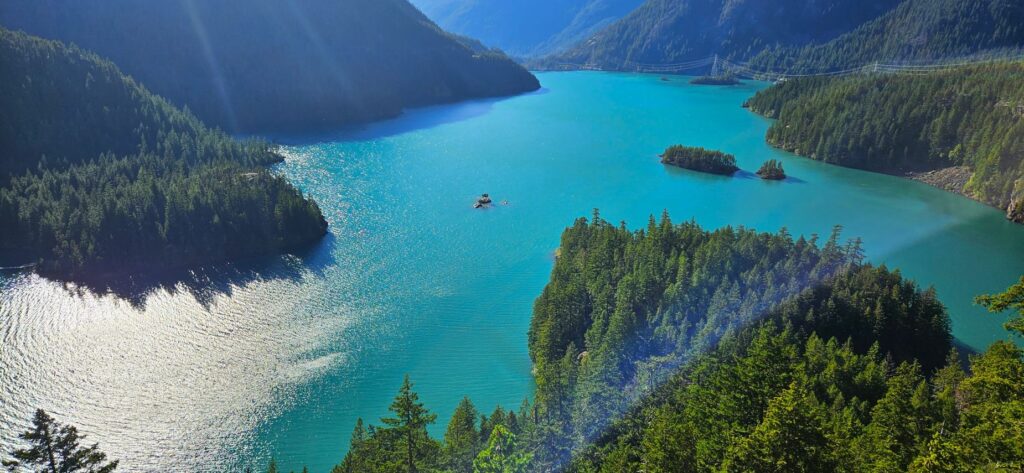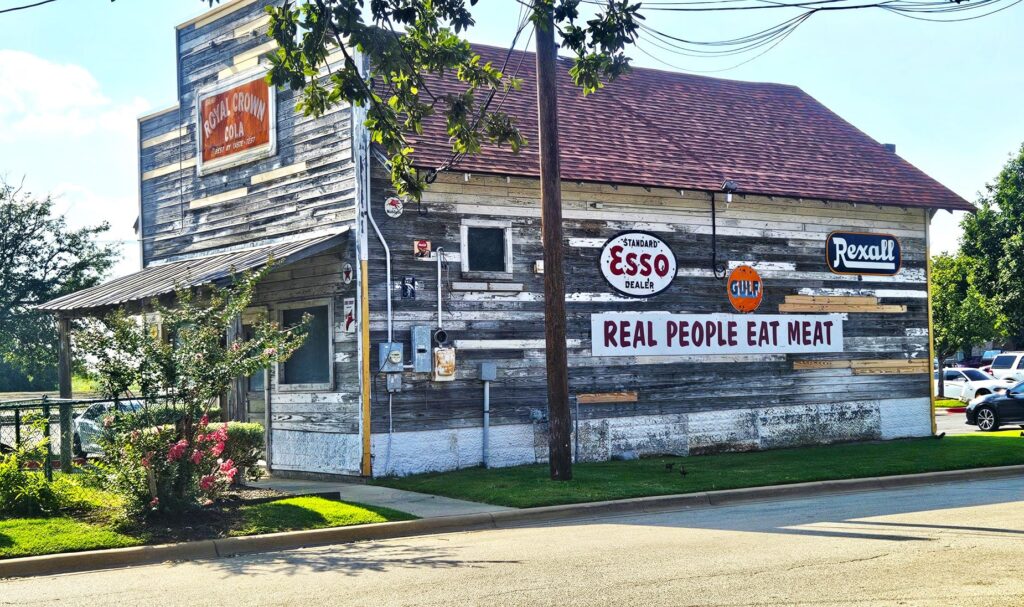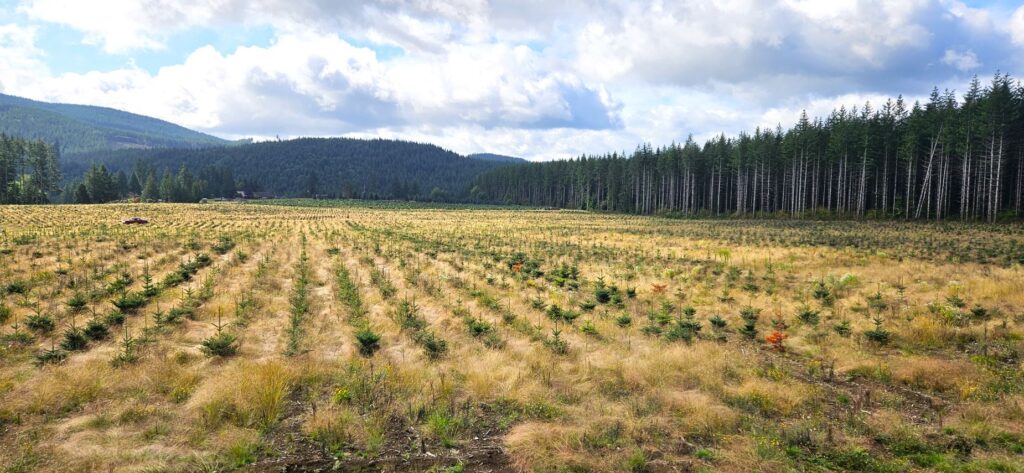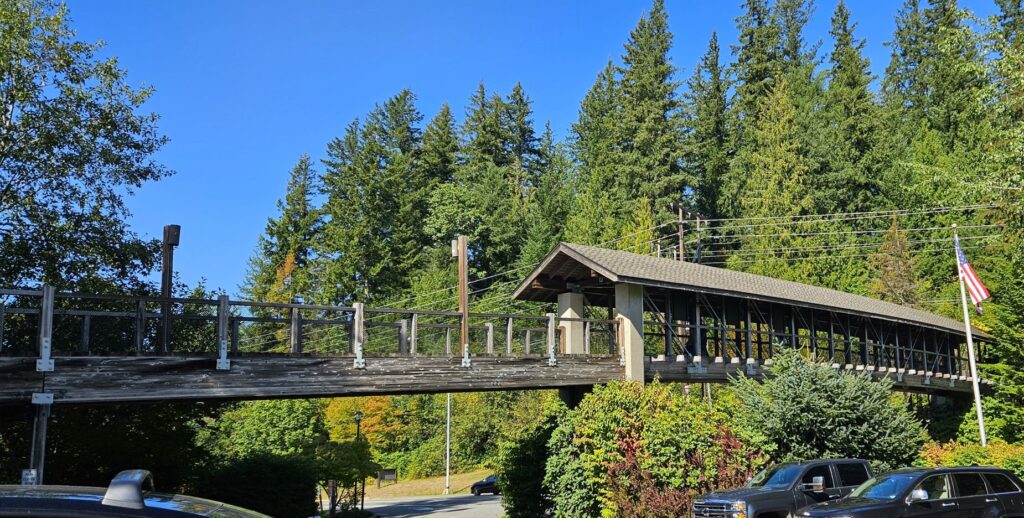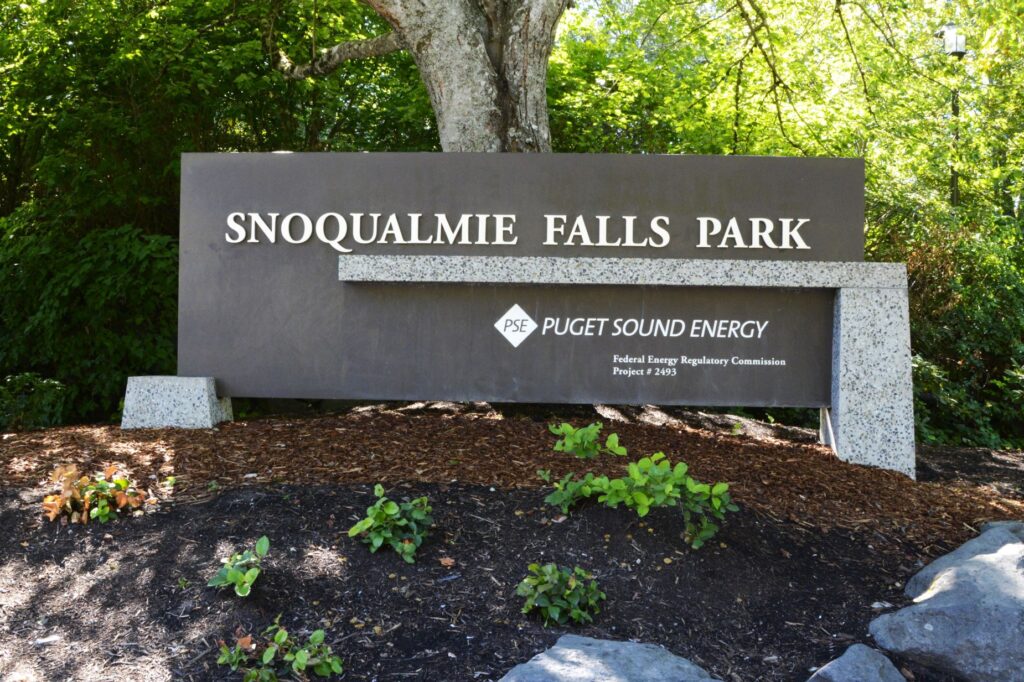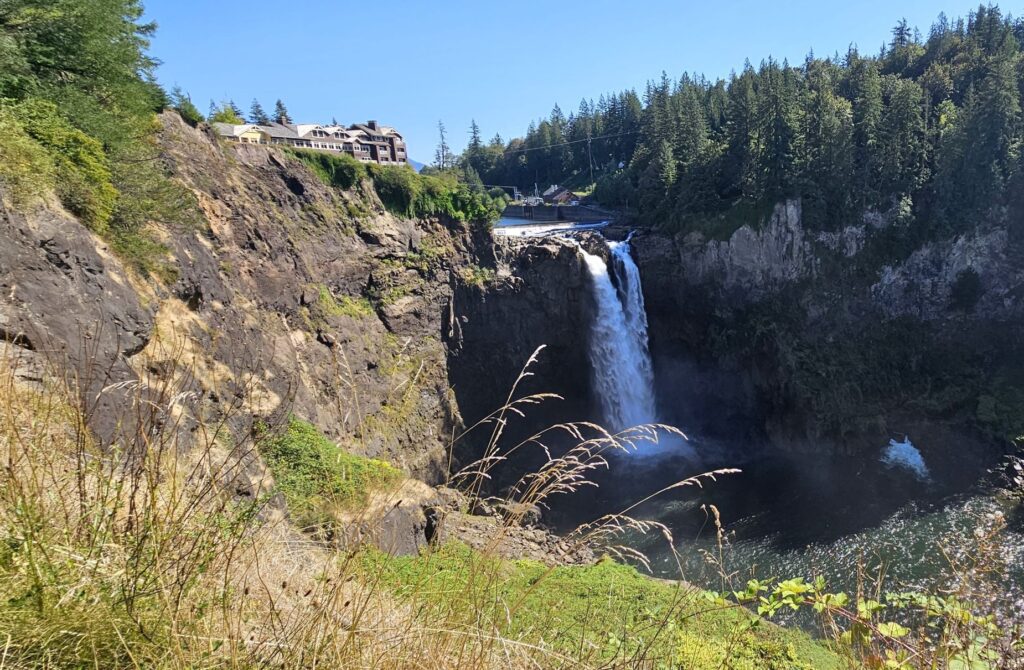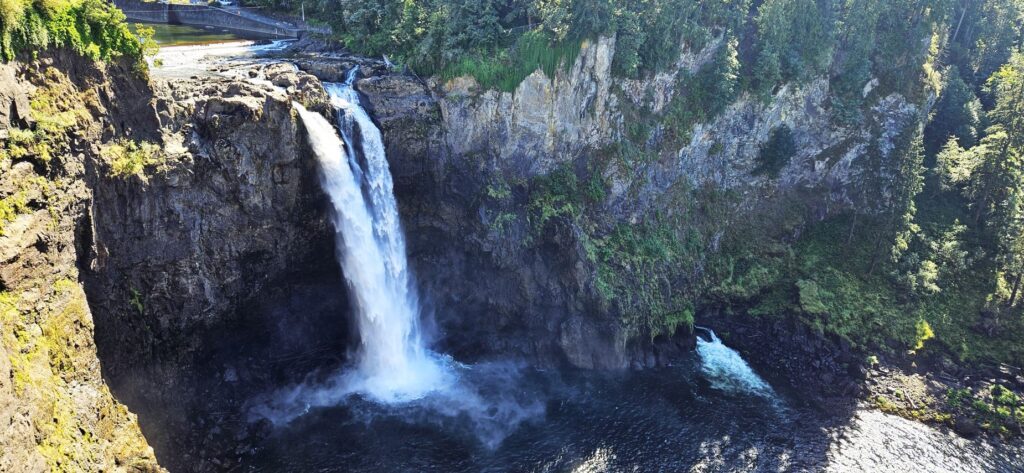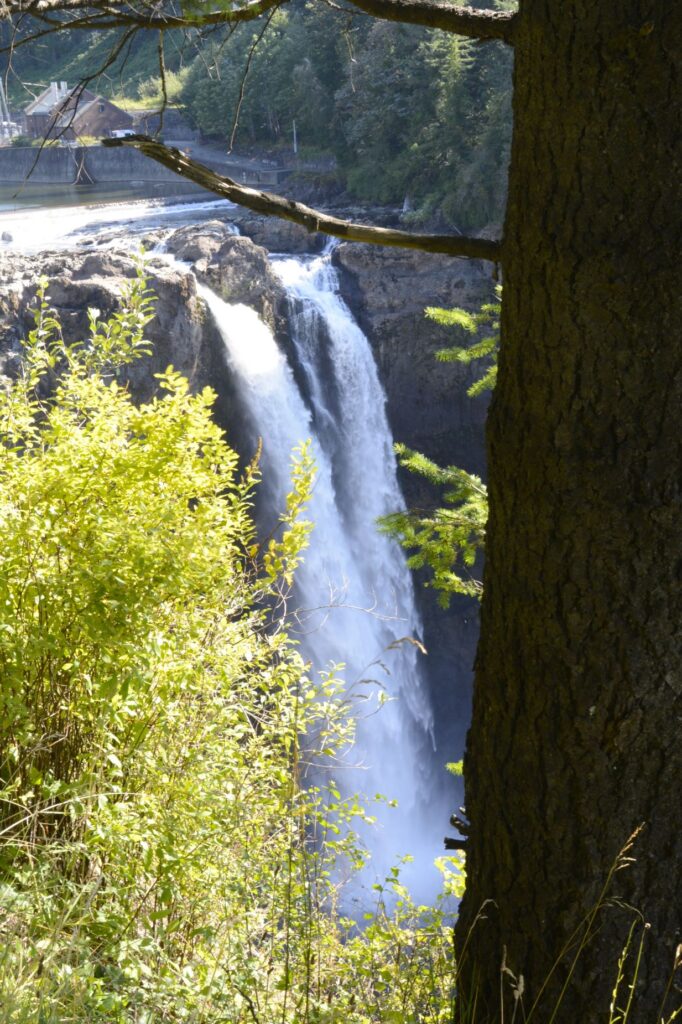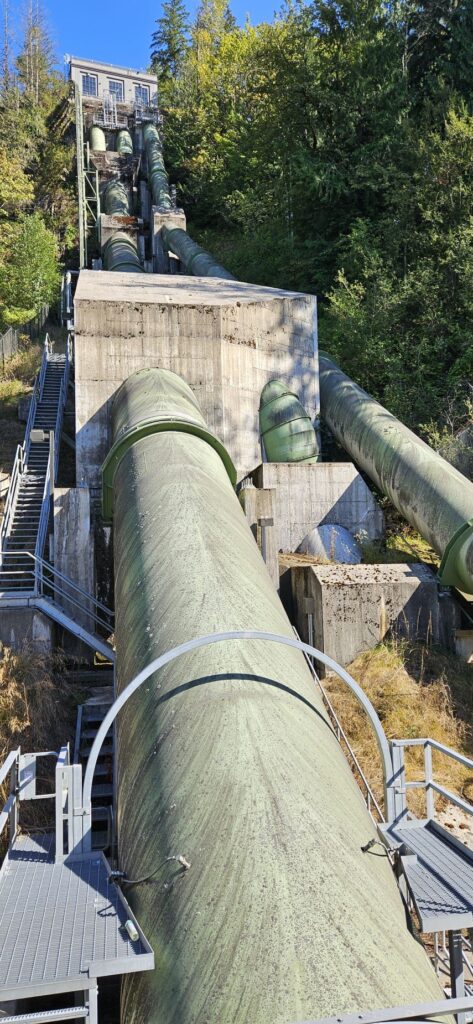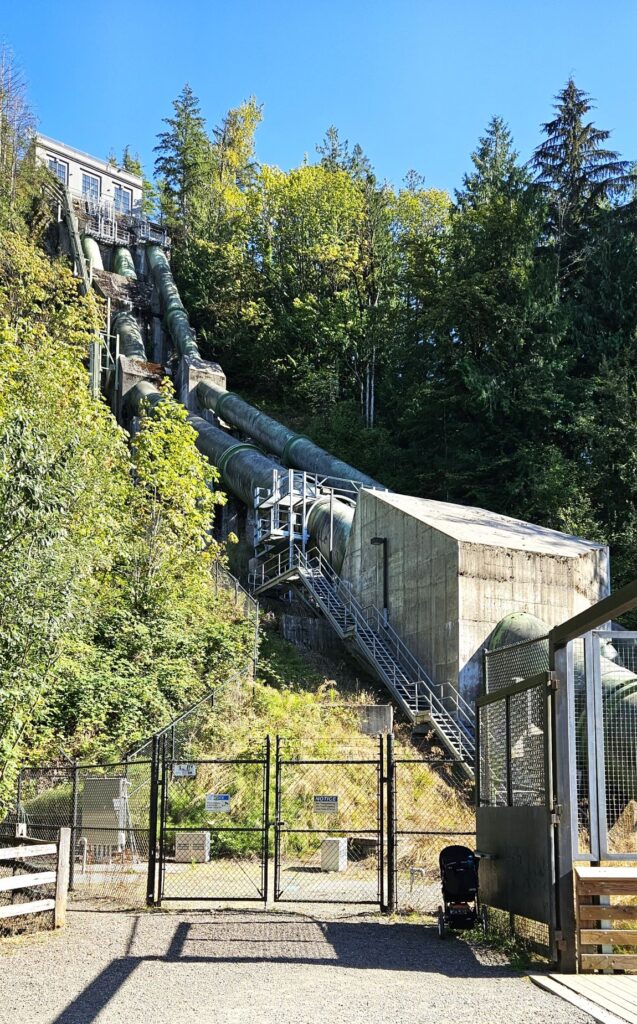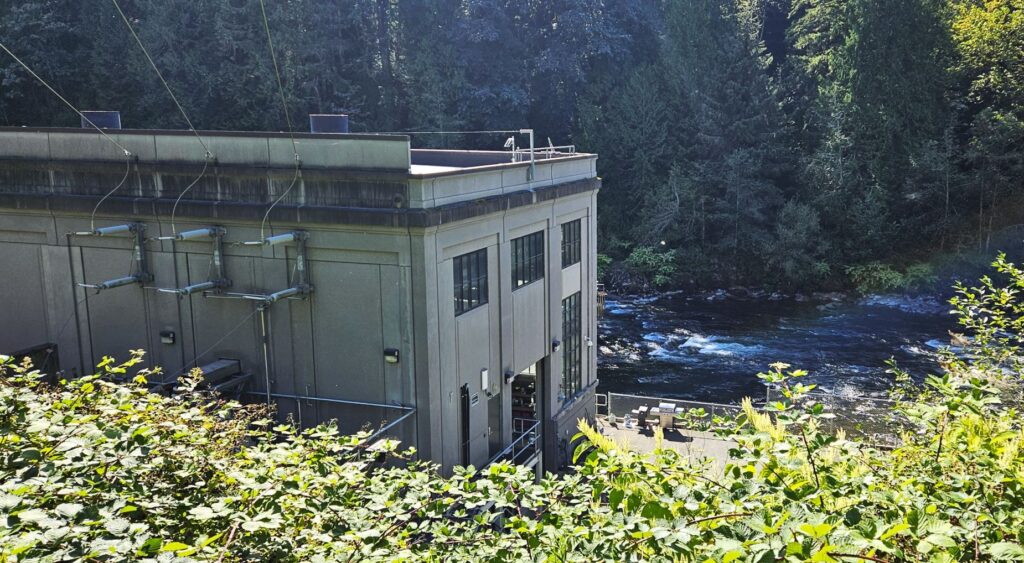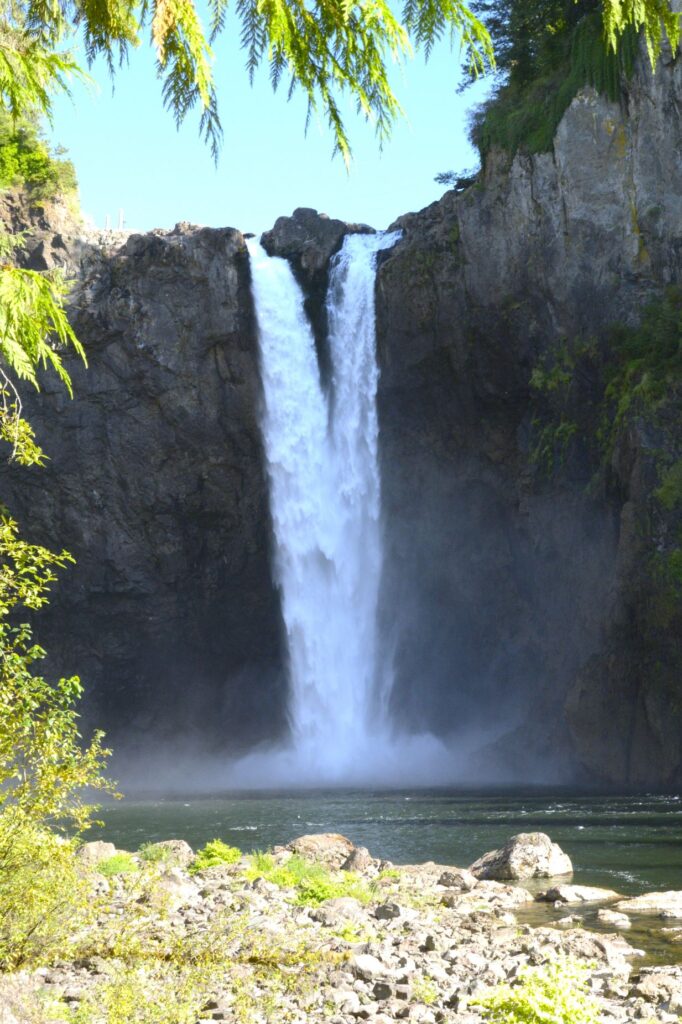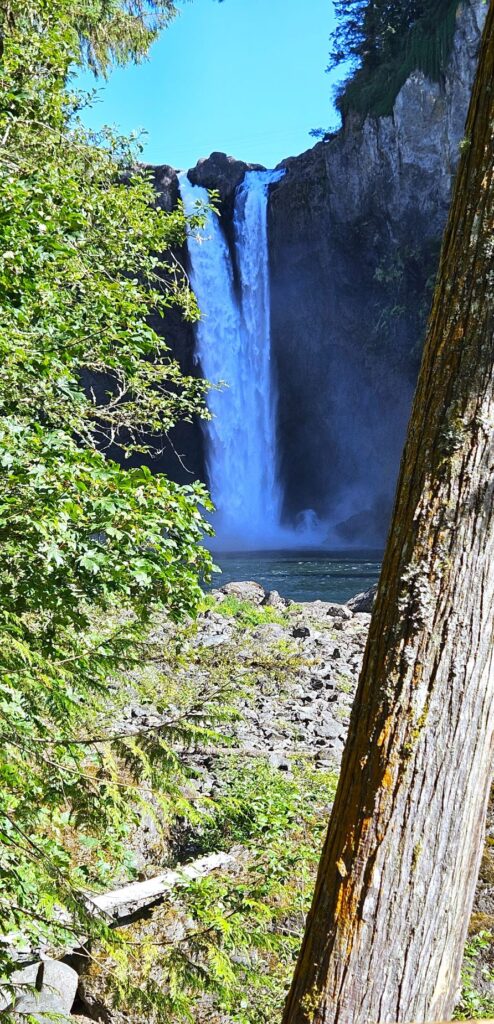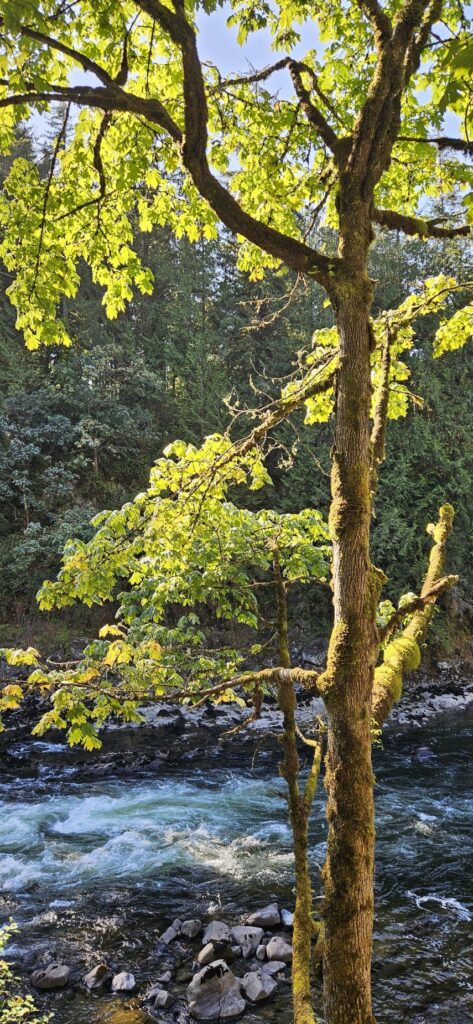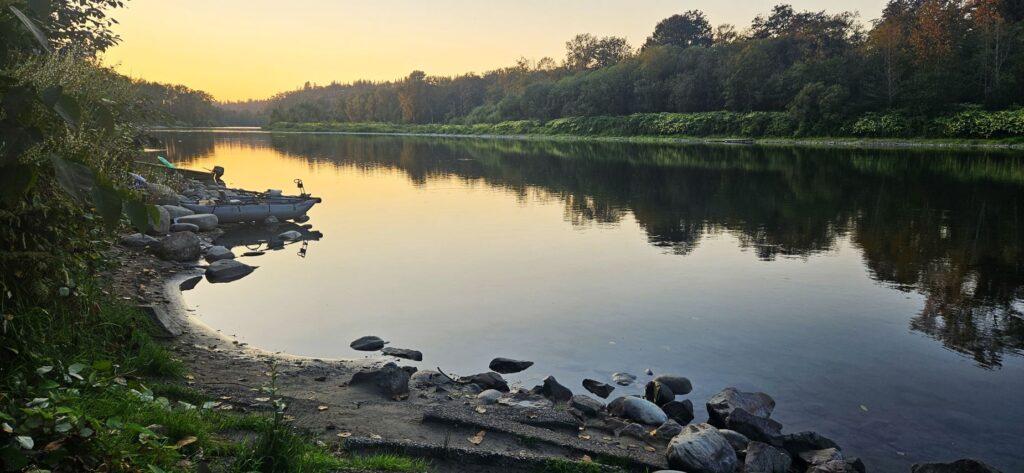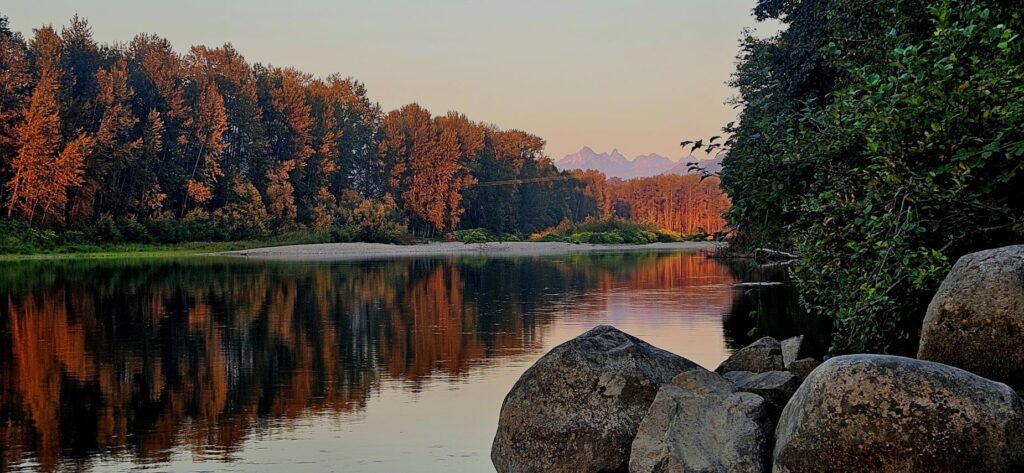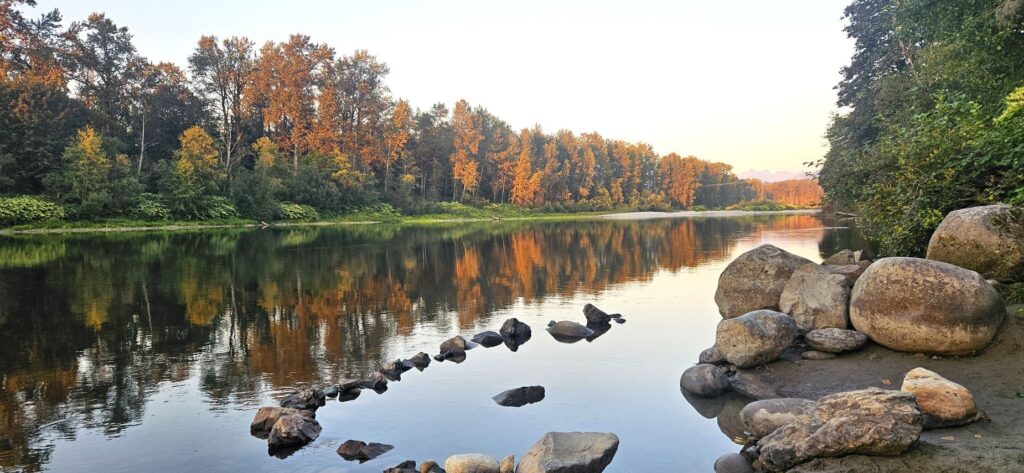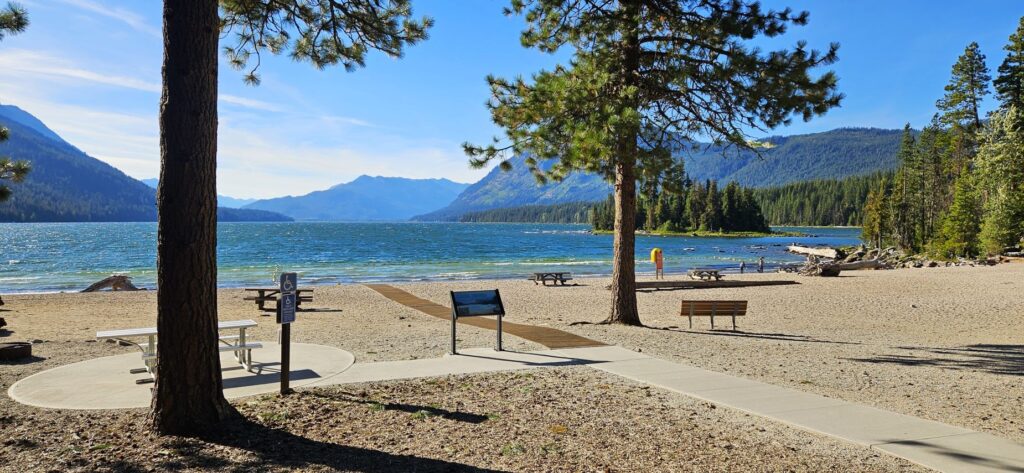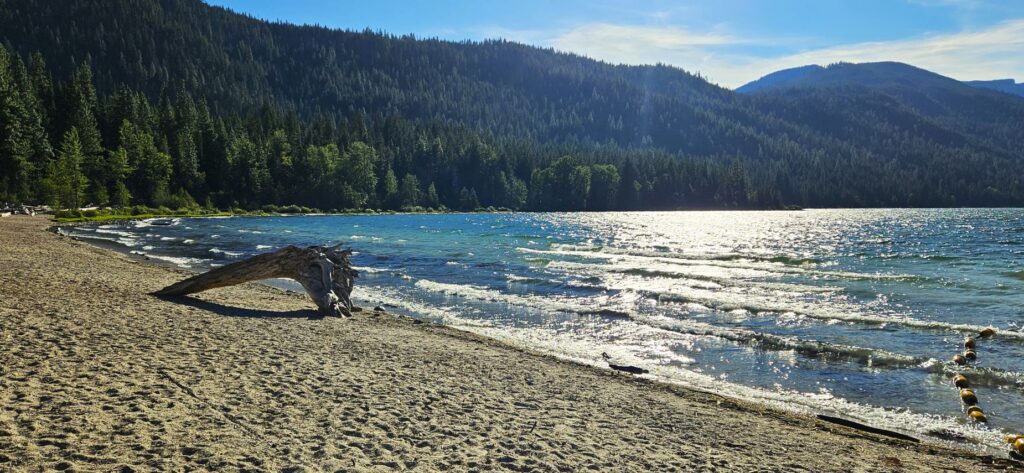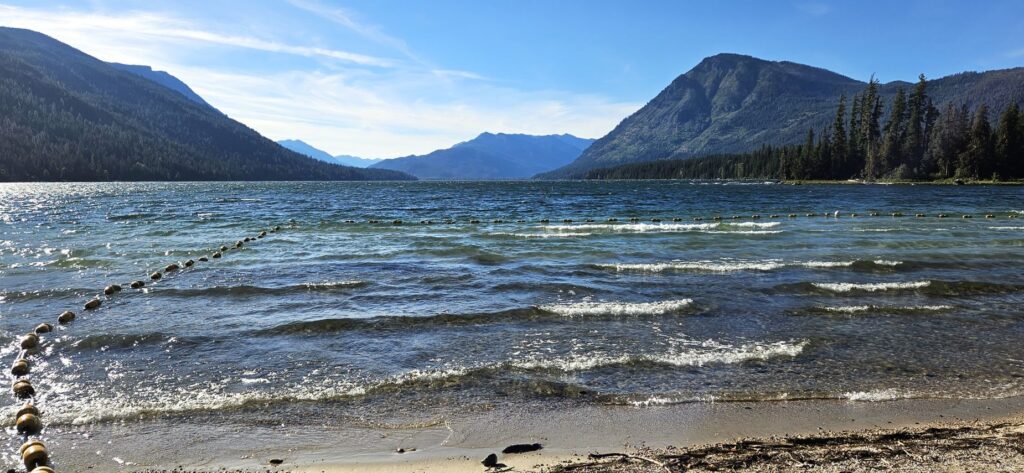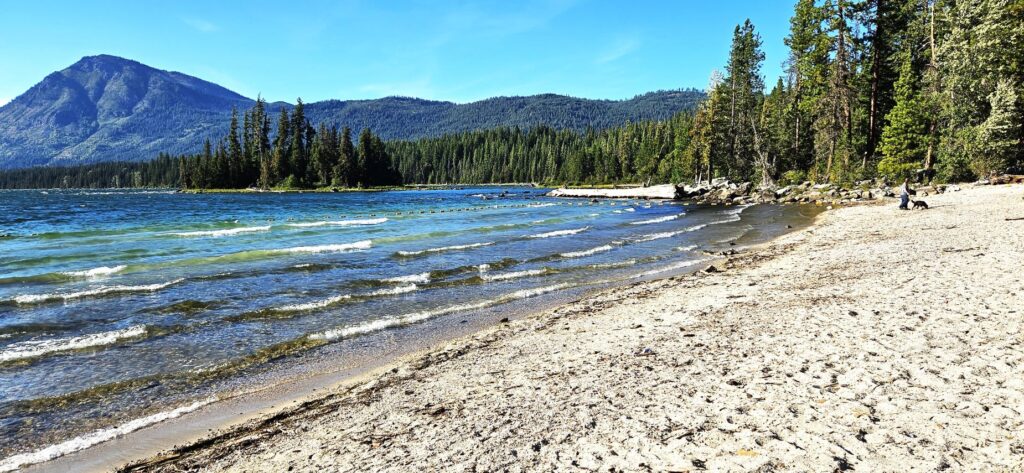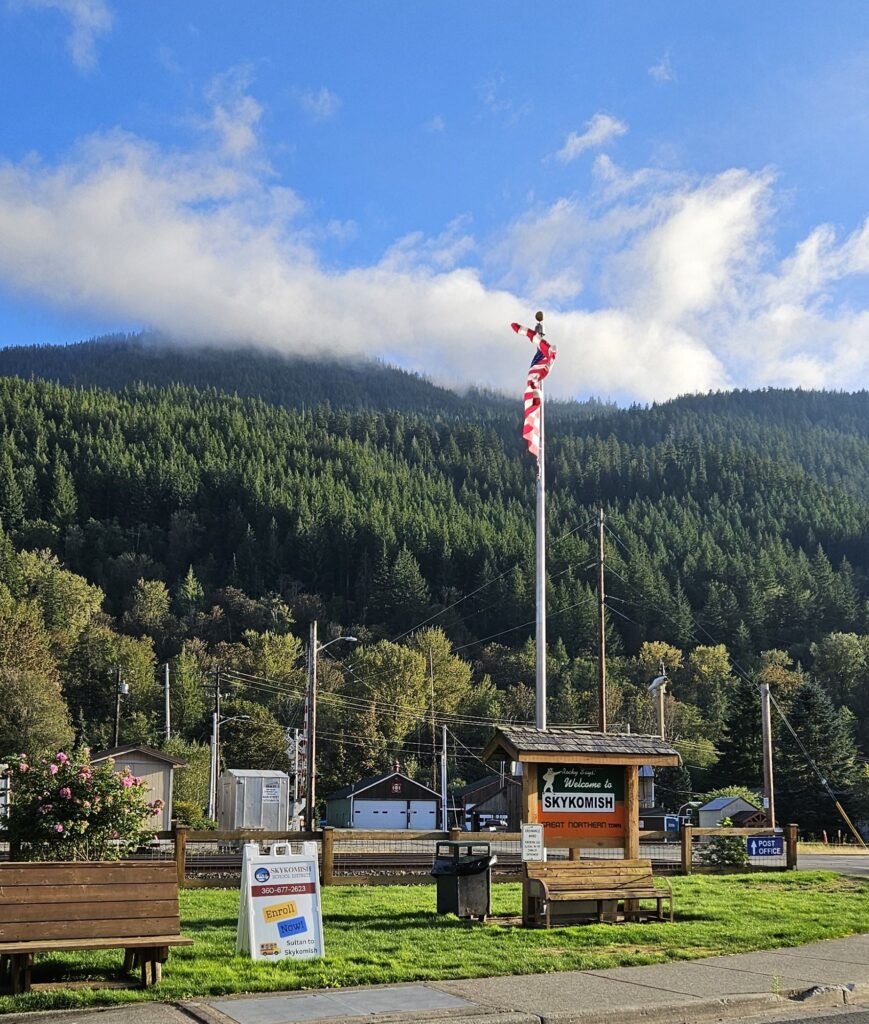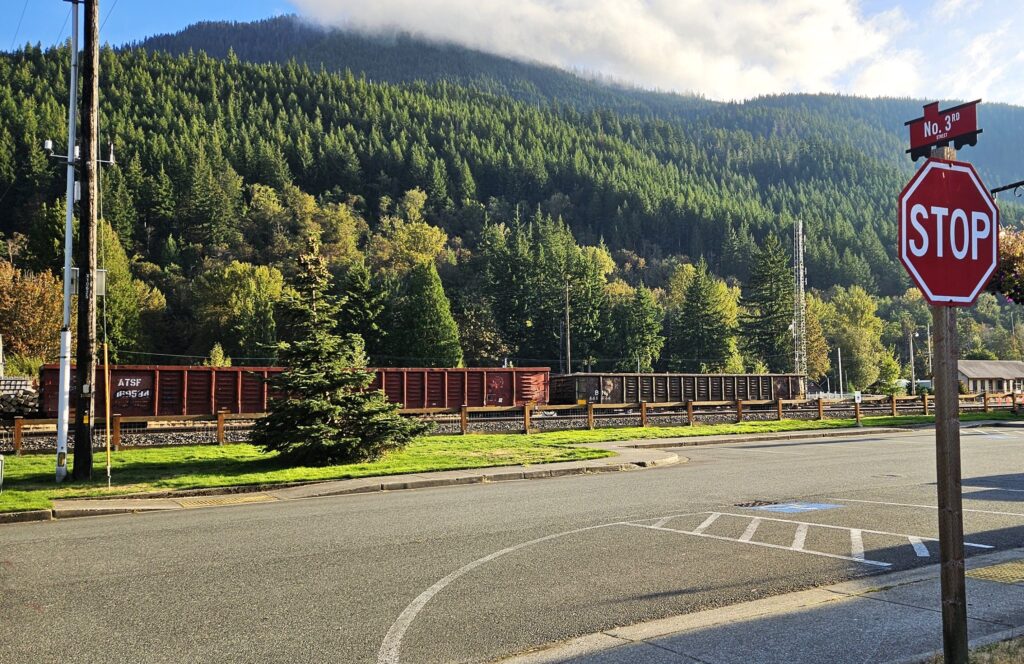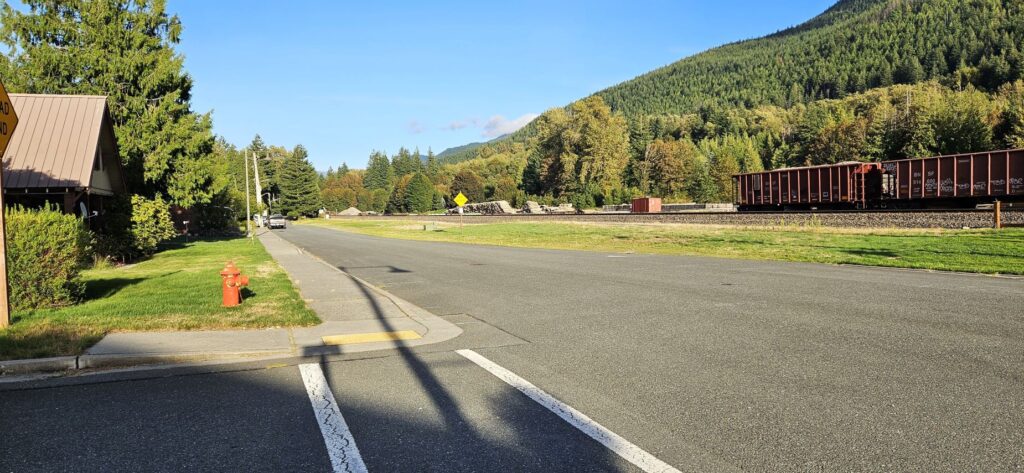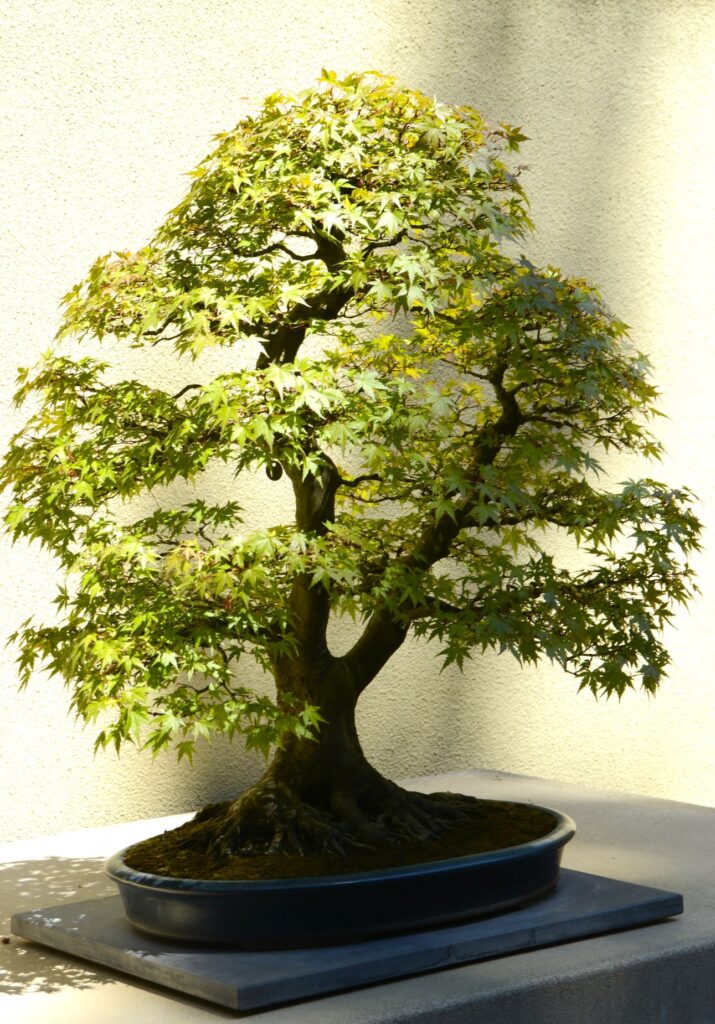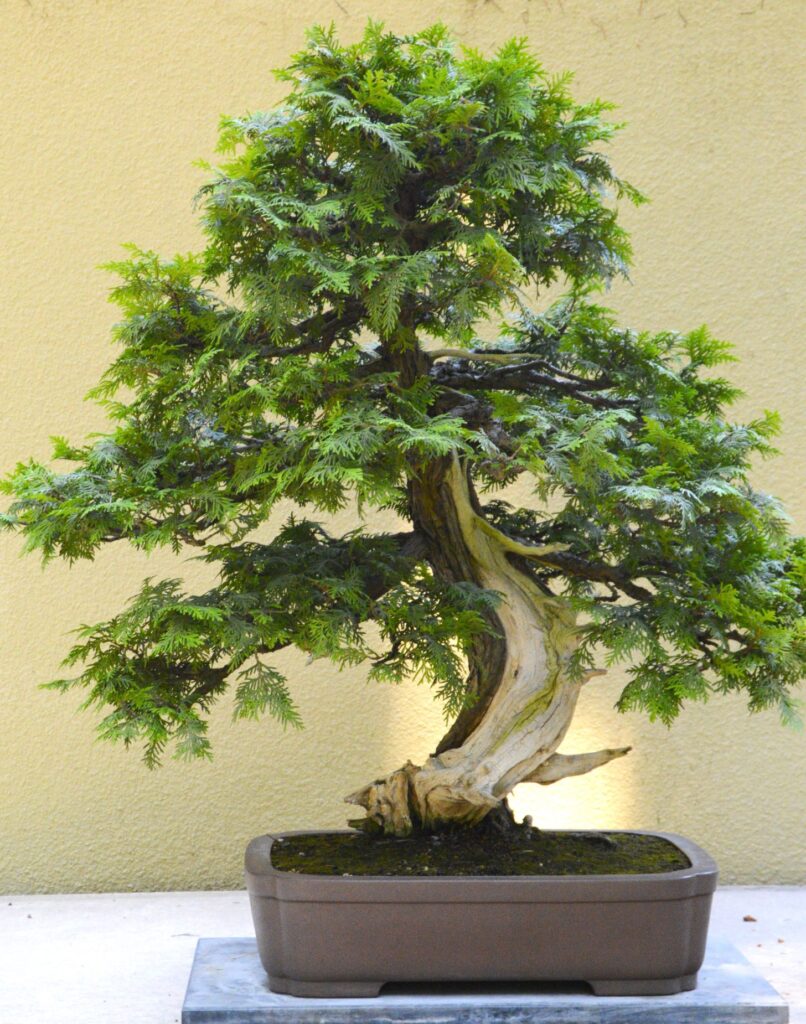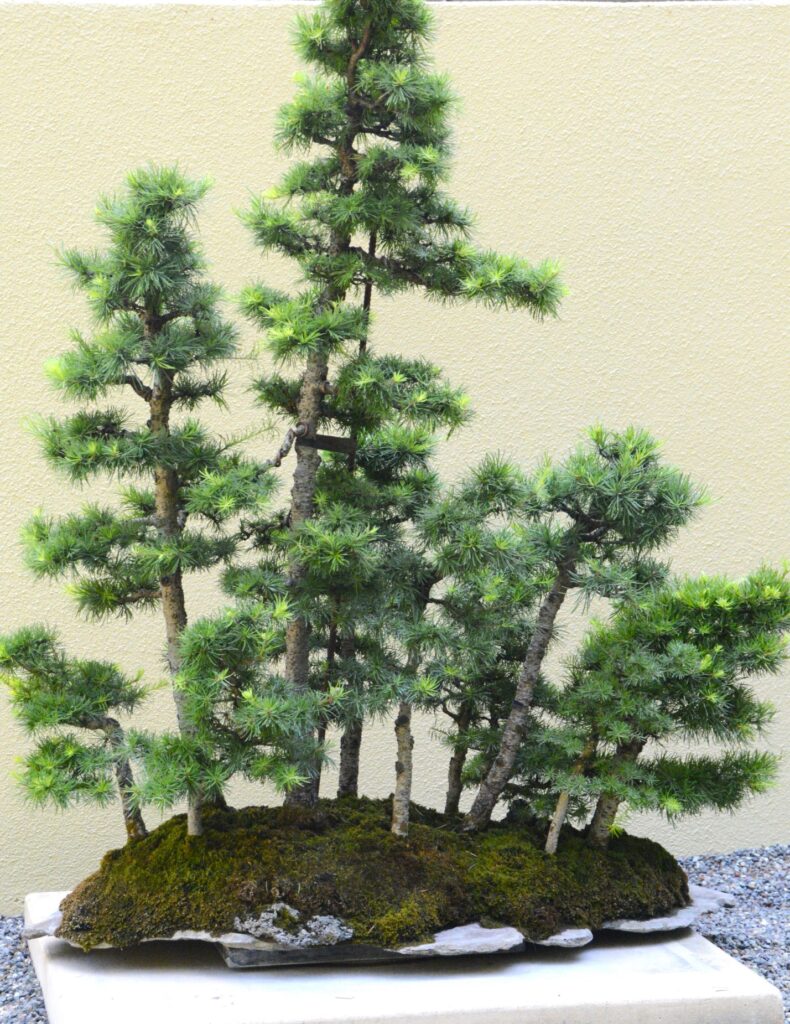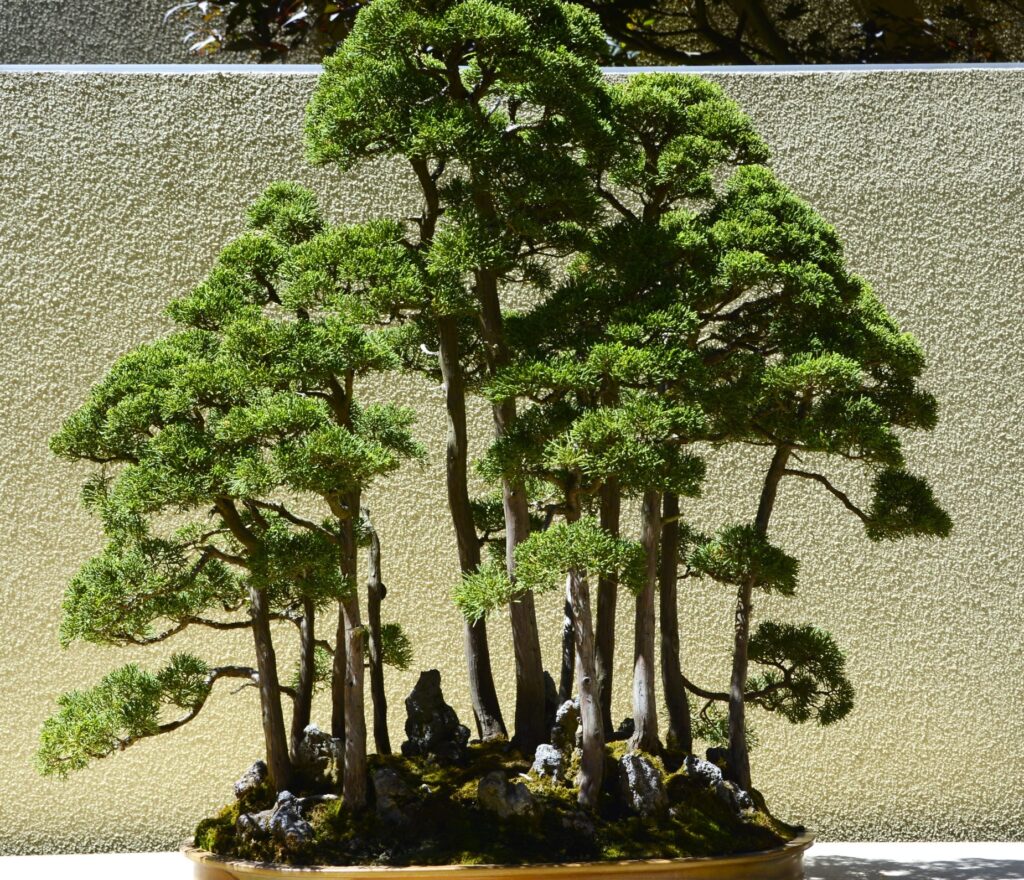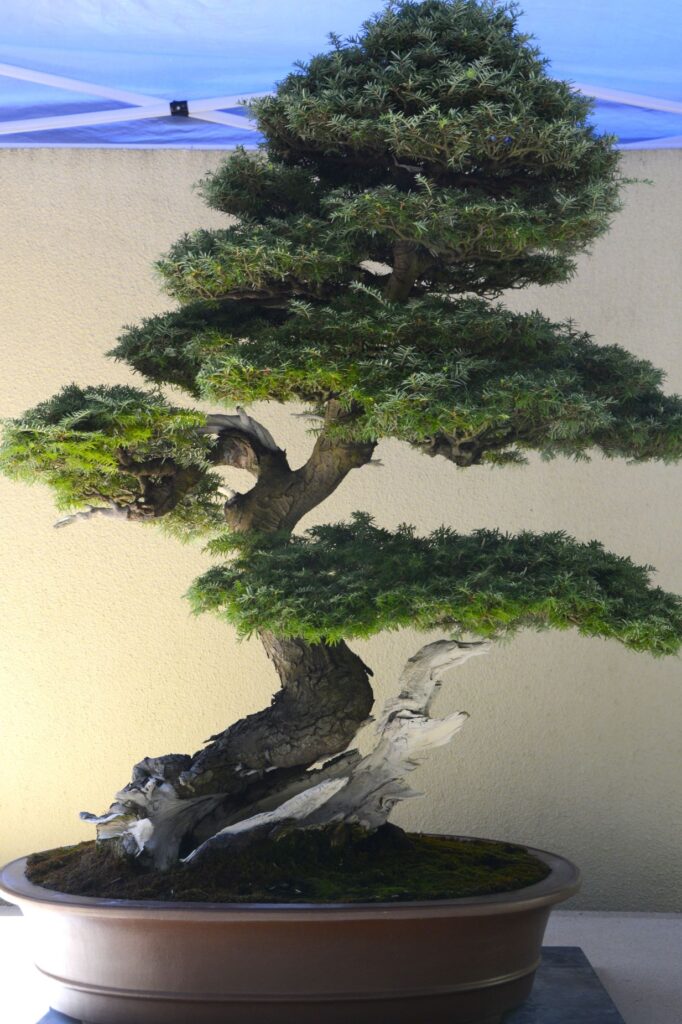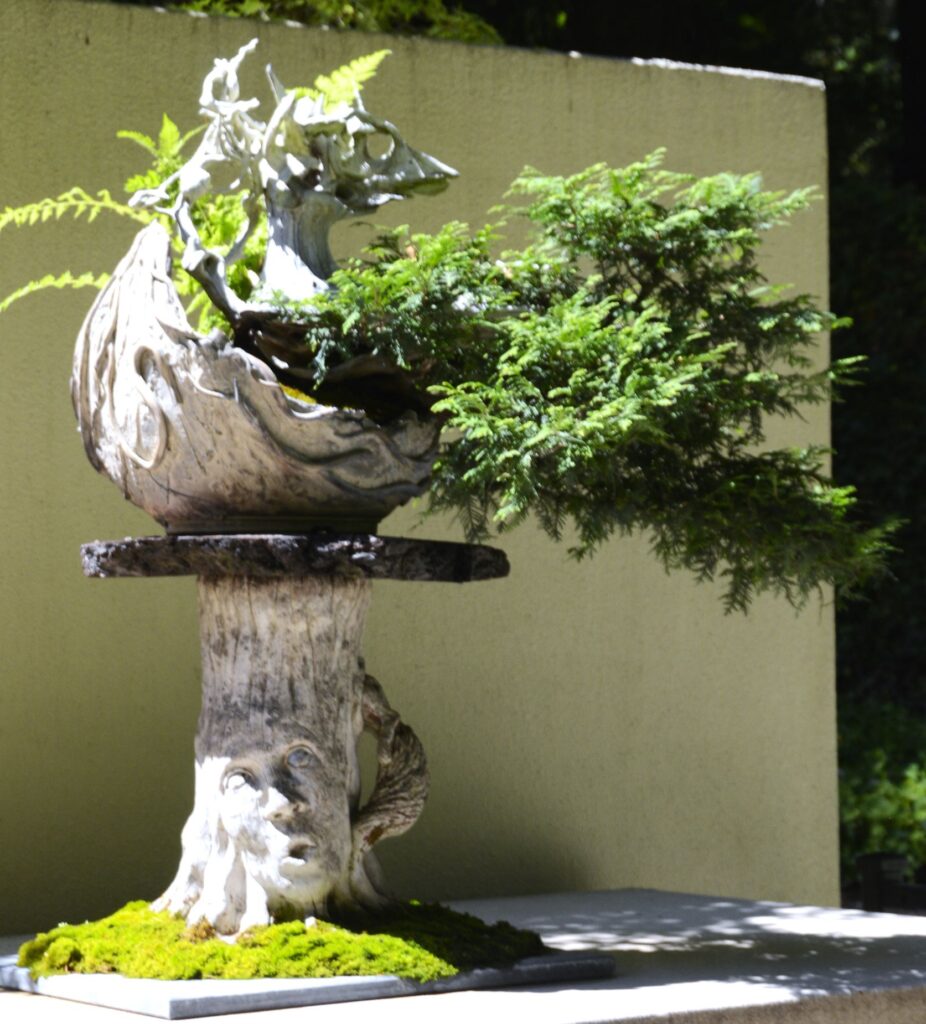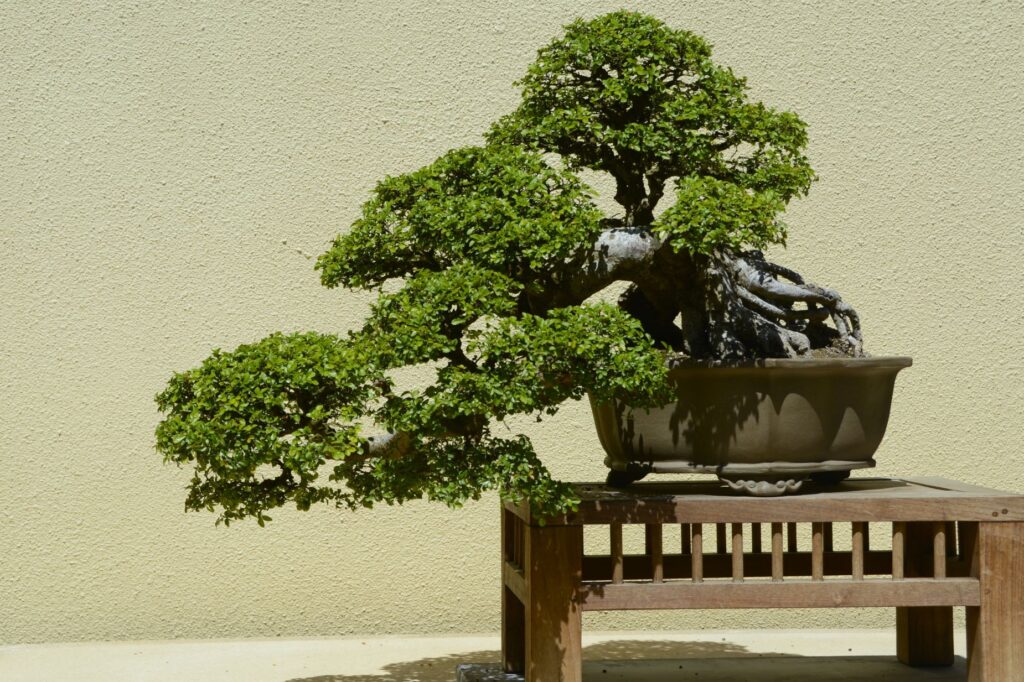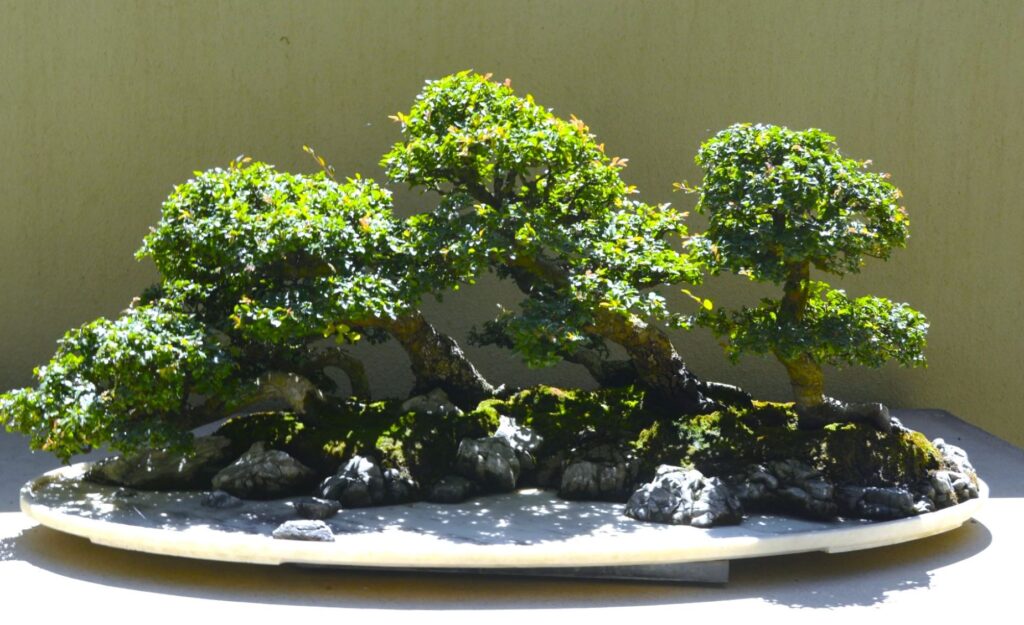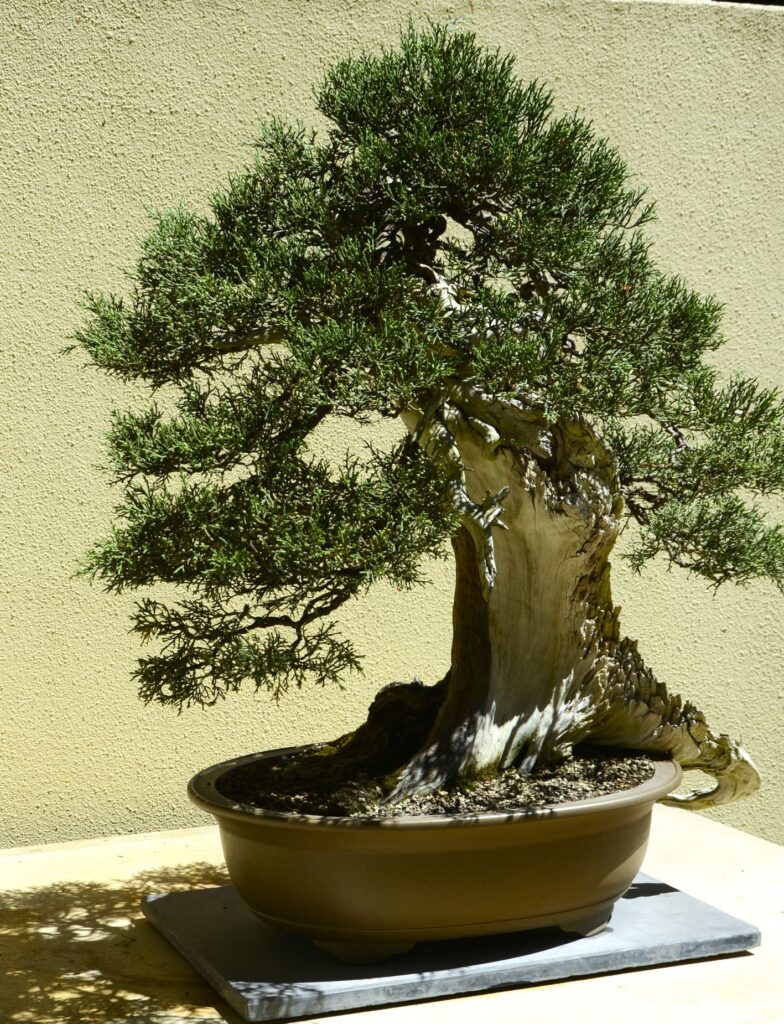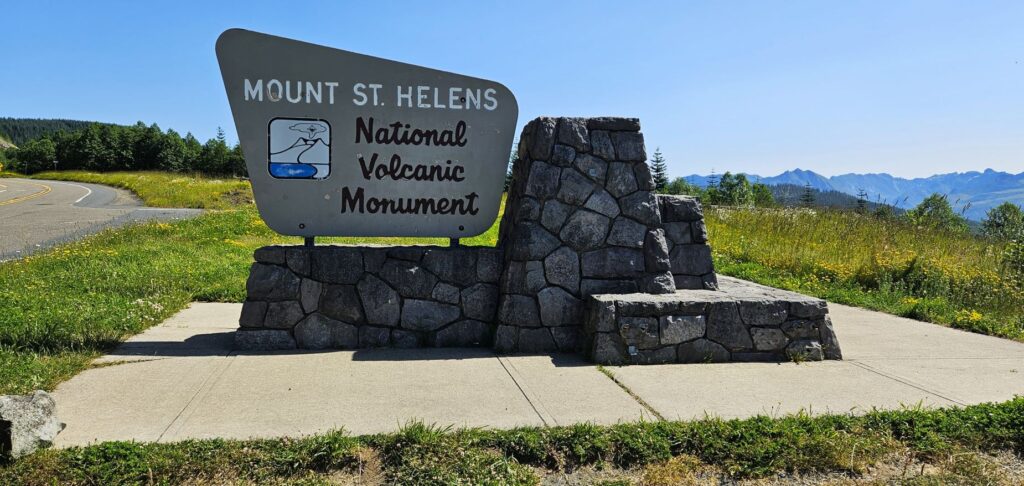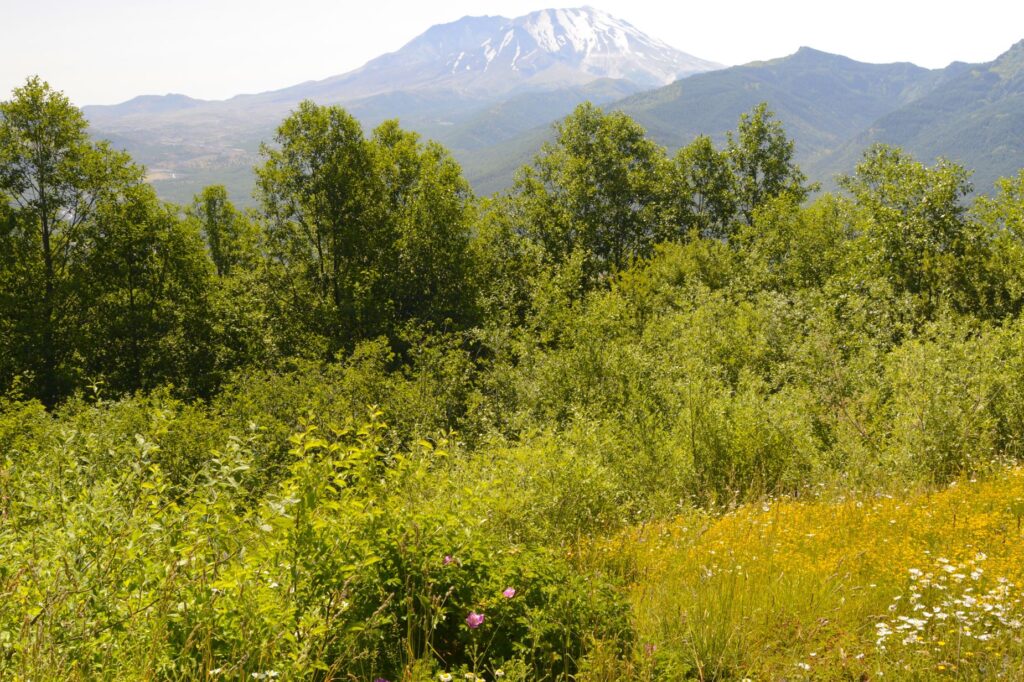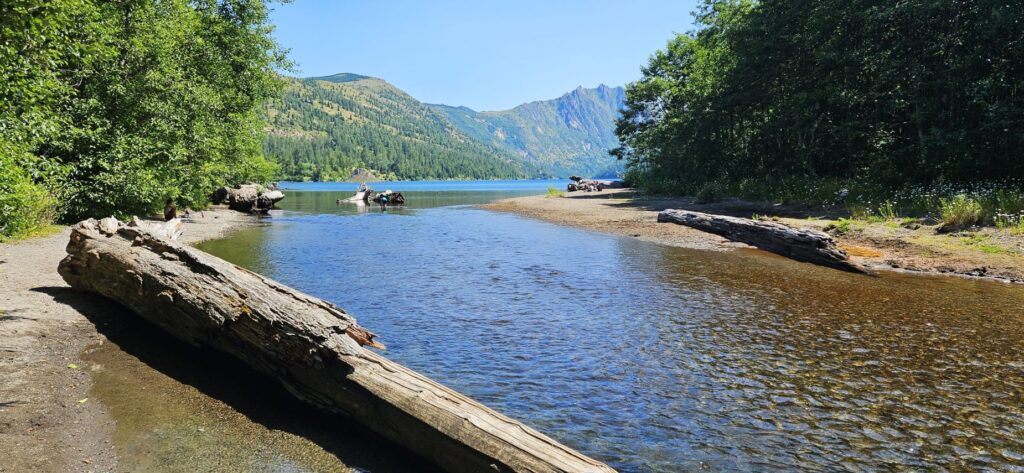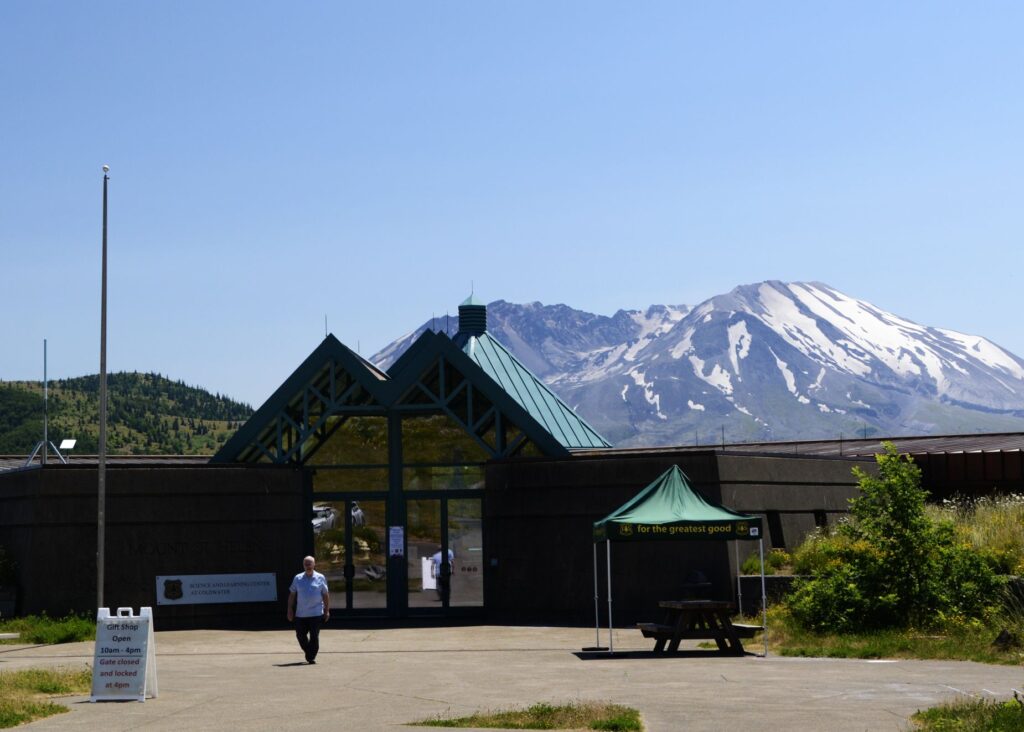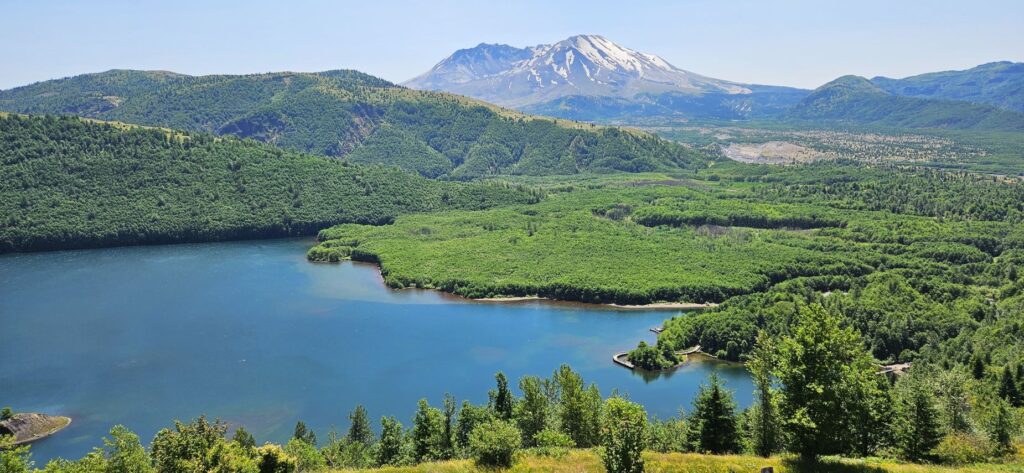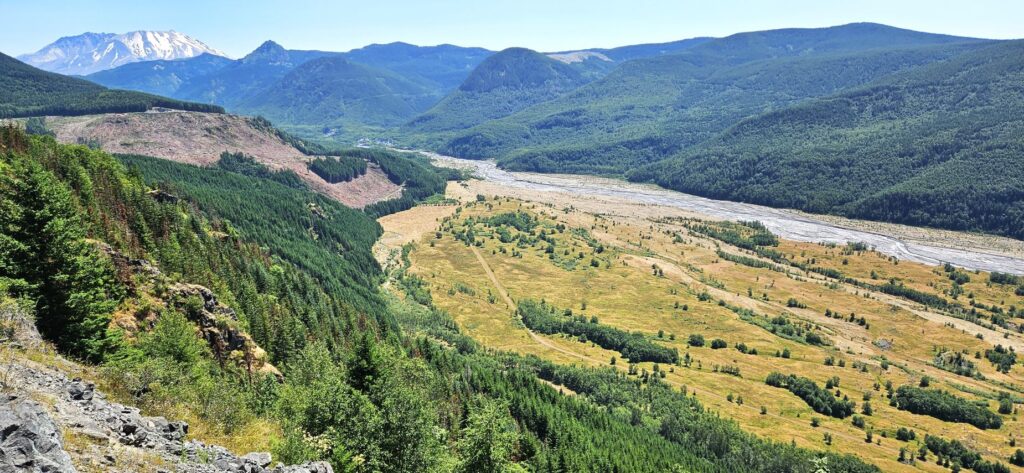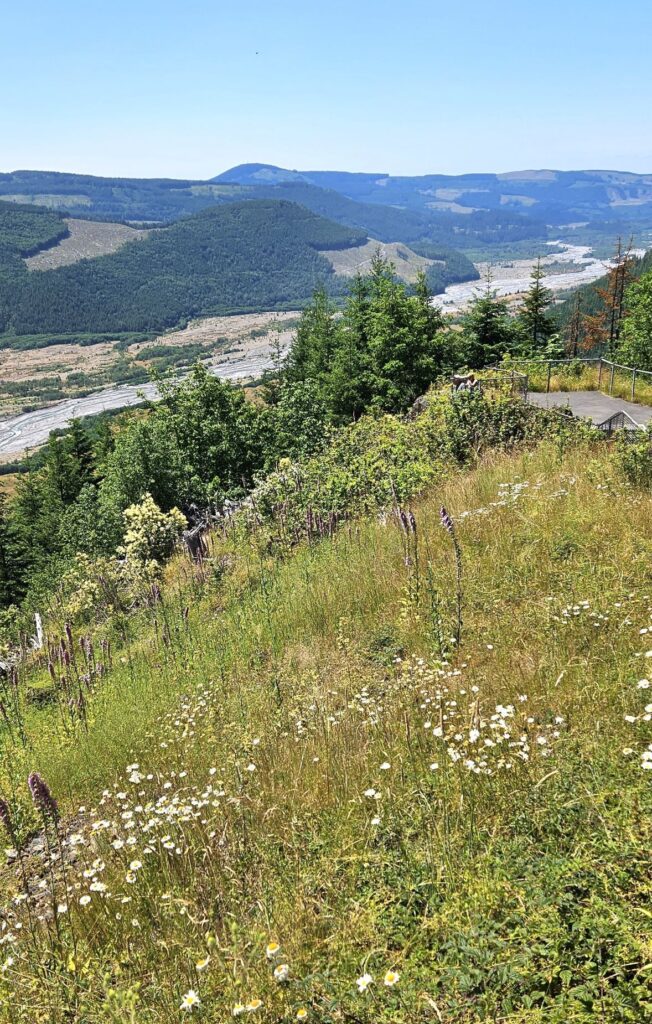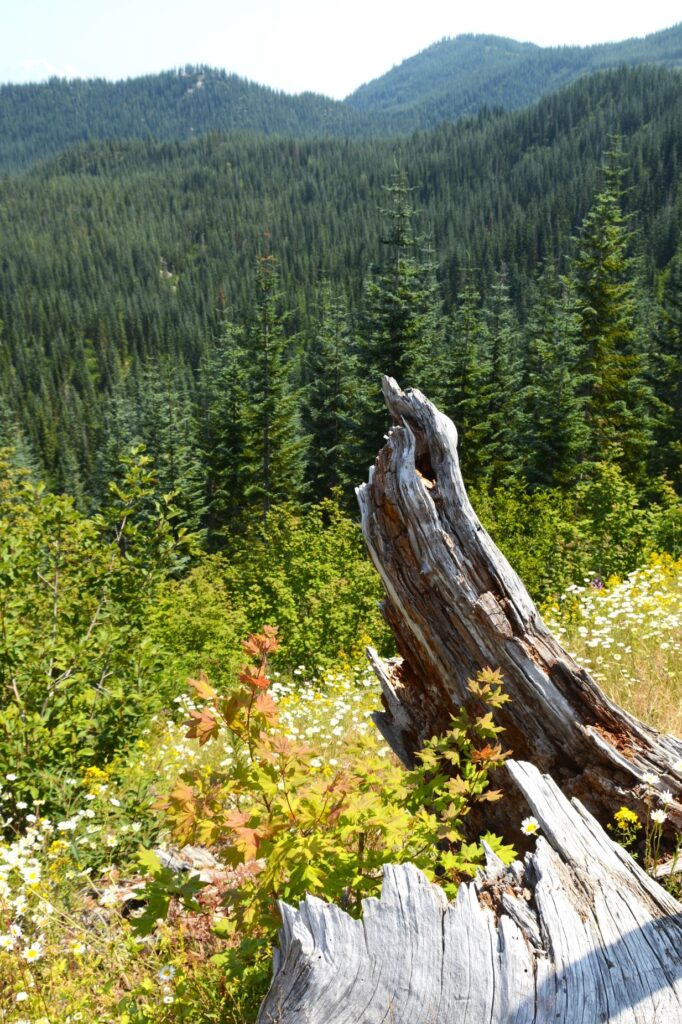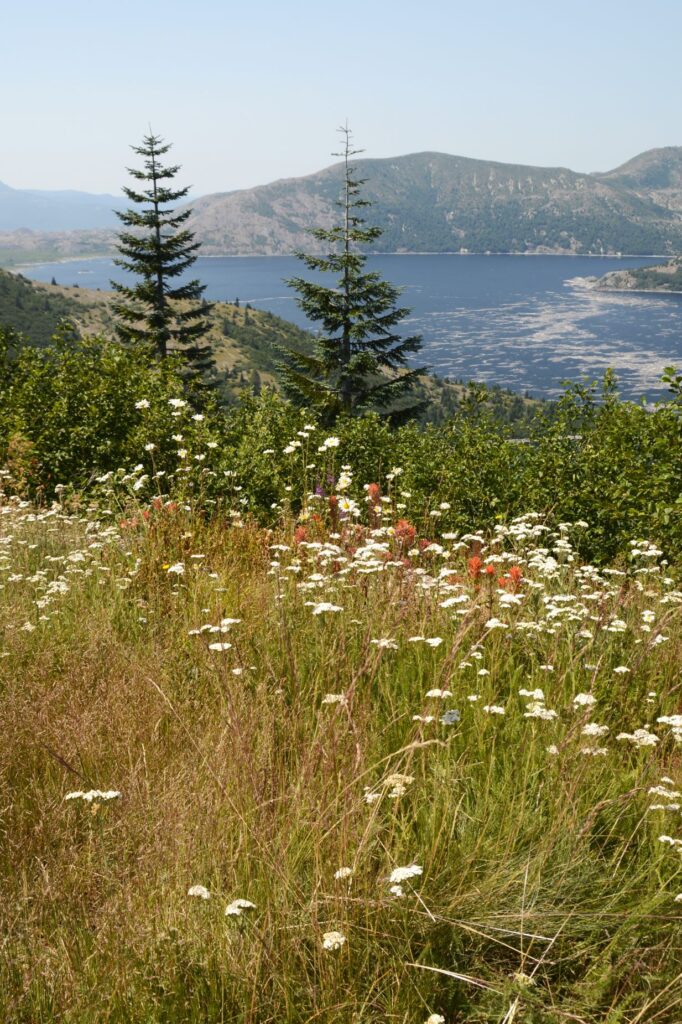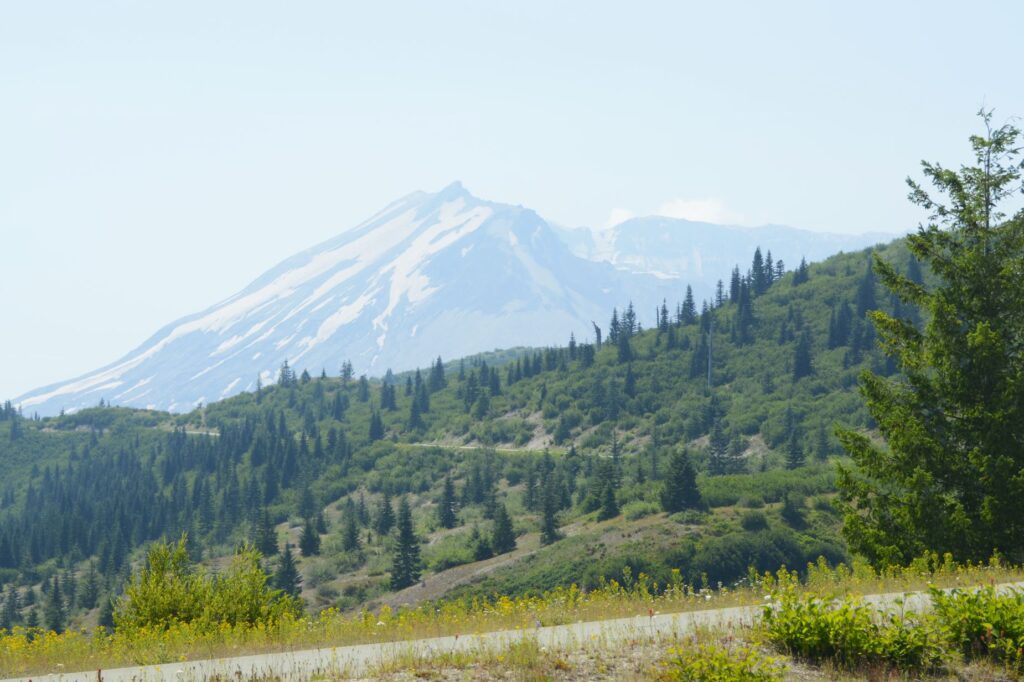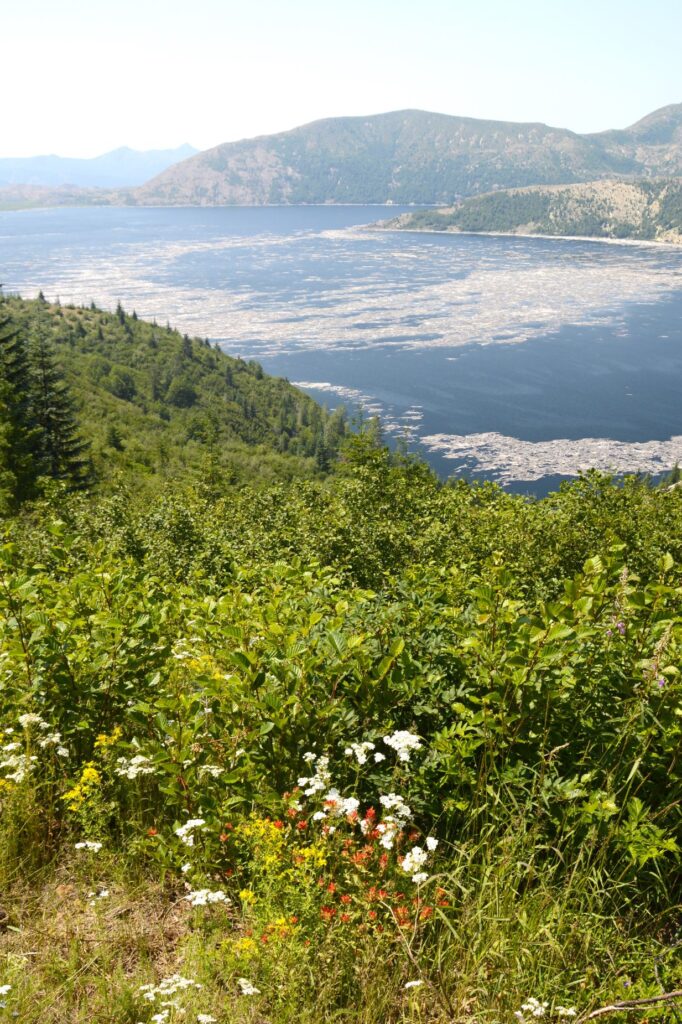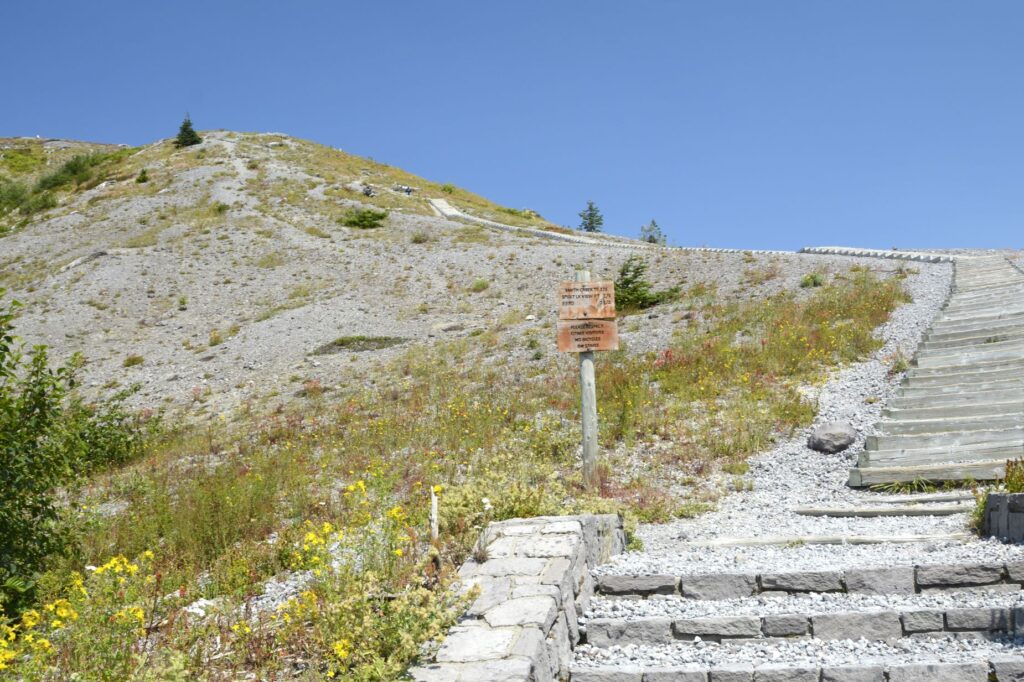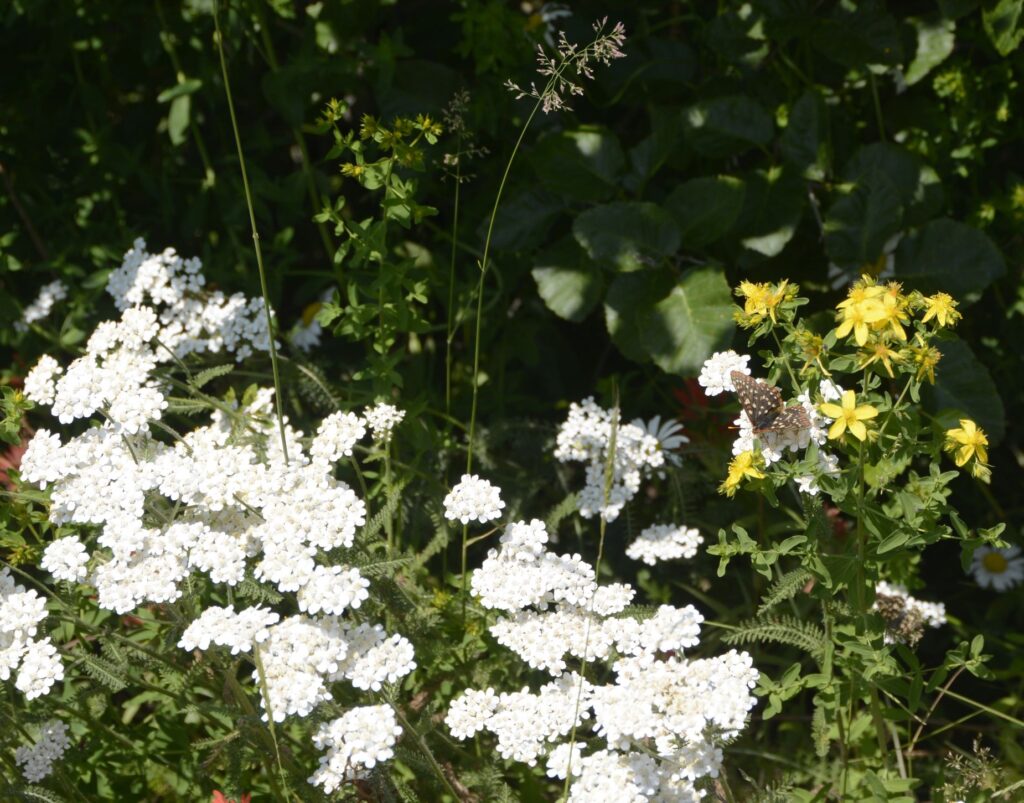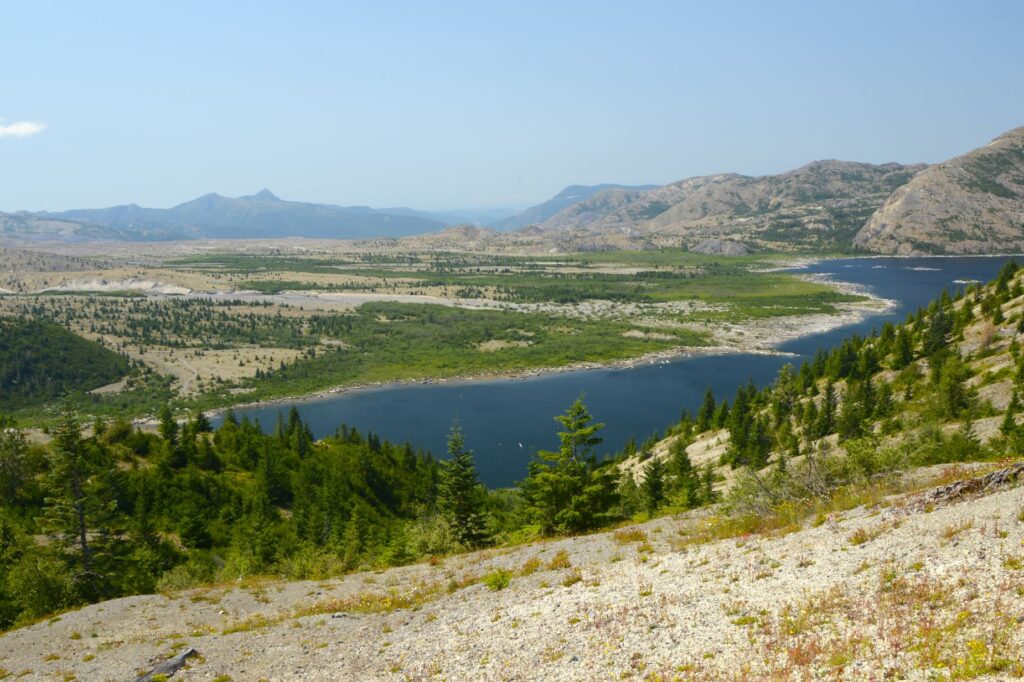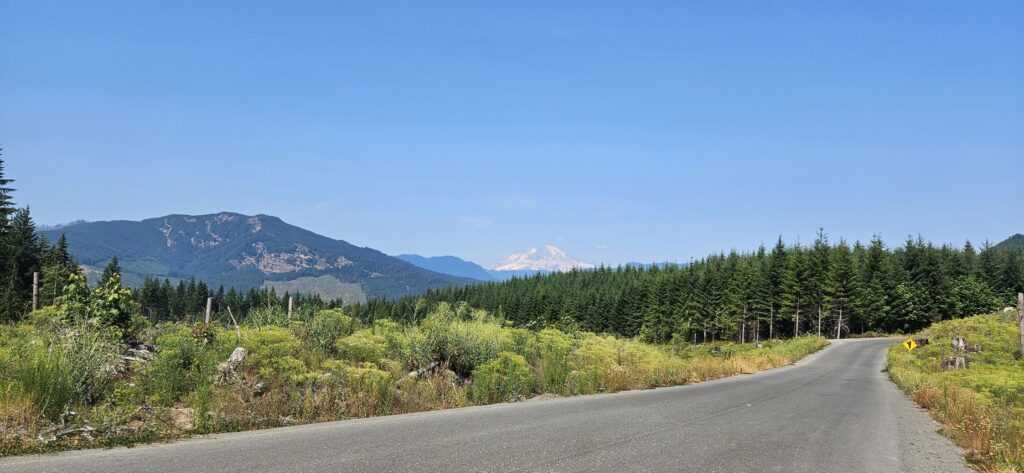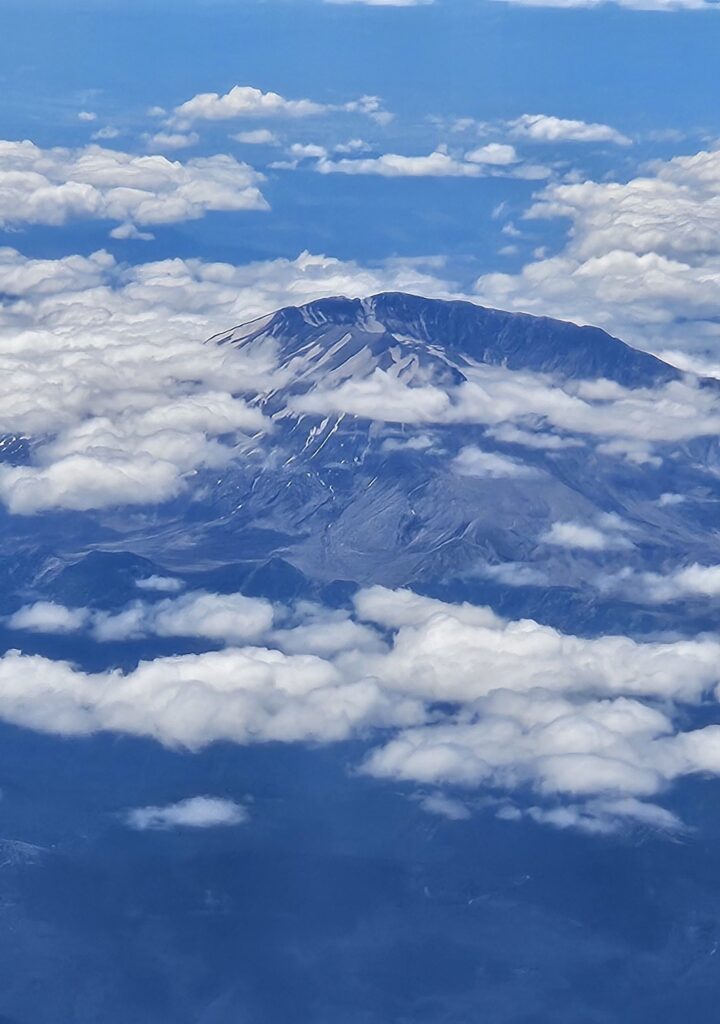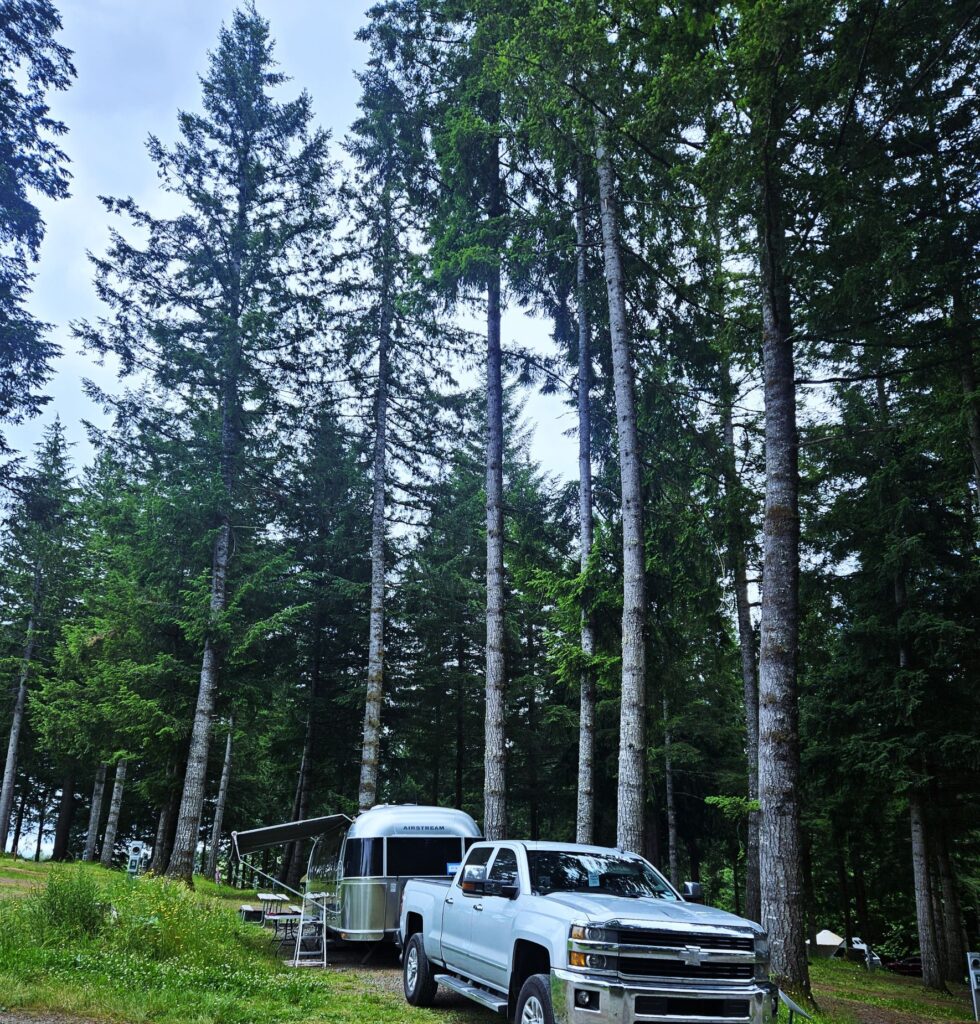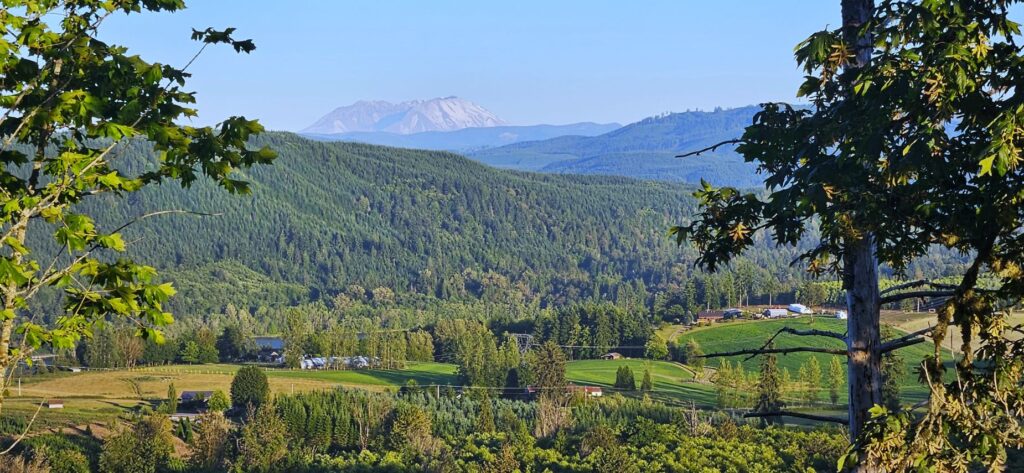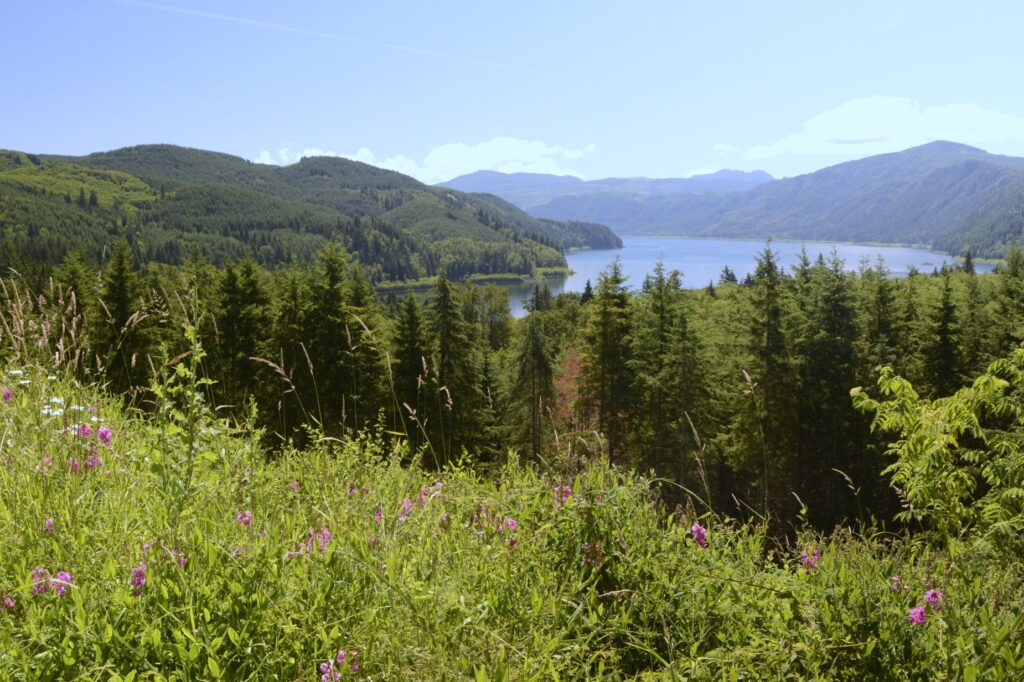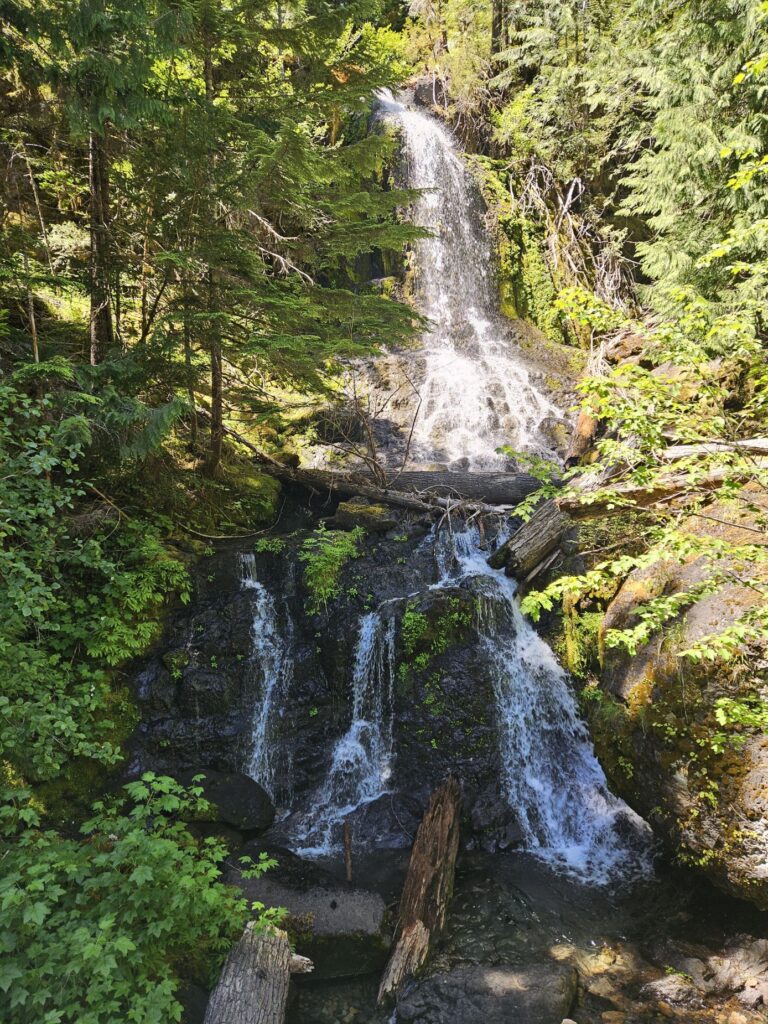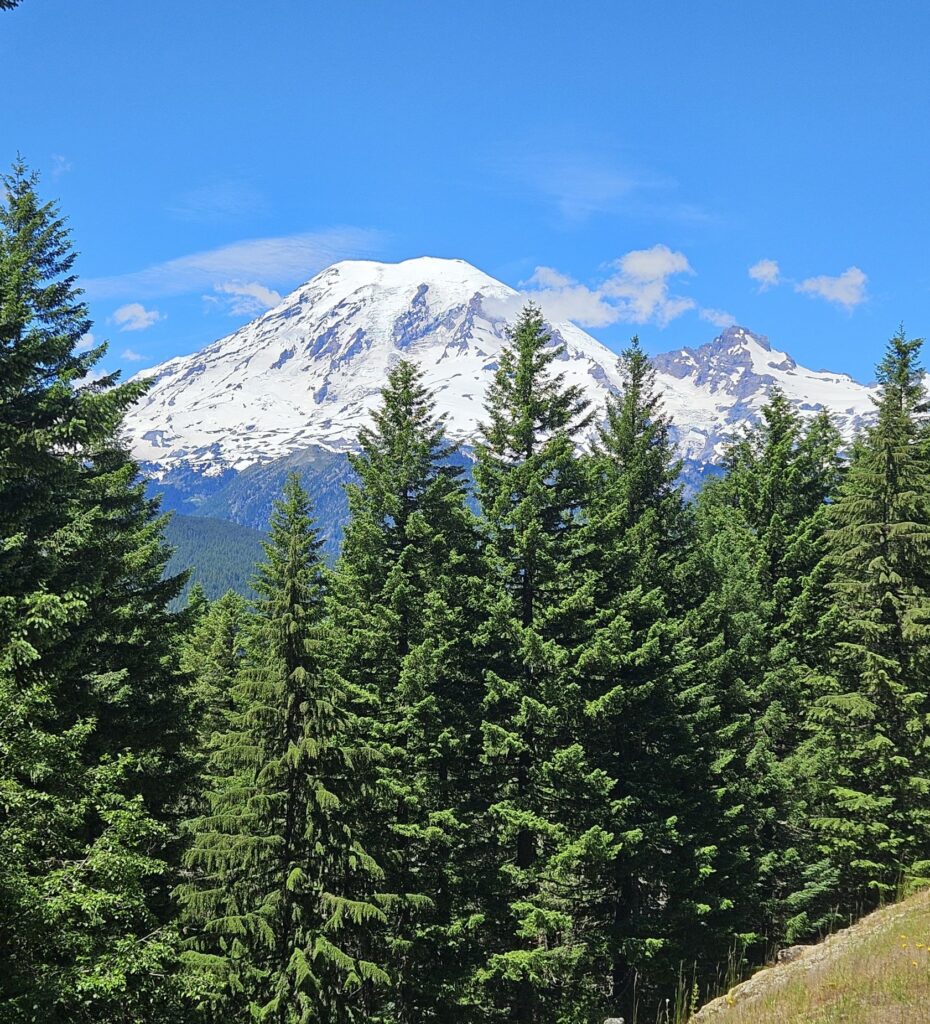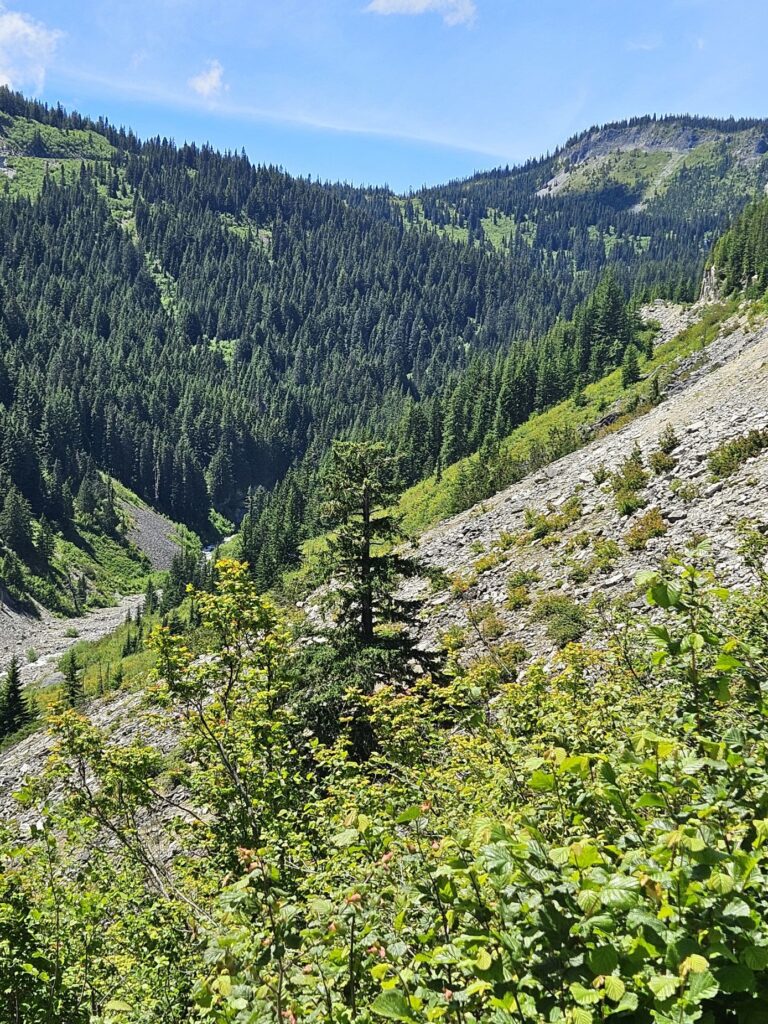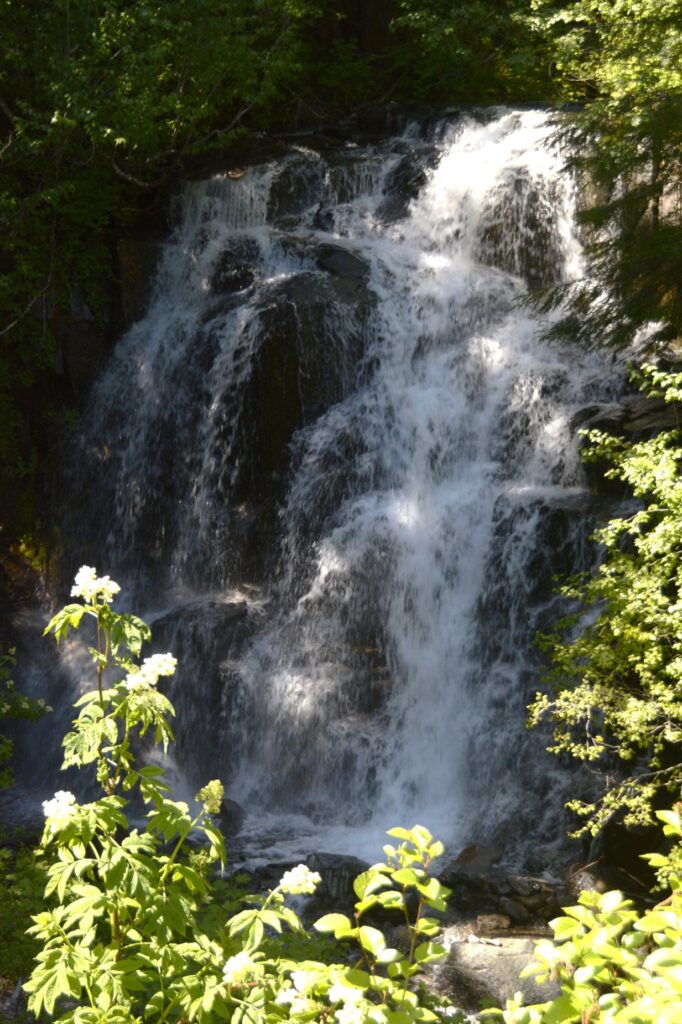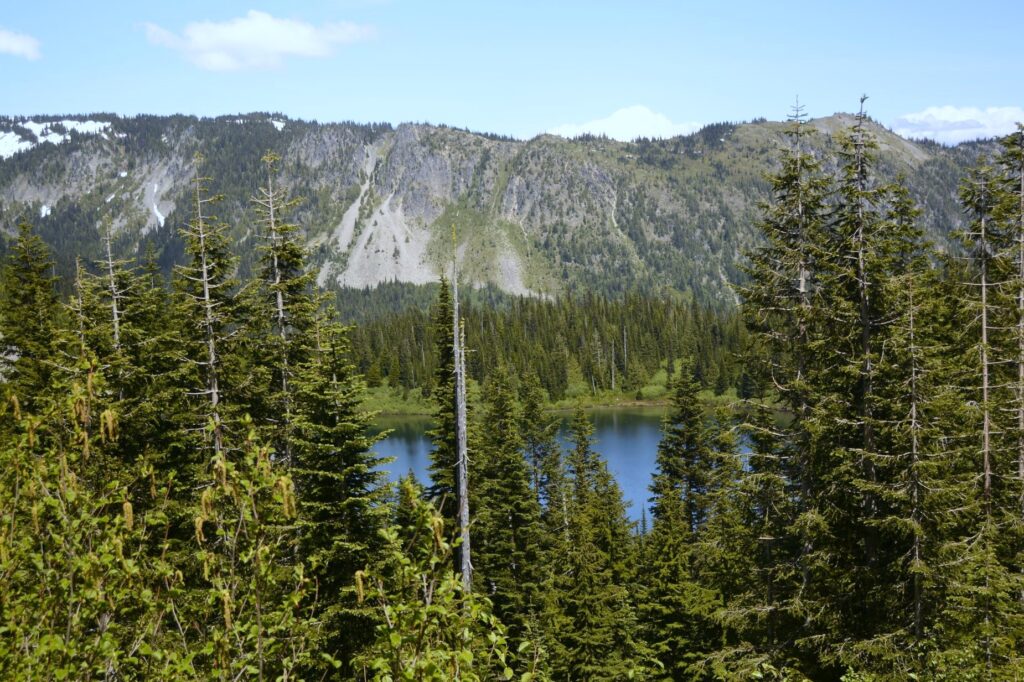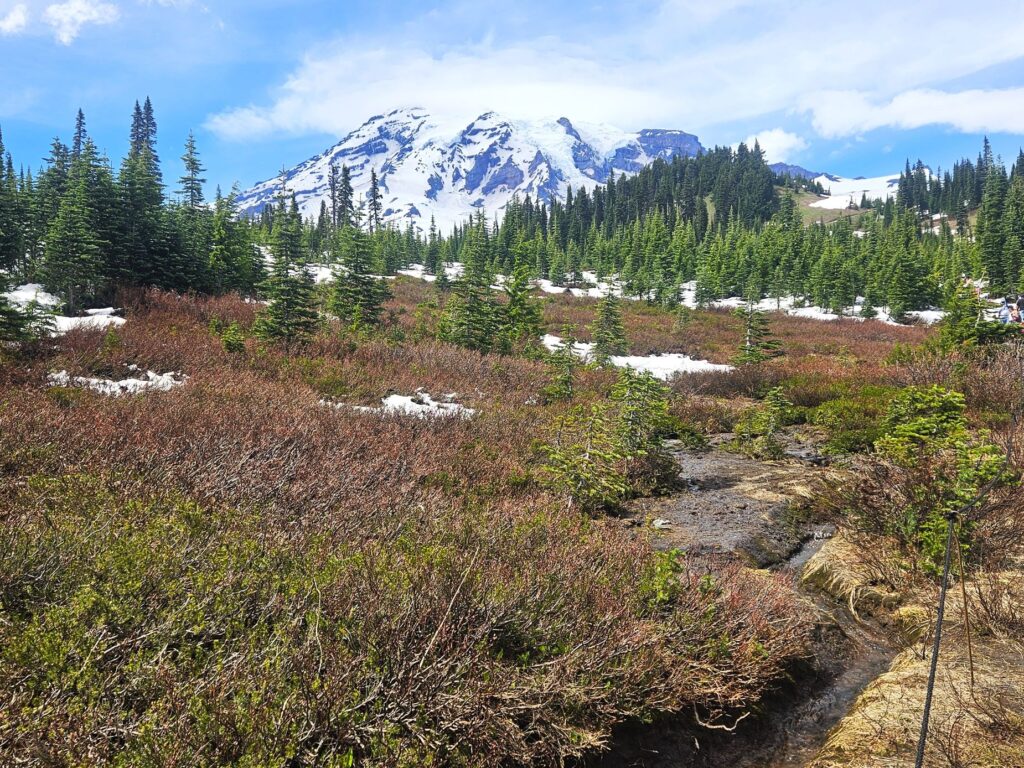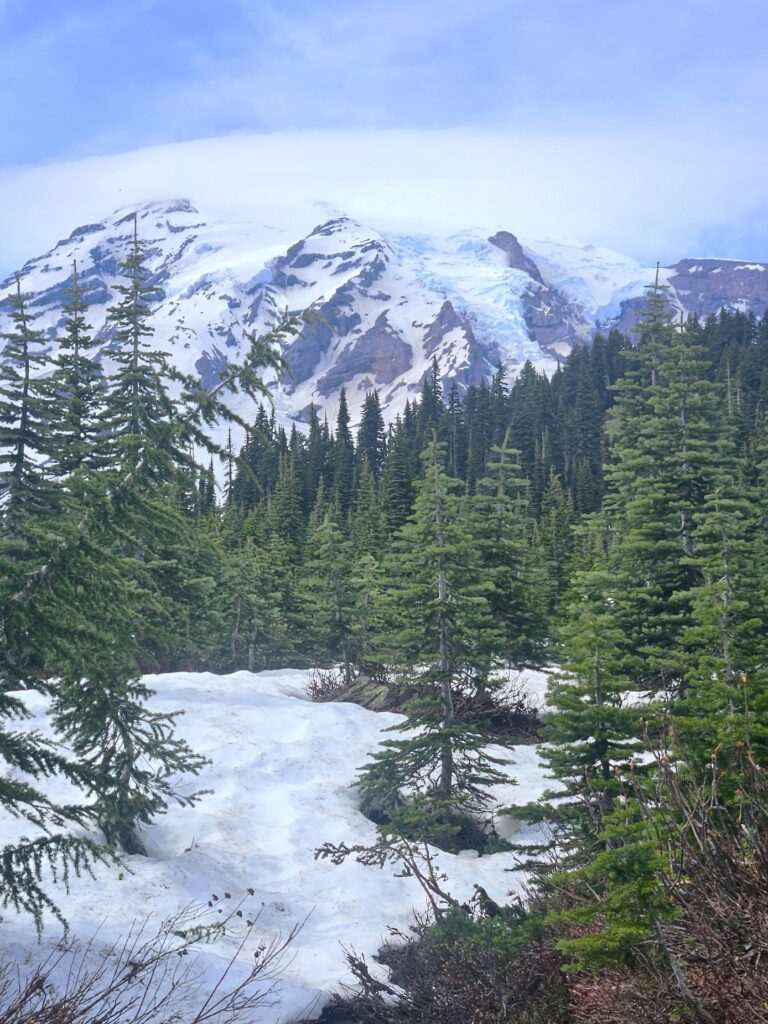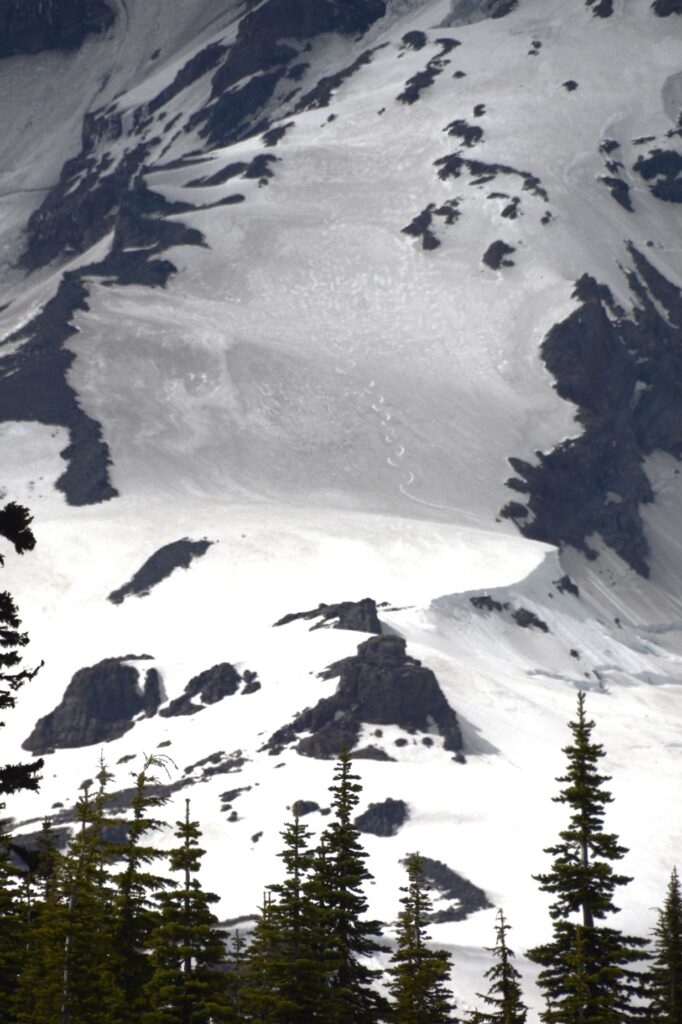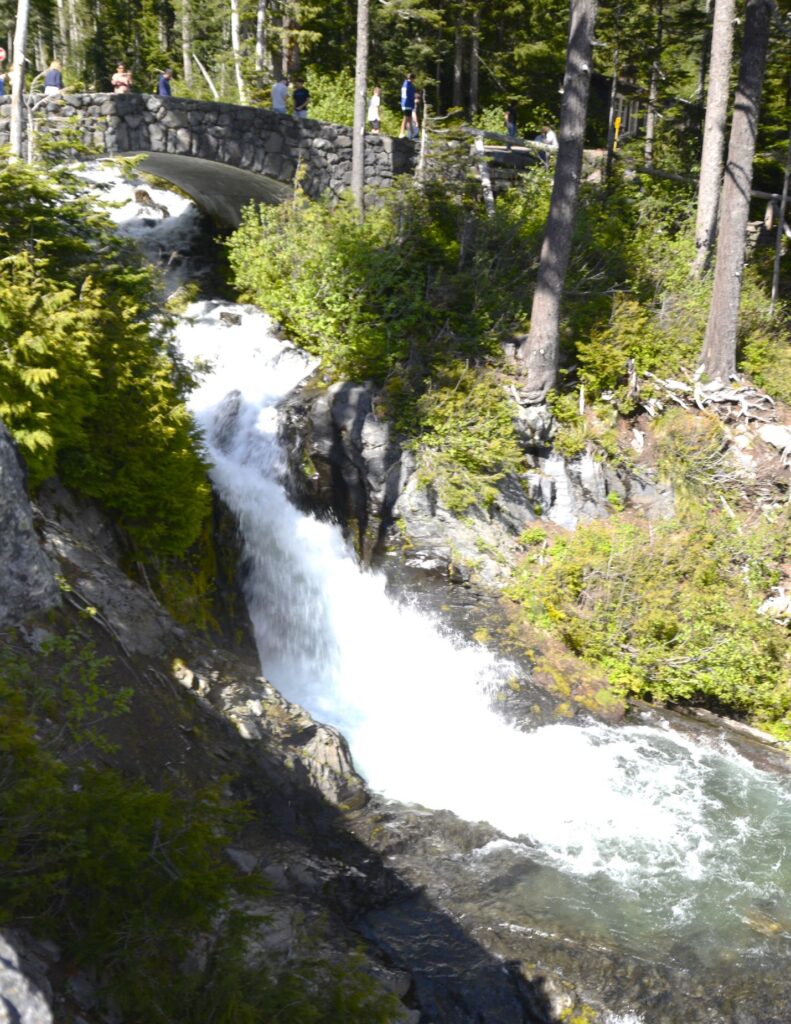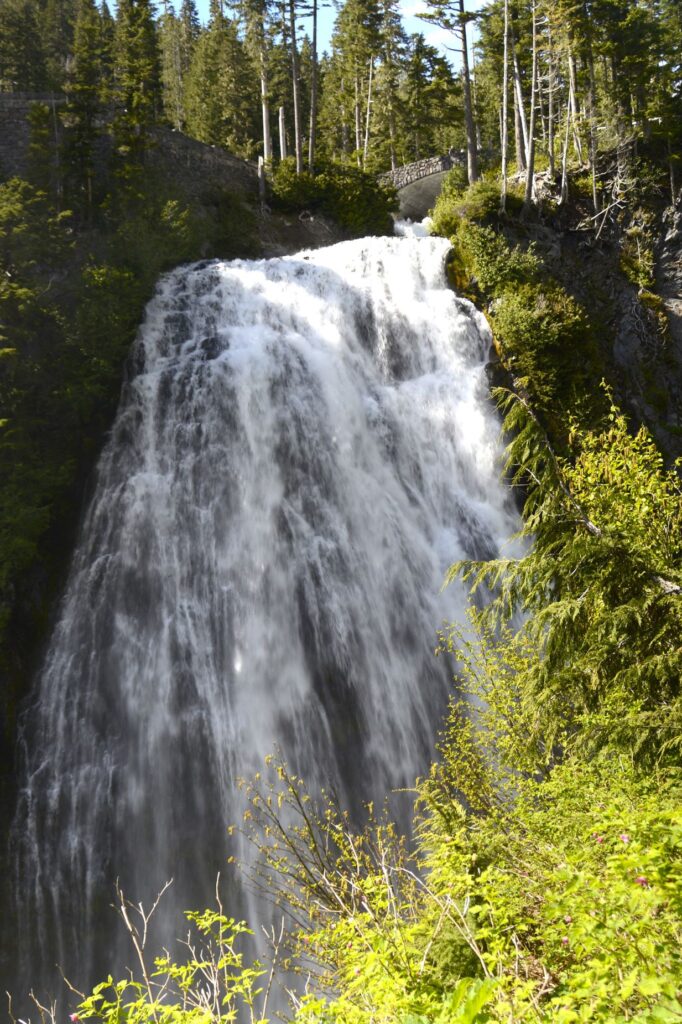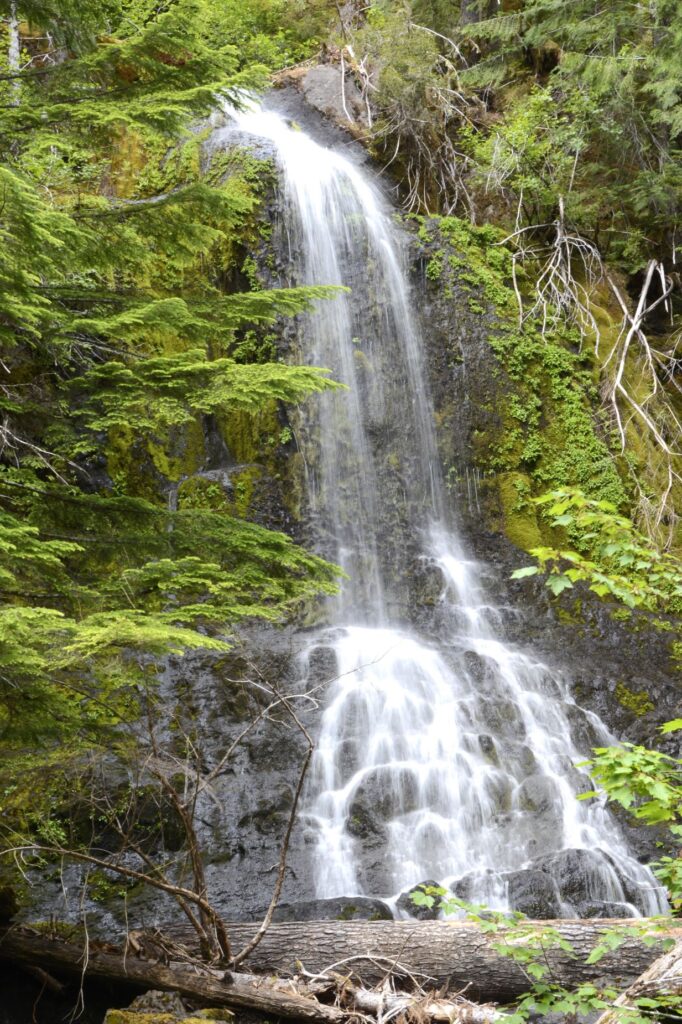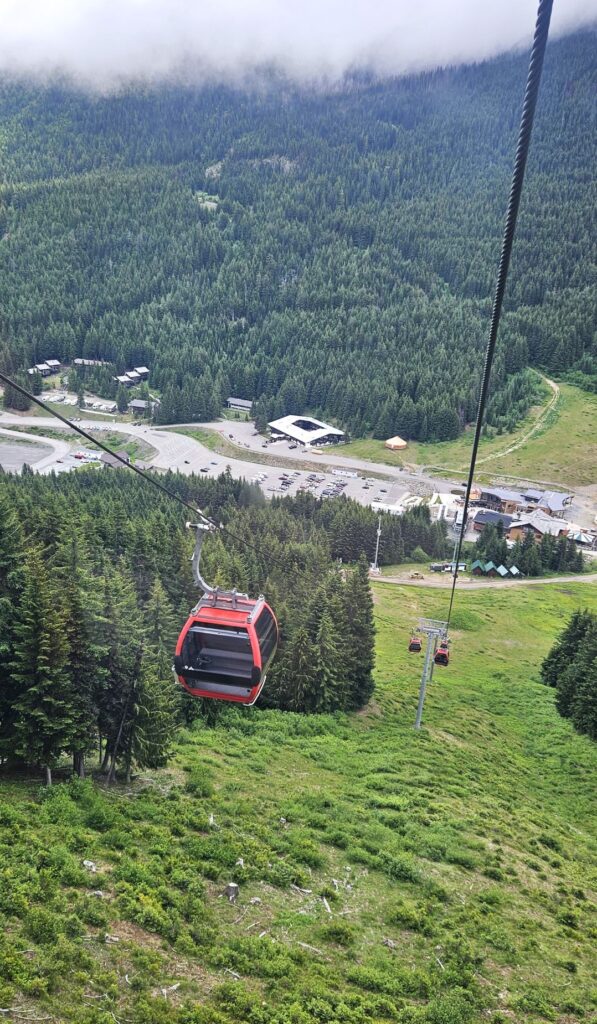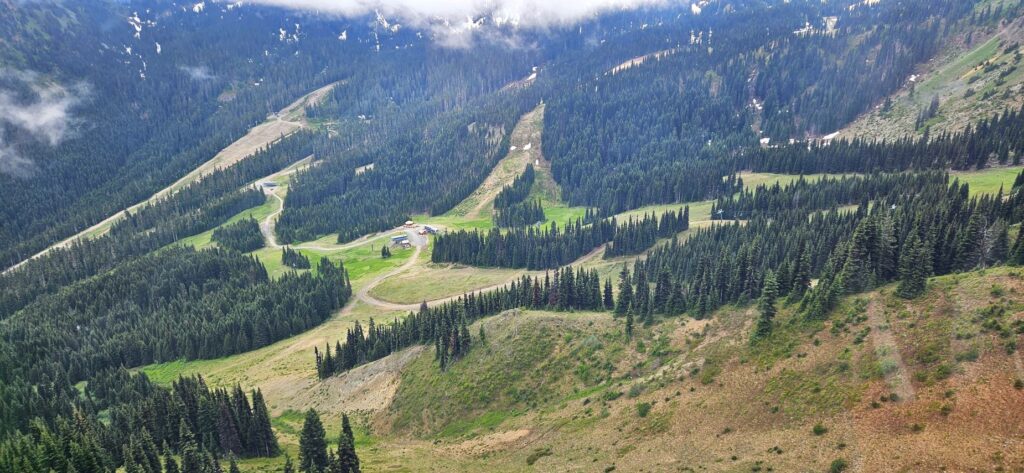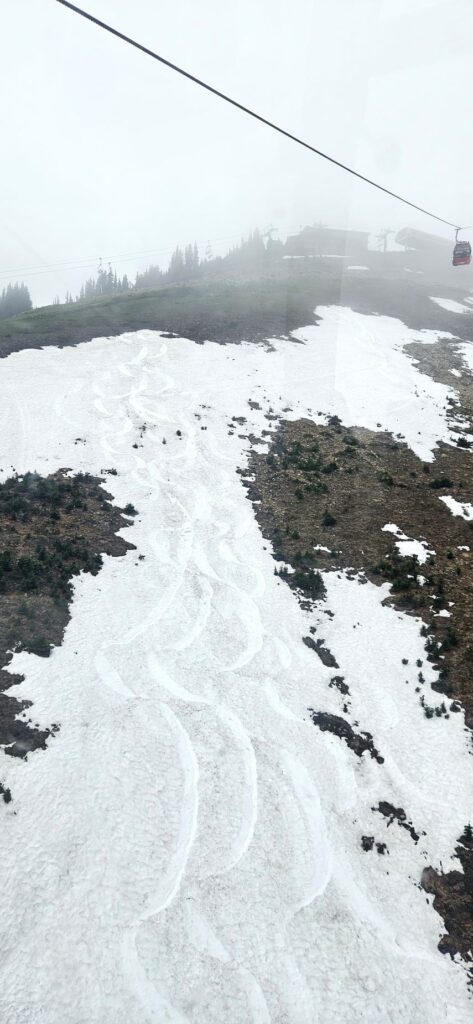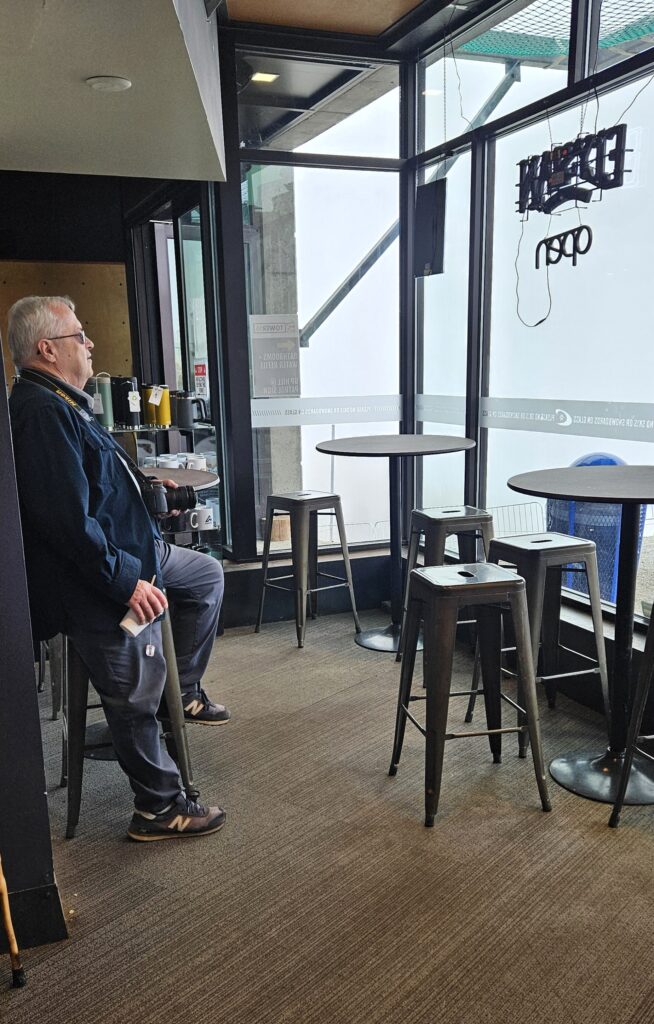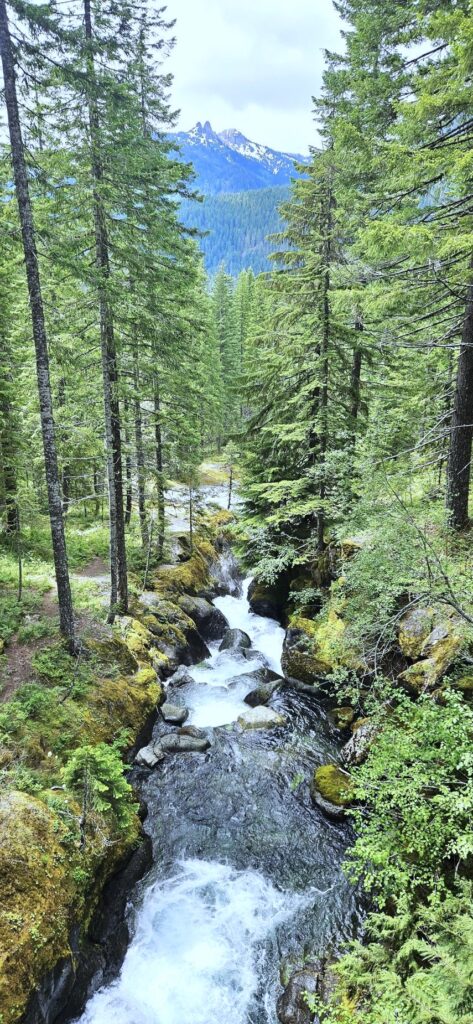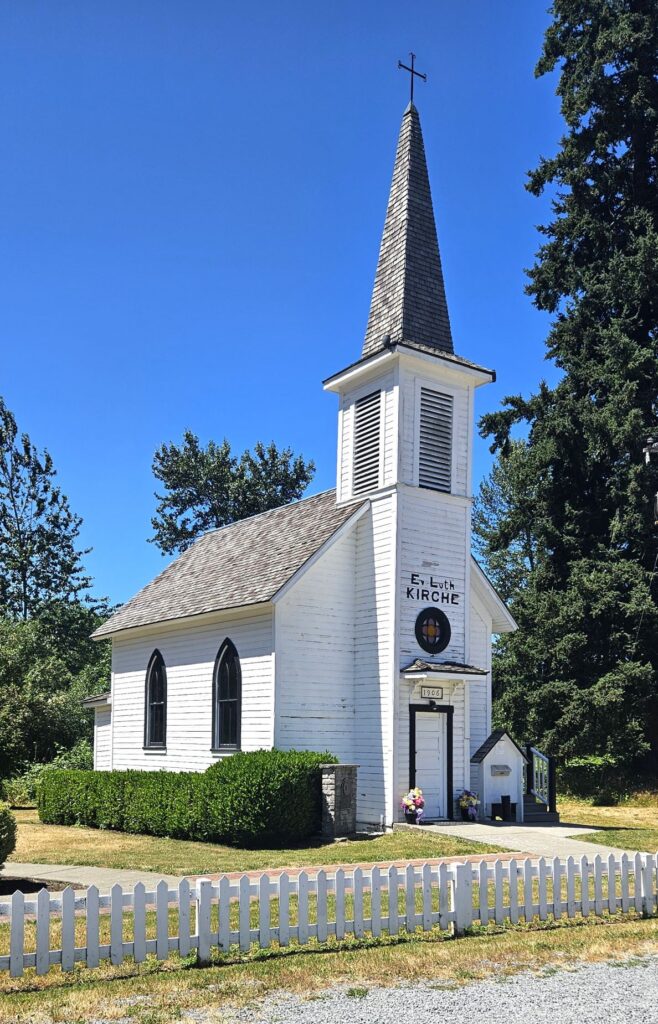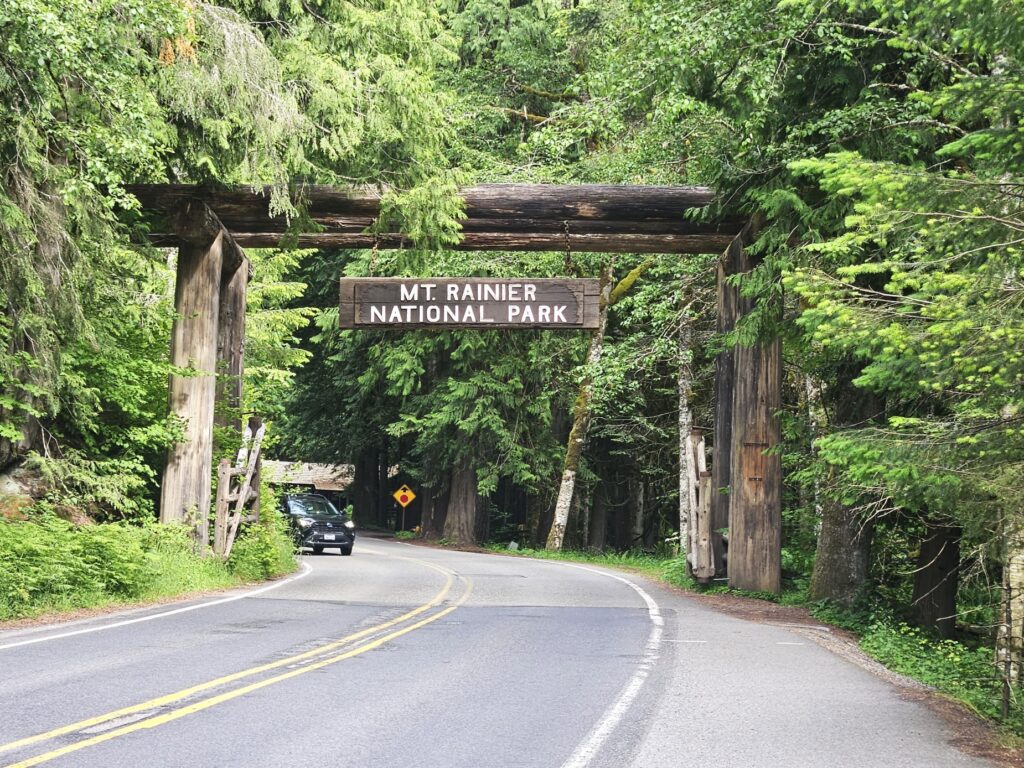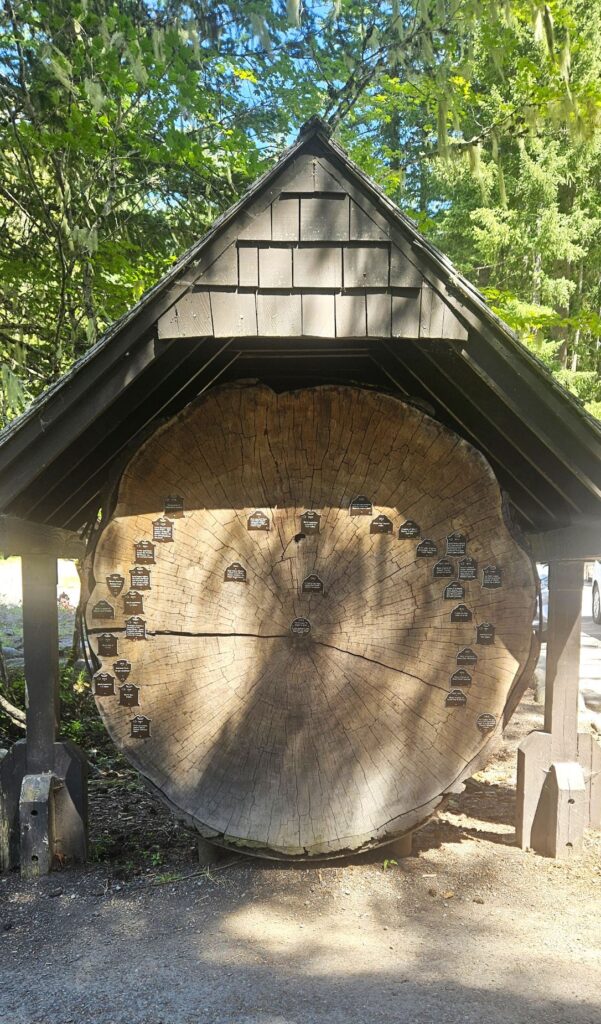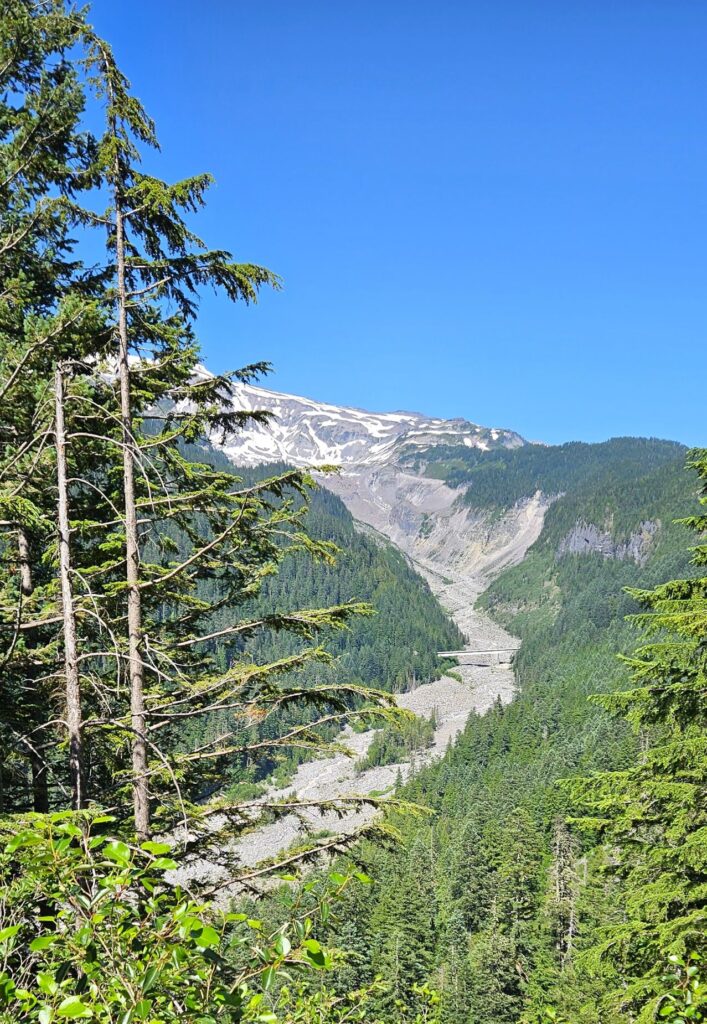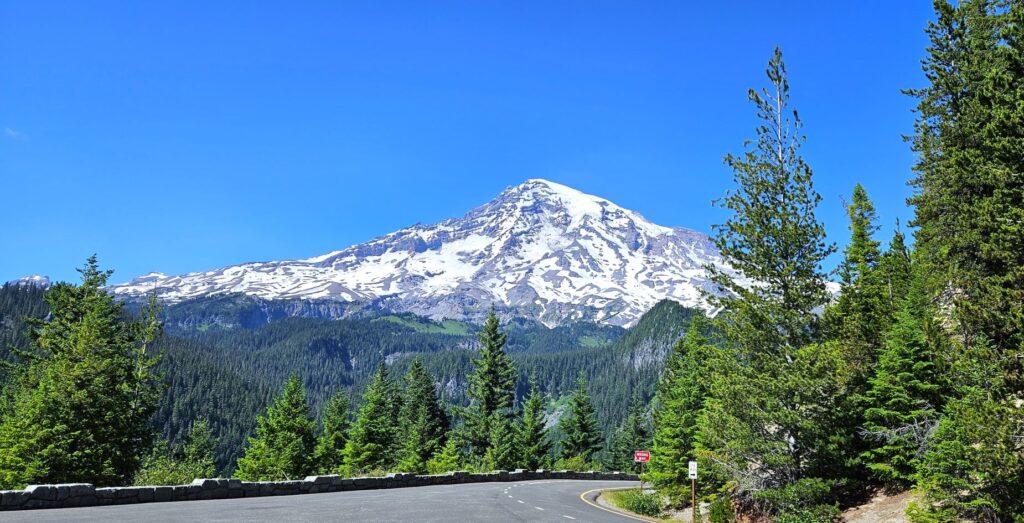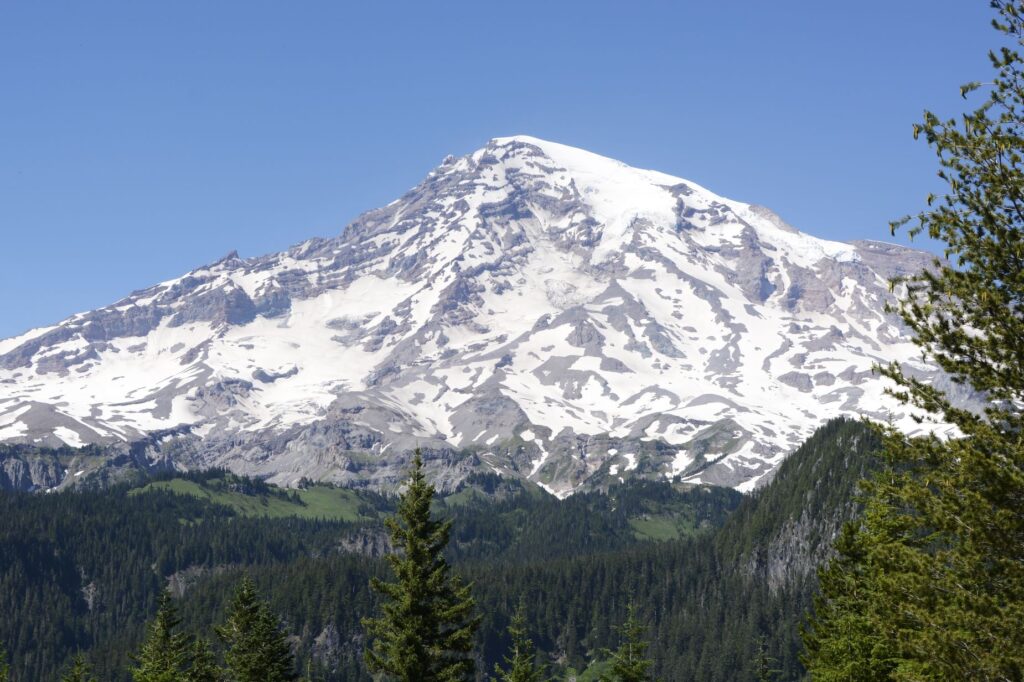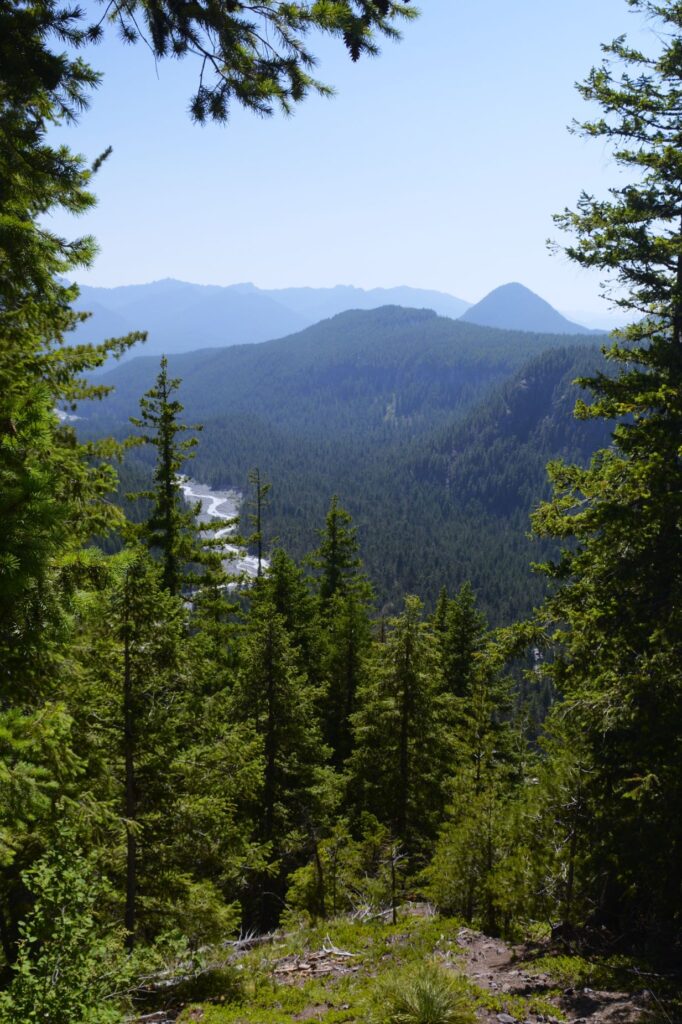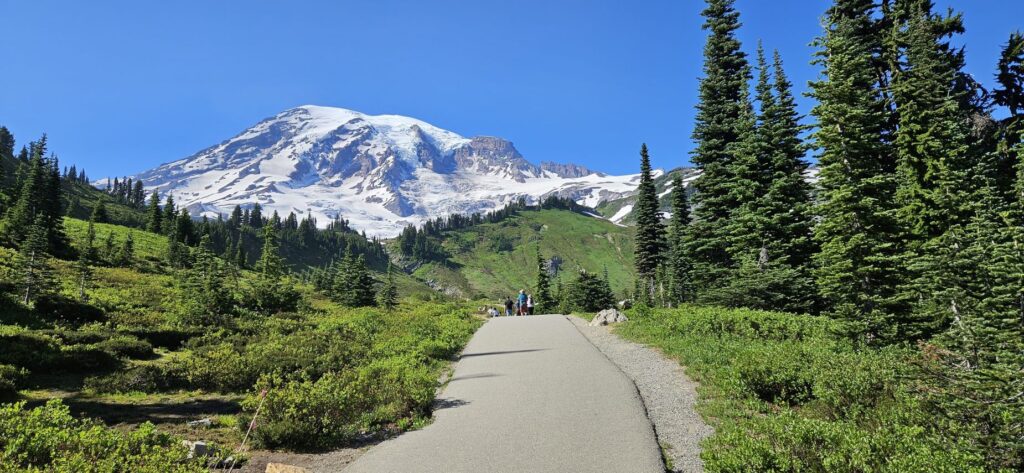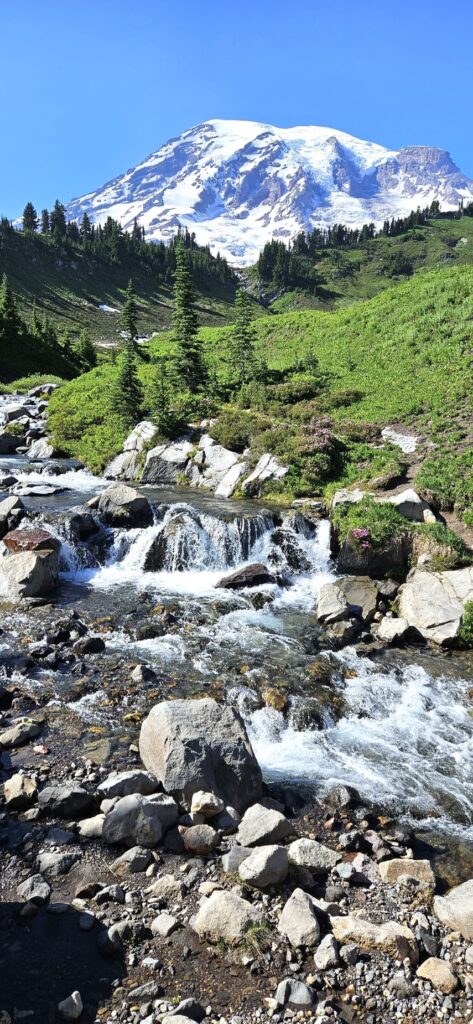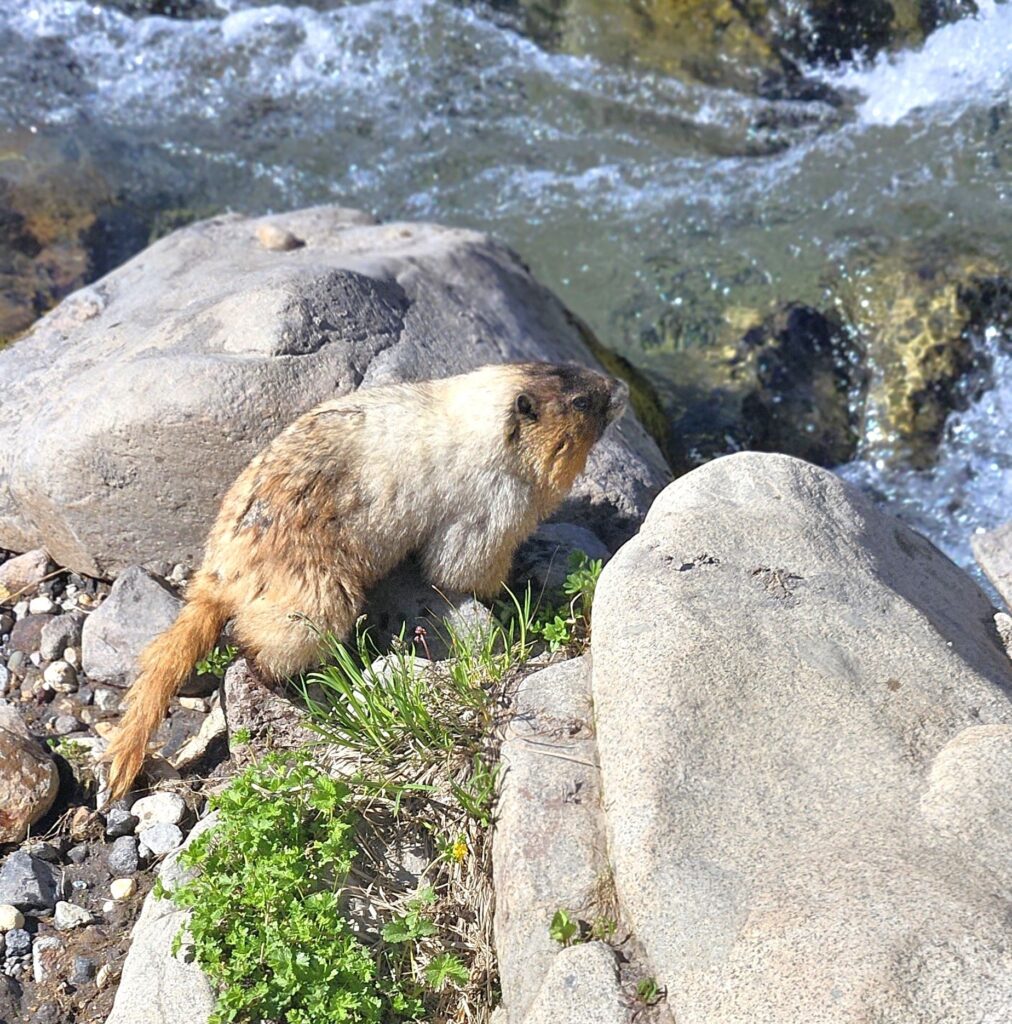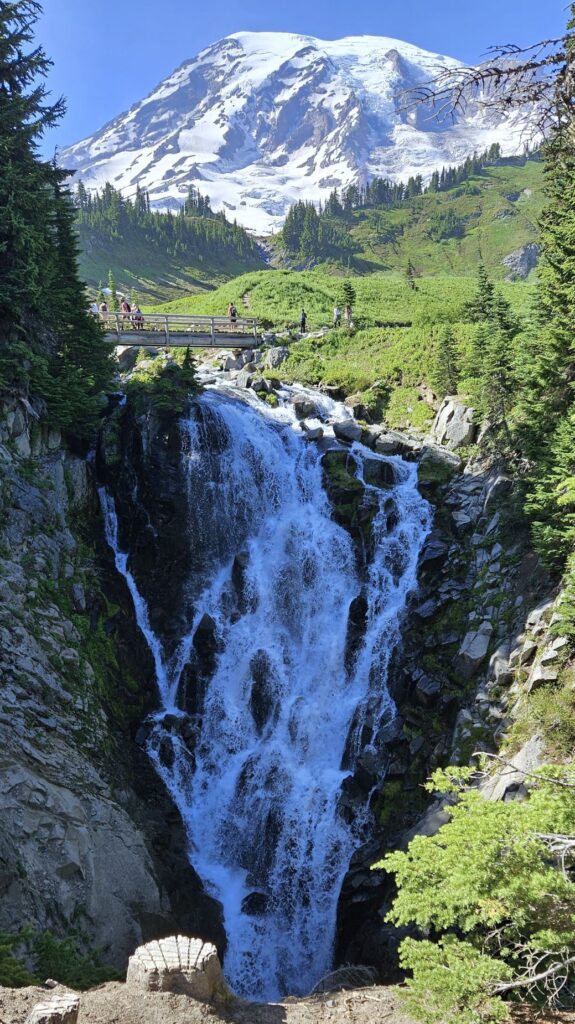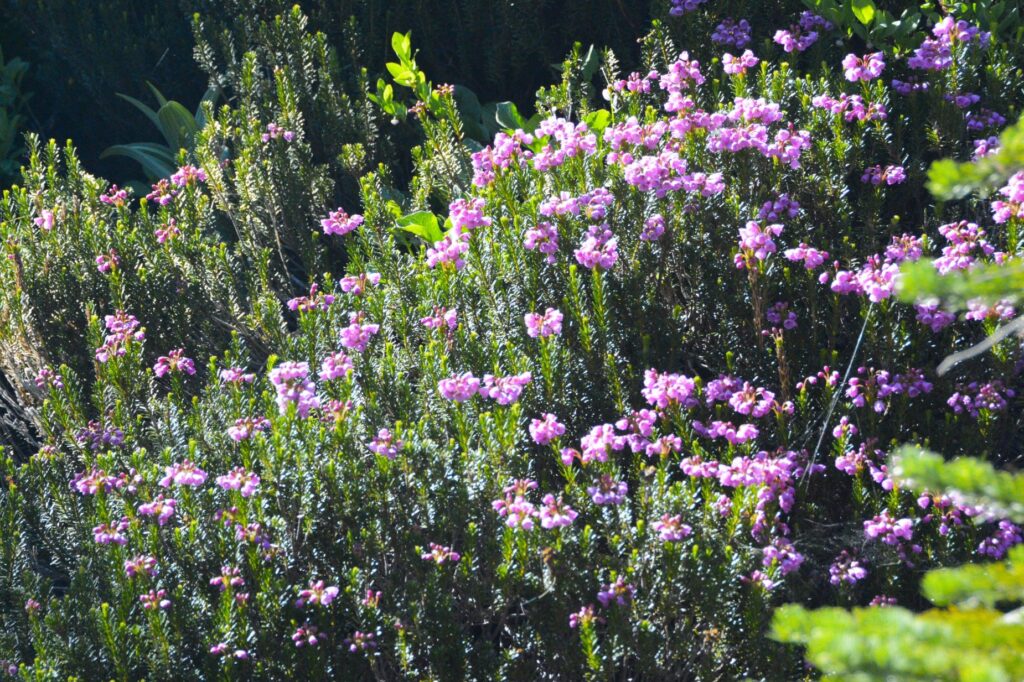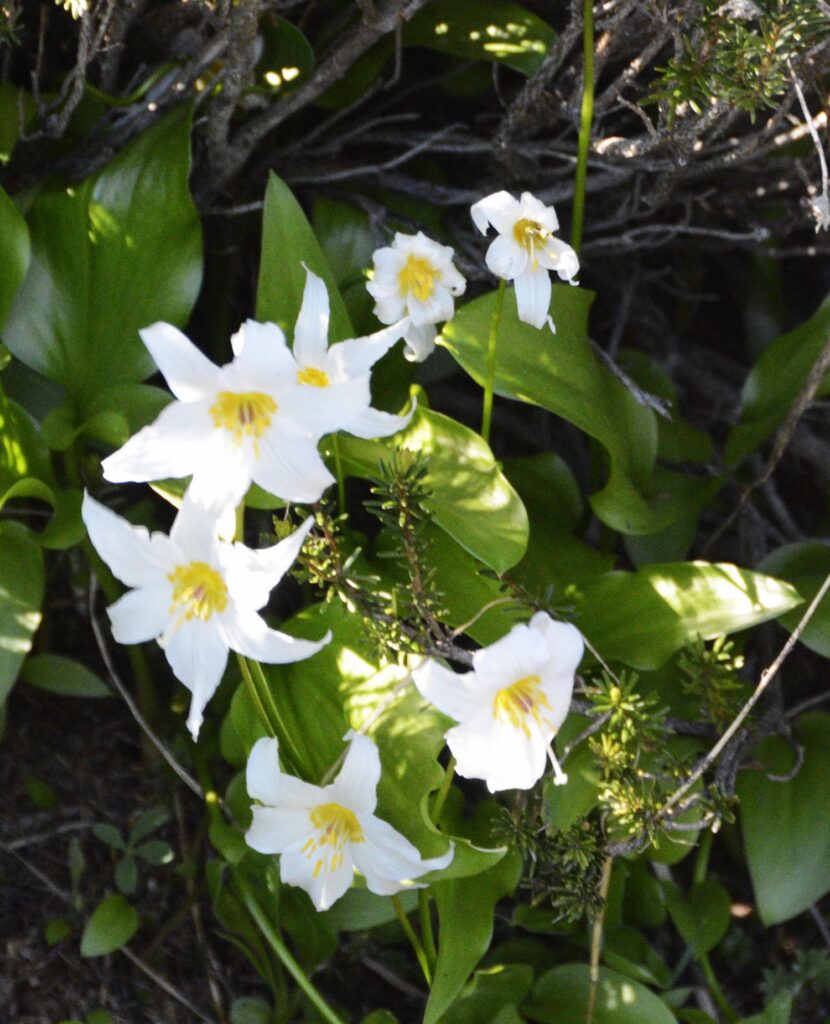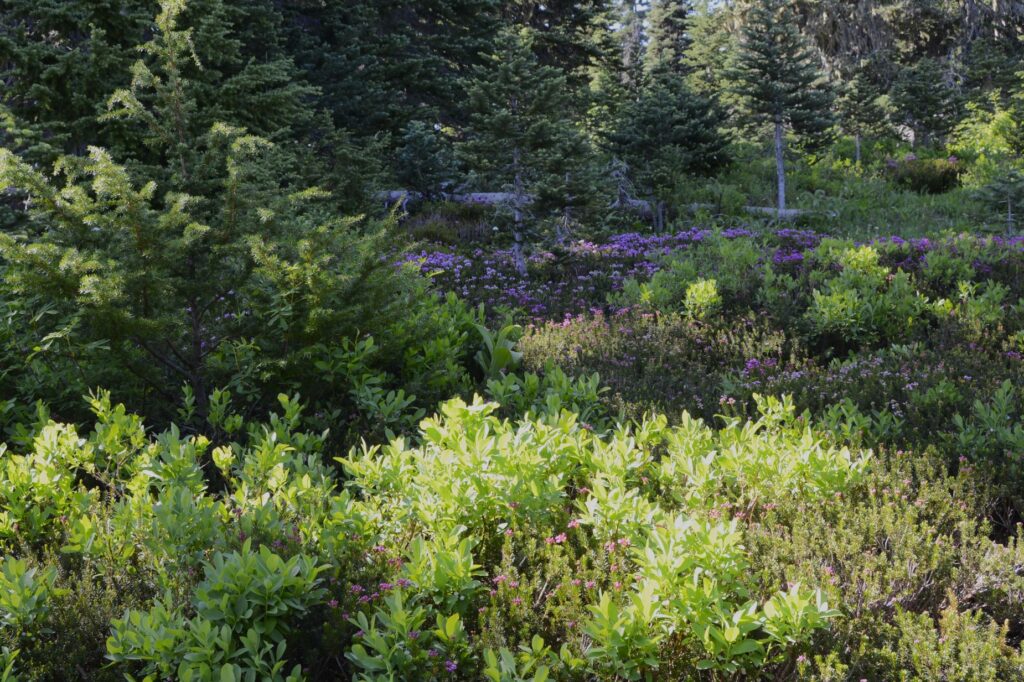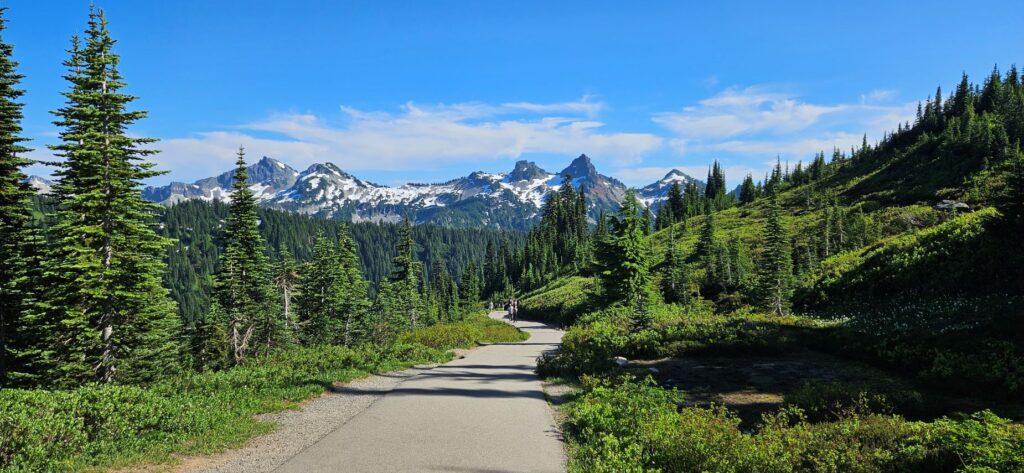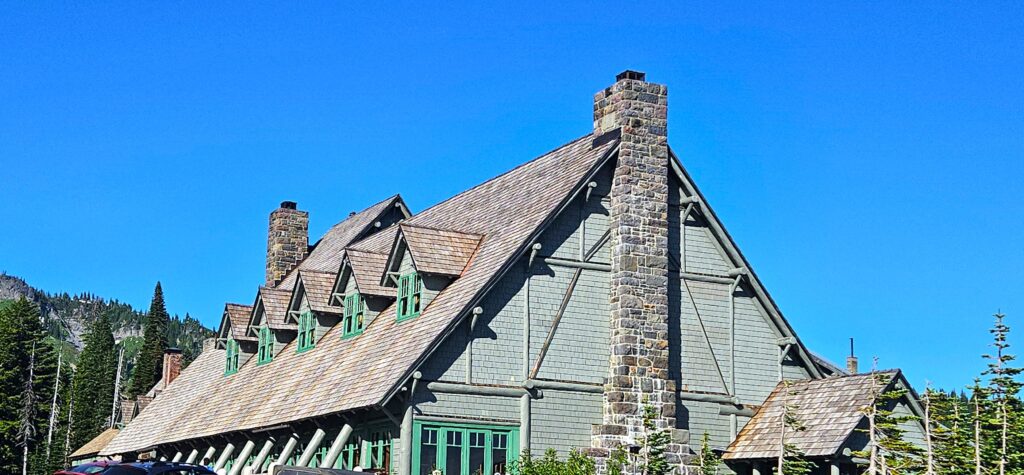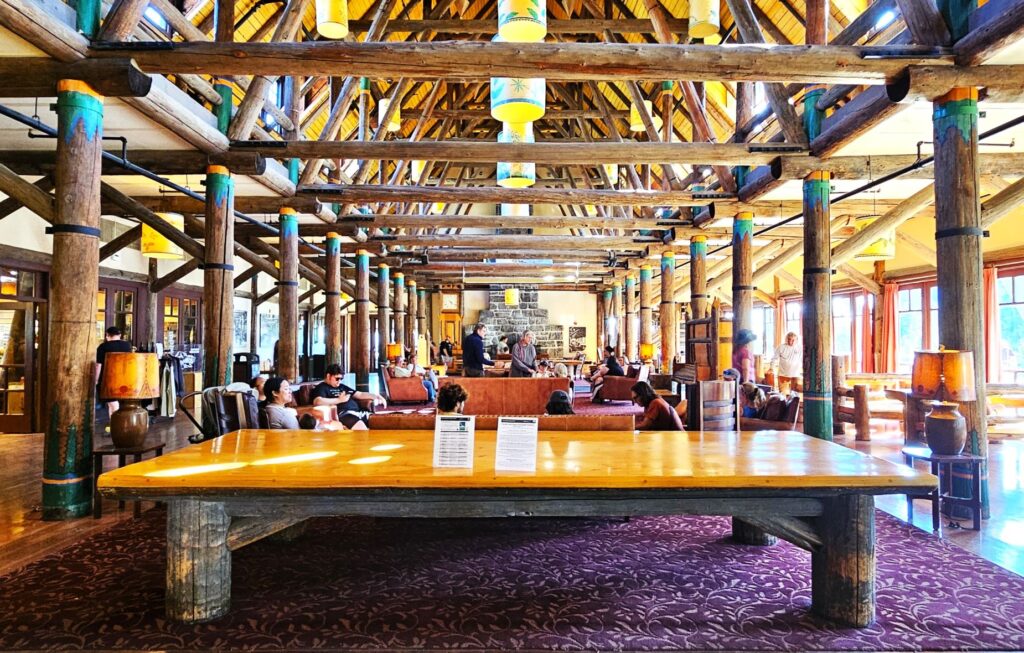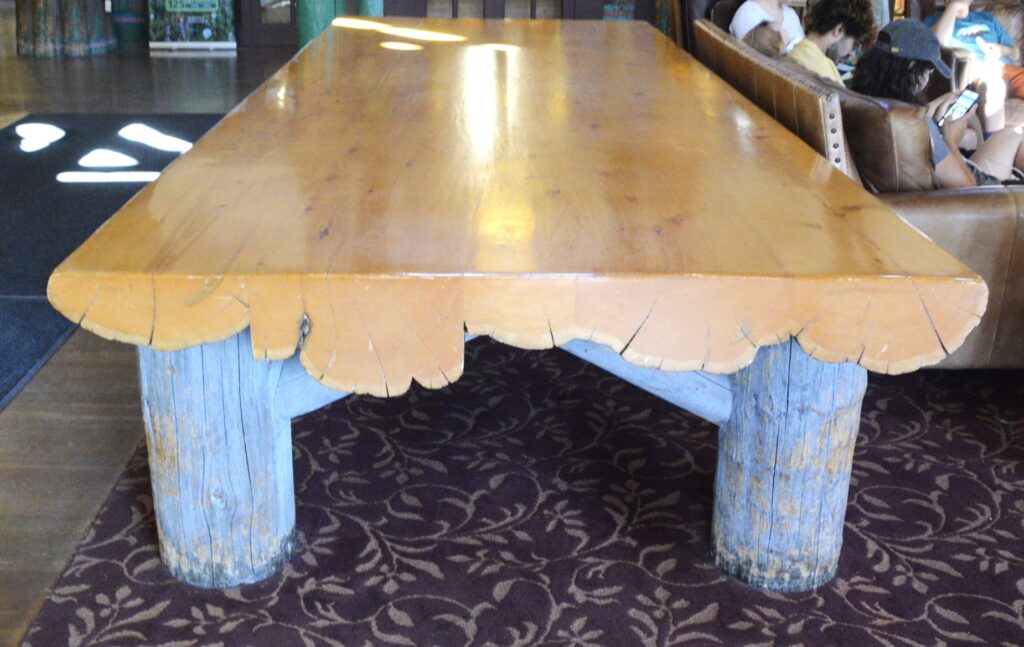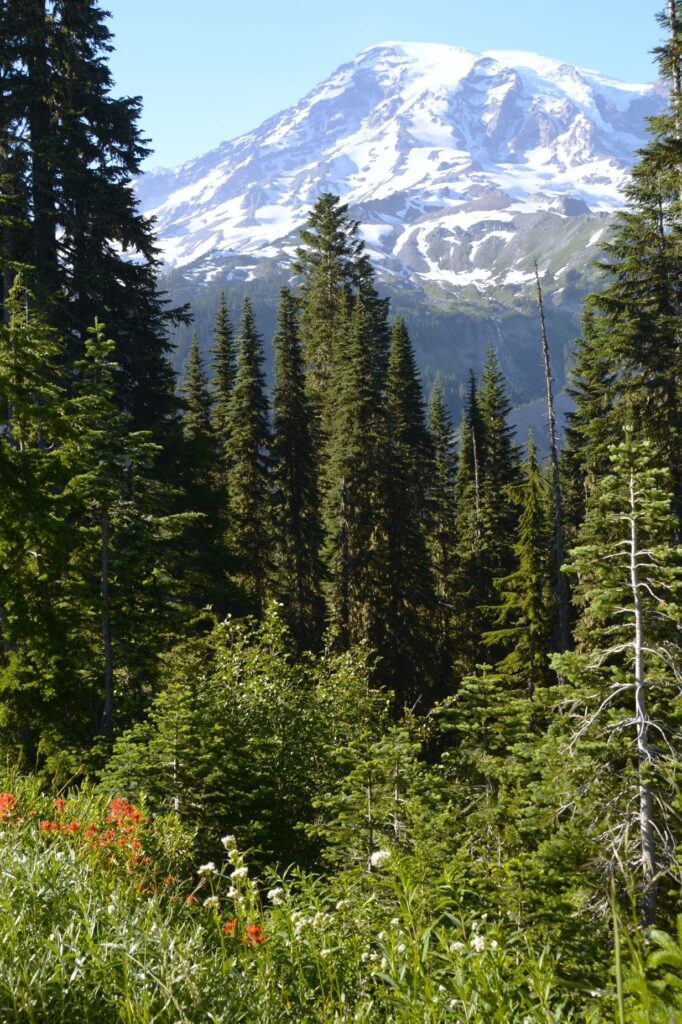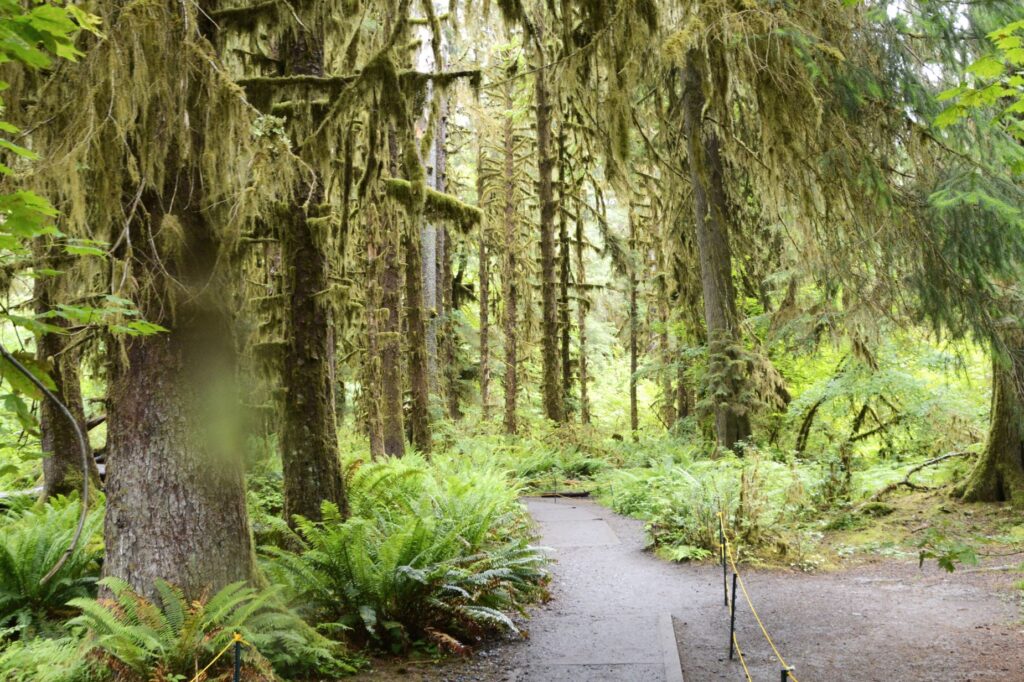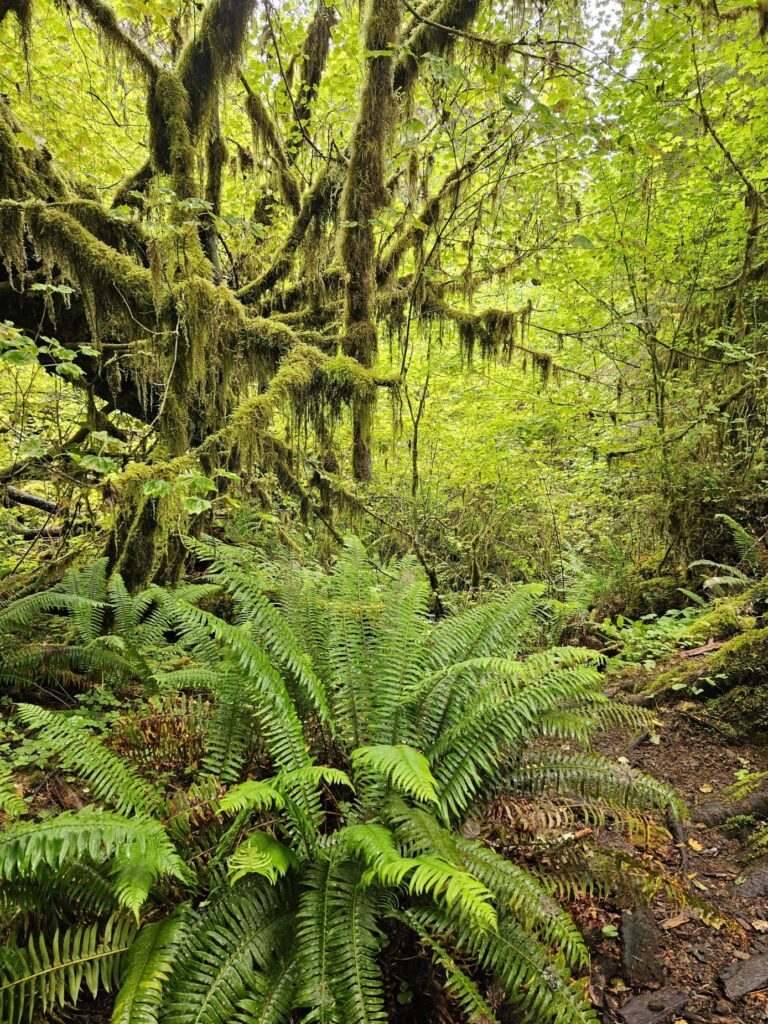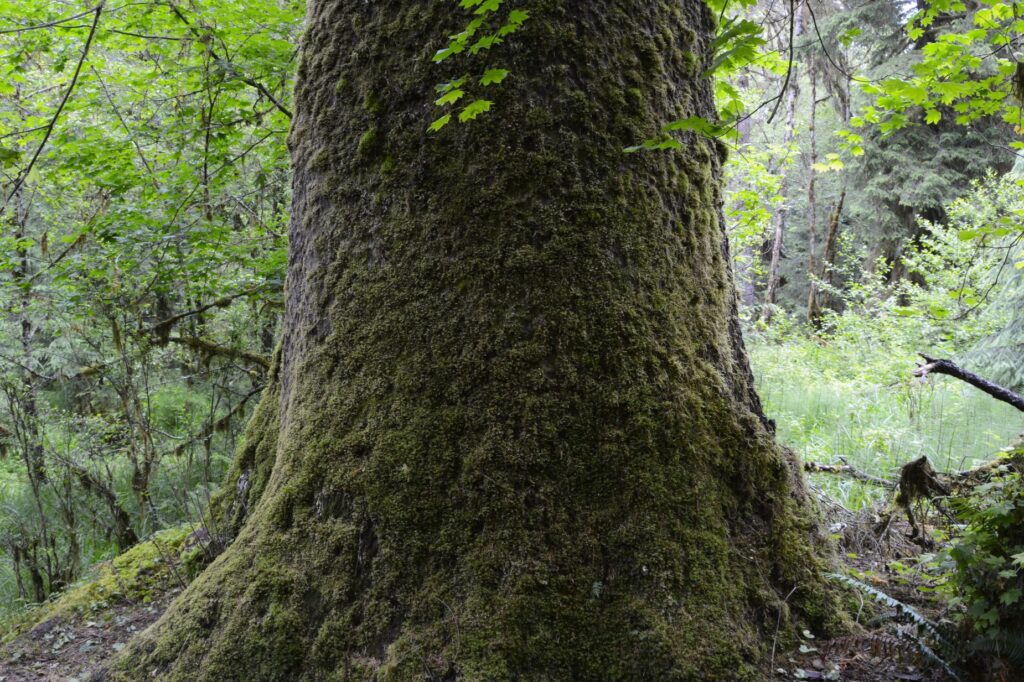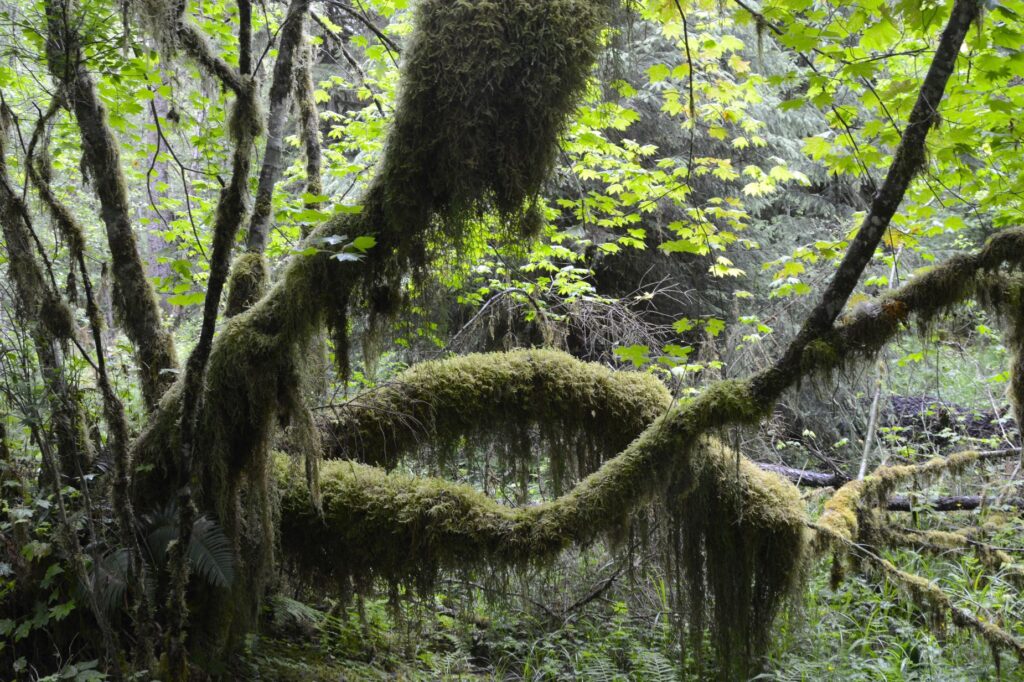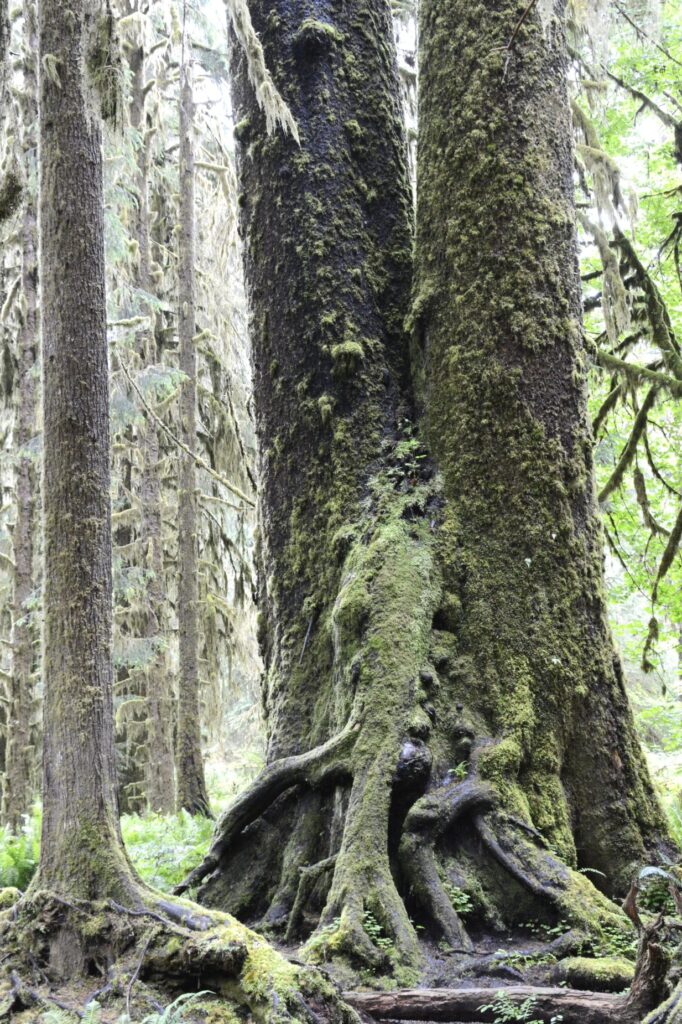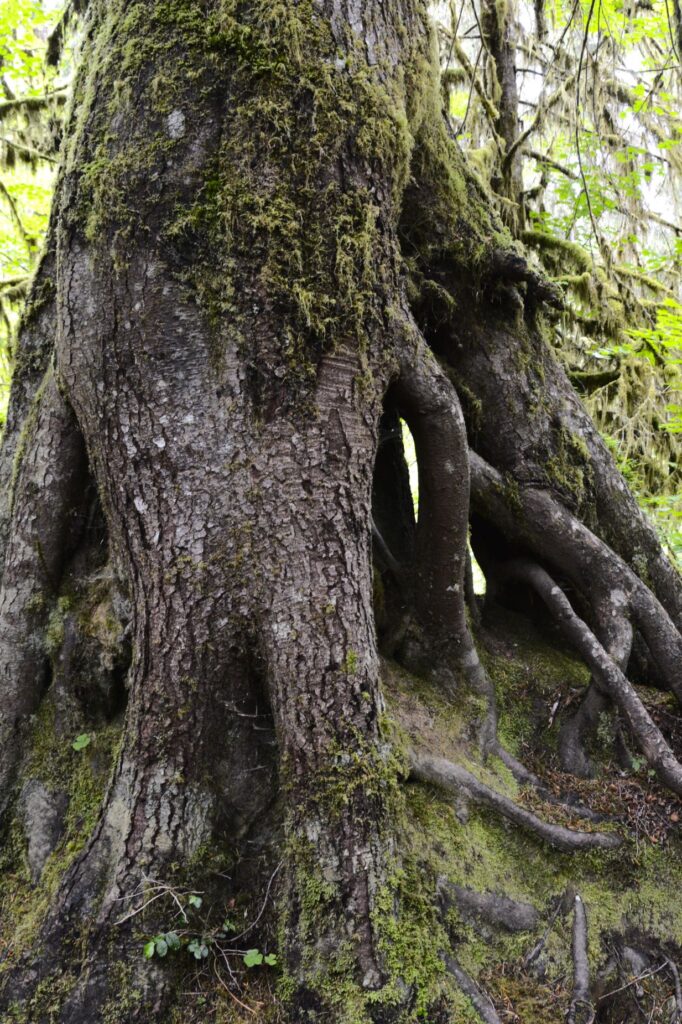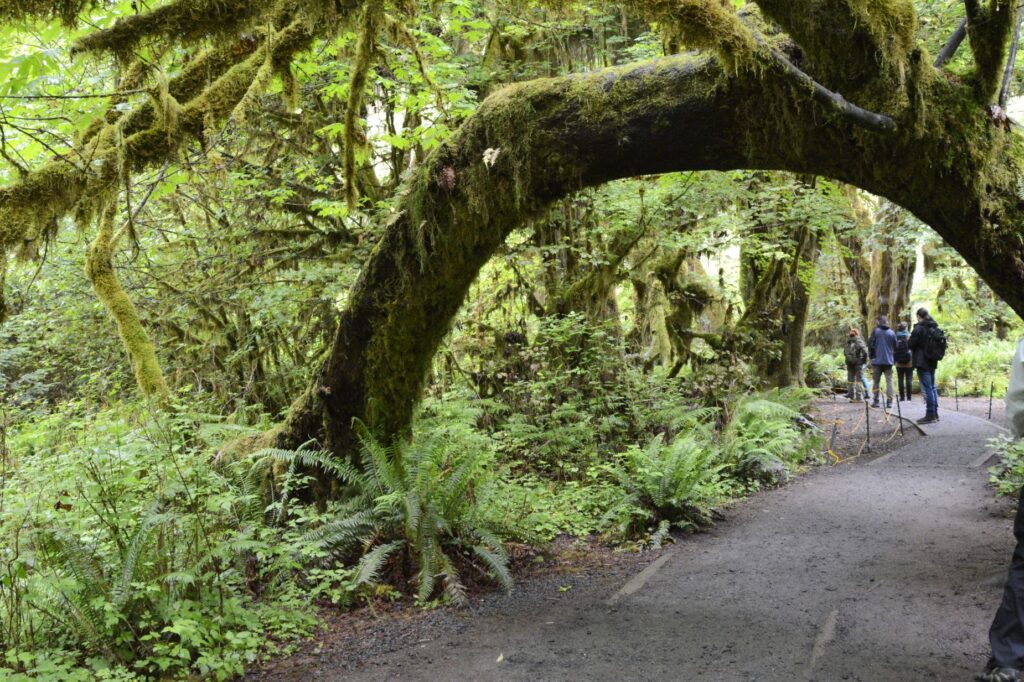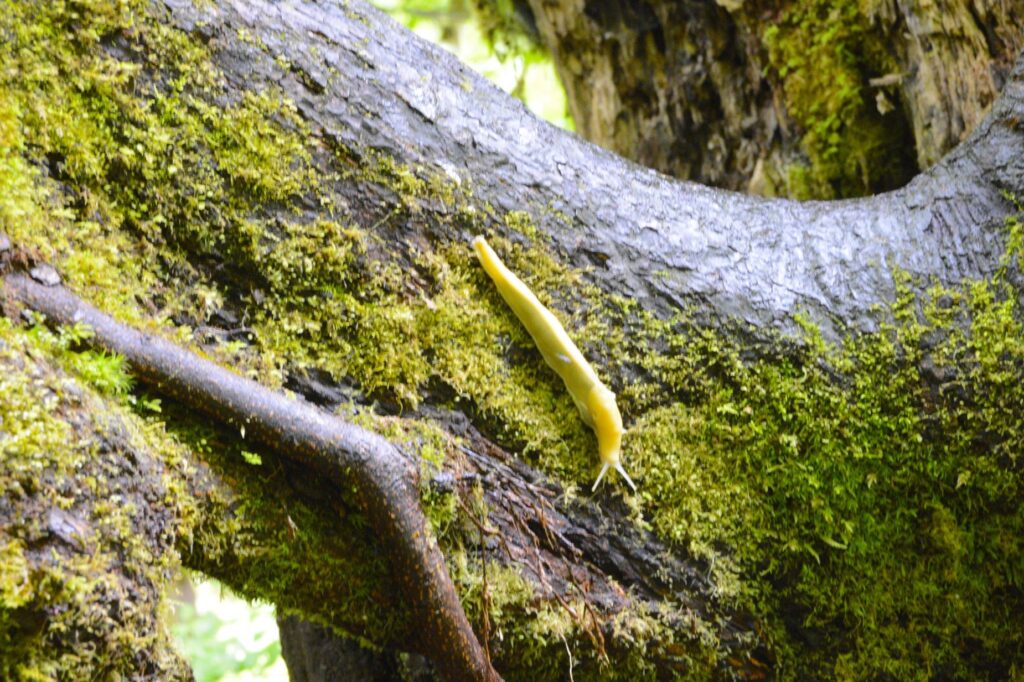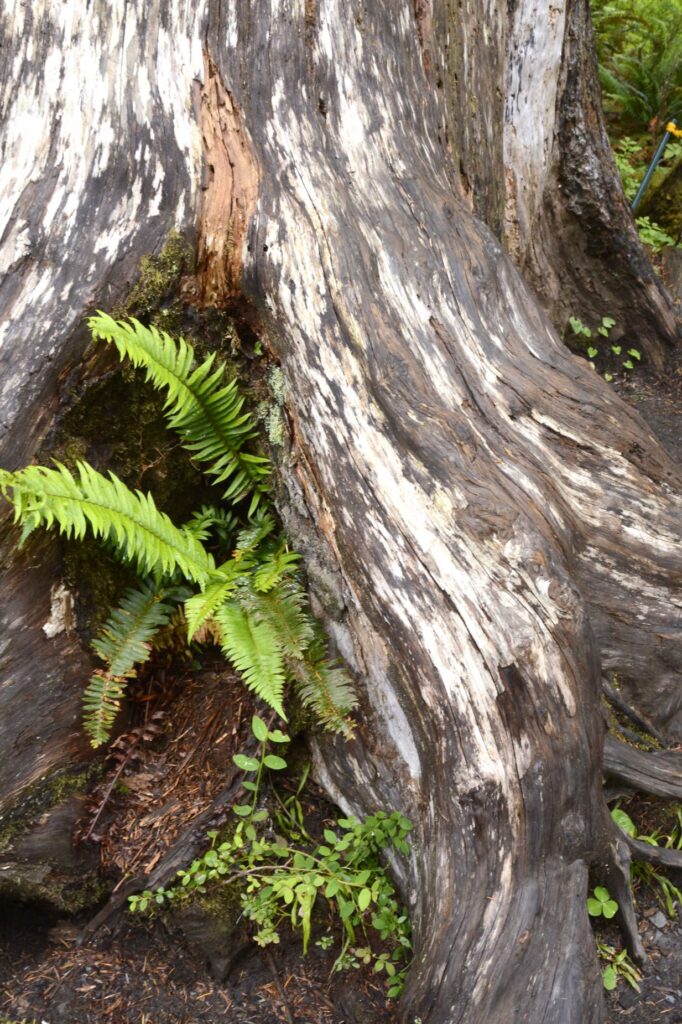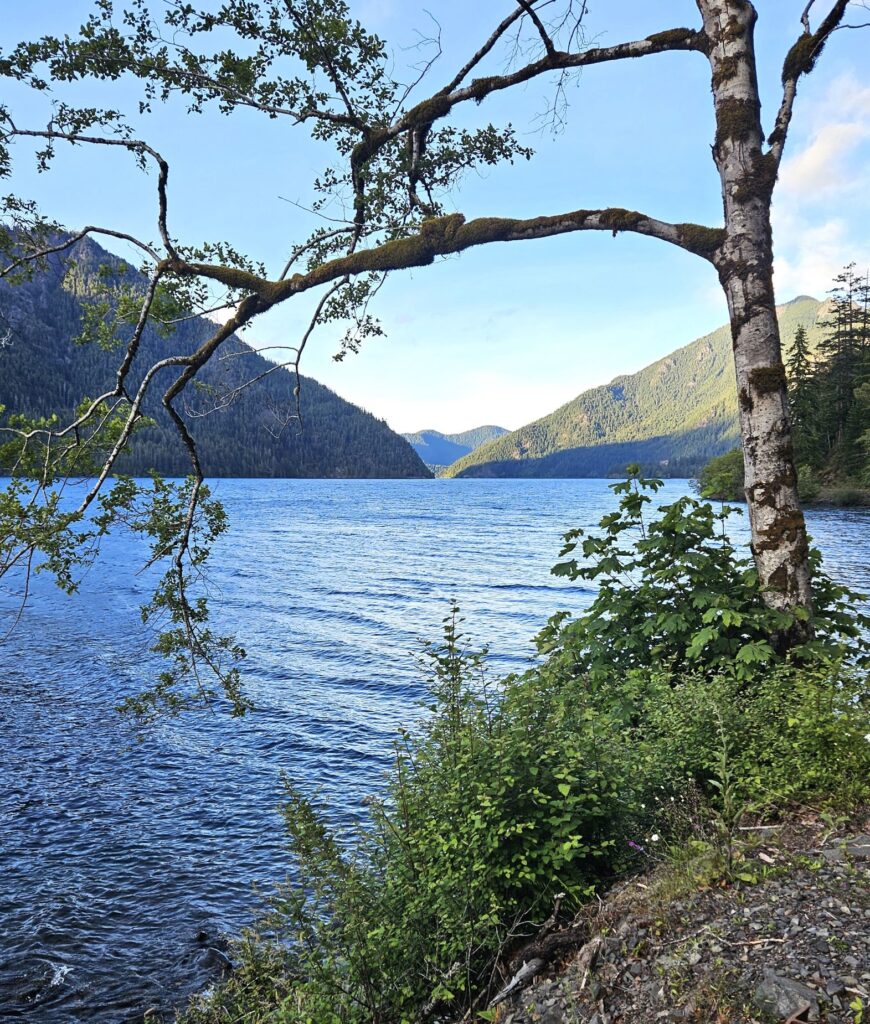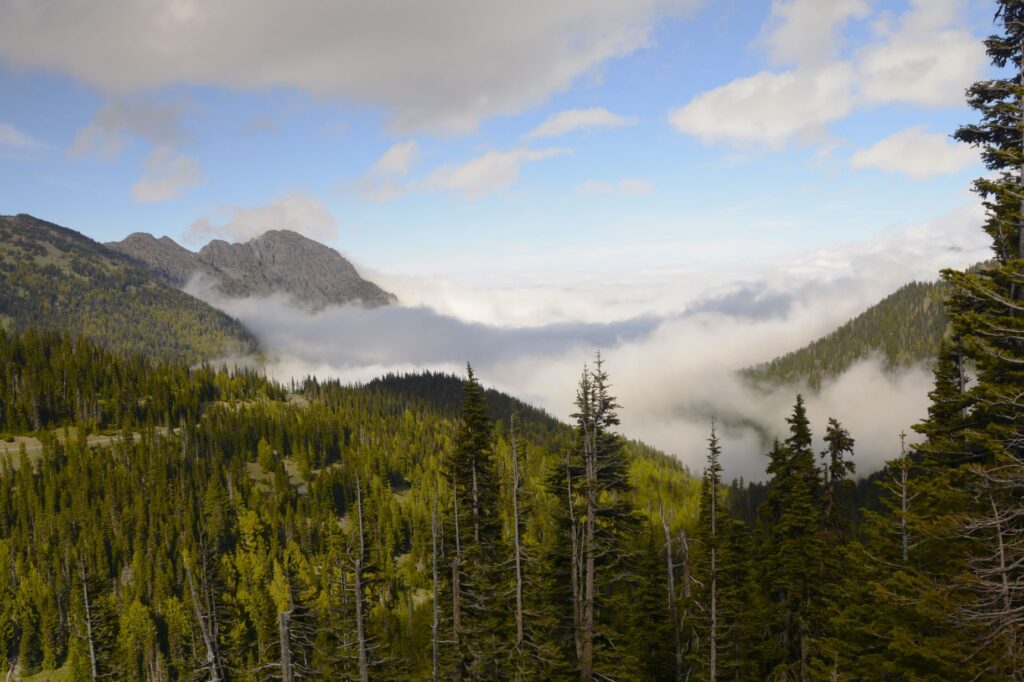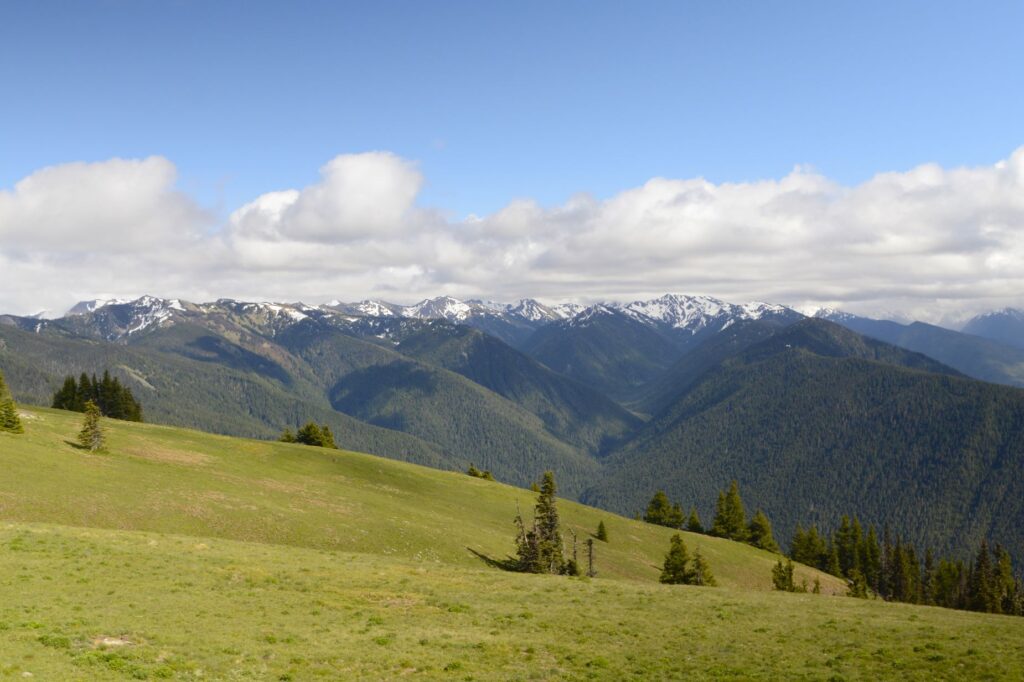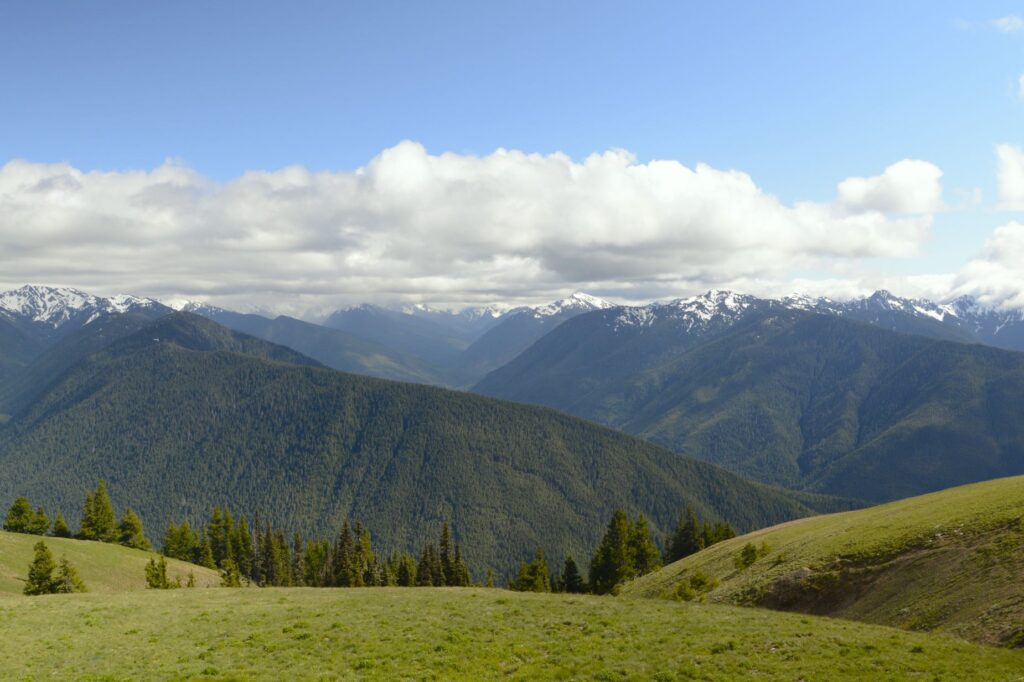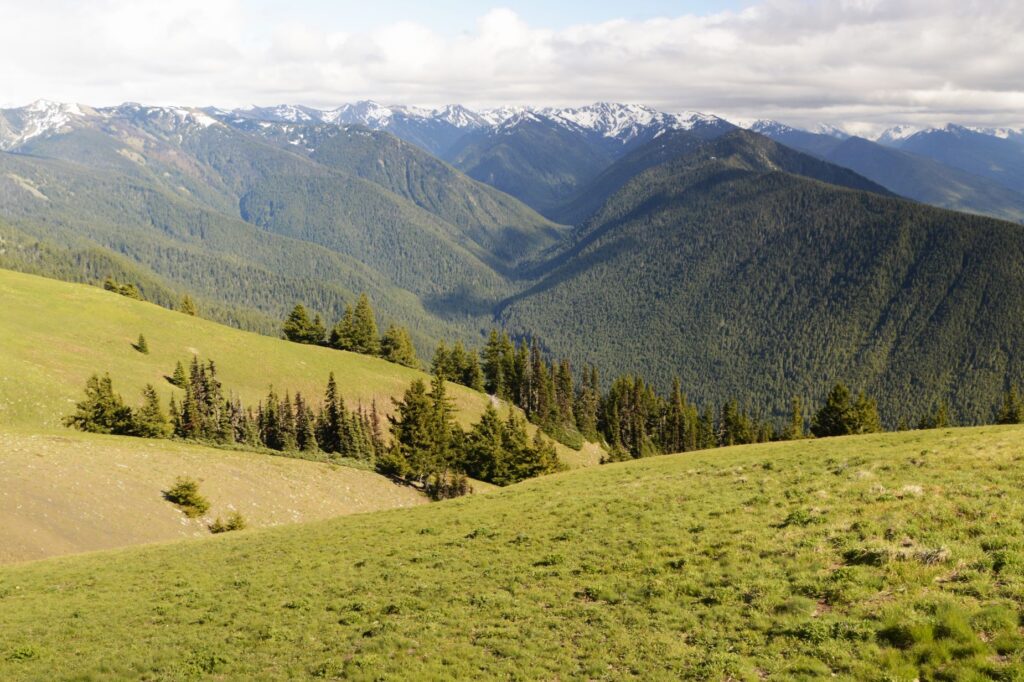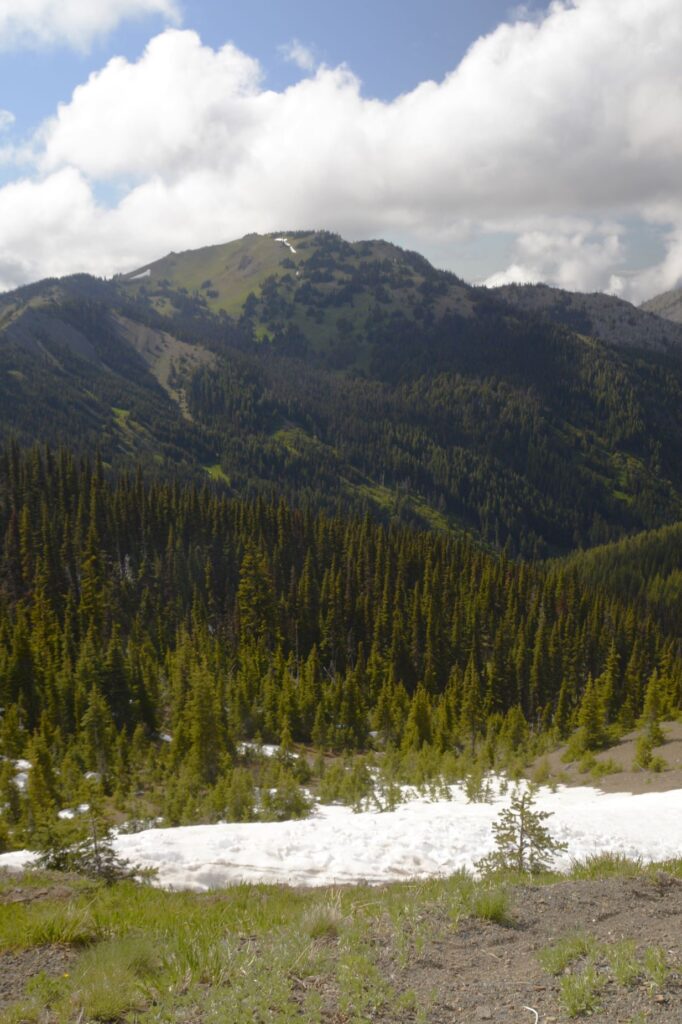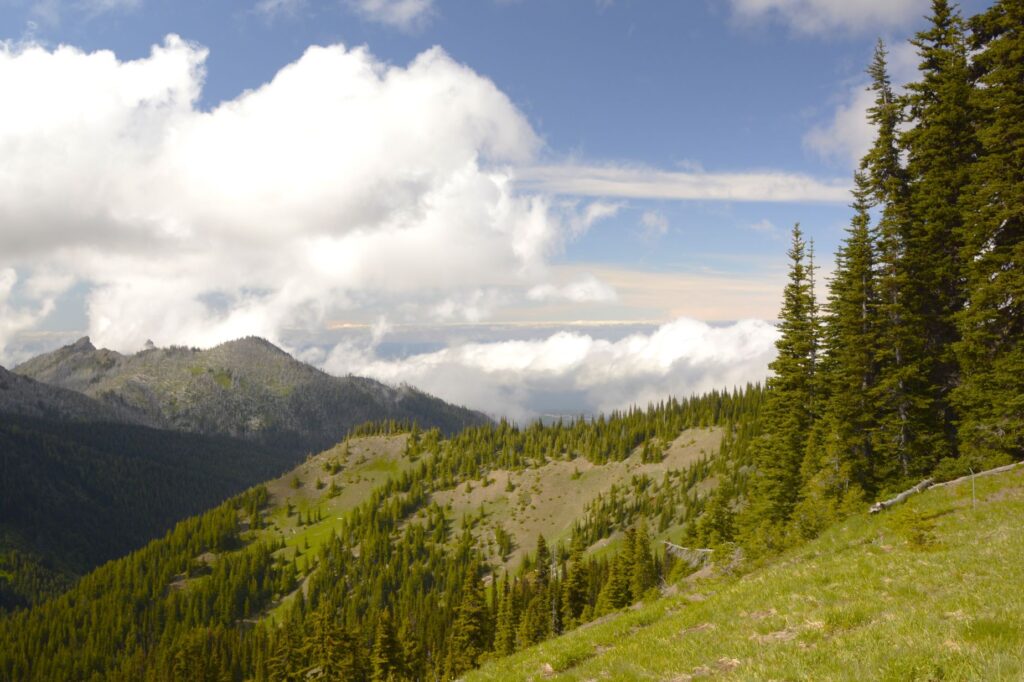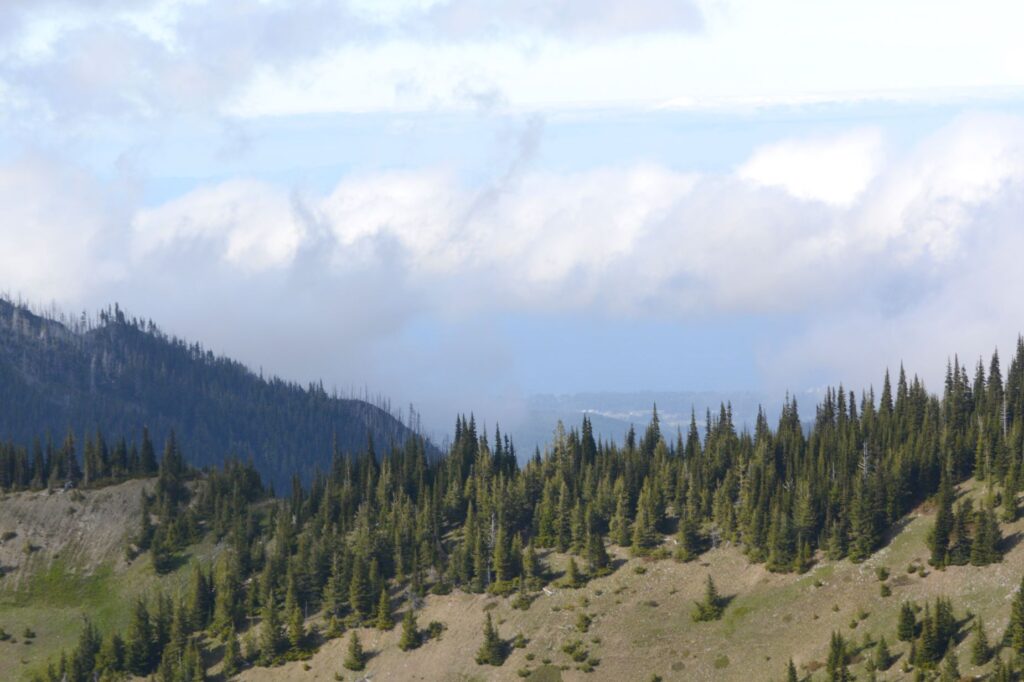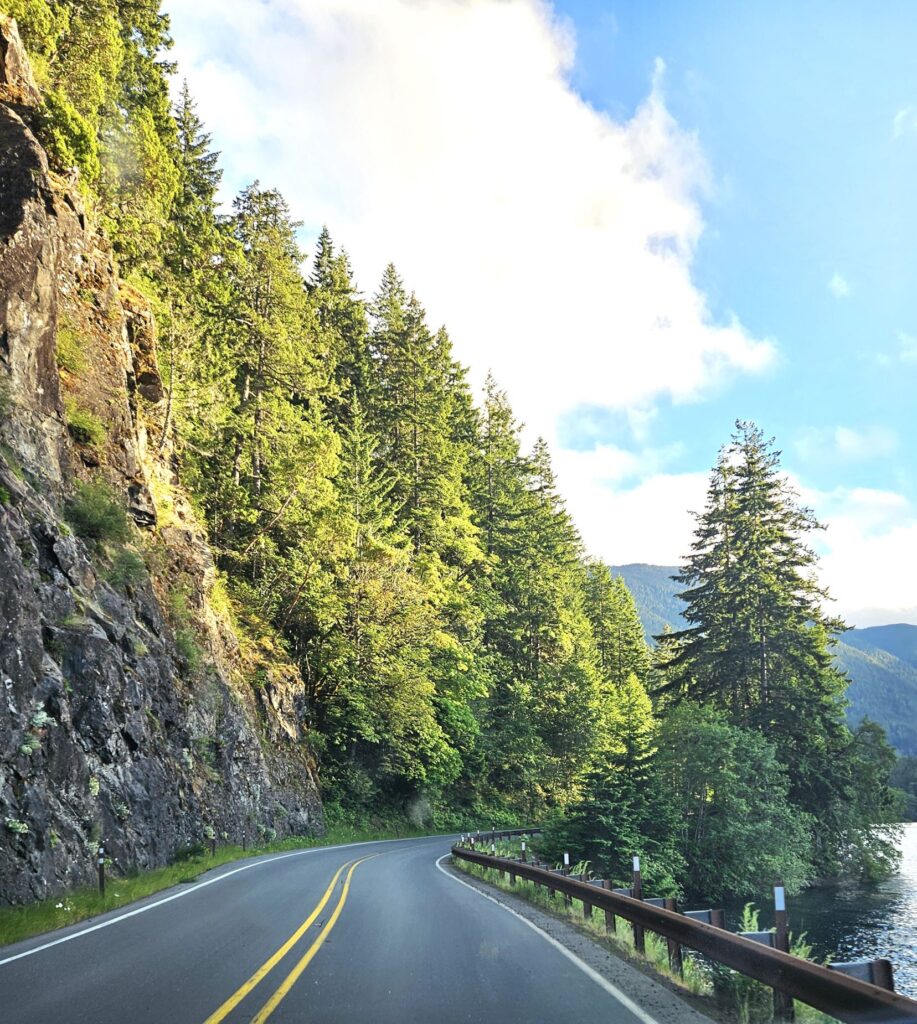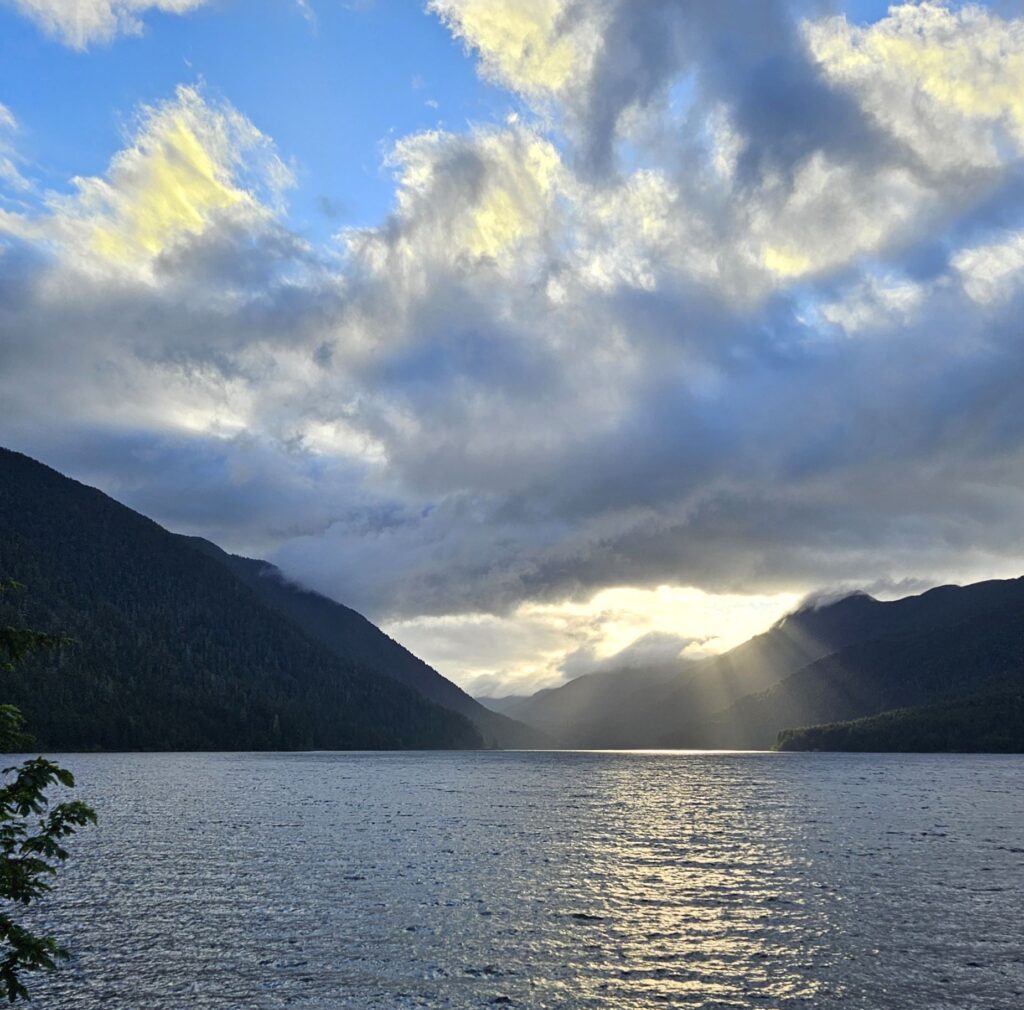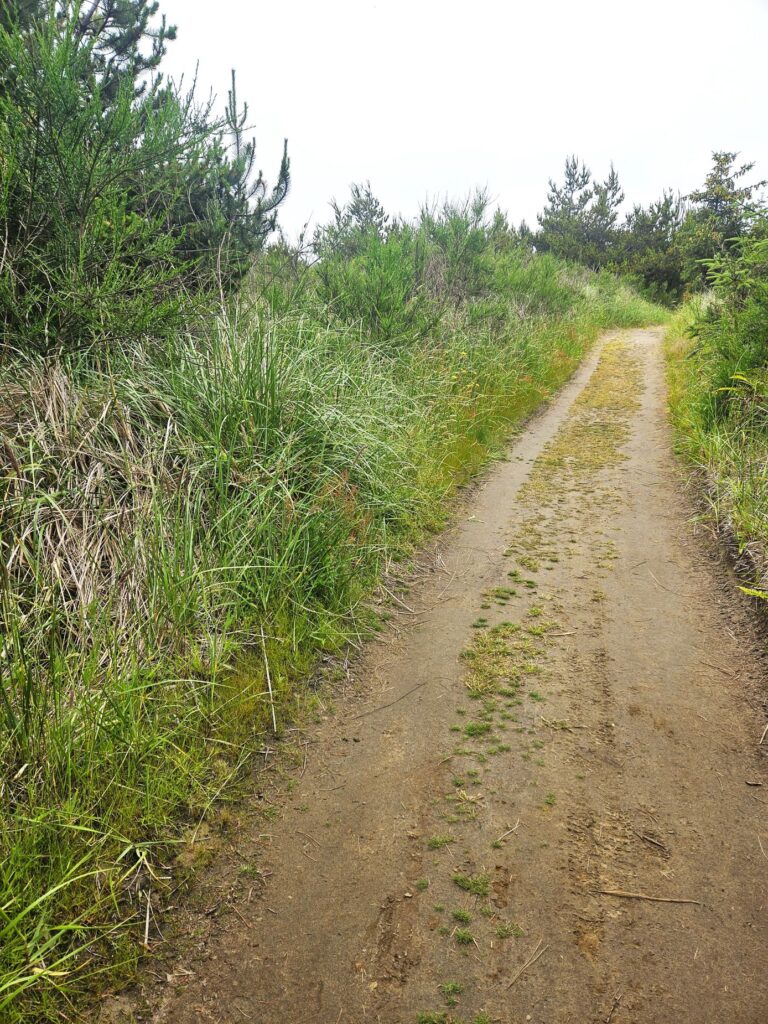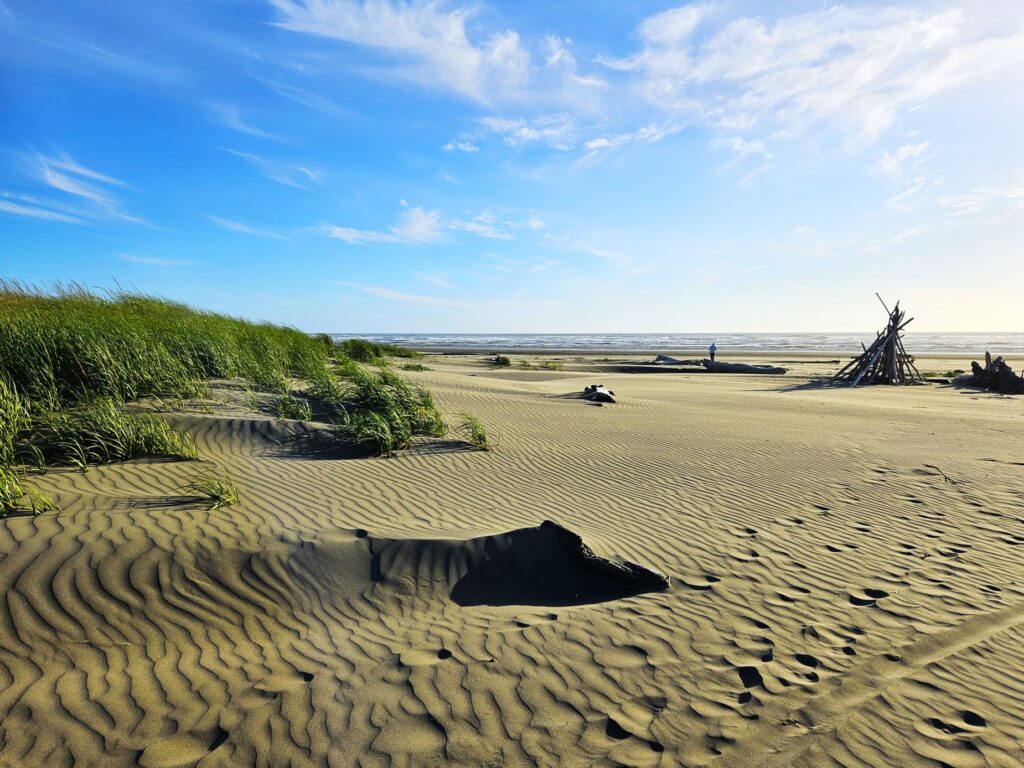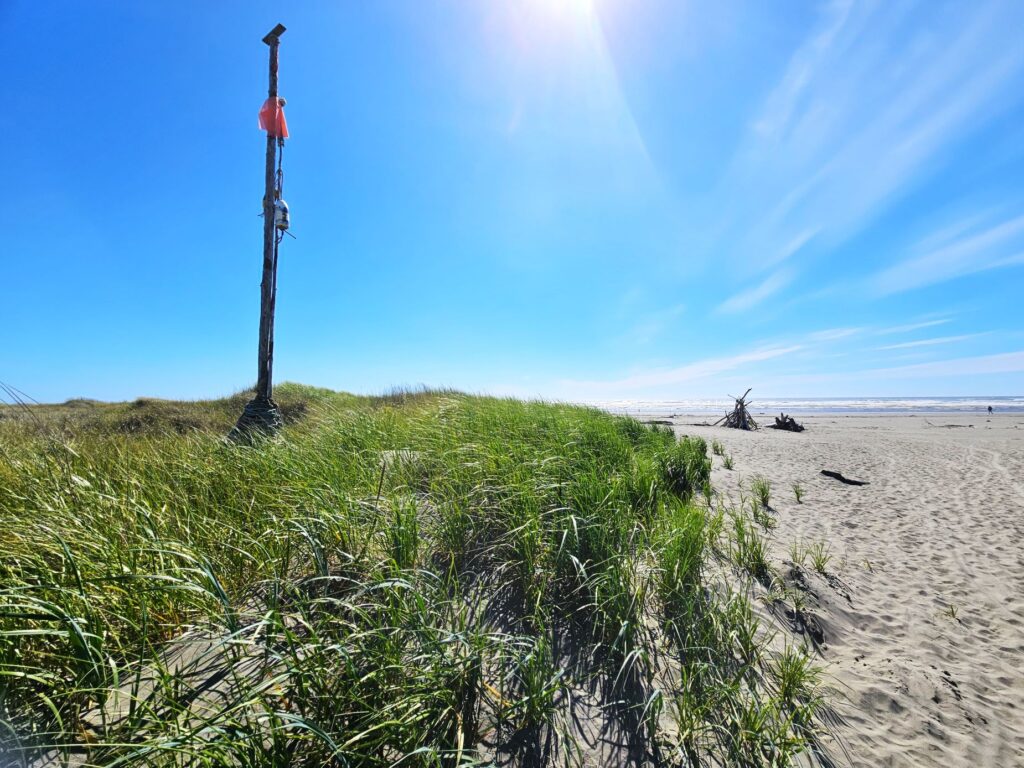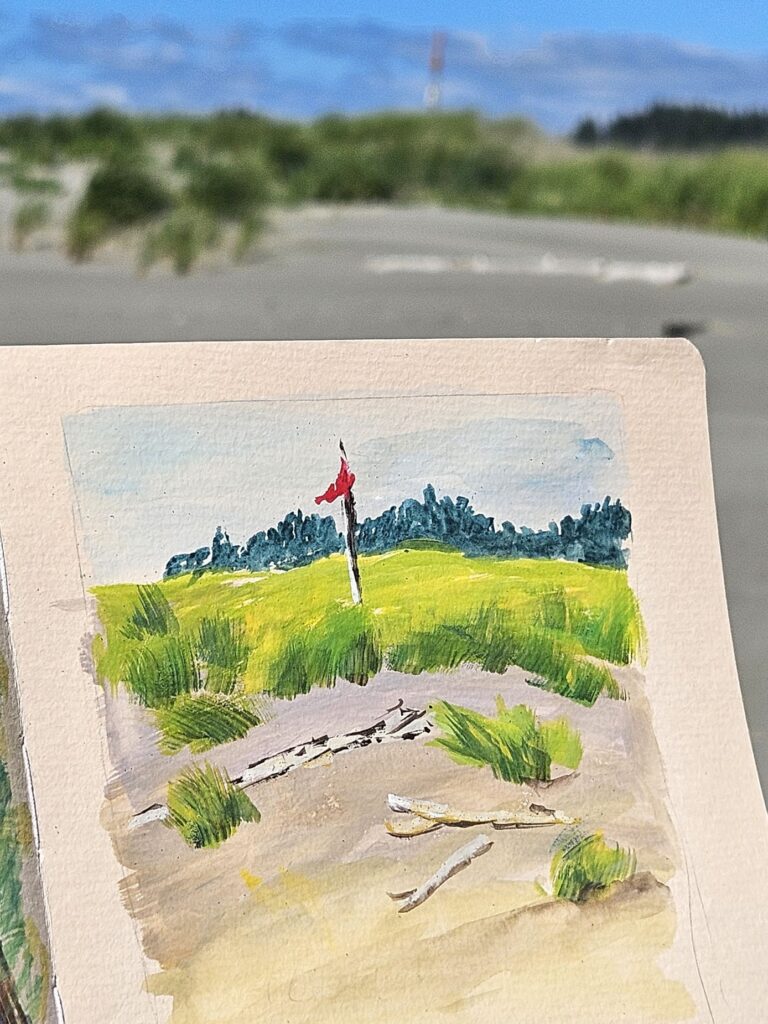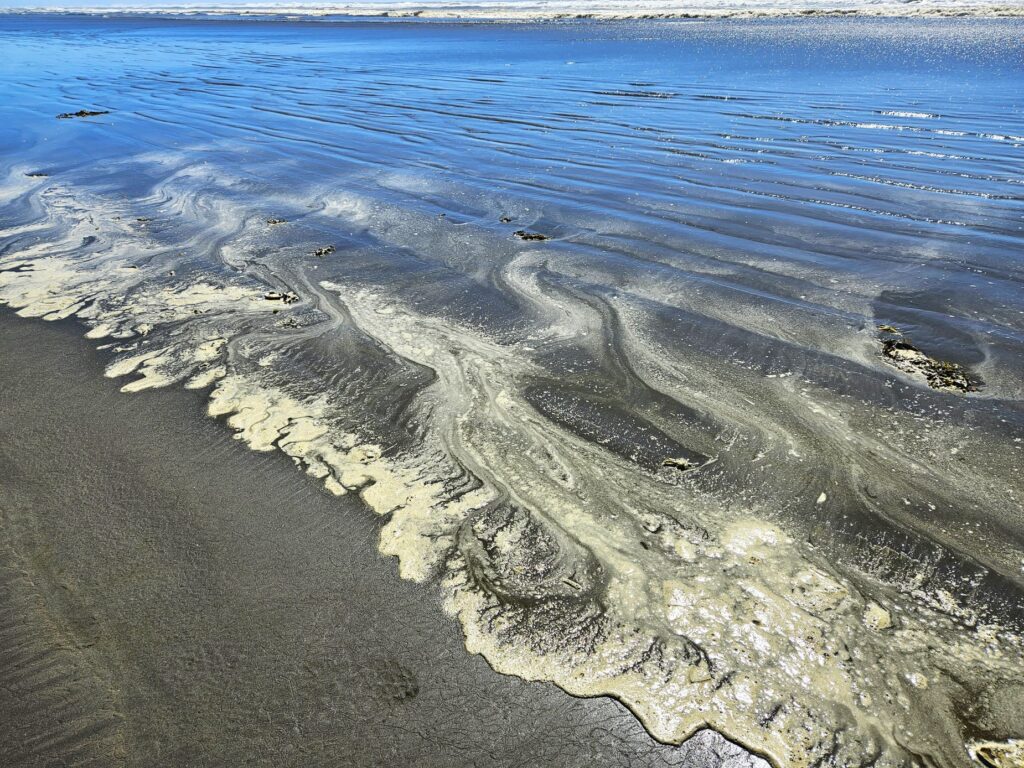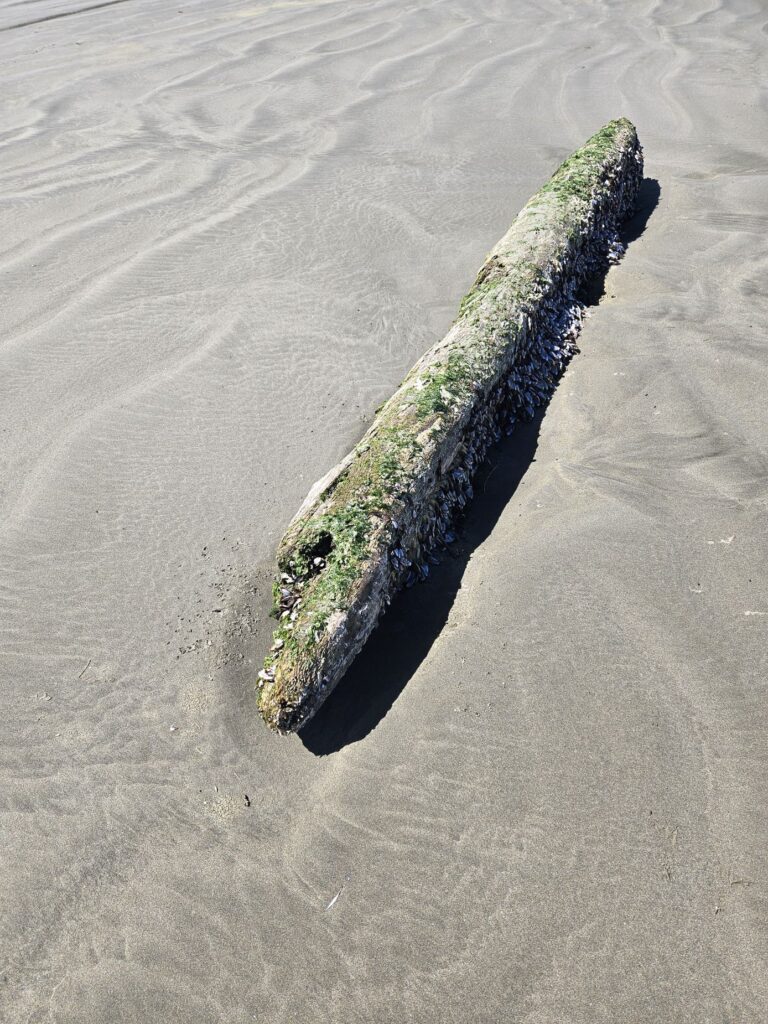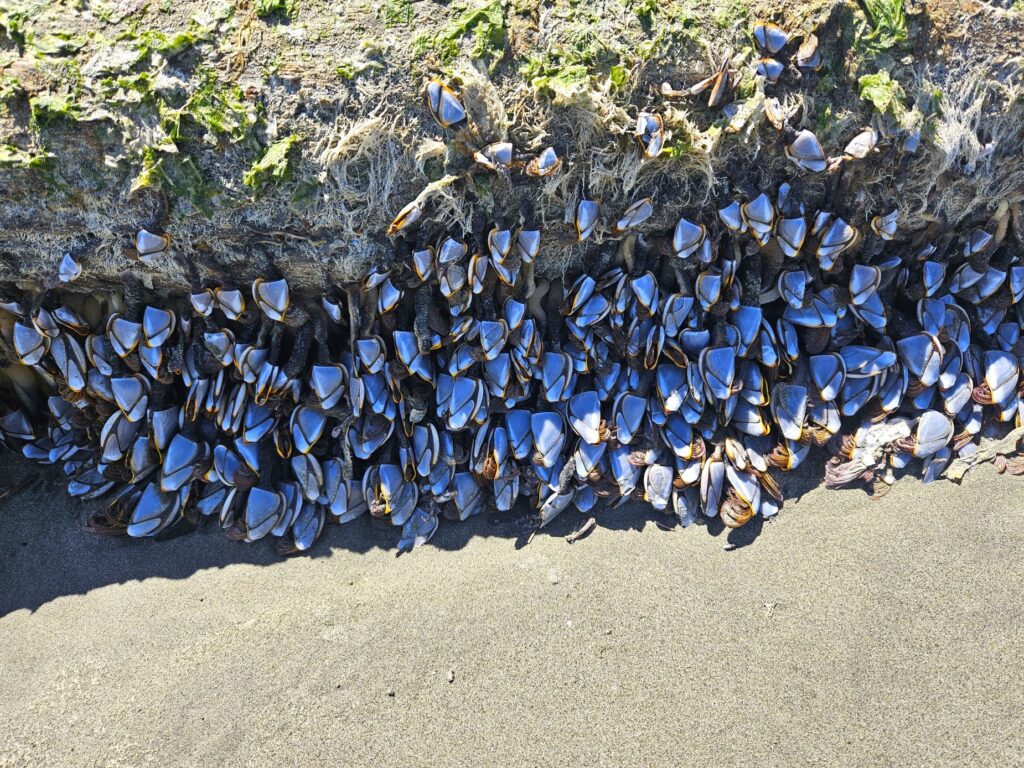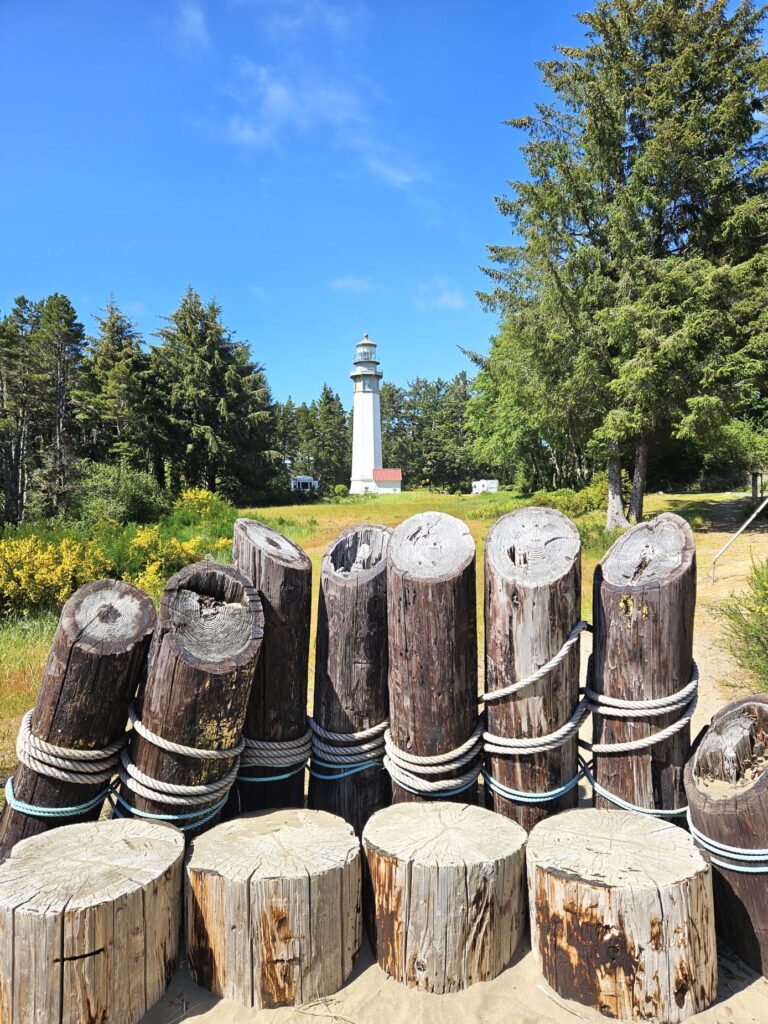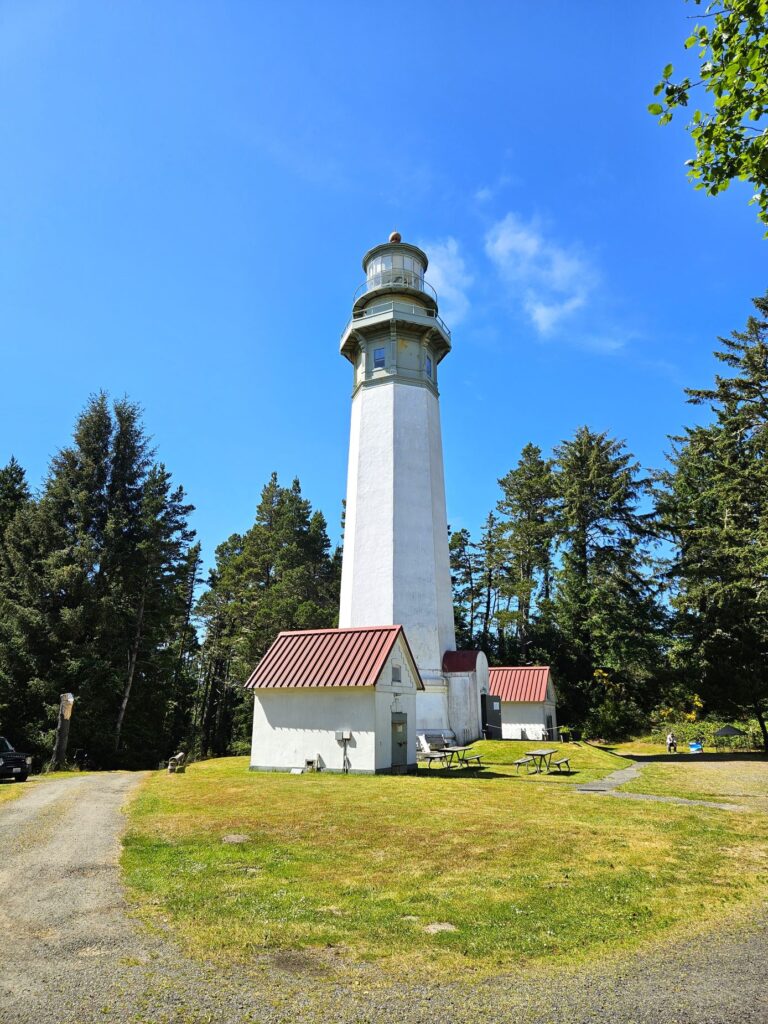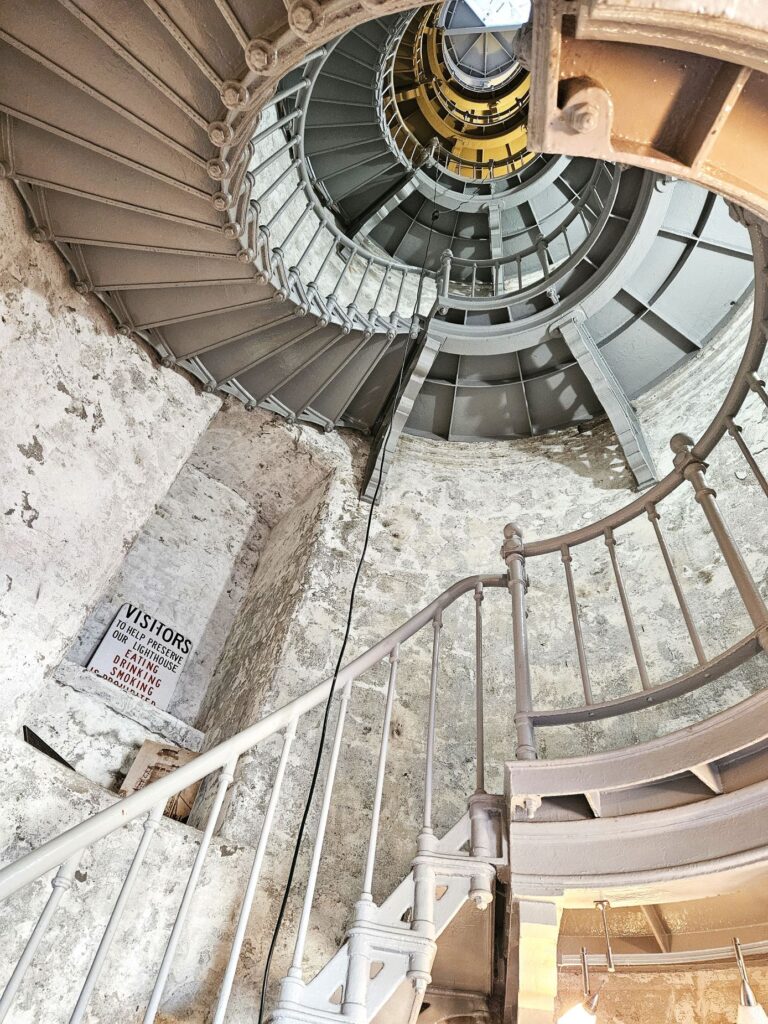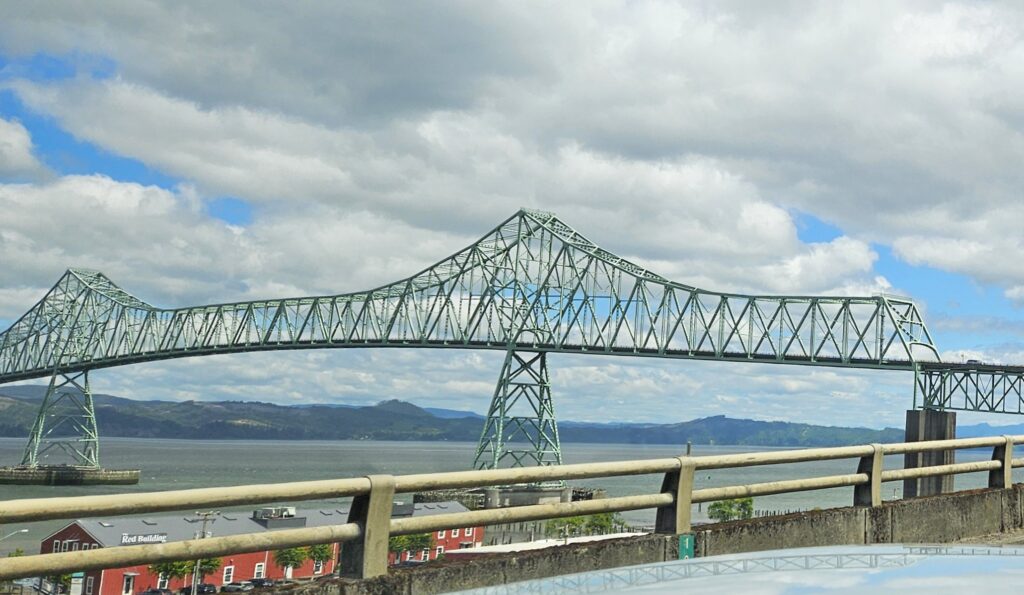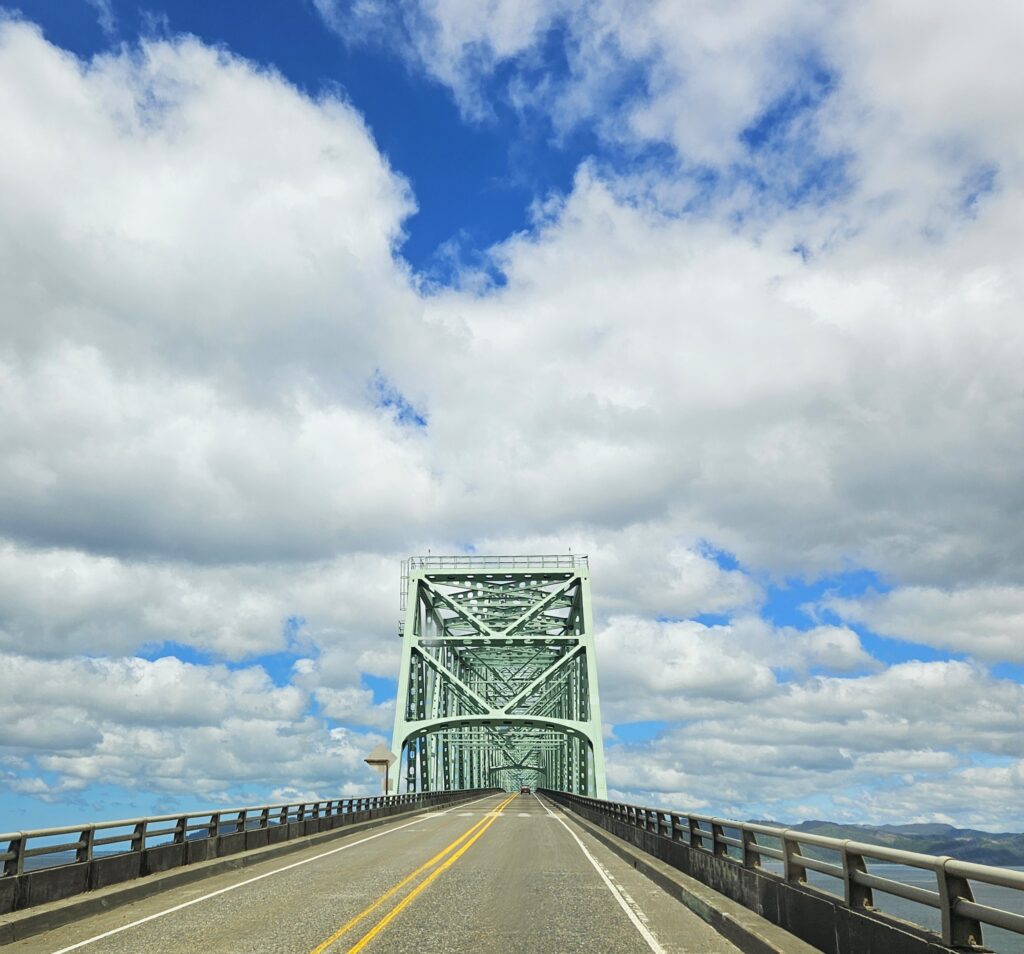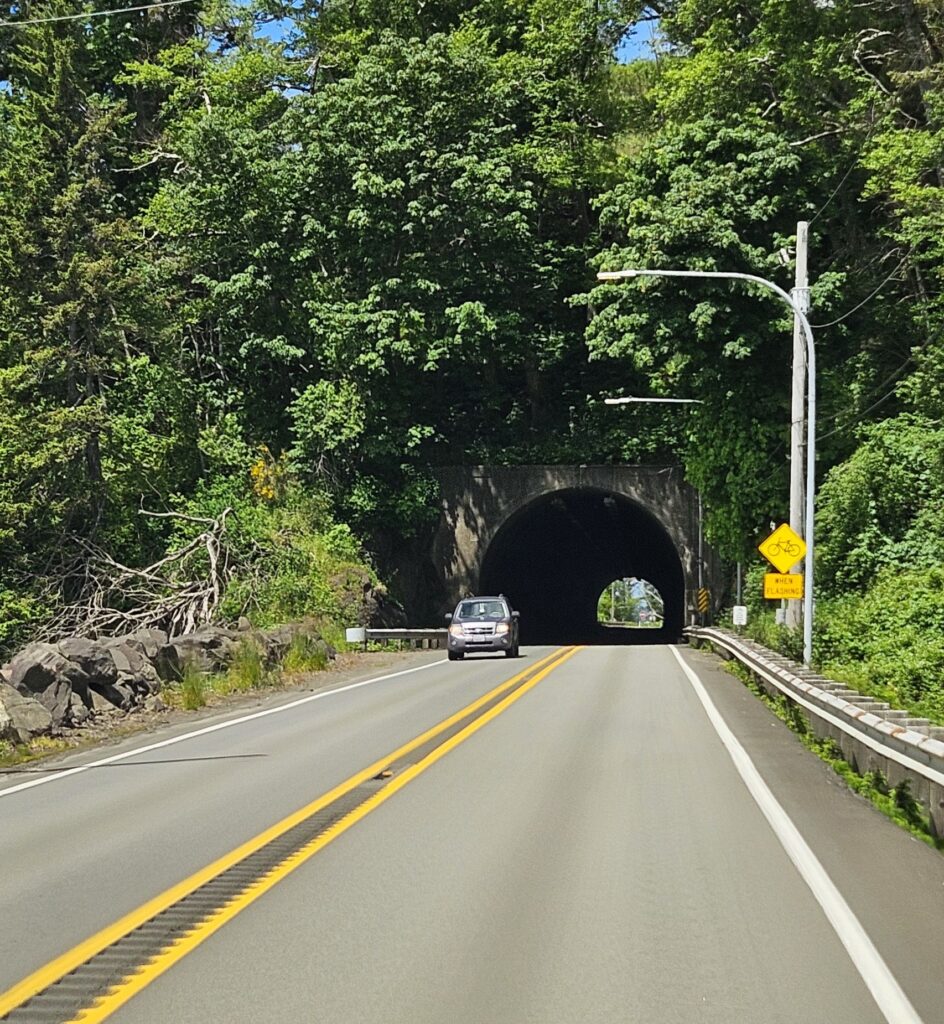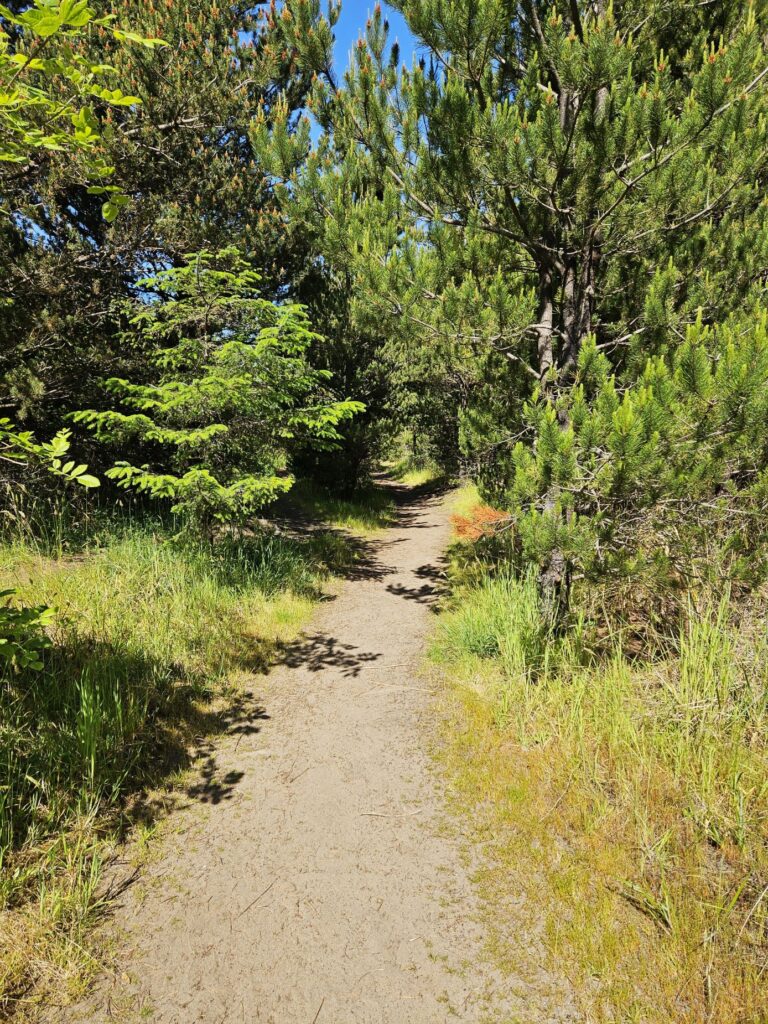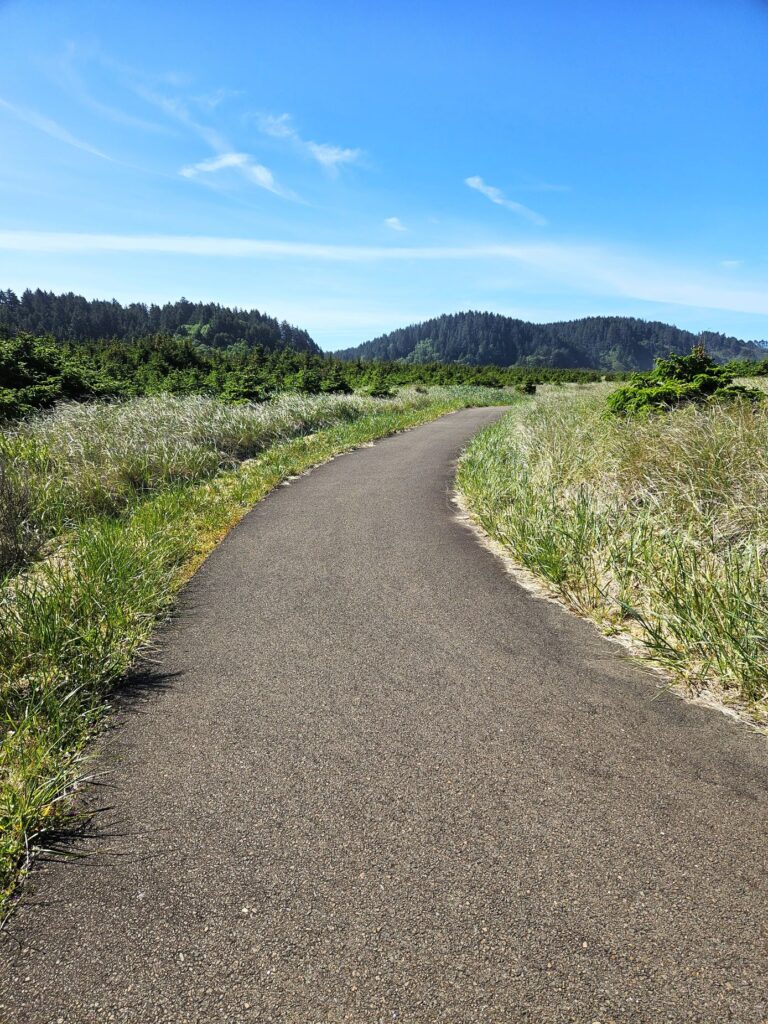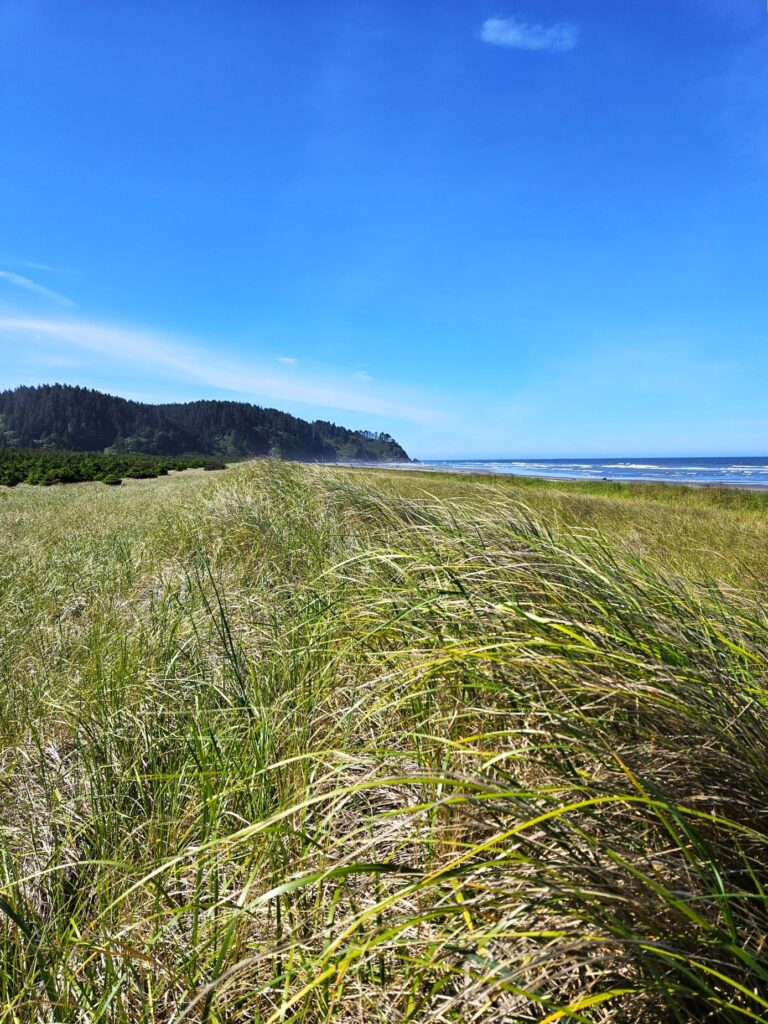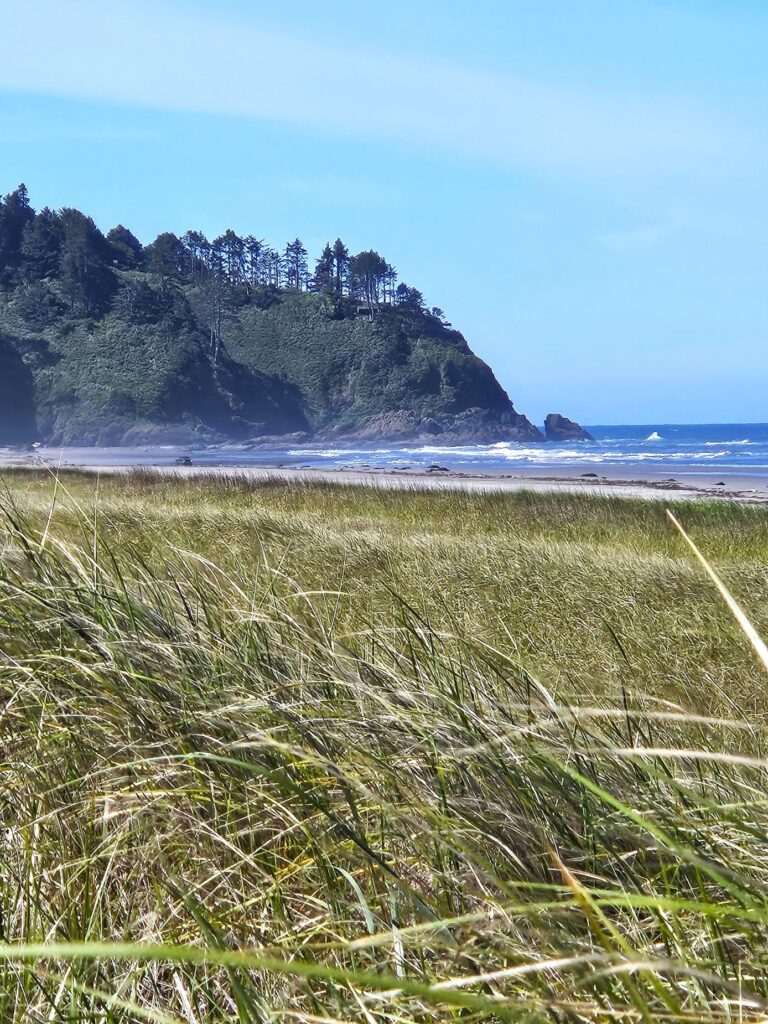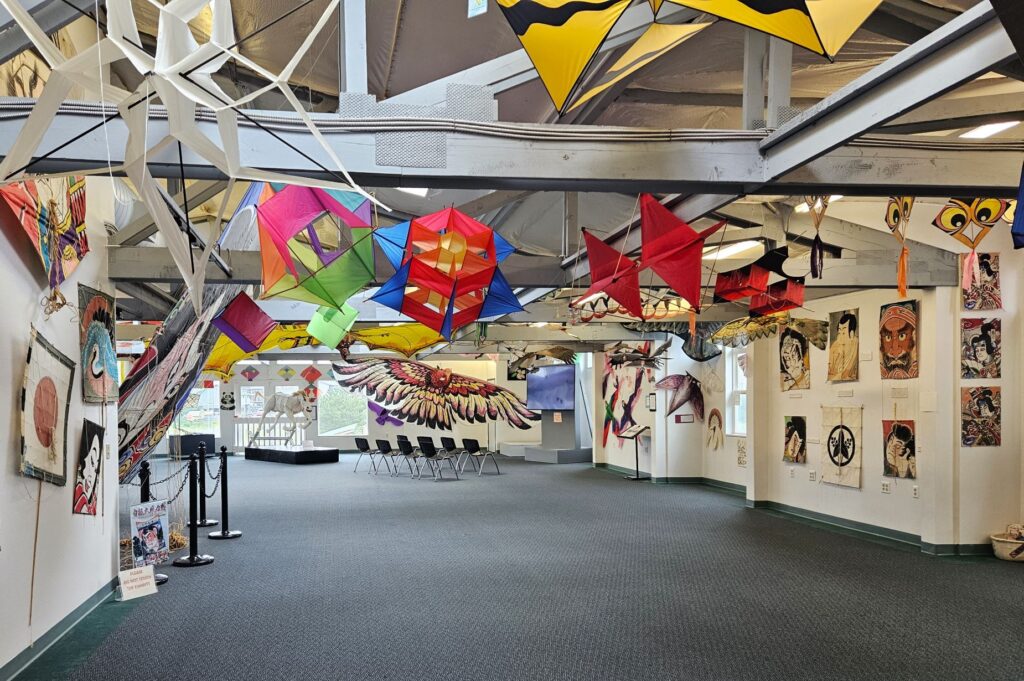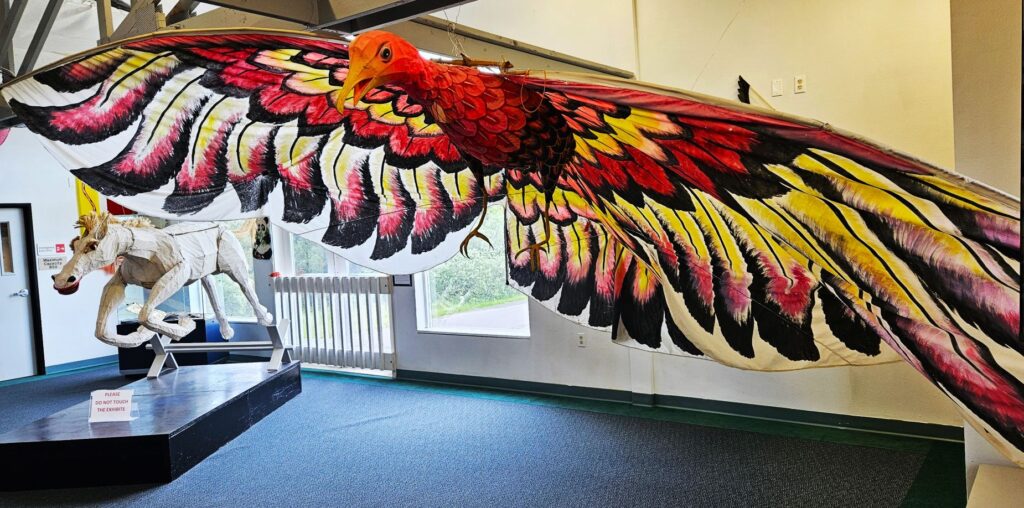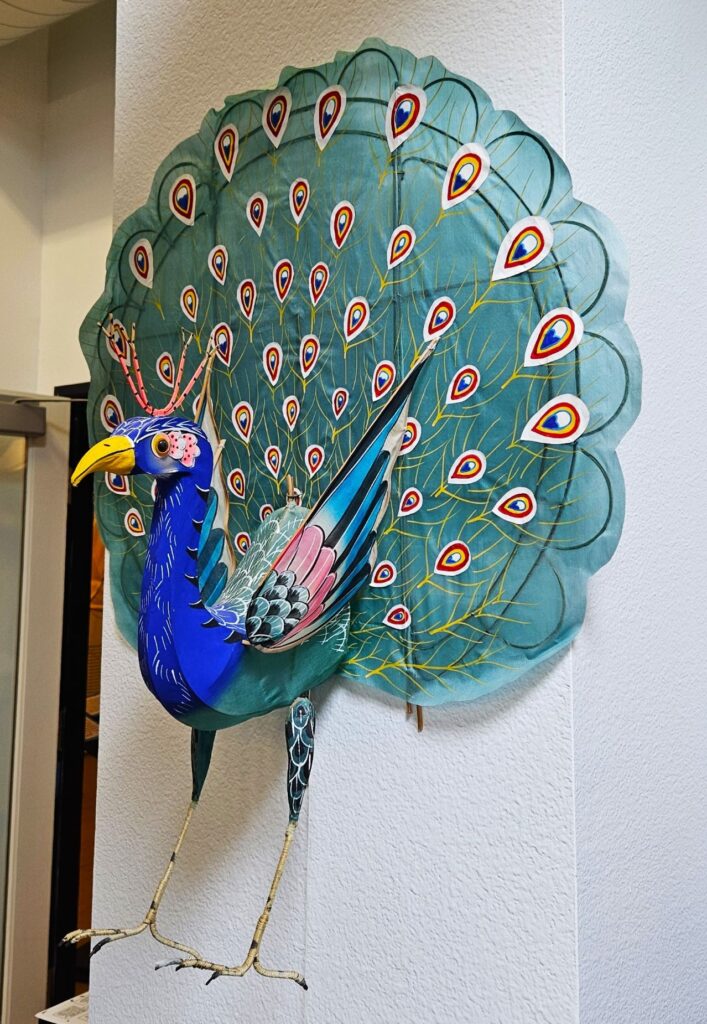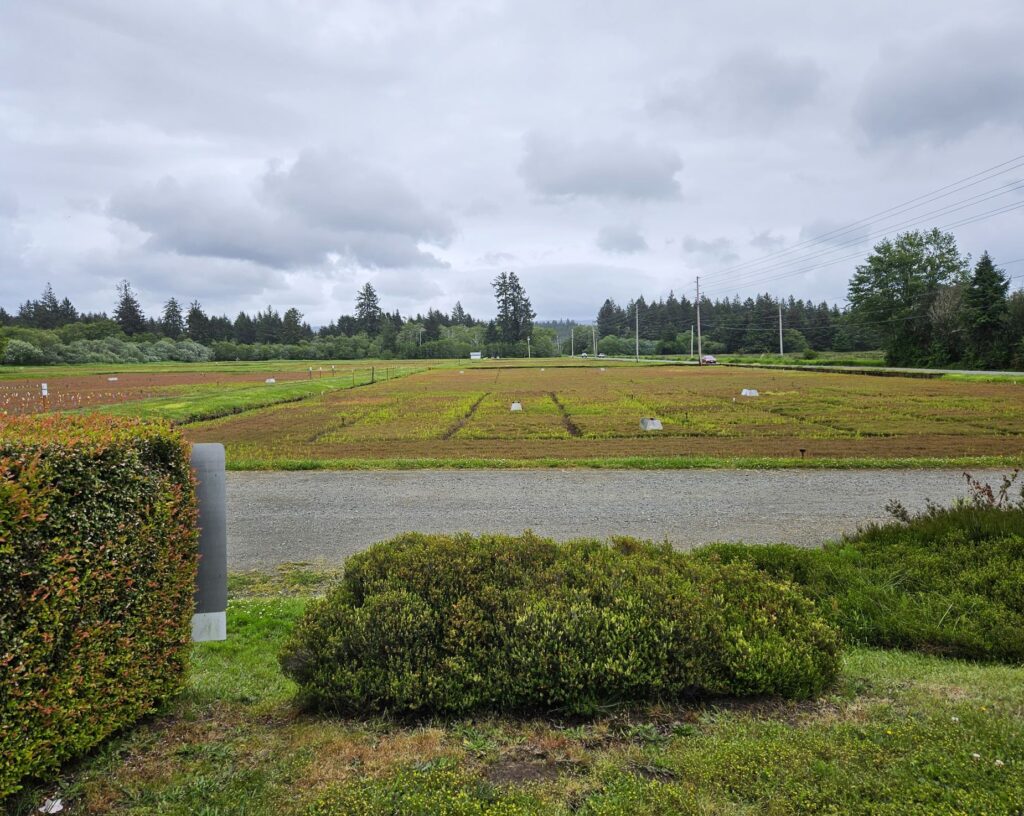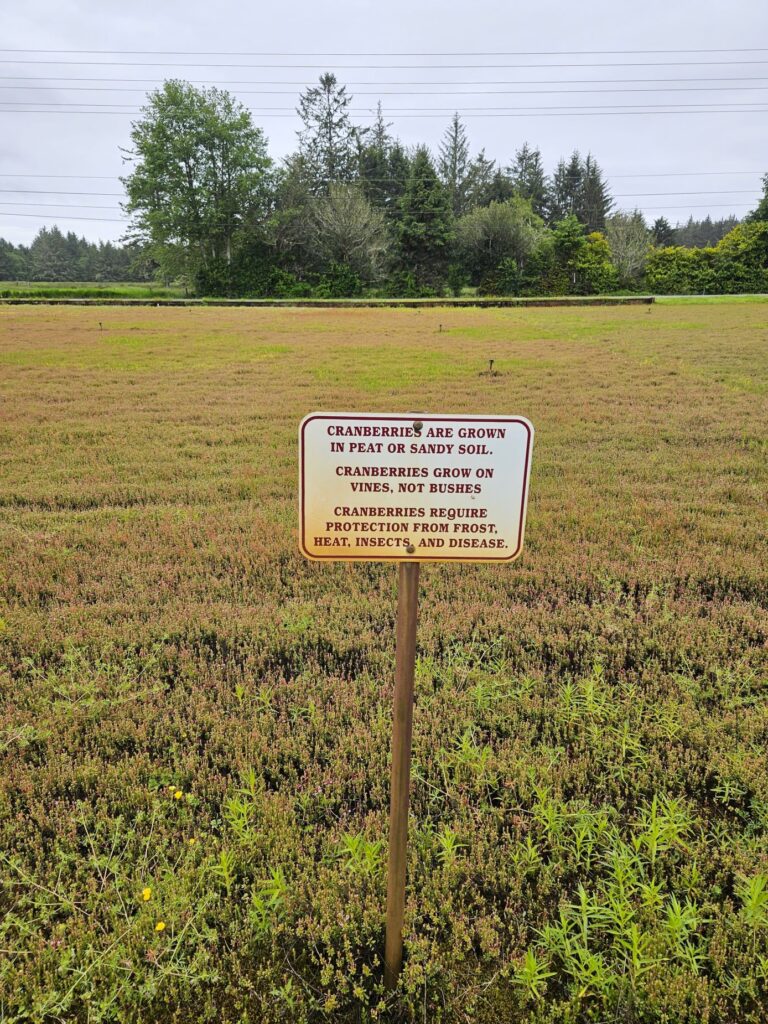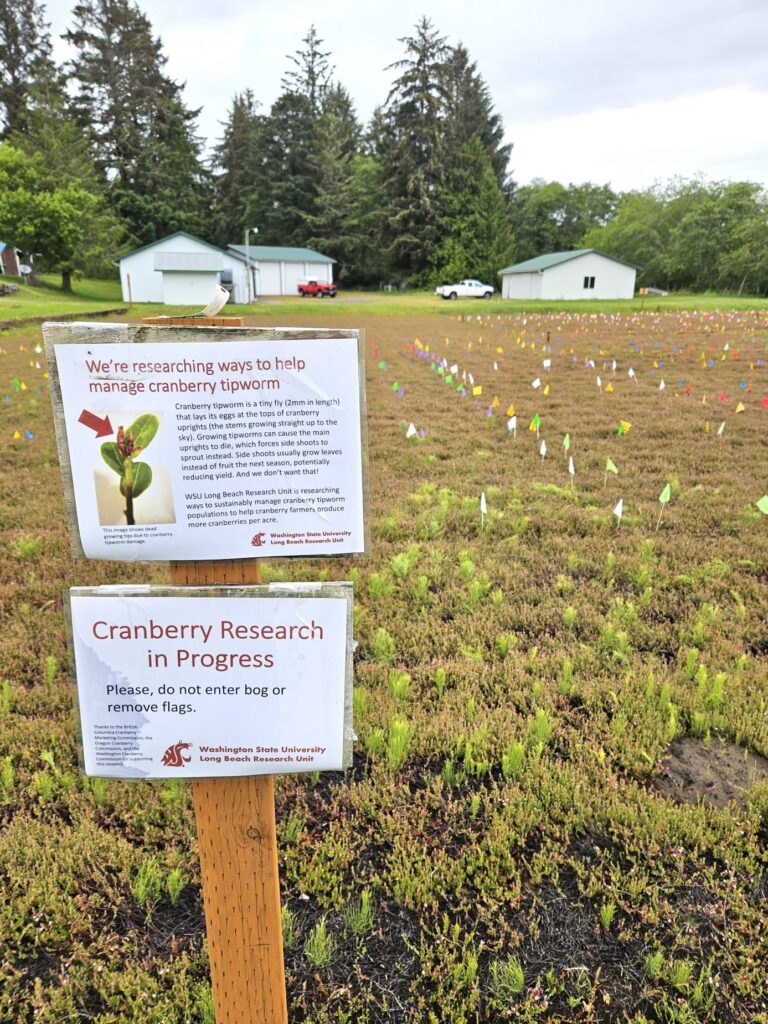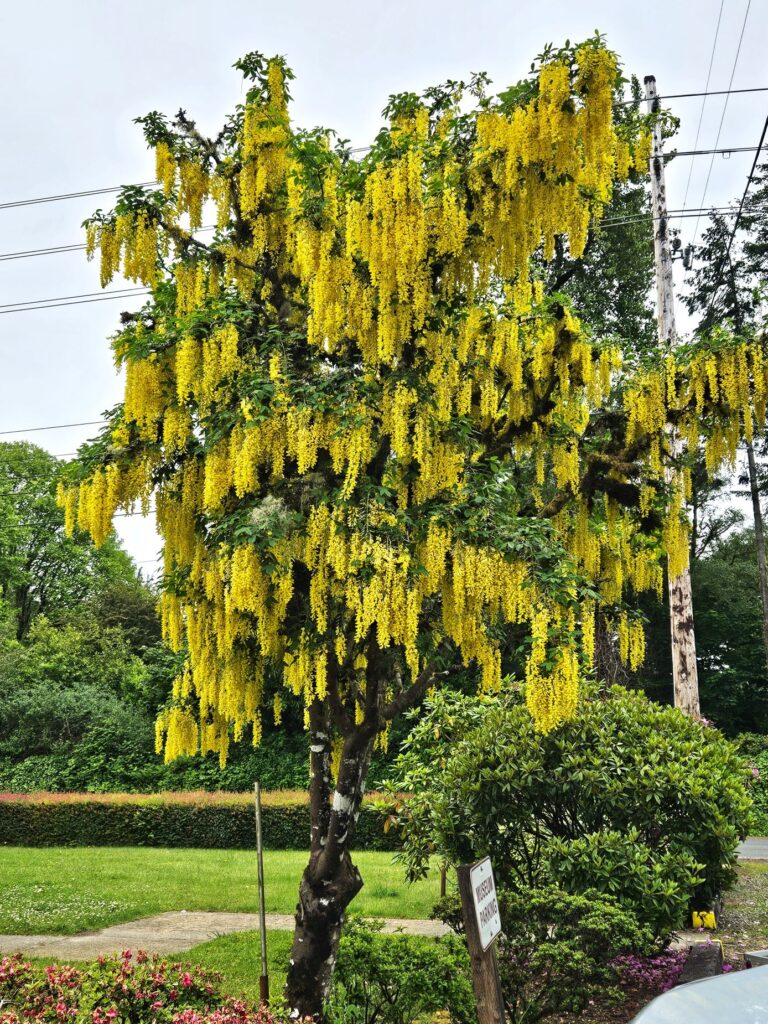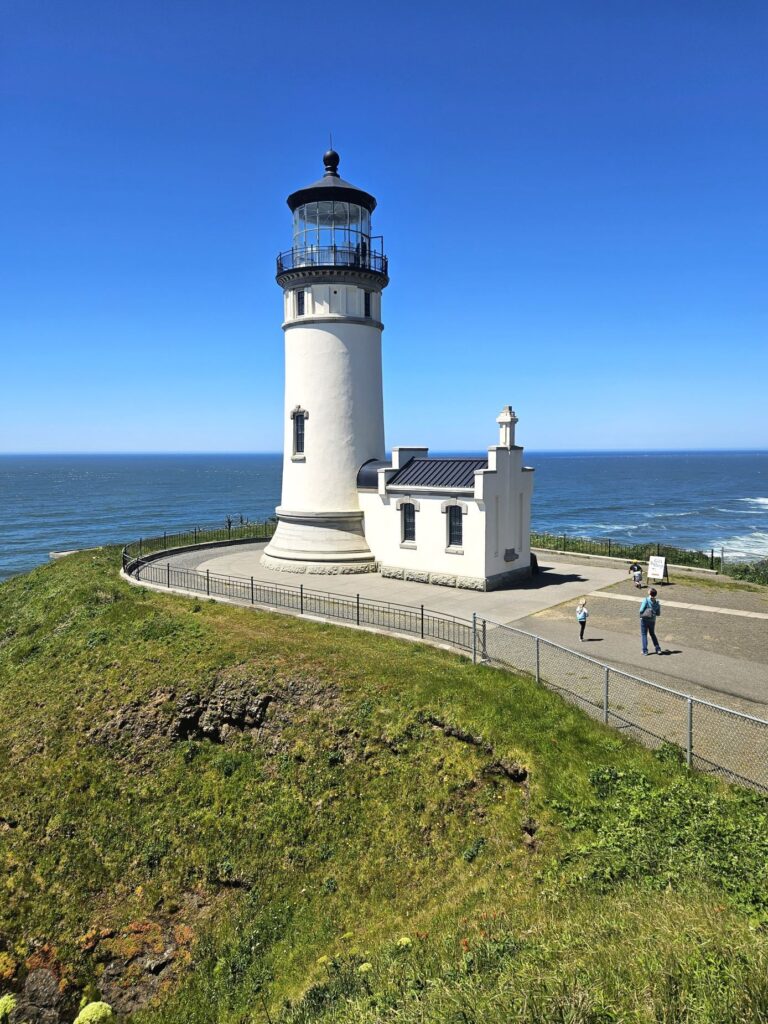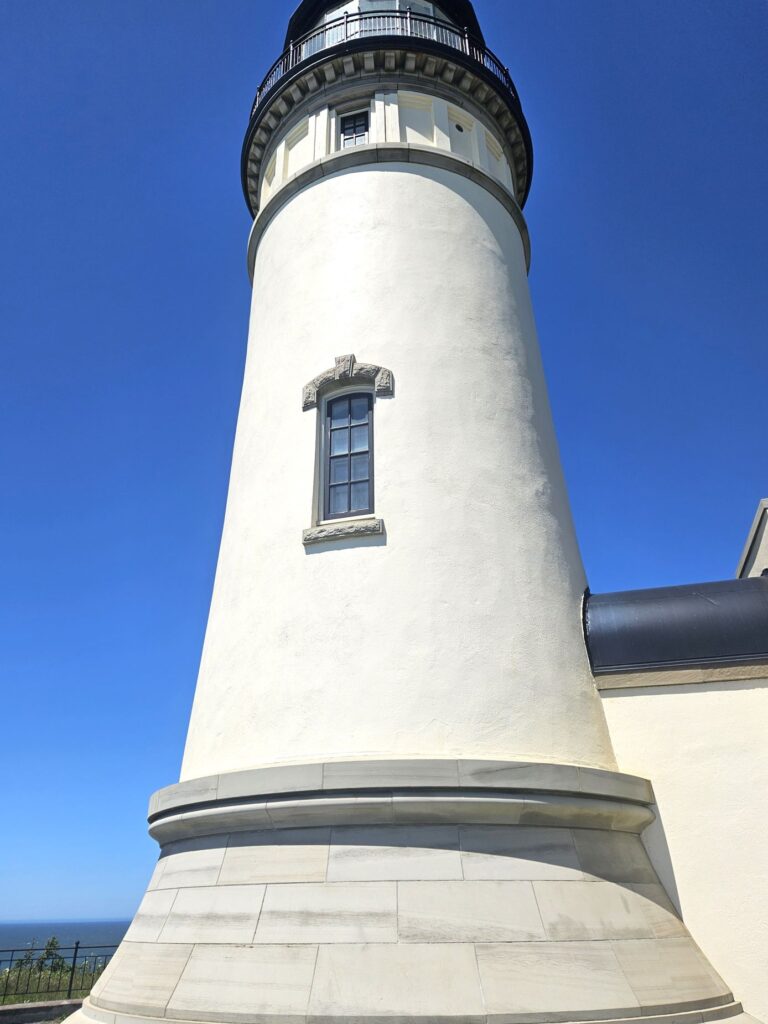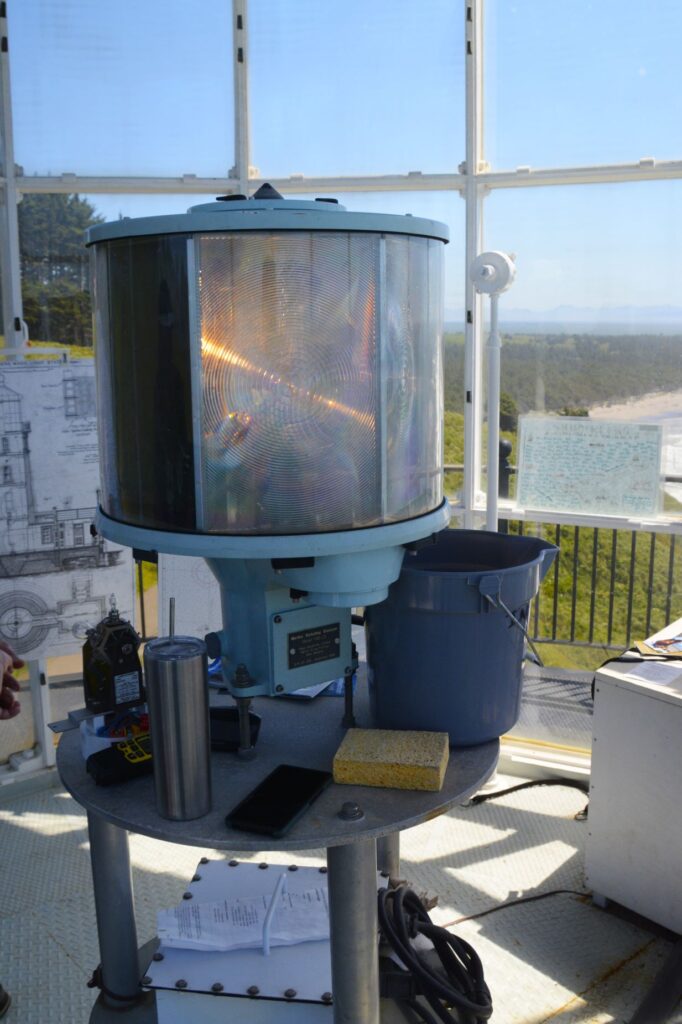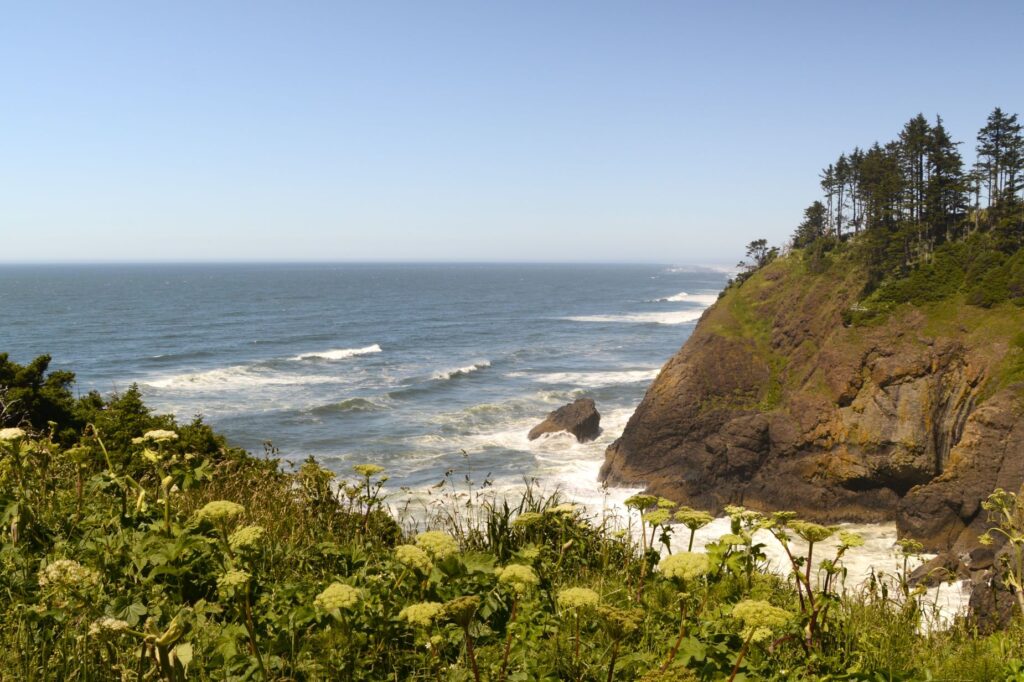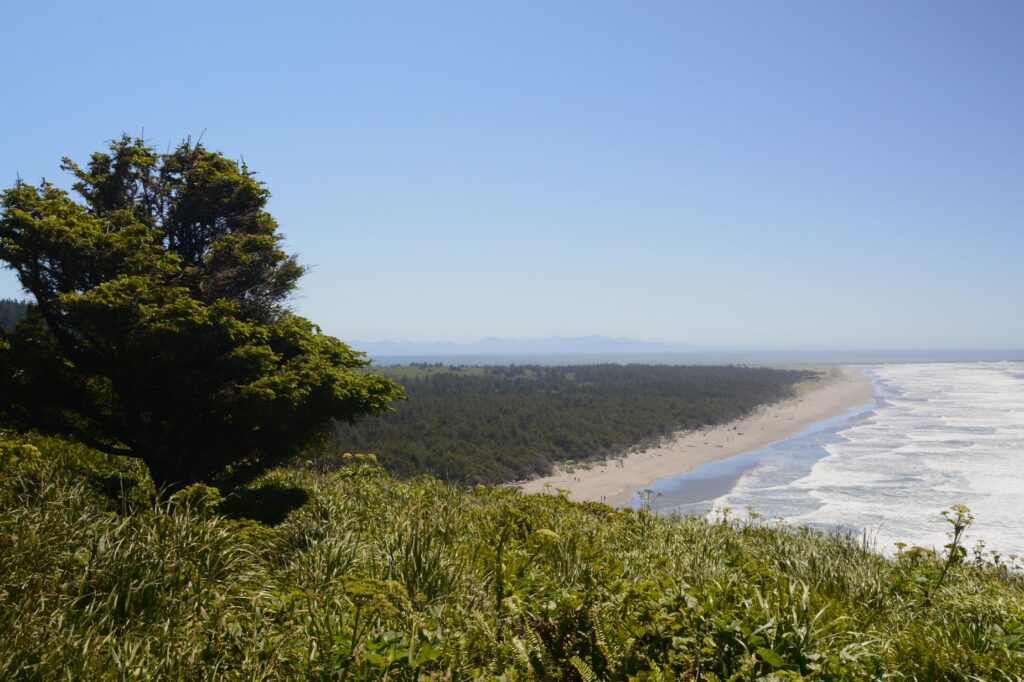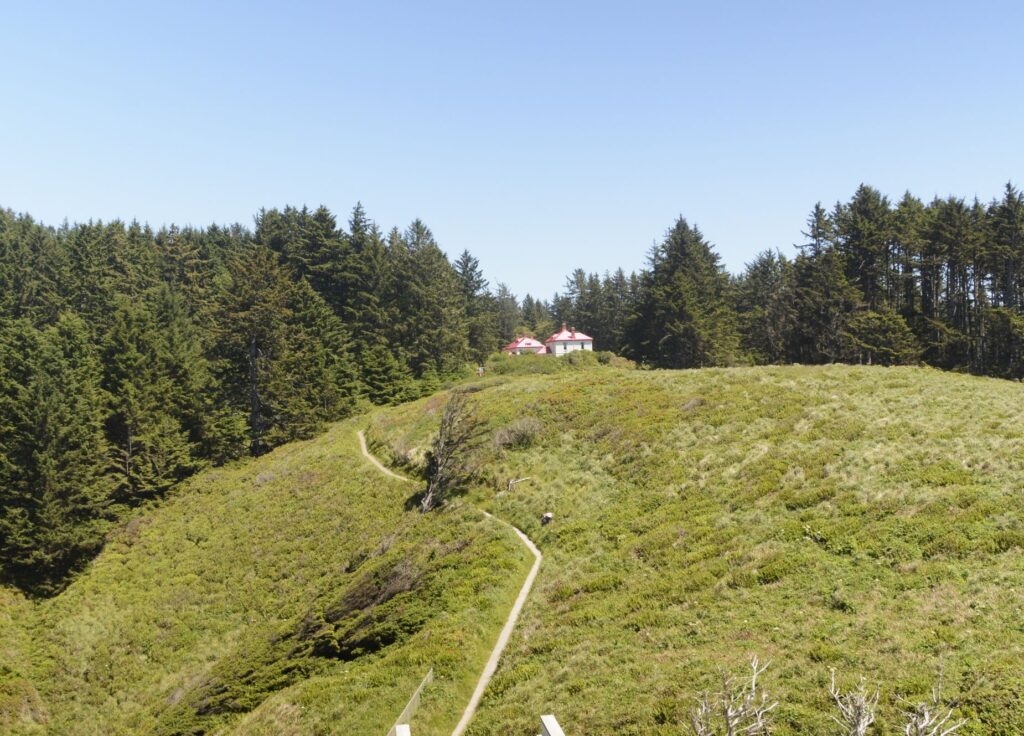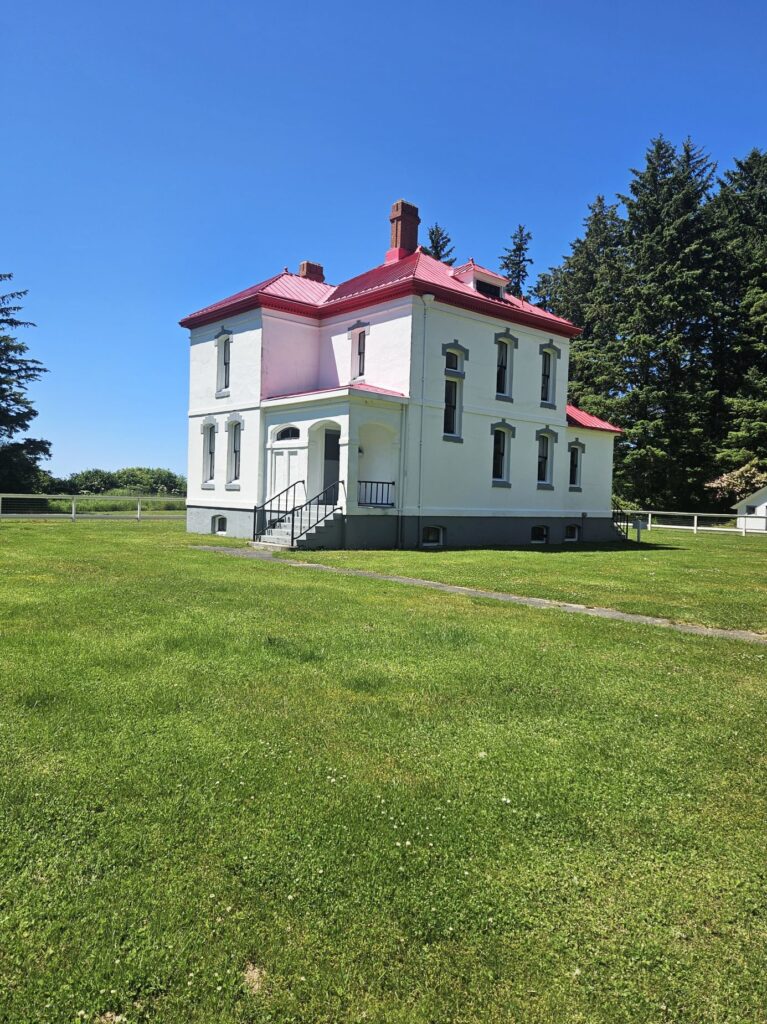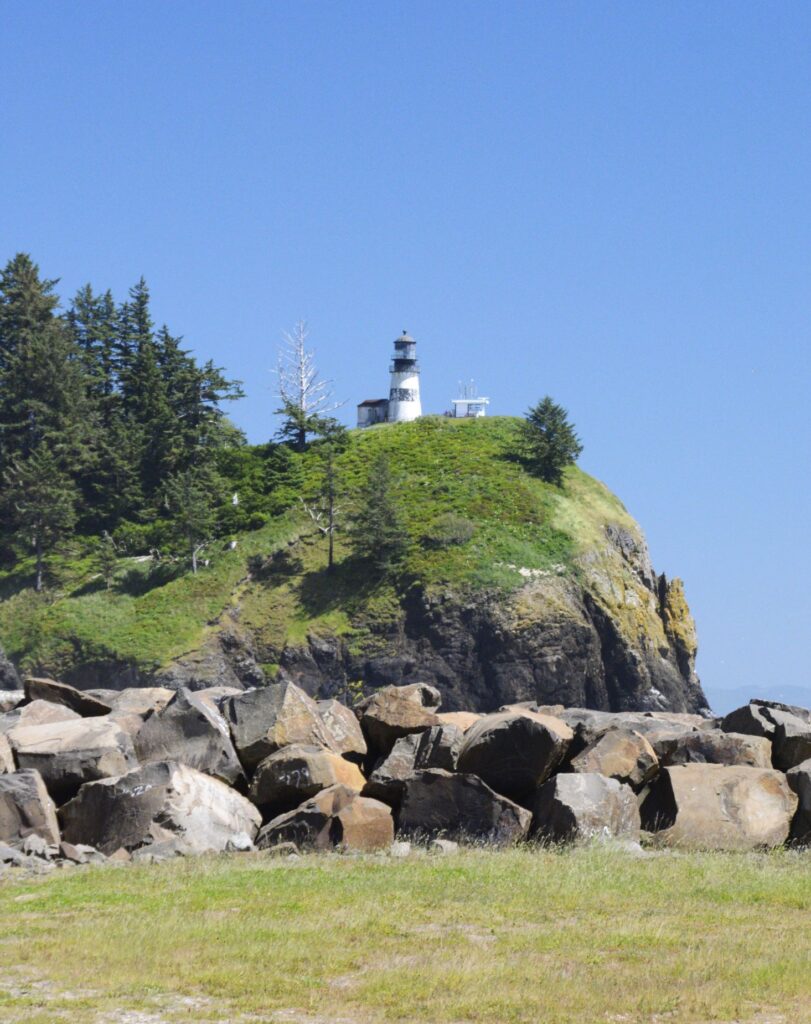Peace Arch
Blaine, Washington, where our northernmost campground was located, is nearly to the Canadian border. While we were there, we took one day to visit Vancouver, British Columbia. Our first stop was the Peace Arch which is a park that straddles the United States and Canadian border.
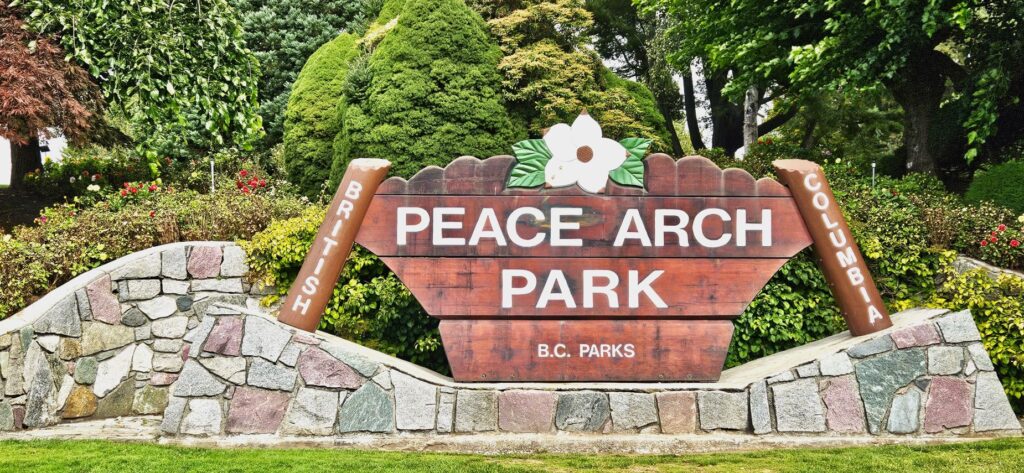
A sixty-seven foot white arch represents the peace between the two countries. The arch represents the longest undefended boundary in the world. It was constructed to commemorate the end of the war of 1812.
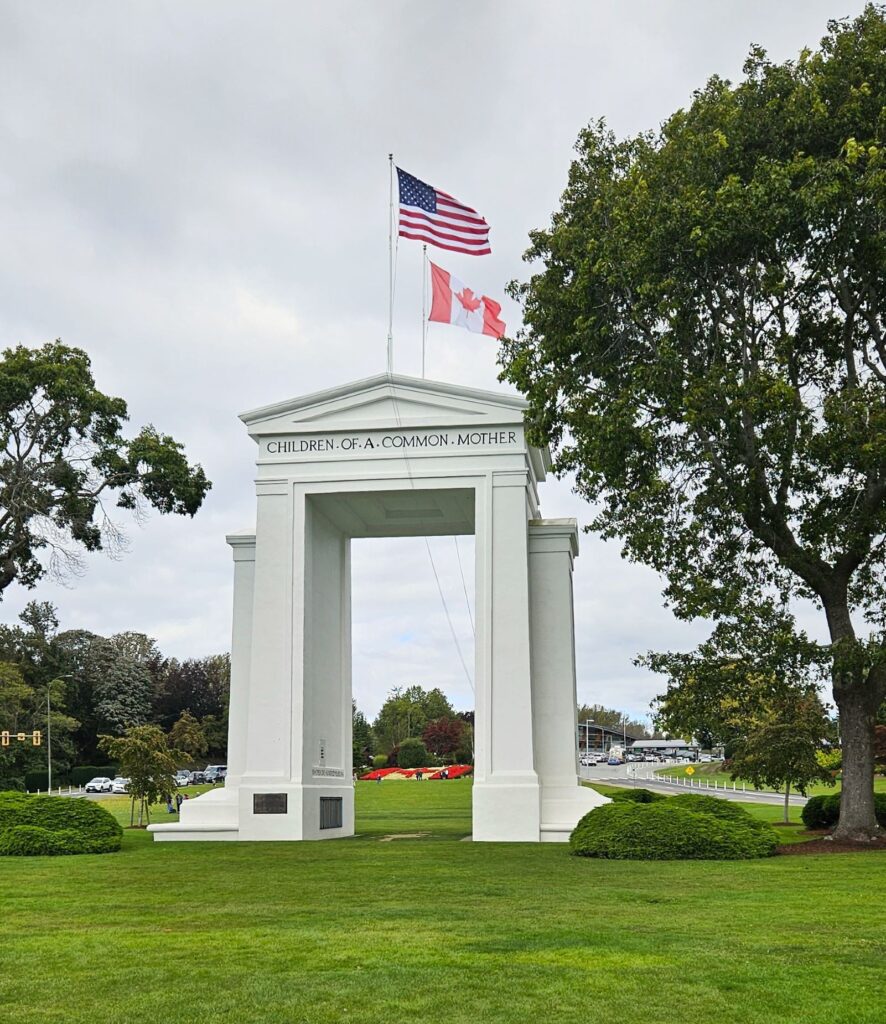
Each side has a flower bed representing its flag. Over 55,000 flowers are planted yearly in this seven-acre park. The USA side is inscribed with the words, “Children of a common mother.”
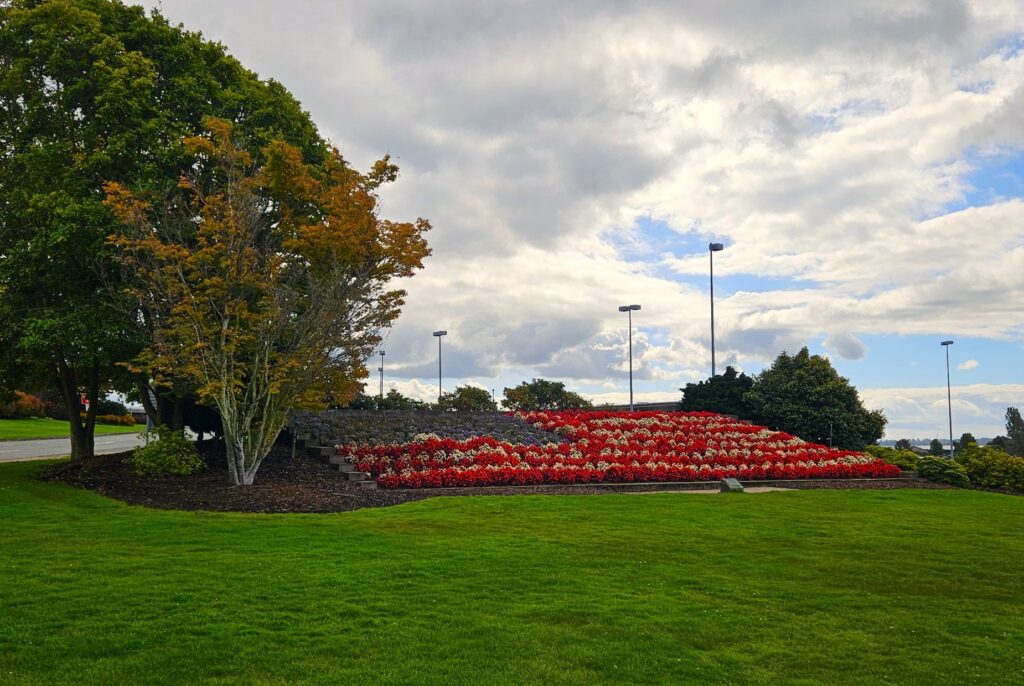
On the Canadian side, “Brethren dwelling together in unity” is inscribed over the arch.
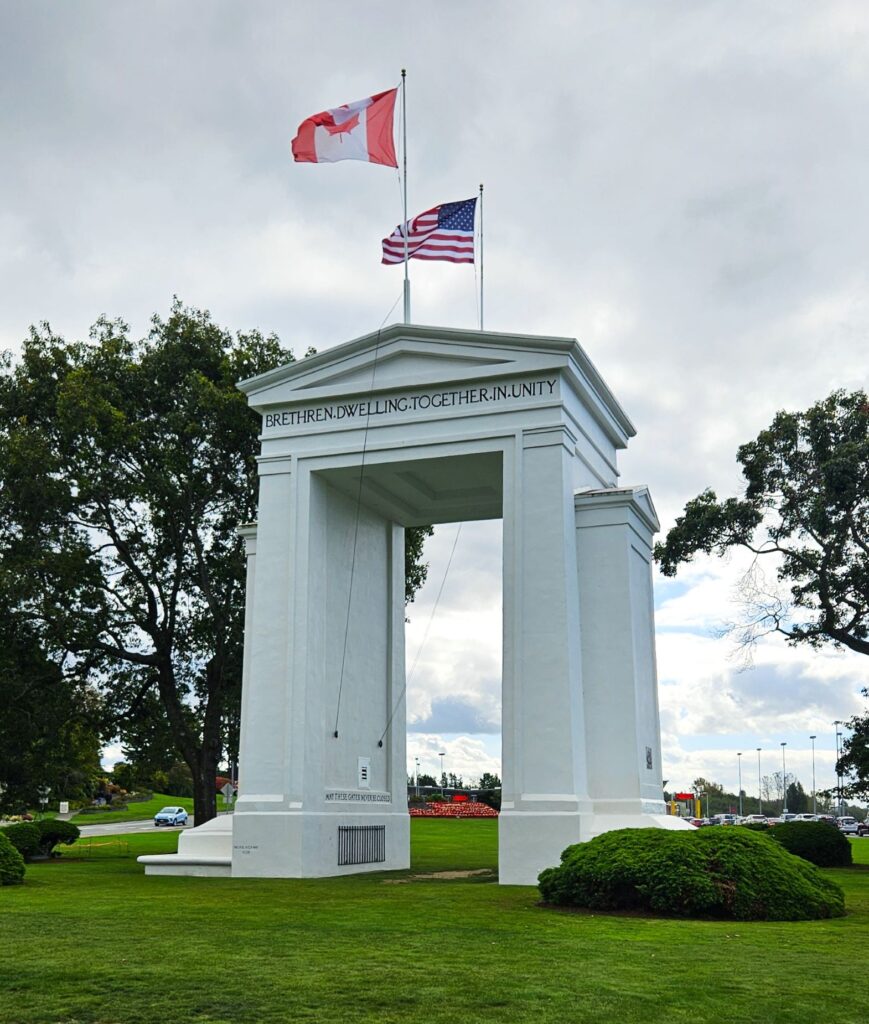
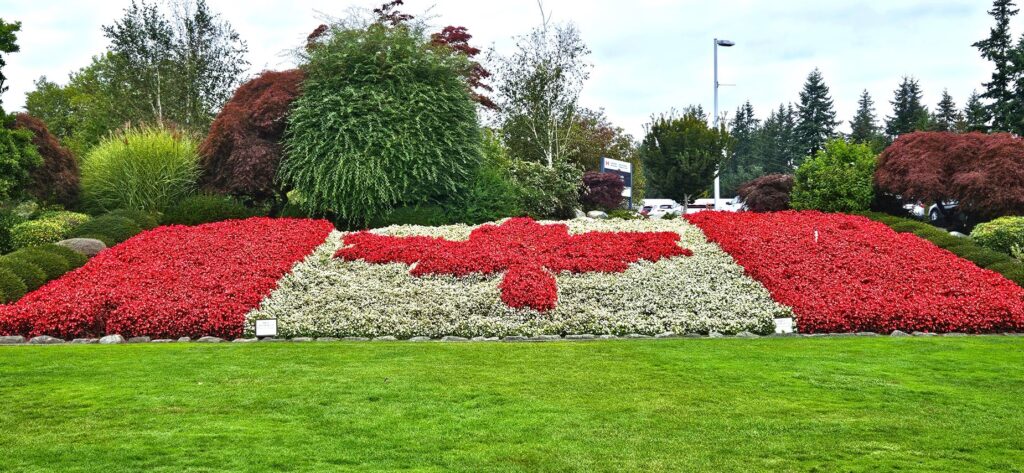
On the Canadian side is a totem pole. This particular one represents the history of the Haida people.
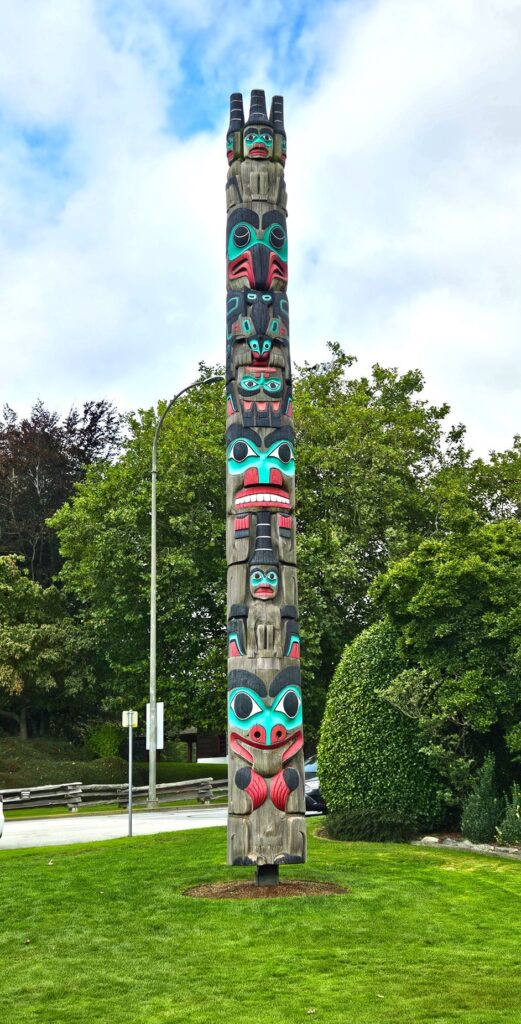
In the Peace Arch Park there is a monument where the borders meet. We stood with one foot in one country and one foot in the other.
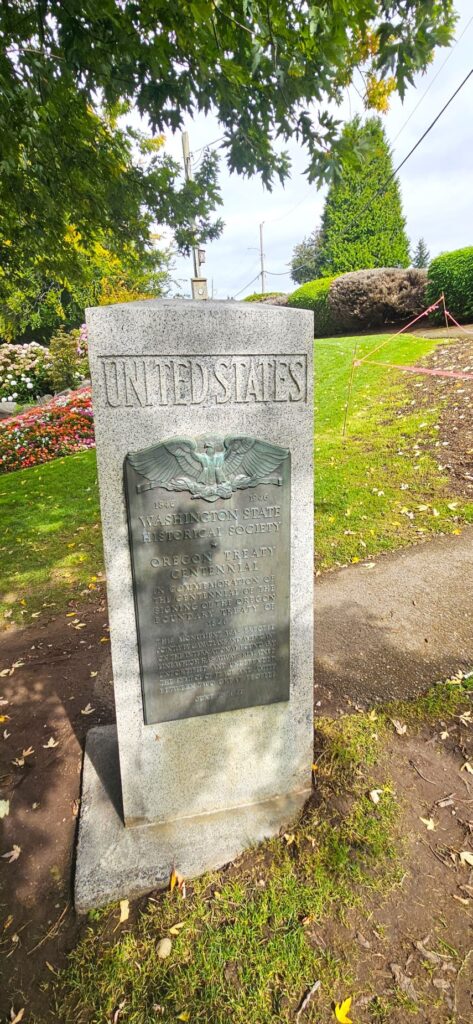
Over half a million people visit this park every year. Its beautiful grounds are perfect for family gatherings, picnics and weddings.
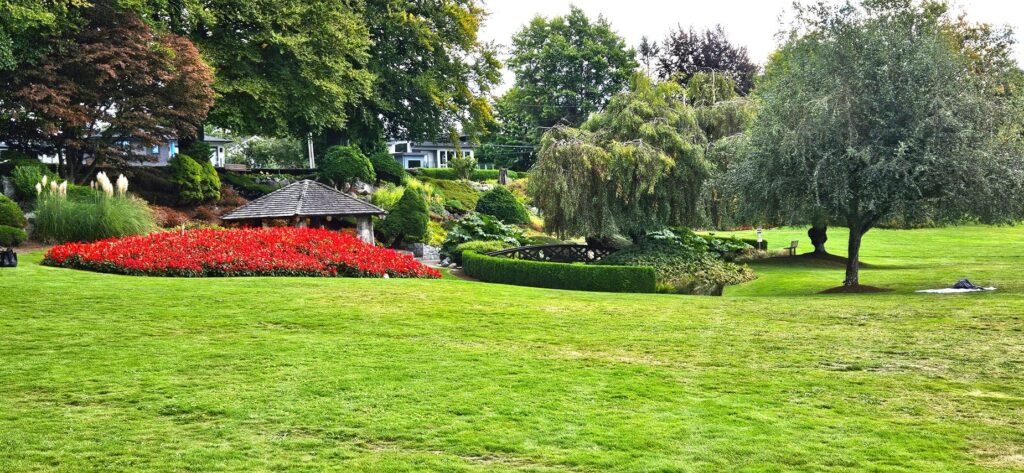
Even though it was September when we visited, flowers still bloomed.
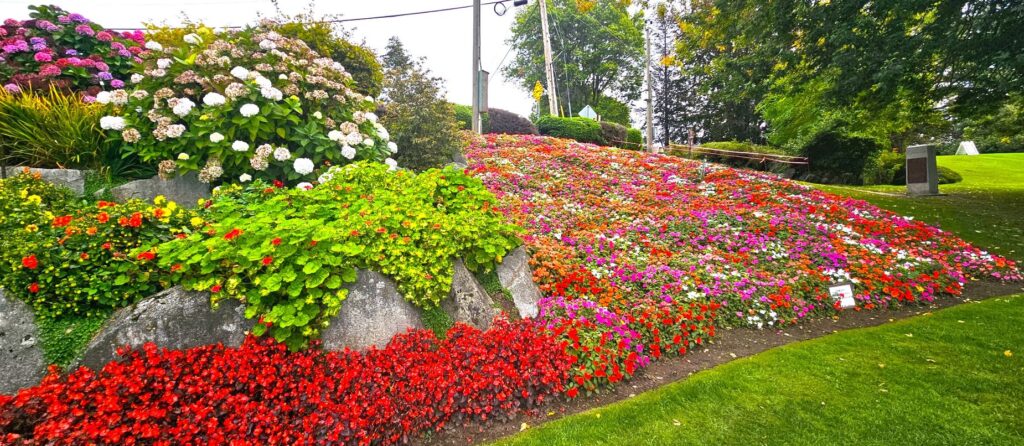
We enjoyed seeing the Japanese garden section of the park. It was a beautiful place to relax.
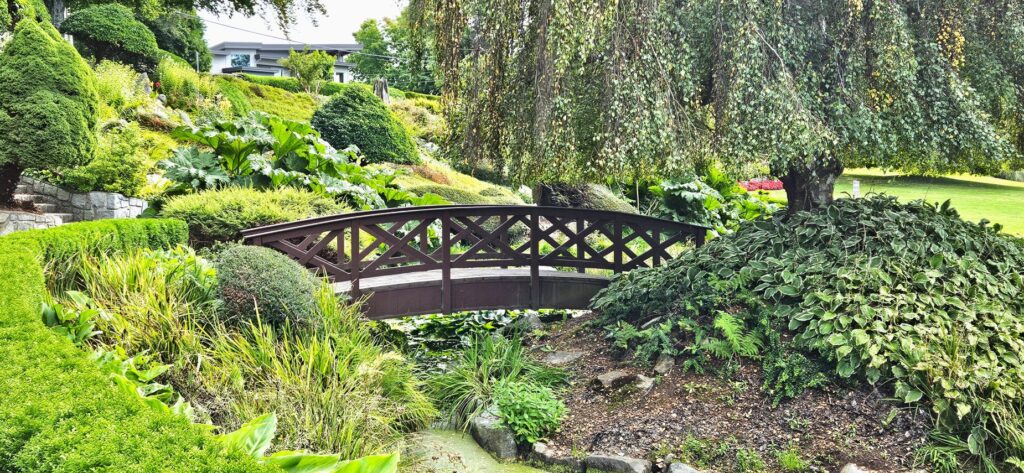
After leaving the Peace Arch Park, we had to go through Border Control. There was nothing friendly and peaceful about that encounter. The young border agent saw our Texas license and must have assumed all Texans carry an arsenal with them. She started questioning us about guns.
Do you own any? What kind? How many? Where do you store them? As a parting shot, she said, “You know, we think a lot differently about guns here. Only law enforcement and we (Border Control) are allowed to have guns. If we searched your vehicle and found guns, you would go to jail.”
Of course, we assured her we already knew about Canada’s strict gun laws. The lecture seemed a bit unfriendly for a Canadian “welcome.”
Vancouver BC

After more than an hour, we reached Vancouver. While crossing the bridge over the Fraser River, we spied the geodesic dome which houses the Science World at TELUS World of Science.
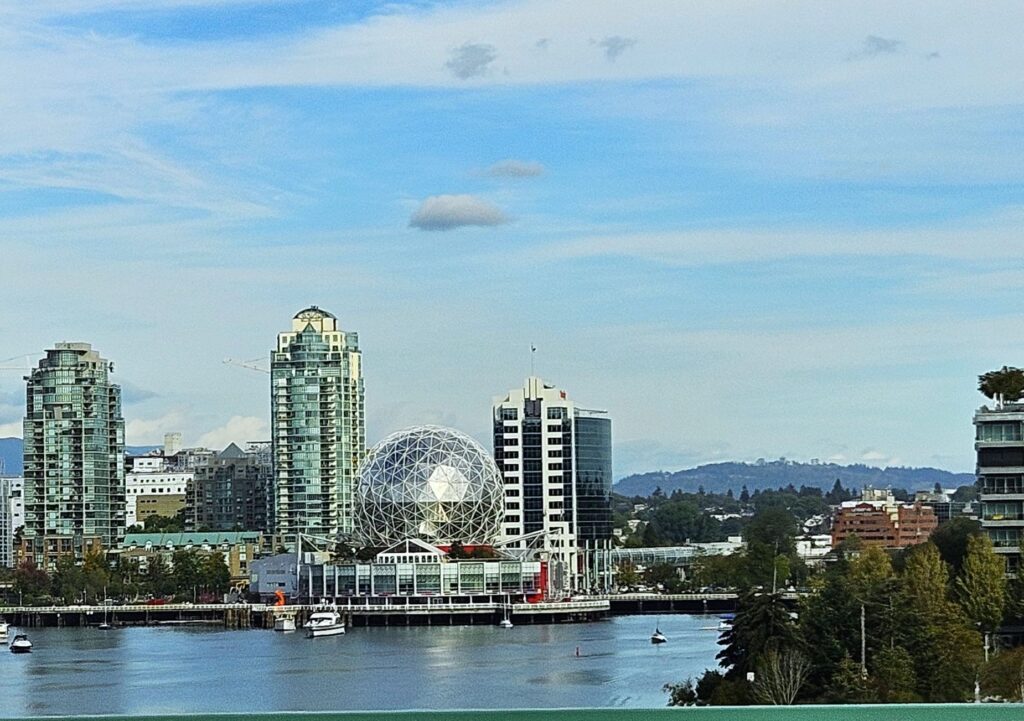
Vancouver has a space needle too. The Space Tower is Vancouver’s version of the Seattle Space Needle.
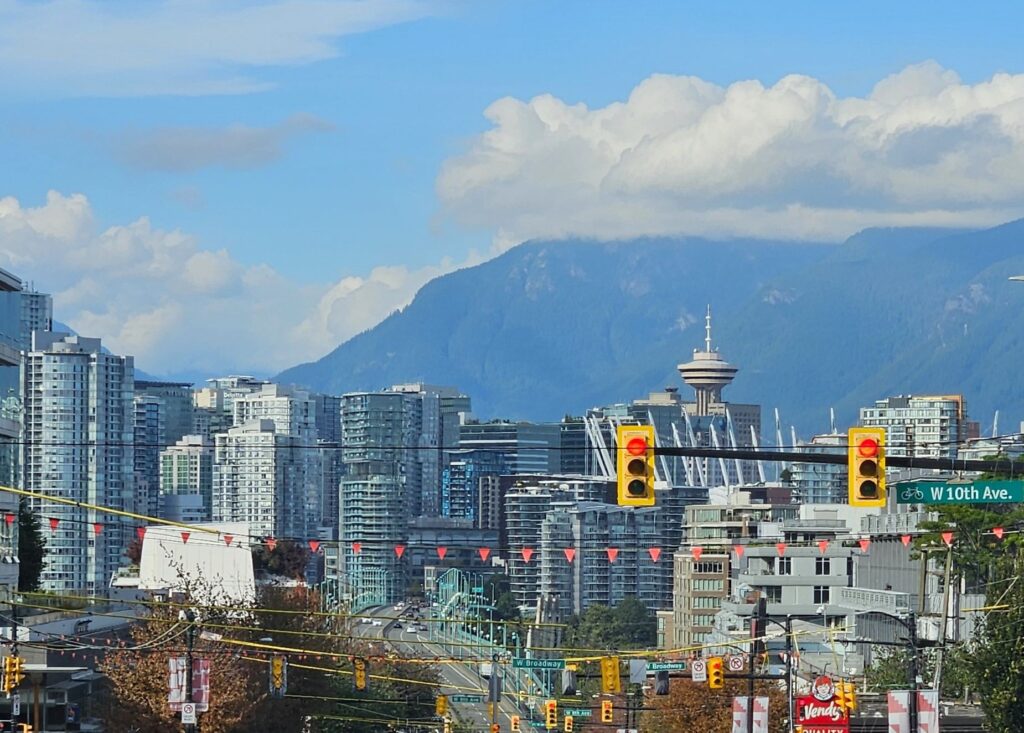
Vancouver’s streets are quite narrow. I was glad Ray was driving. We found the Vandusen Botanical Garden, but the parking lot was full. We slowly crept through until we found someone leaving. I jumped out to save the spot while Ray backed into it.

We stopped at the Visitors’ Center, (or is it Centre?) got a map, and headed out into the fifty-five acre garden. It was the weekend which meant that there was live music and live art painting demonstrations. The first thing we saw was this huge lily pond.
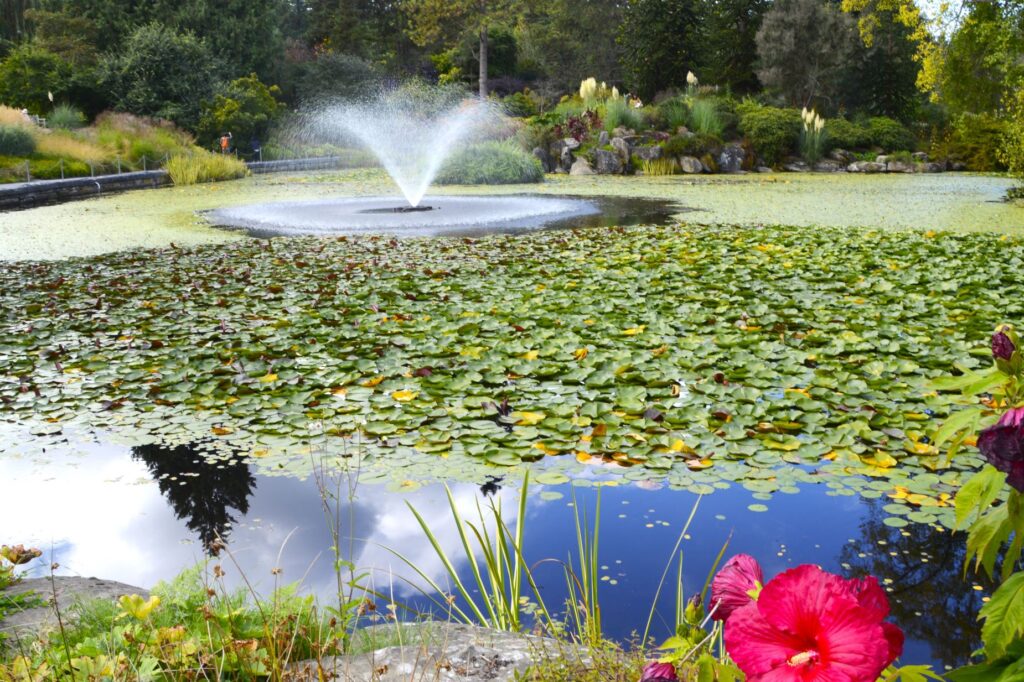
These Hibiscus flowers blooming by the edge of the pond were so bright and colorful.
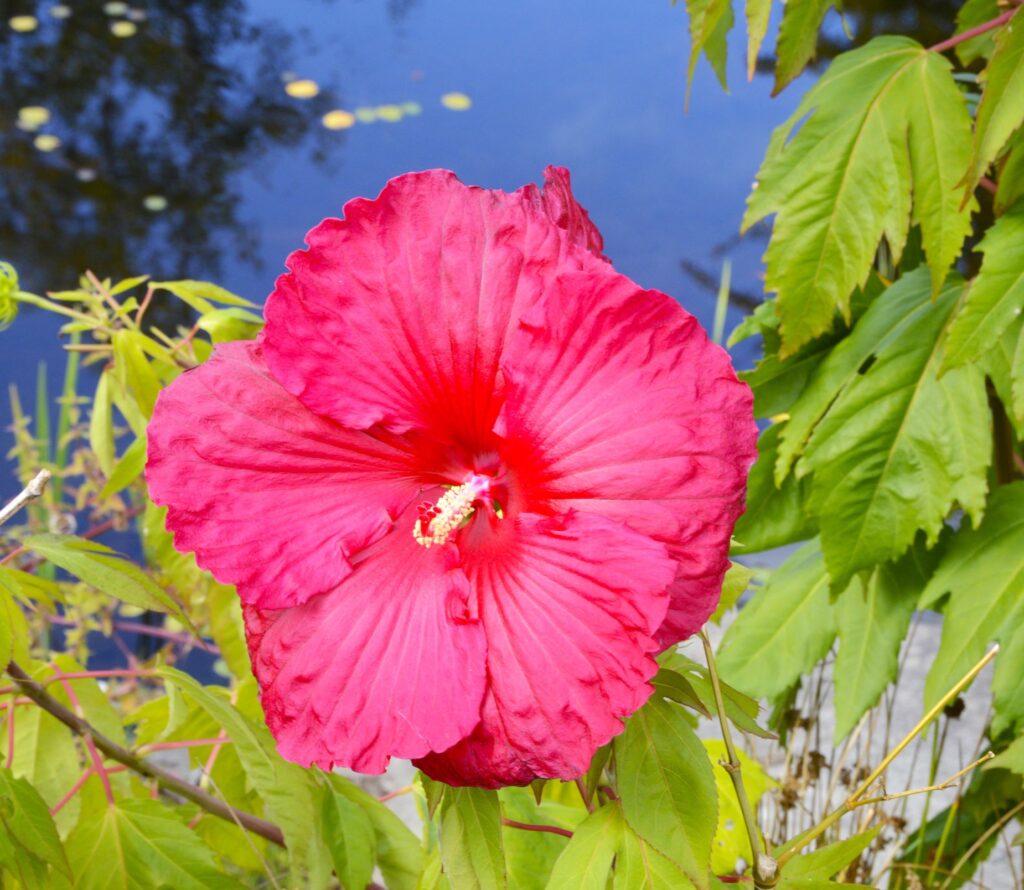
The rose garden was a beautiful spot. Being late summer, I thought the flowers might all be bloomed out, but there were still many roses in bloom. I didn’t see one aphid on any of them, nor did I see any leaf mold.
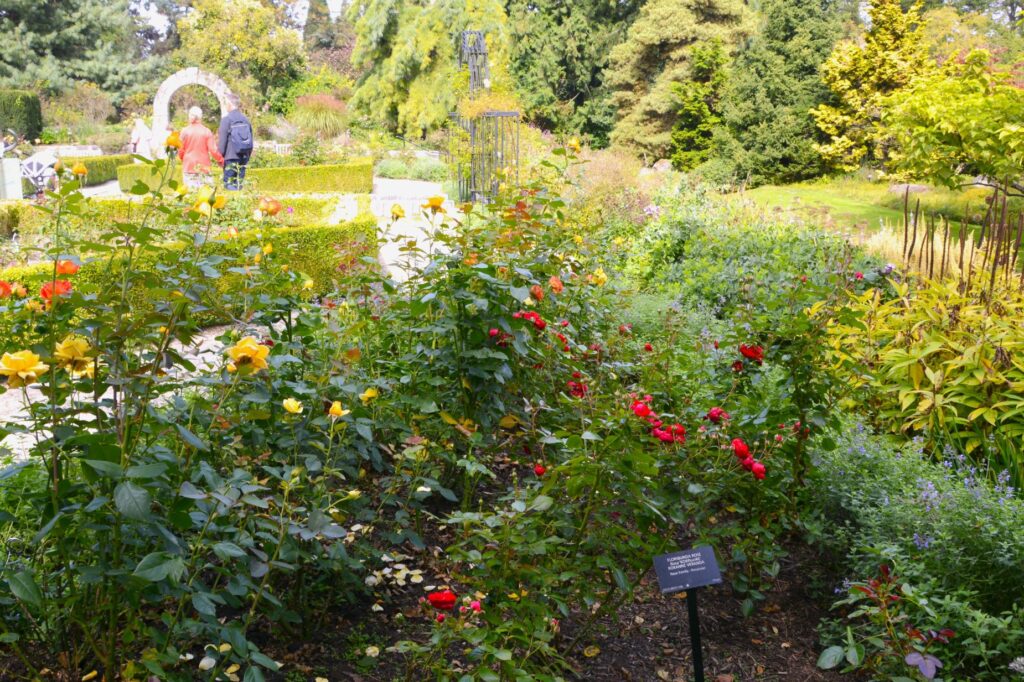
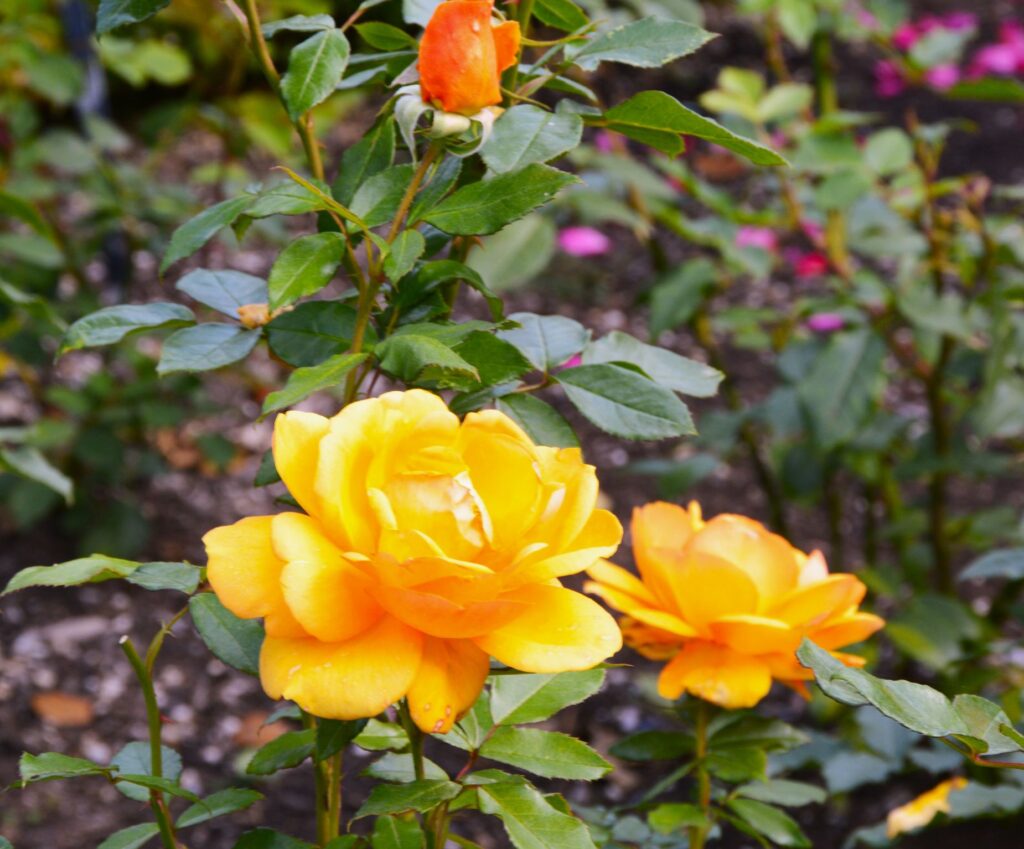
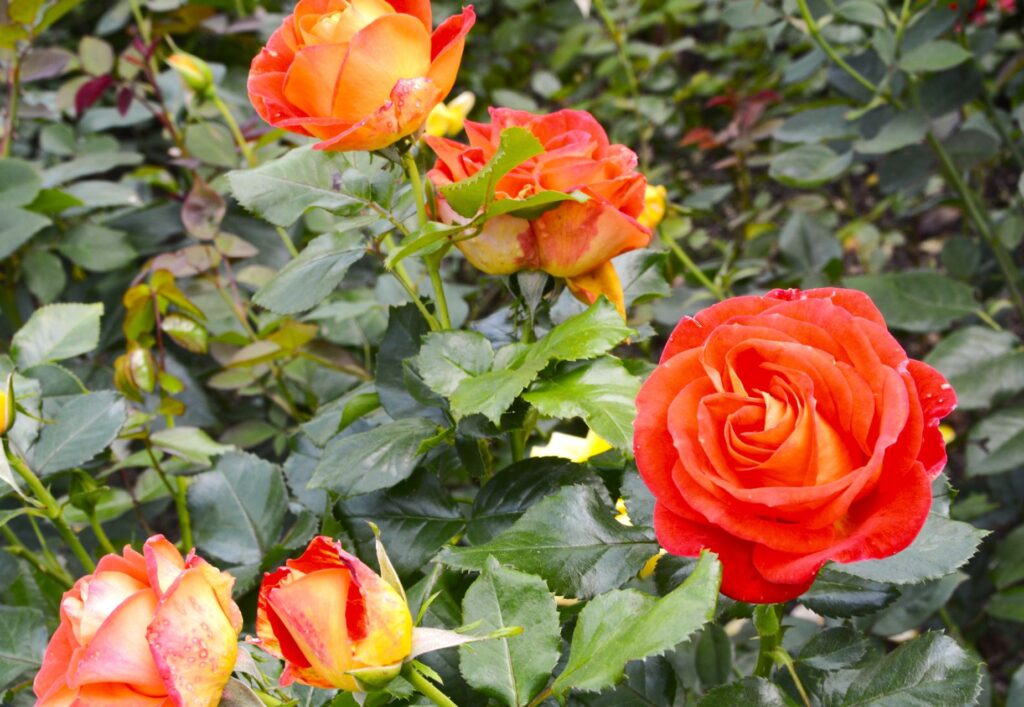
The rose garden had a rock archway which led into other parts of the garden.
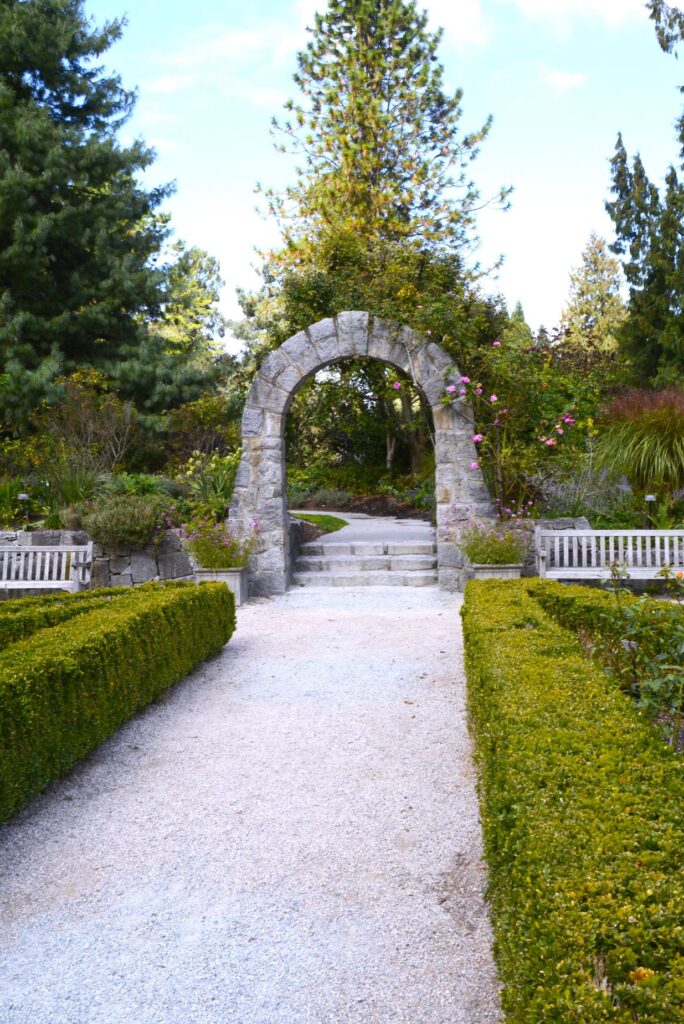
We walked along miles of pathways, it seemed, and saw many varieties of flowers, shrubs and trees. Dahlias were everywhere.
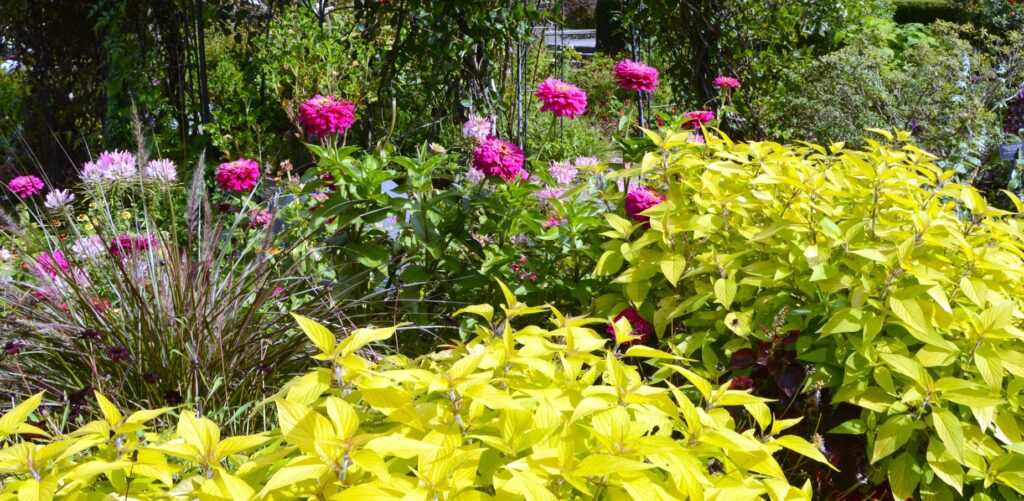
This garden displays plants from all over the world. It has an extensive collection of plants native to British Columbia.
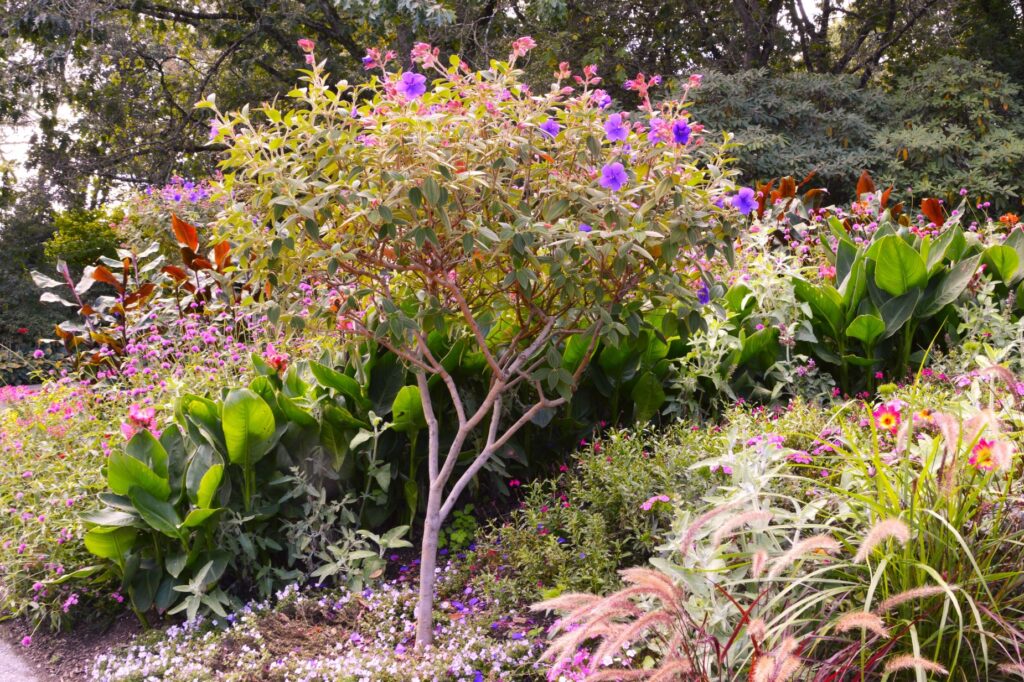
These two tone dahlias were some of my favorites.
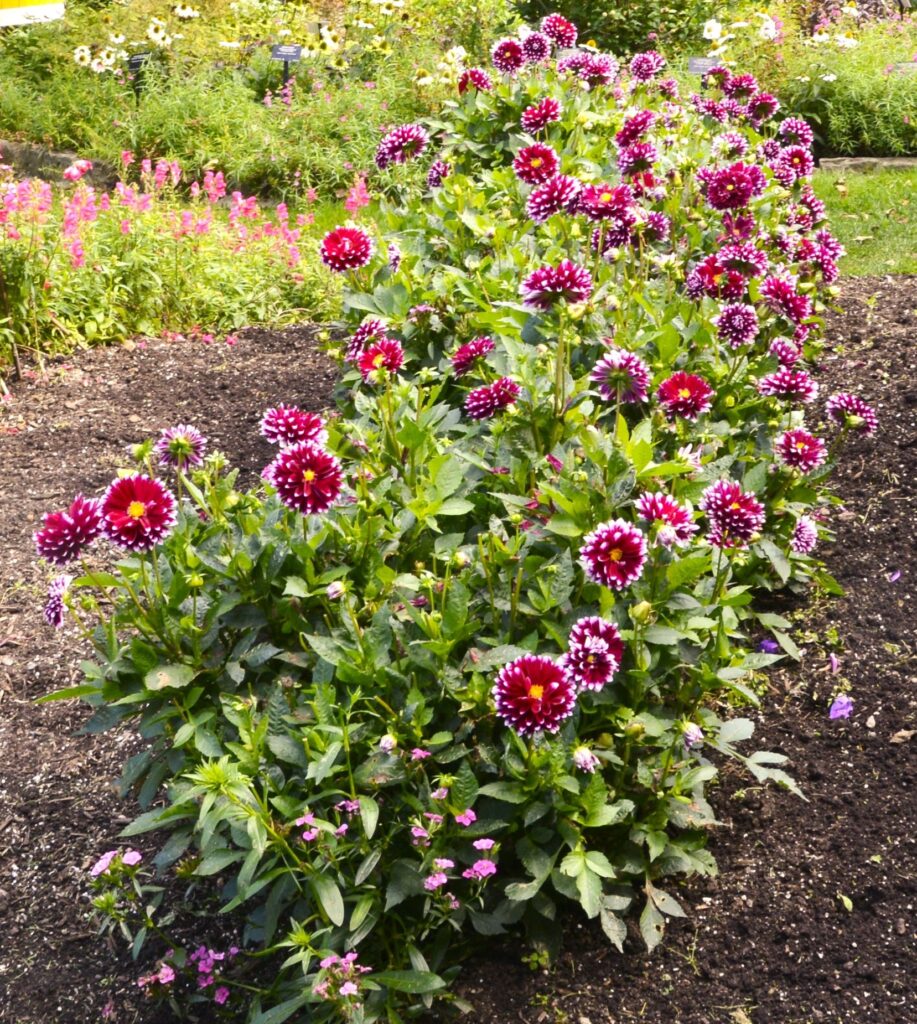
The extensive lawns made a beautiful setting against the flowering borders.
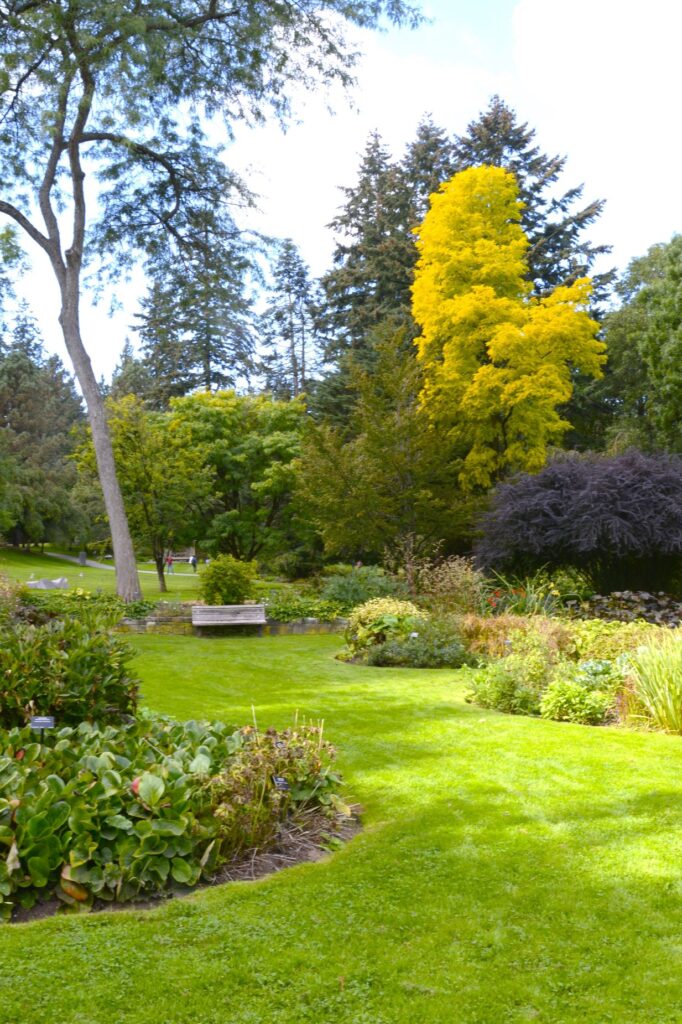
Vancouver has a temperate oceanic climate. It is one of the warmest cities in Canada. The summer months are typically dry and modestly warm. It was a beautiful day when we were there.
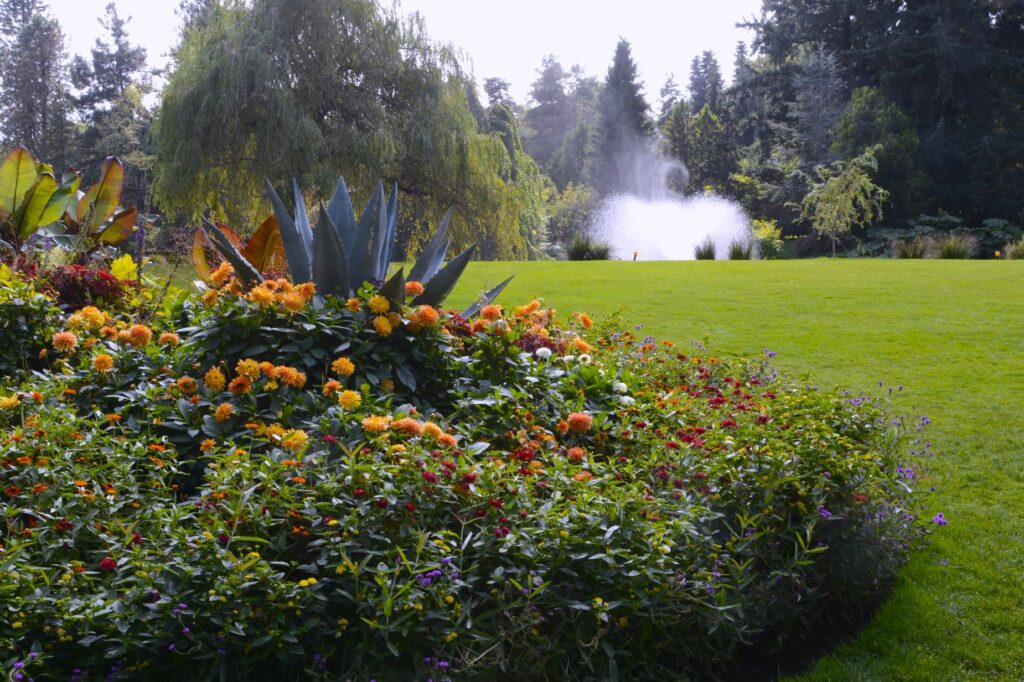
This Scottish Shelter is in the Heather section of the park. It was a nice shady place to sit out of the sun.
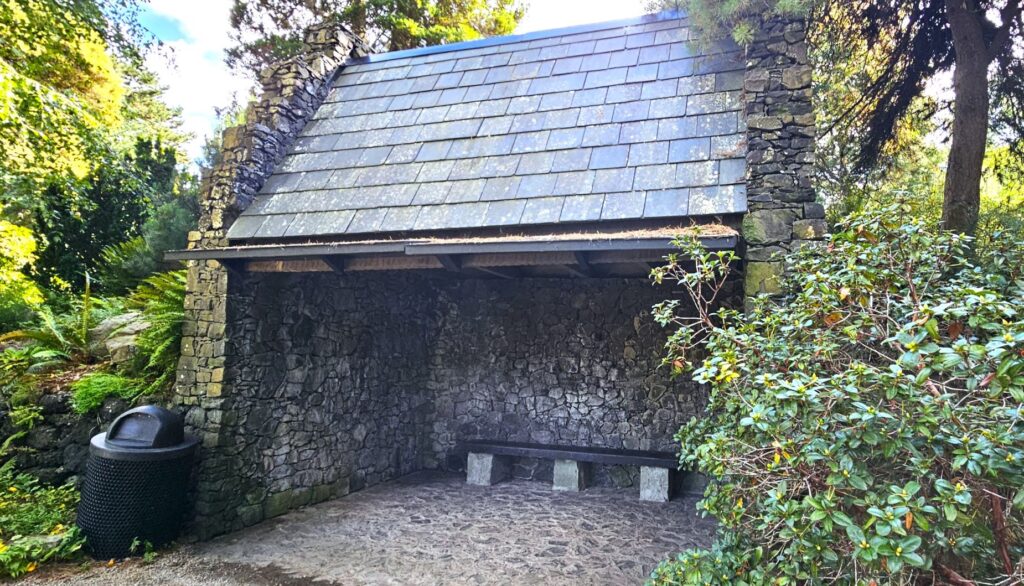
We have always enjoyed ferns ever since we had a fern garden terrarium when we were first married.
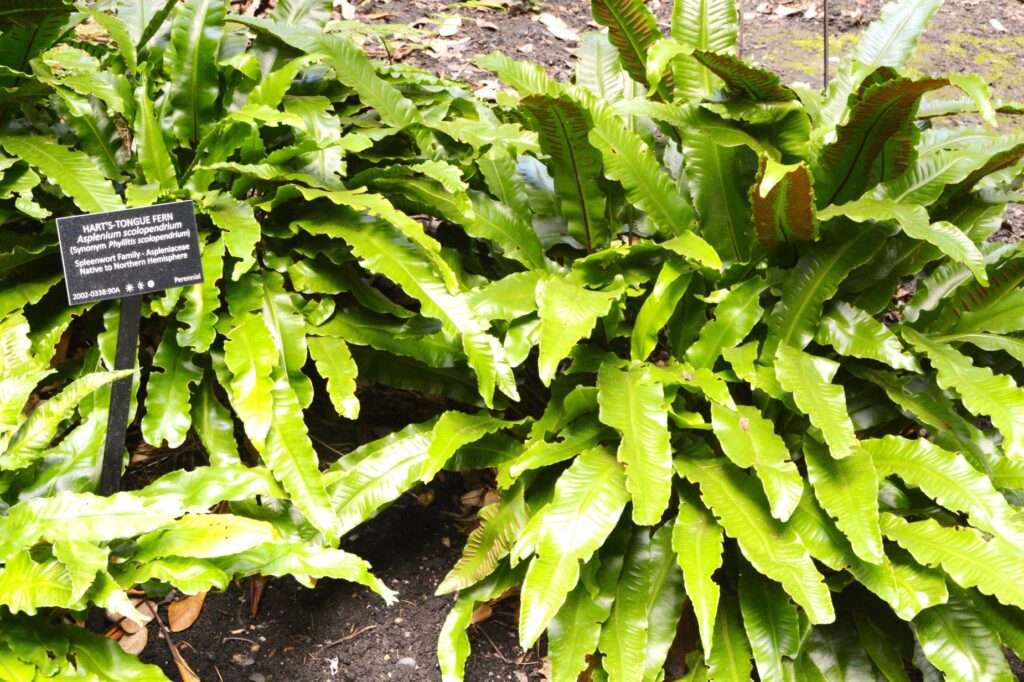
Hydrangeas are another favorite of mine. They look like one big flower, but they are really comprised of many smaller flowers grouped together into one.

This Grotto was a little spooky. However, during the Festival of Lights, it is lit up with twinkling lights.
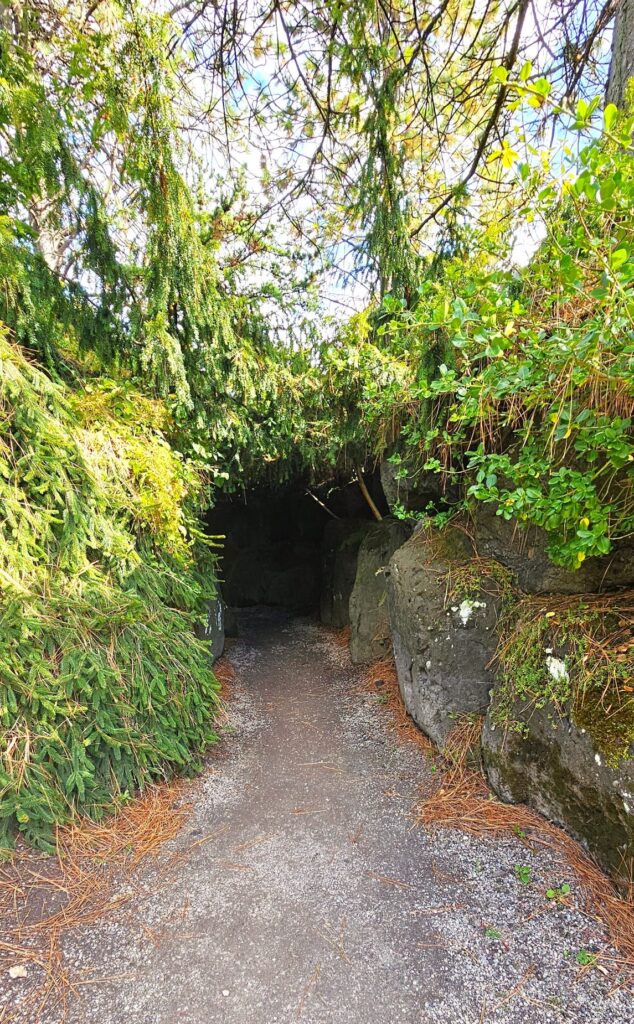
The VanDusen Botanical Gardens was developed as a public garden using an old golf course.
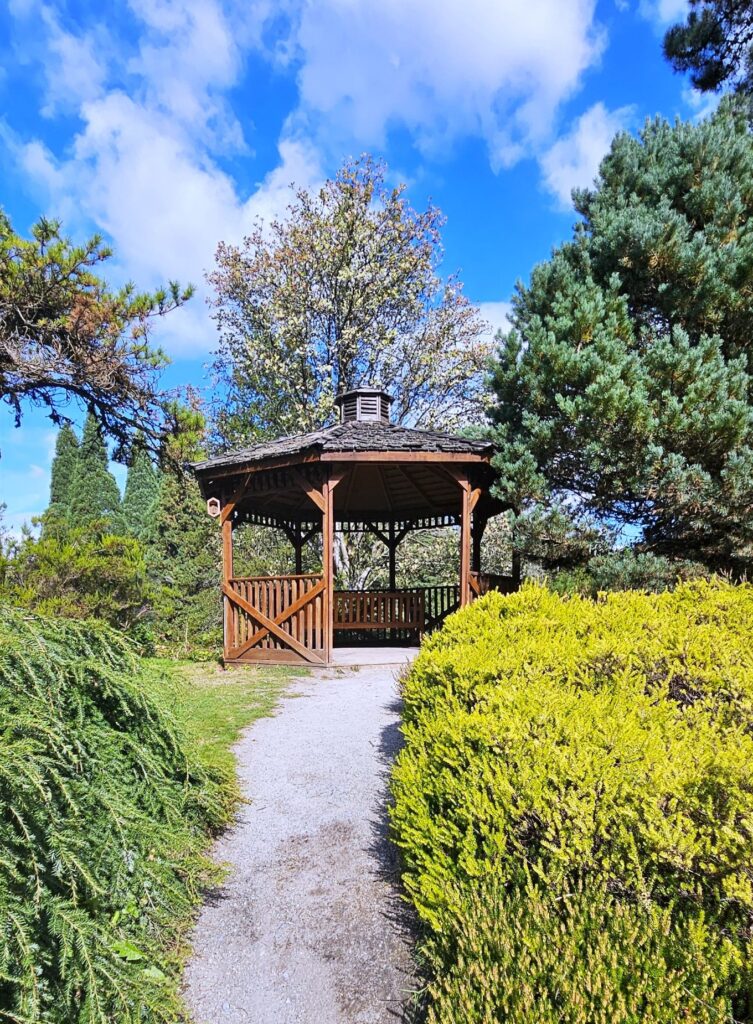
I used my phone app to identify all kinds of unfamiliar plants.
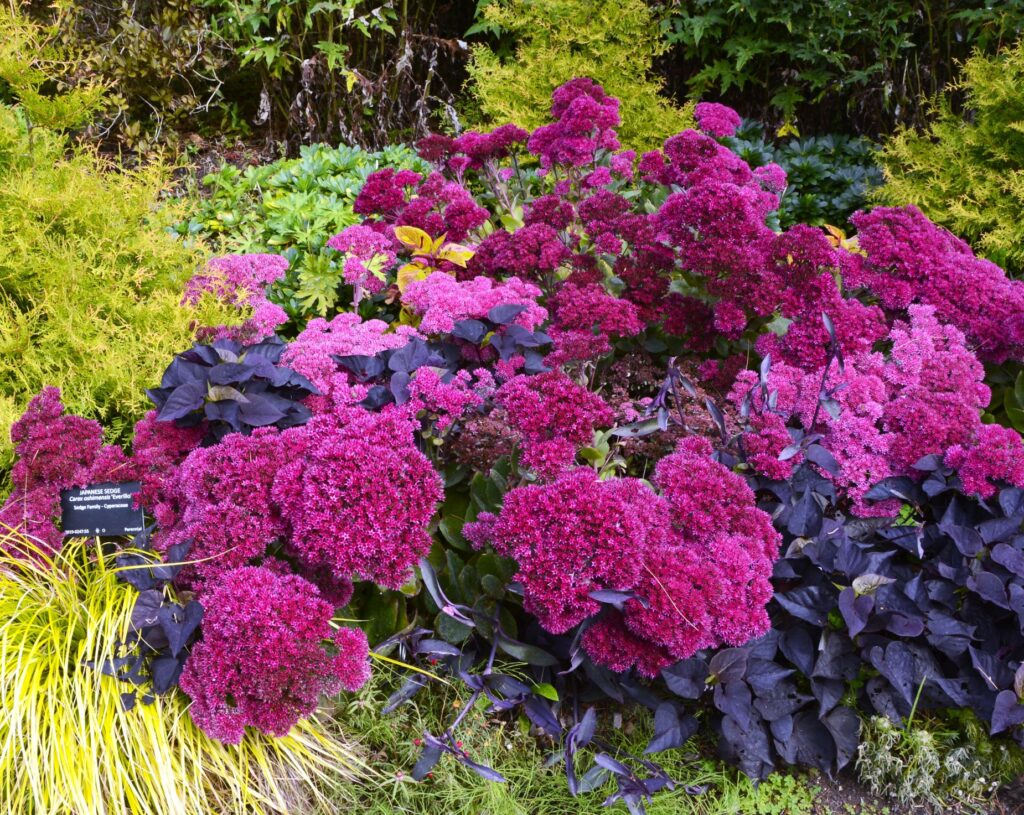
Not only did we see many different flowers, but we also saw many kinds of trees. This twisted oak tree with the moss-covered trunk was interesting.
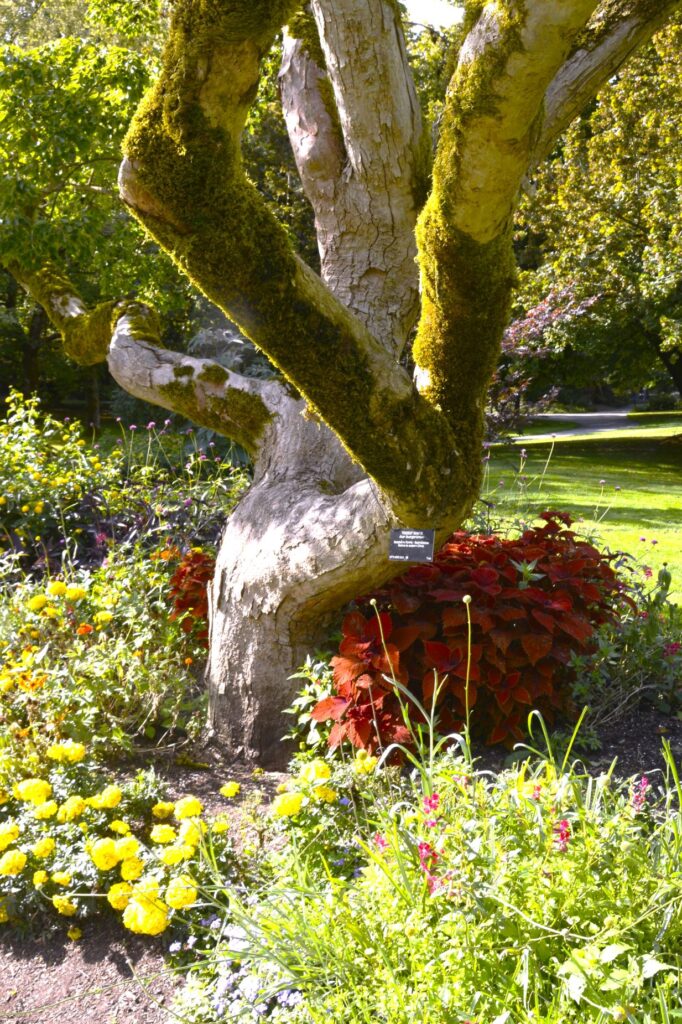
This catalpa tree gave us a shady place to get out of the sun.
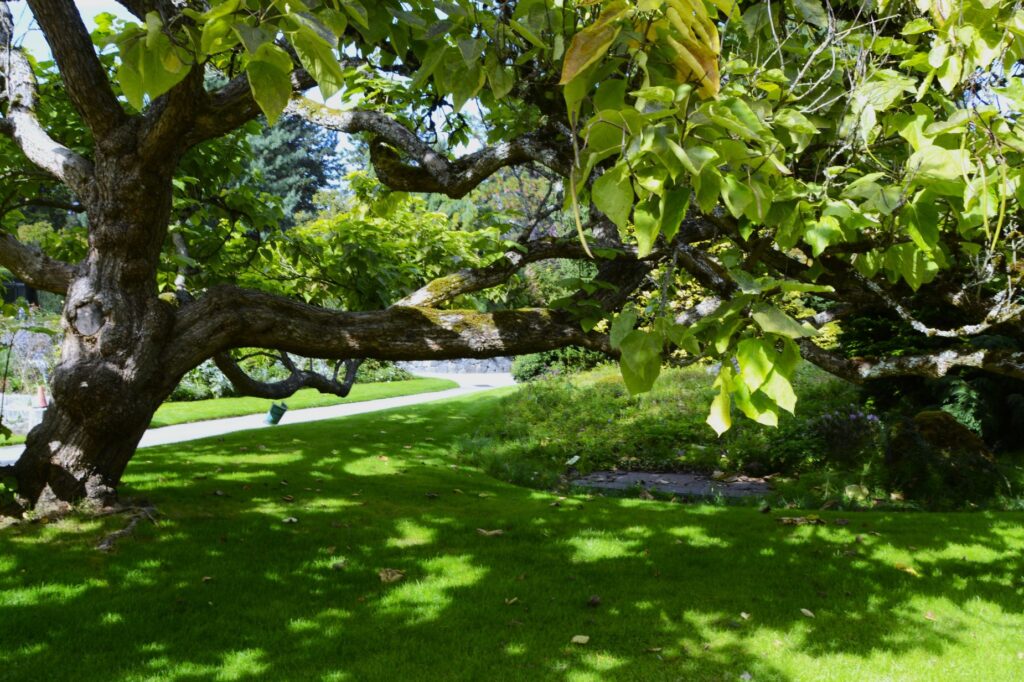
The camera doesn’t show it too well, but this tree trunk had many different colors.
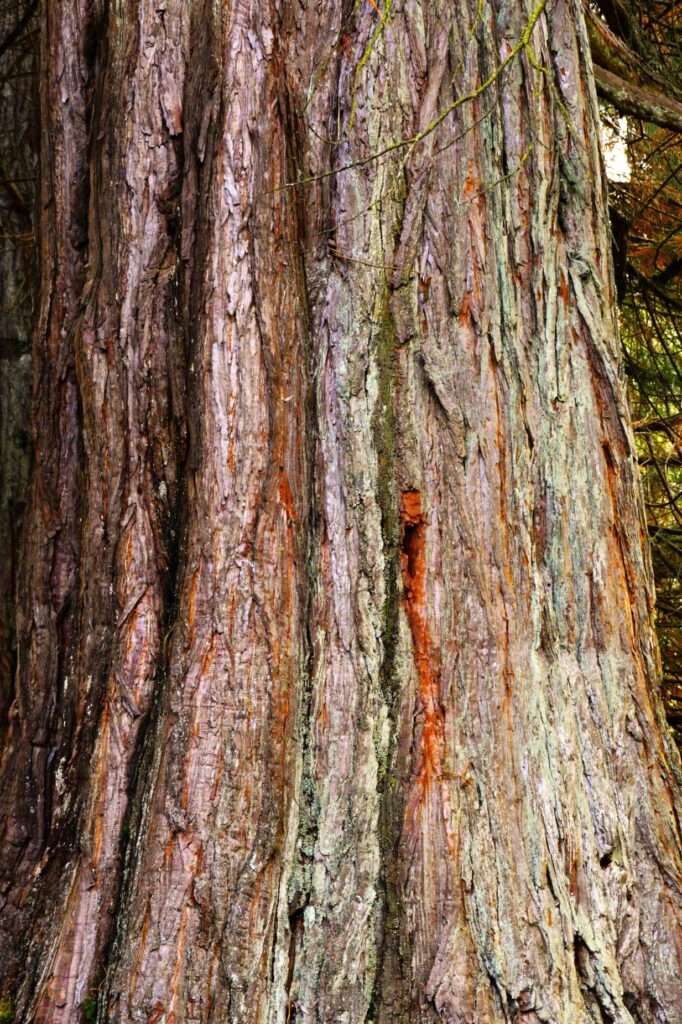
Even with a map, we got confused about where we were in the park. I think we saw about three-quarters of it. But by then, our feet and legs were tired.
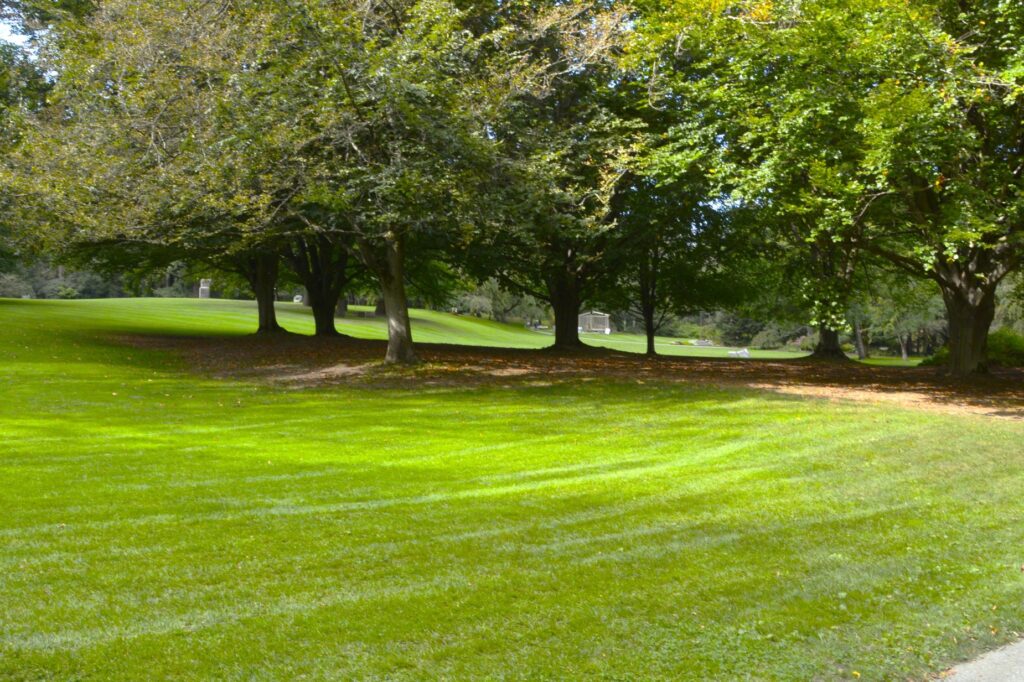
We had quite a ways to walk to our truck, so we headed back by way of this pathway. We had much more we wanted to see in Vancouver.
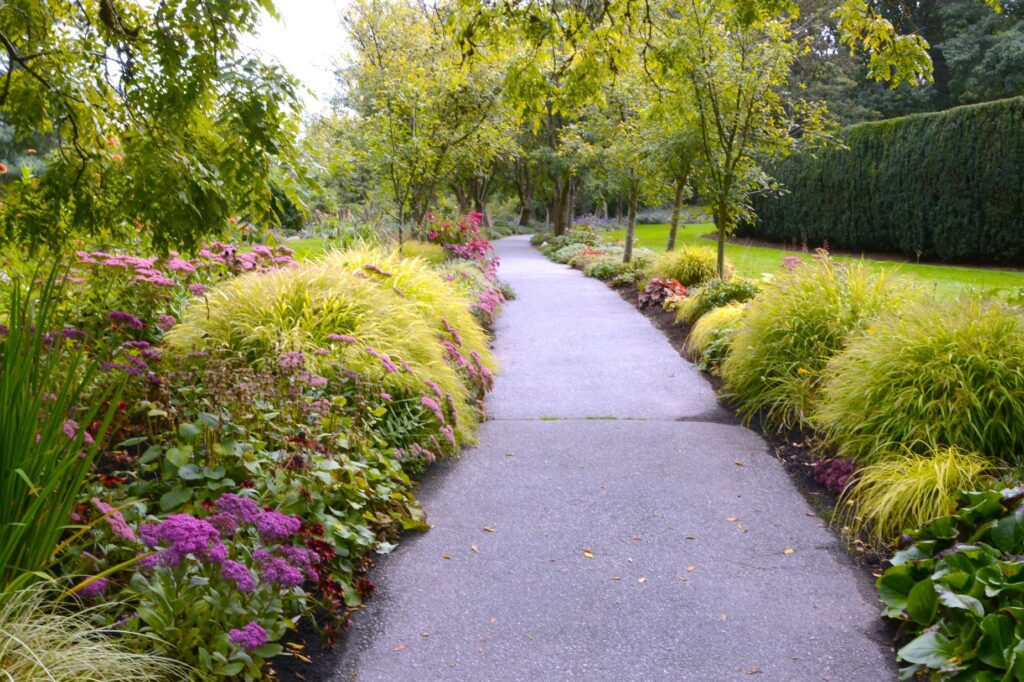
Bloedel Conservatory
Our next stop in Vancouver was the Bloedel Conservatory in Queen Elizabeth Park. It sits on Vancouver’s highest point in the city.
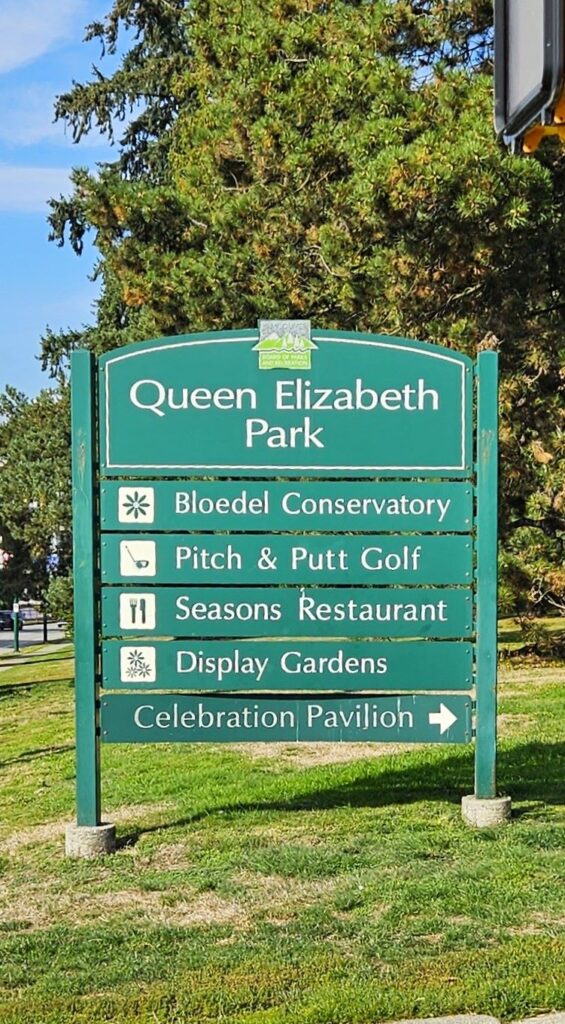
The grounds of the park are beautifully landscaped. It makes a perfect setting for wedding photos. In fact, we saw a beautiful east Indian wedding party getting their wedding photos taken while we were there.
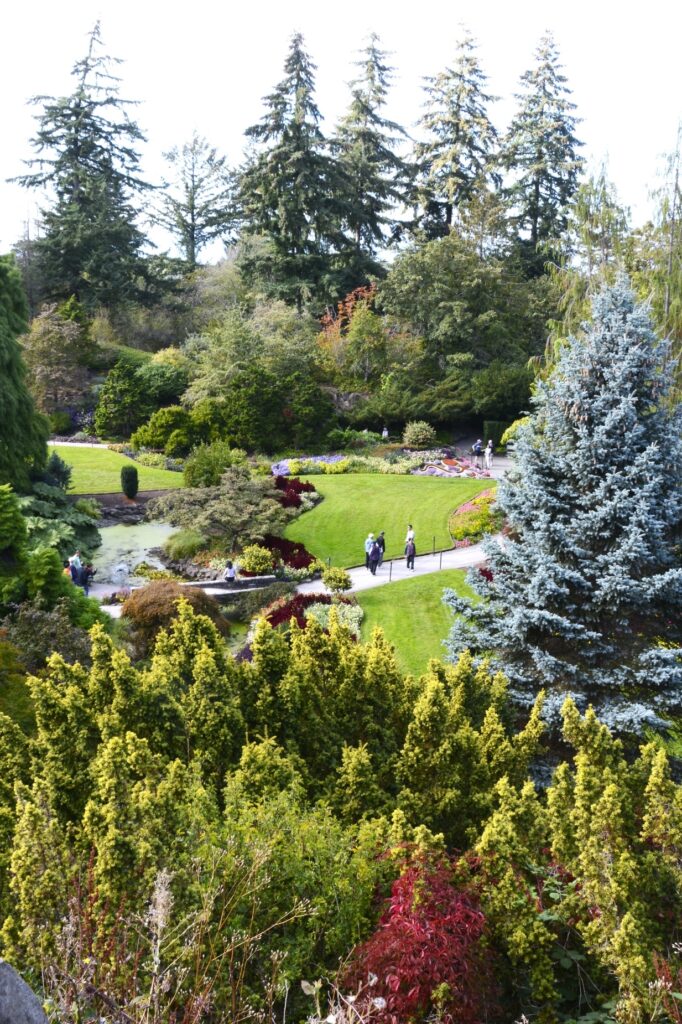
The park has a sunken garden below the Conservatory.
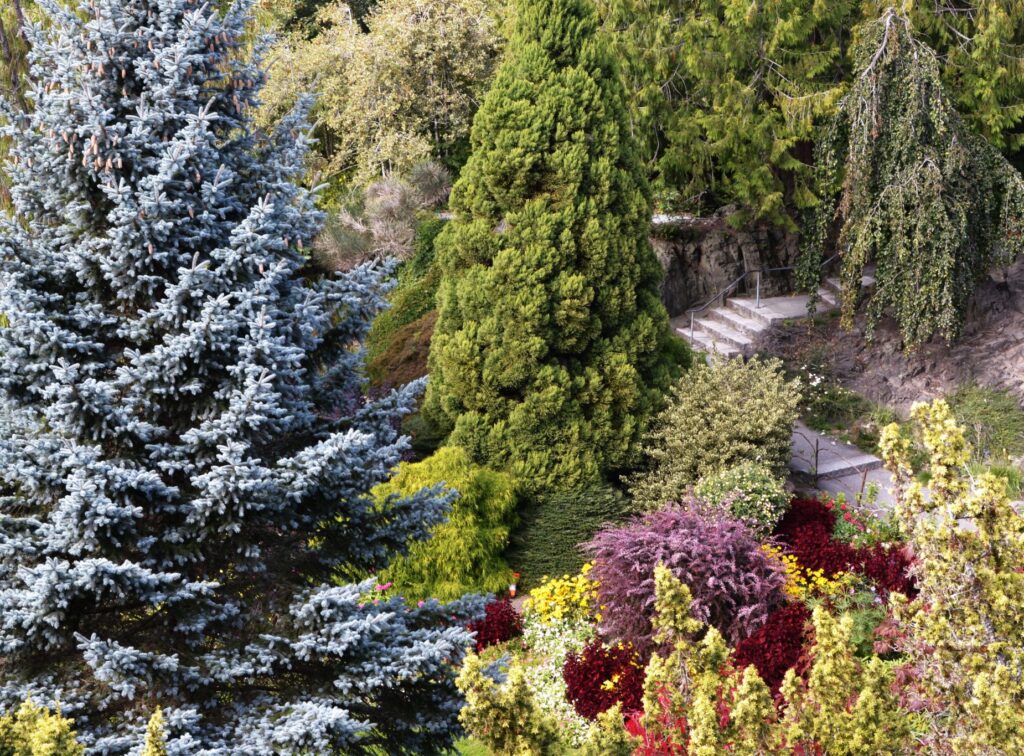
The Conservatory dome is 70 feet high and covers about a quarter of an acre. It was the first large triodetic dome structure in Canada.
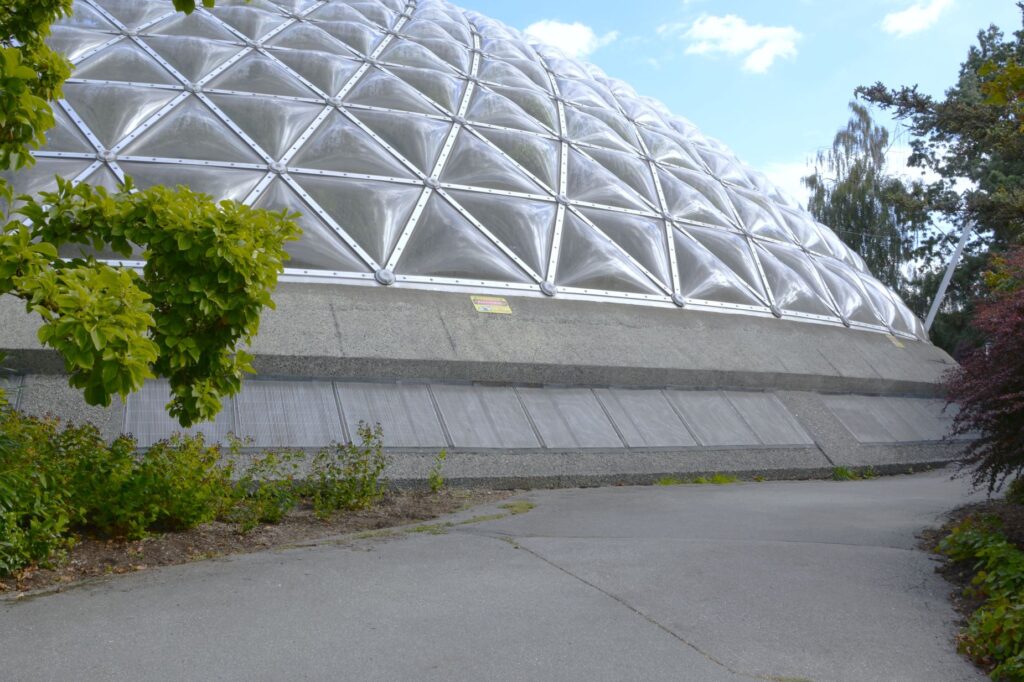
The dome houses more than 500 species of plants from around the world. The Conservatory uniquely houses three separate climate zones under one roof.
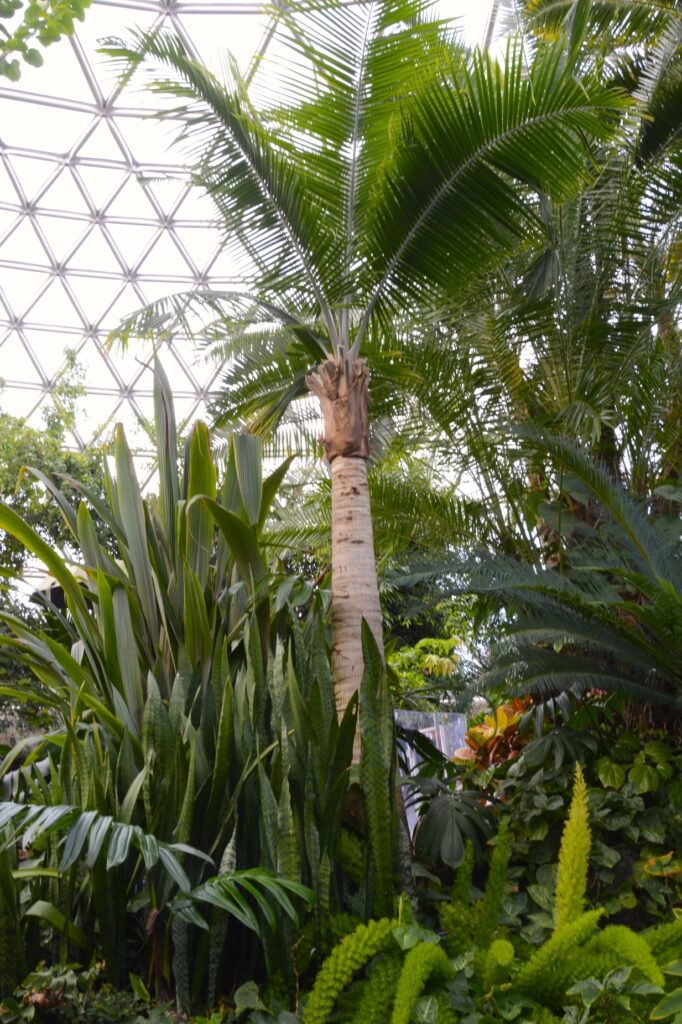
The temperature remains at a constant 64 to 70 degrees Fahrenheit year round. It was humid inside, but not unpleasant.
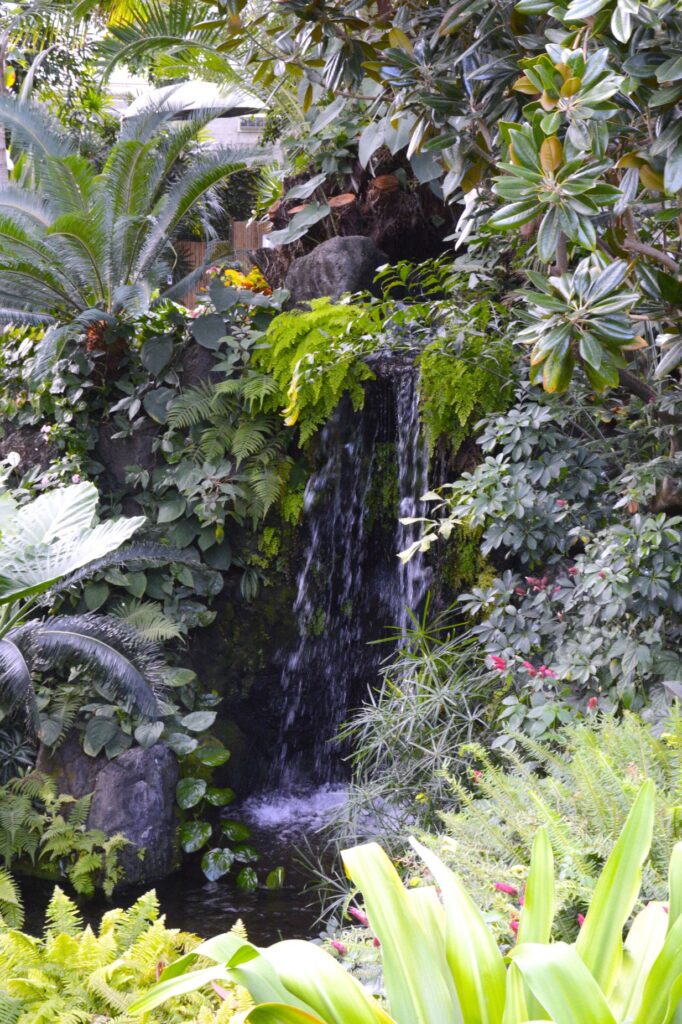
The Conservatory is also home to more than 100 colorful birds. The birds are used to humans and don’t mind posing for a photo.
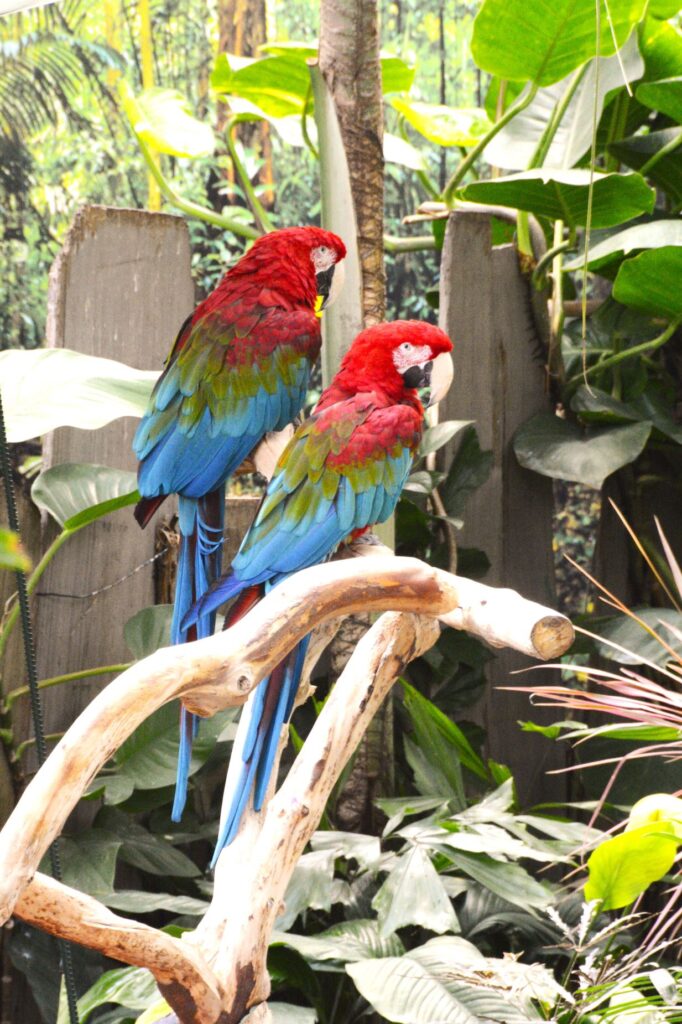
Besides waterfalls, there are water features throughout such as this koi pond.
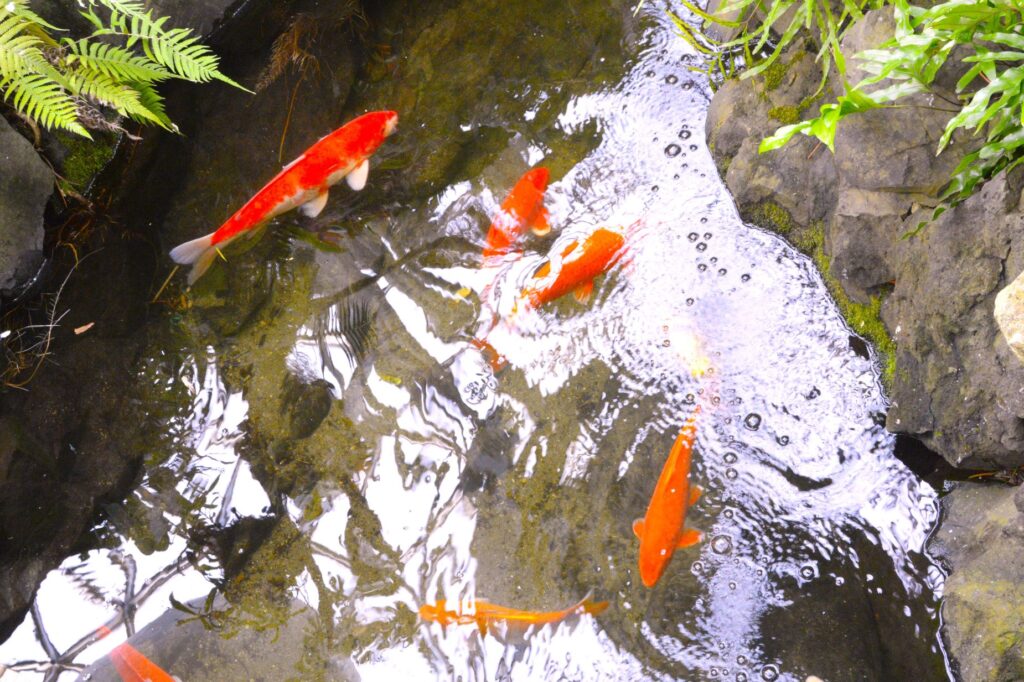
The birds are not kept in cages. They fly wherever they wish. Sometimes they seem to beg for you to take their picture, like this colorful parakeet. He flew in front of the Macaws when I was trying to get their picture.
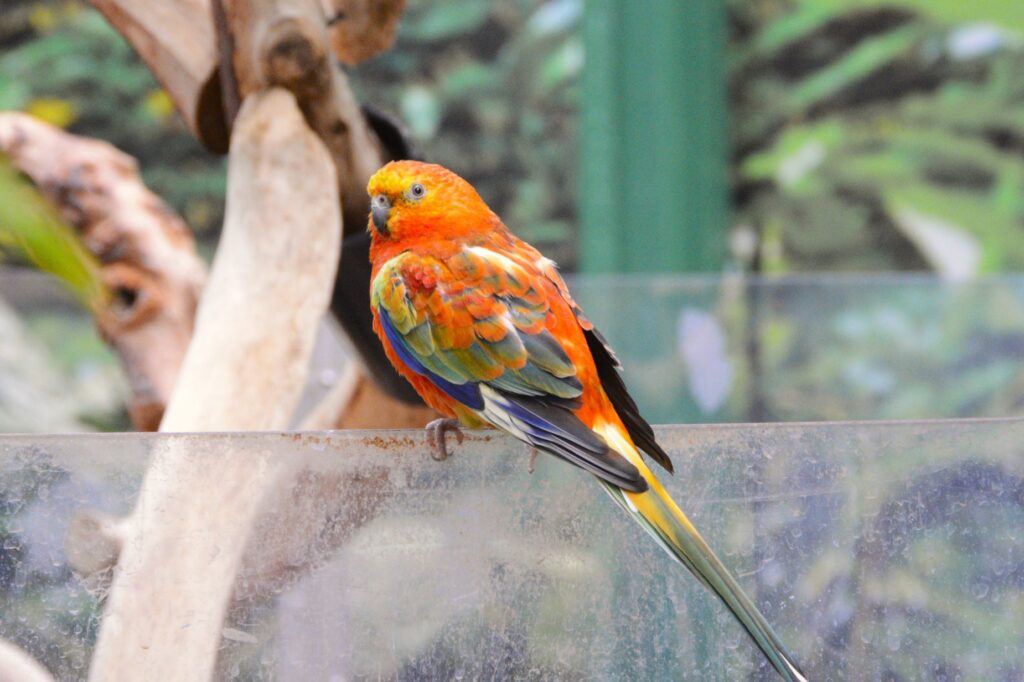
The birds are not the only colorful things in the conservatory. There were flowers, plants with colorful leaves, ferns and palms everywhere.
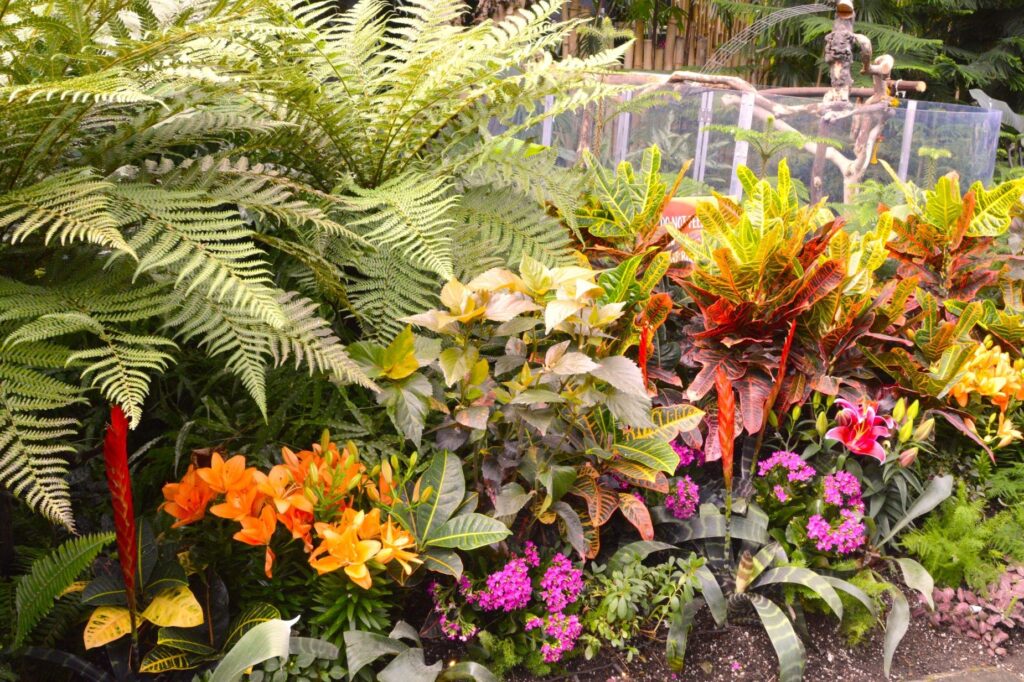
It was almost a sensory overload of where to look next. We crept along slowly so we could stop and see everything. So many beautiful plants were crowded into a very small space.
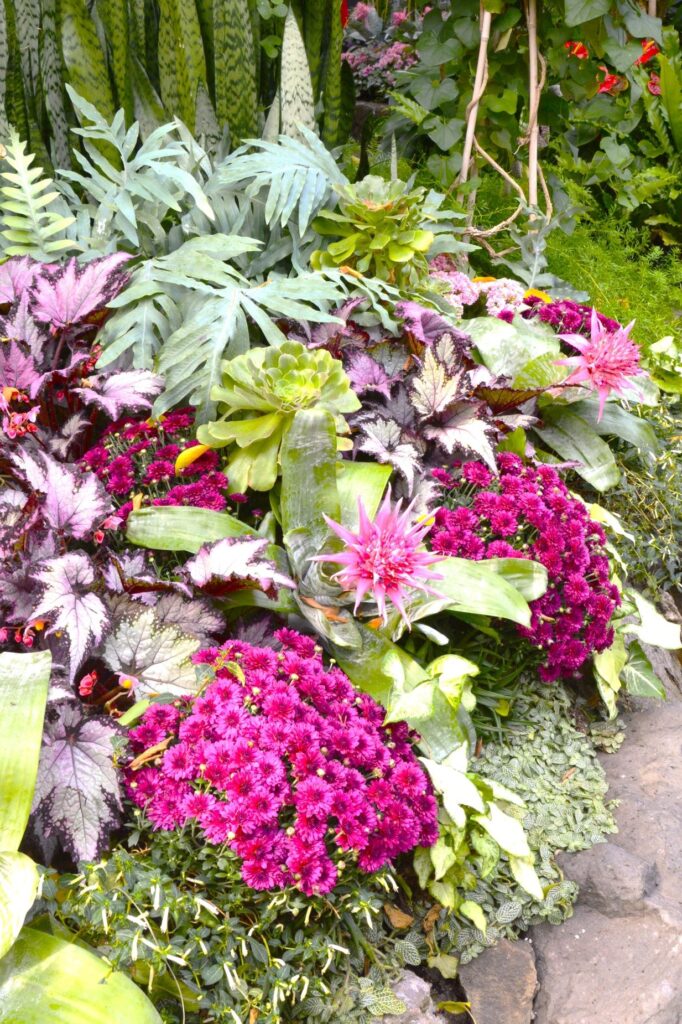
There were many colorful leaves like this coleus plant.
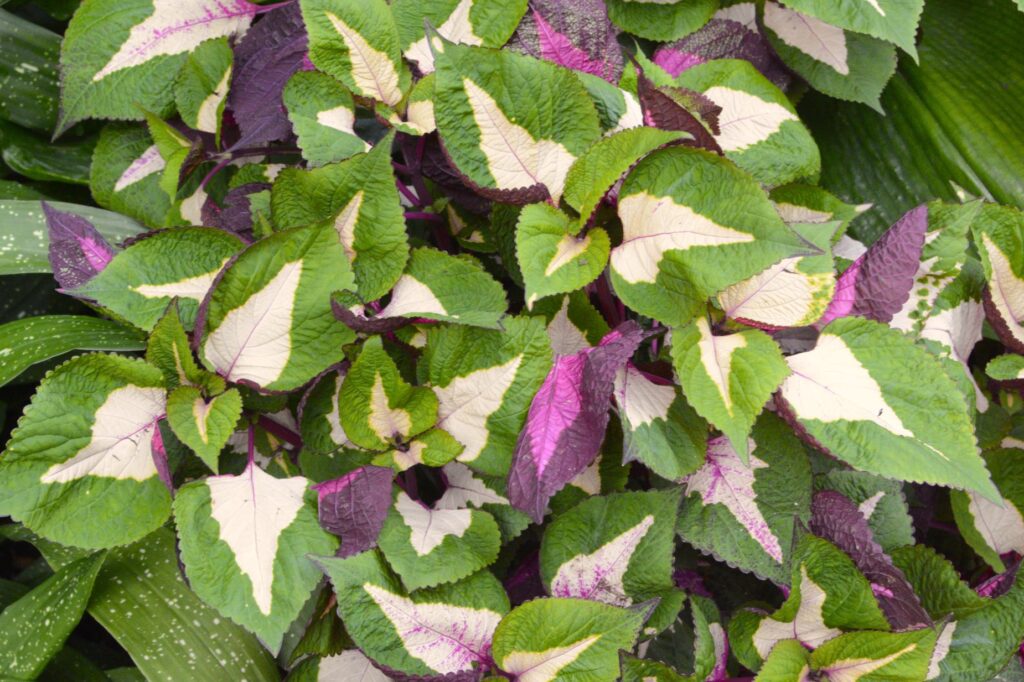
These elephant ear plant leaves were huge. I can see where they get their name.
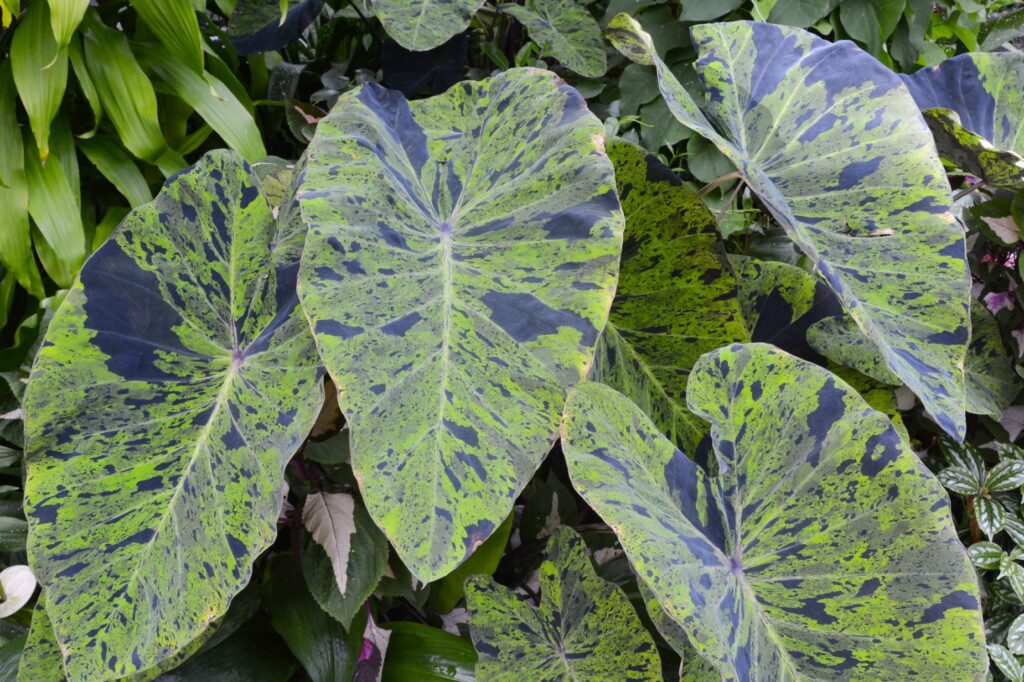
The patterns in the leaves and flowers were so unique.
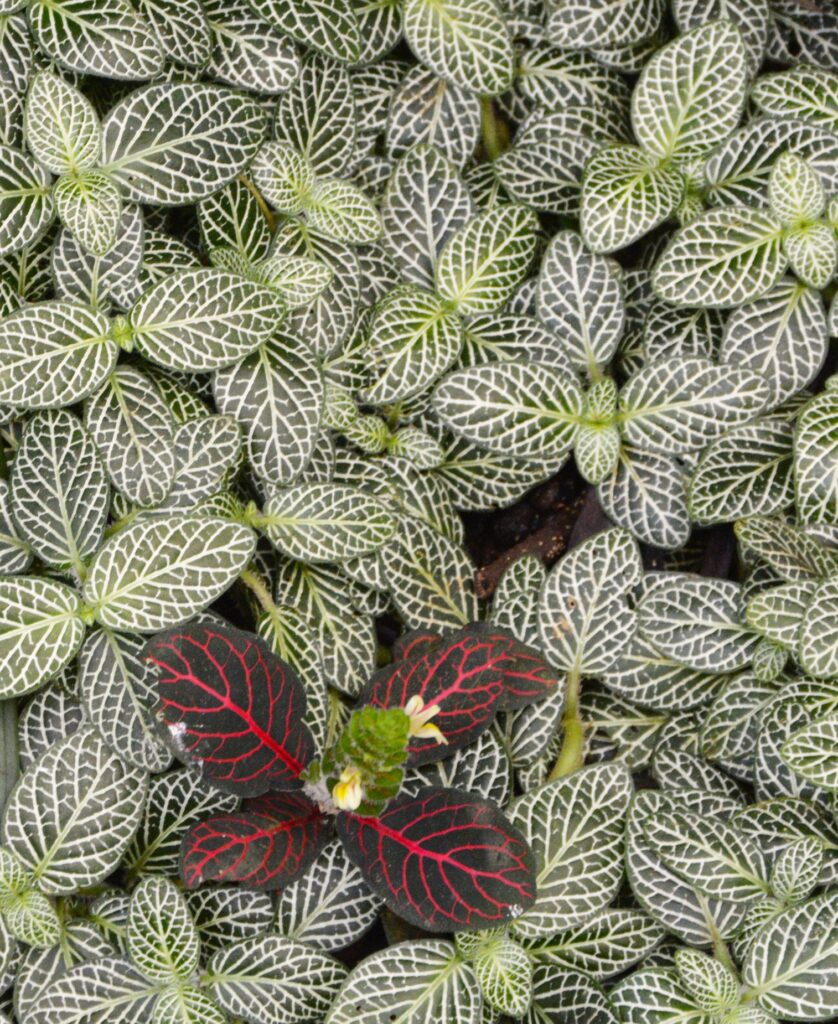
Some of my favorite flowers were the lilies. The colors on these are just beautiful.
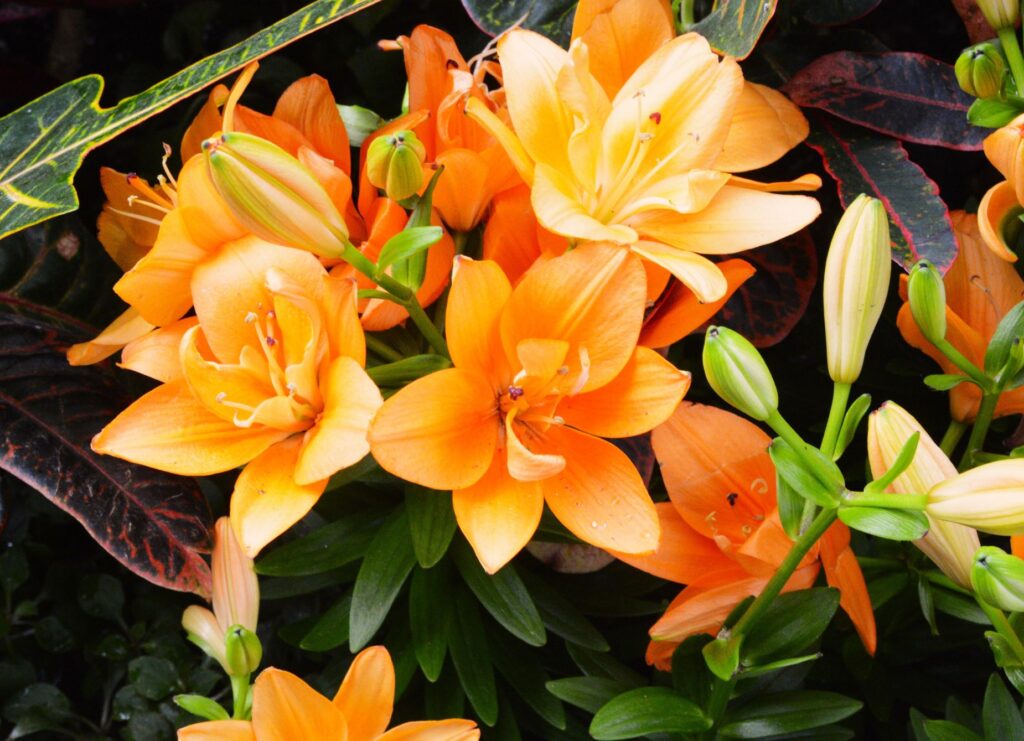
There’s a mouse population in the Conservatory. They got inside the Conservatory many years ago looking for a warm place to live. Since then, the Conservatory has embraced them and decided they are an important part of the ecosystem. As they have no predators, they are quite bold. This one made an appearance when we were there.
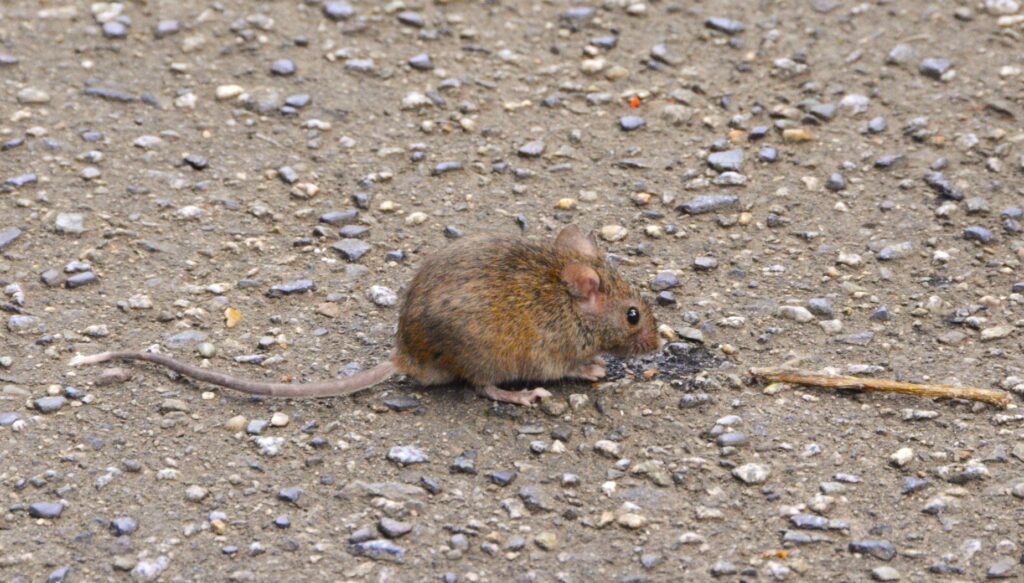
Chico and Pedra are double yellow-headed Amazon parrots. Each pair of birds seem to have their own “place” where they hang out.
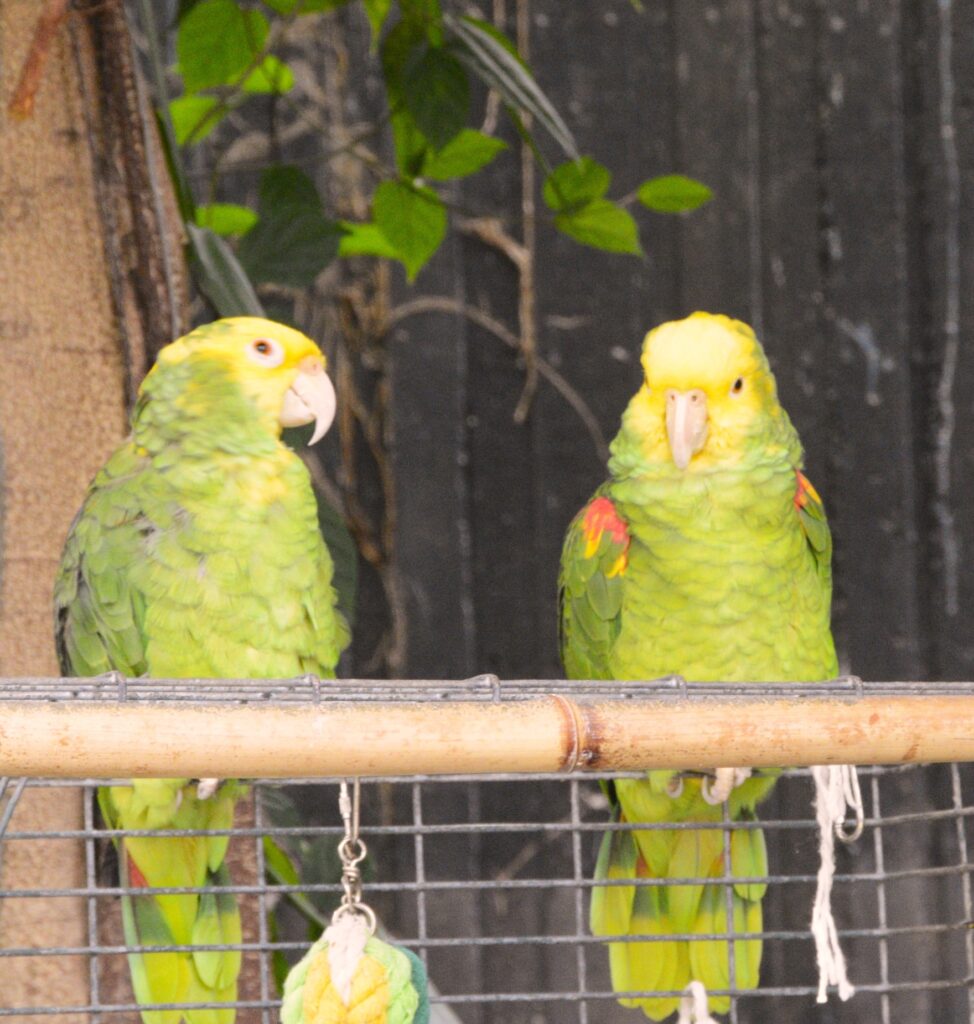
We saw many uniquely shaped flowers like this silver-vase plant.
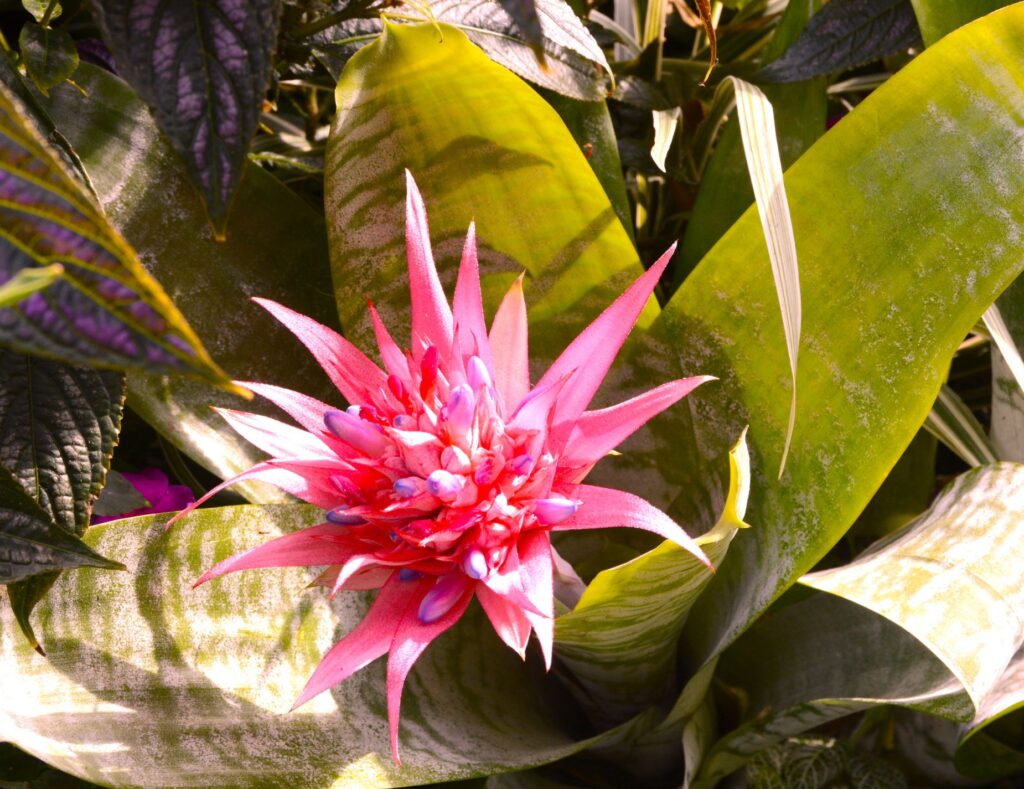
And like this Brazilian plume flower.
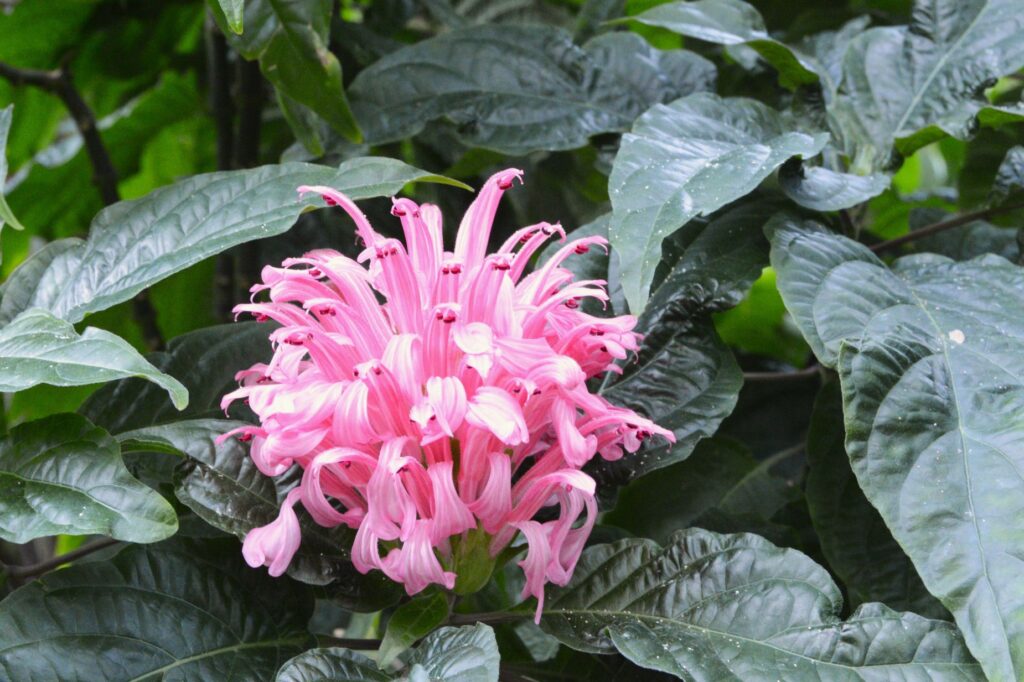
Where ever we turned, there was some unusual plant, tree or flower.
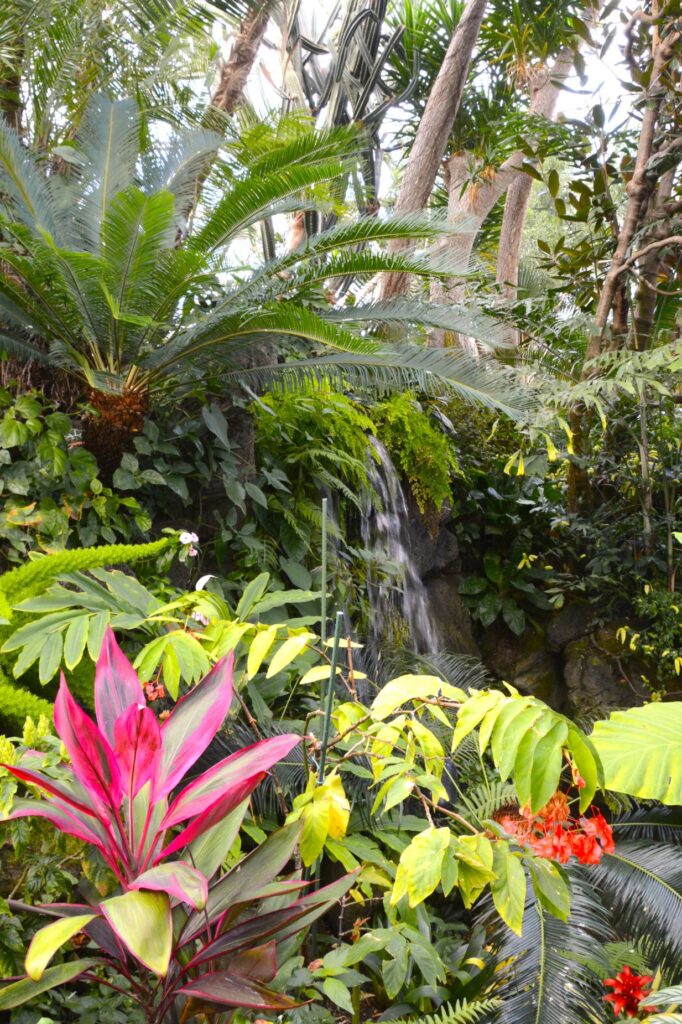
These staghorn ferns were familiar because Ray had one long ago that hung on a wall in our home.
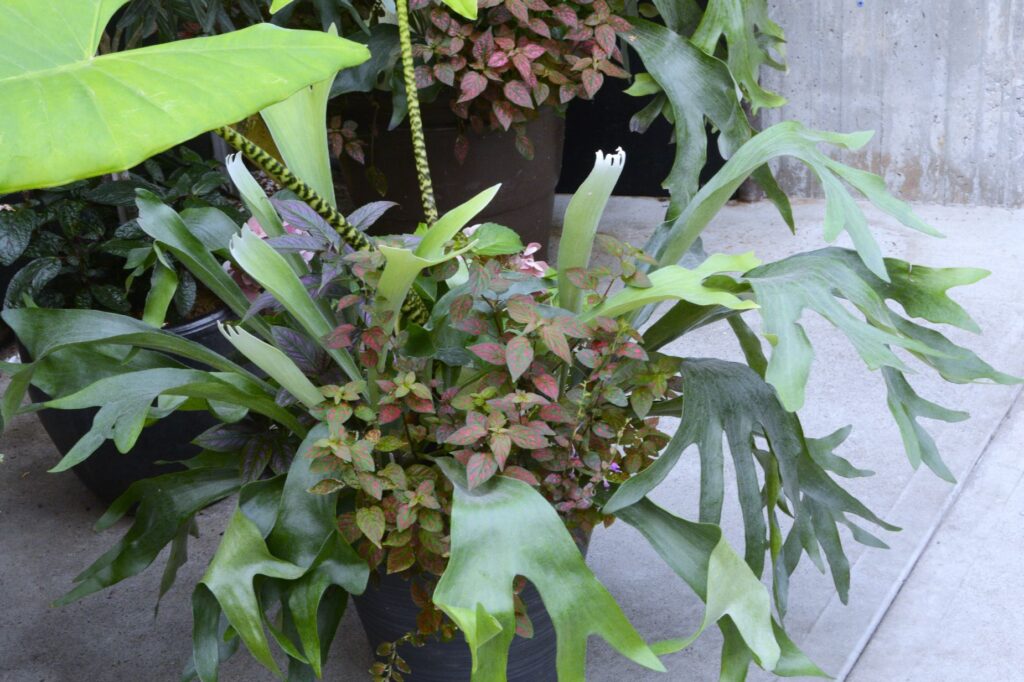
As we were about to leave, we saw this beautiful white macaw. The gentleman who was holding him told us that these birds live a long time–like 40 to 60 years.
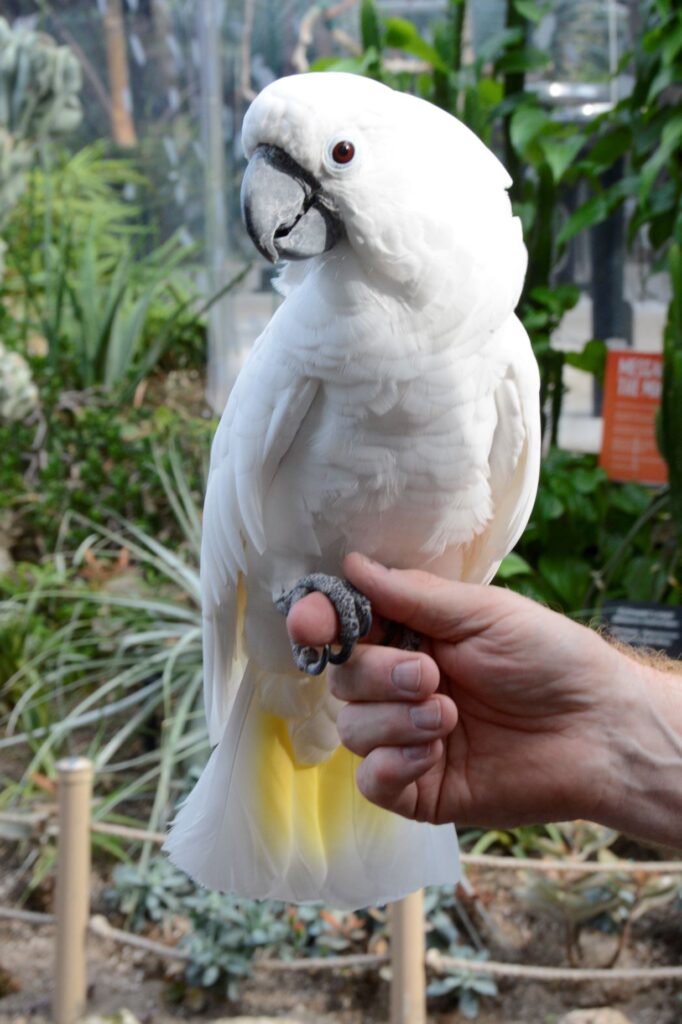
This bird flitted around and finally settled so I could get his picture. I think it is some kind of oriole.
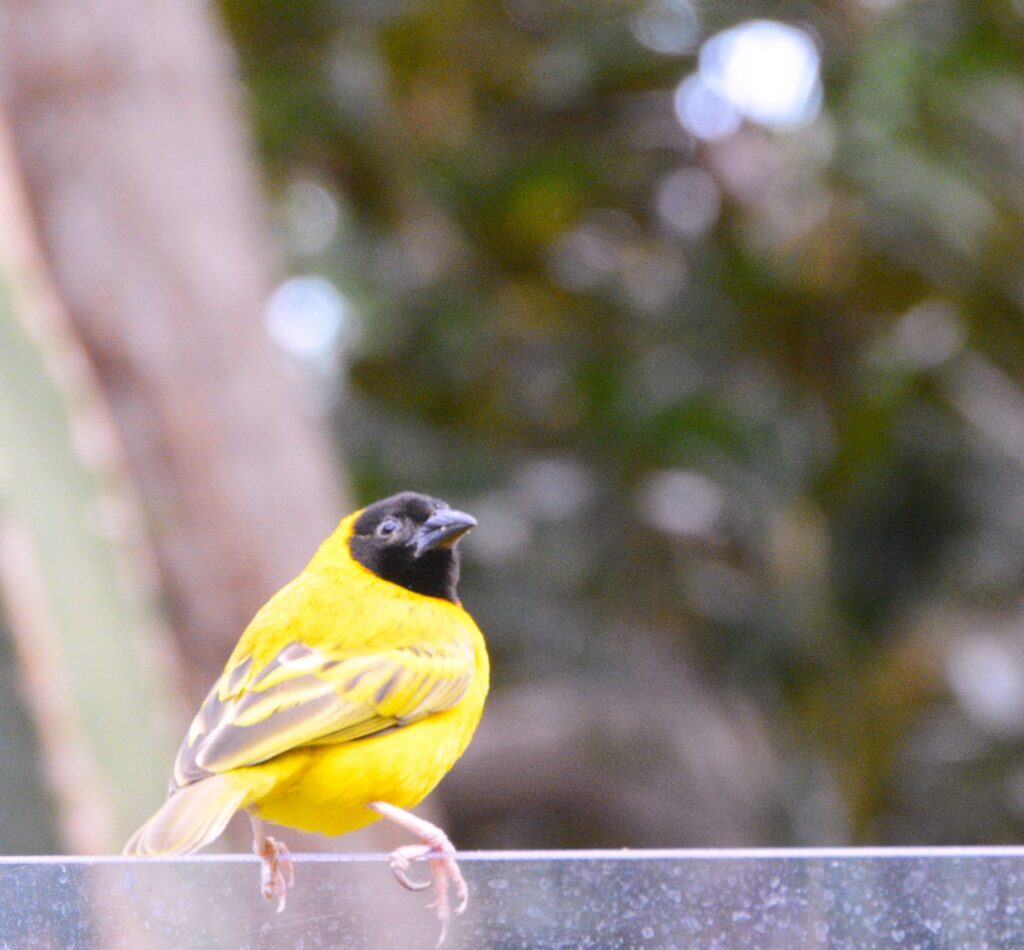
The variety of colorful plants, flowers and birds that God has created is just amazing.
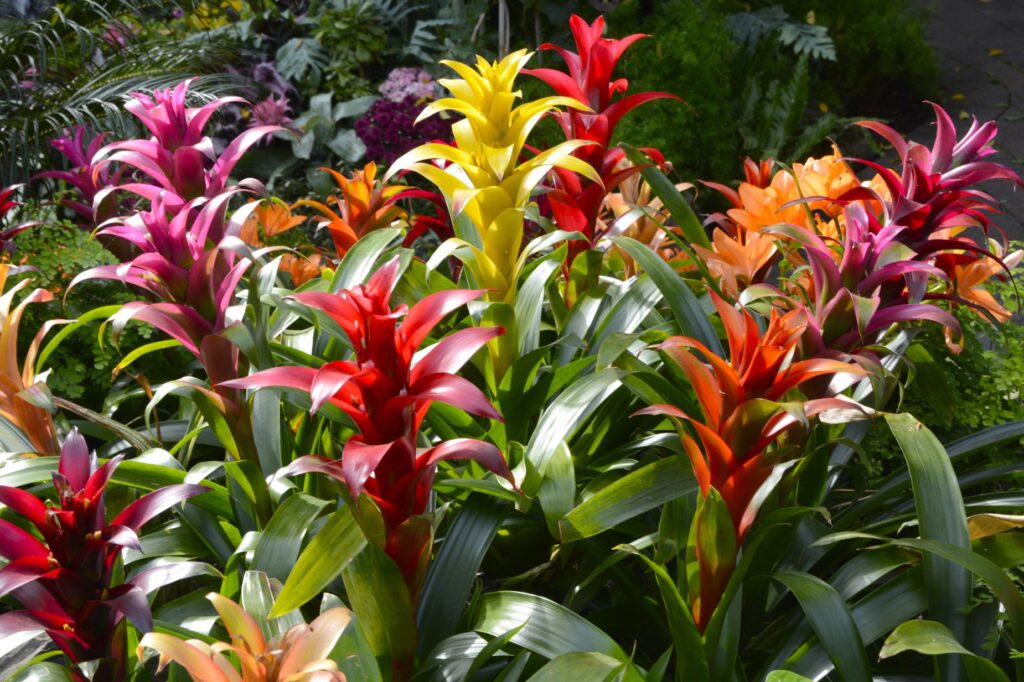
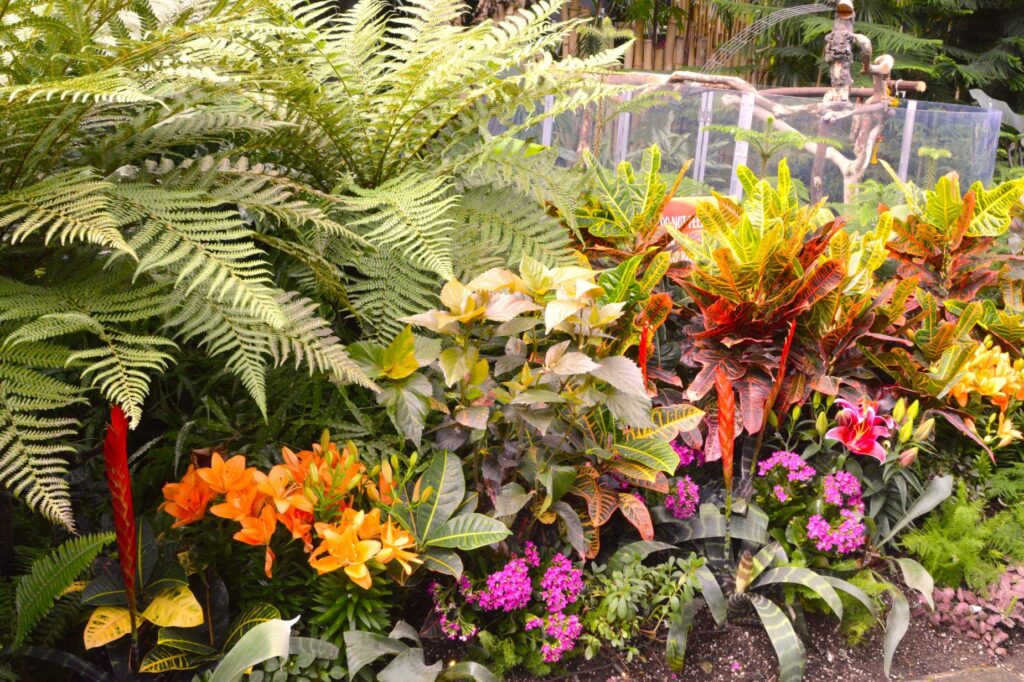
As you can see, this place was a fun place to visit. Although they may not compare to Butchart Gardens, we thought these two botanical gardens were a nice substitute. Butchart Gardens would have cost us hundreds of dollars to visit, whereas, these cost only a few dollars to visit.
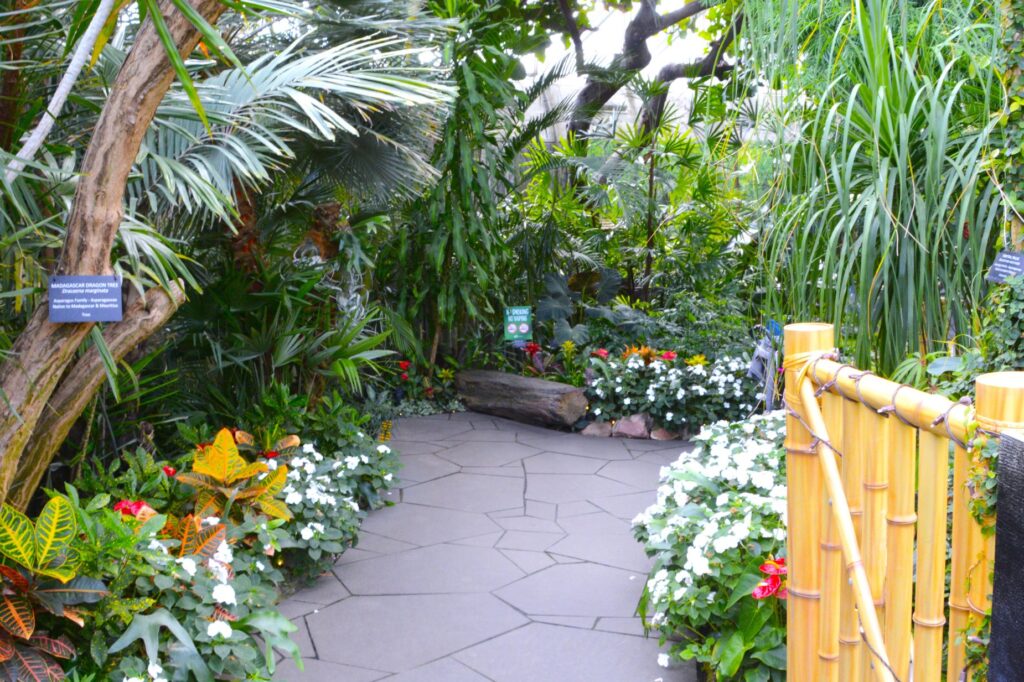
Since the Conservatory is on the highest spot in the city, we were able to get a photo of the surrounding city from there. Vancouver’s population is more than 2.6 million people.
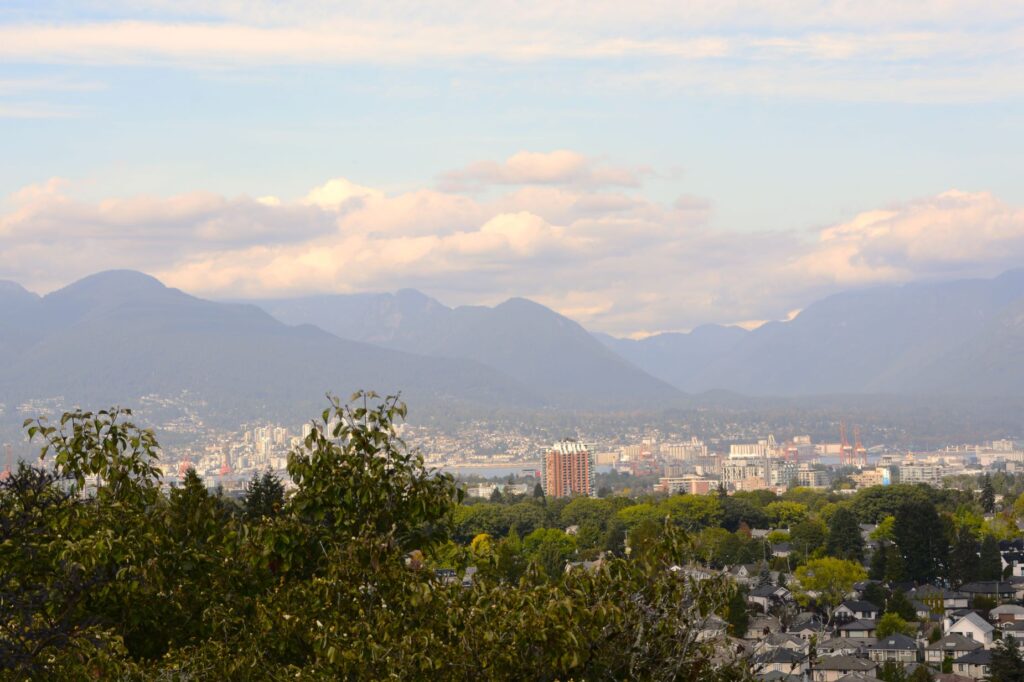
We had one more place to visit in Vancouver that day. To get there, we had to drive into the heart of the city, find a parking garage, and walk several blocks. Although the ceiling in the parking garage was very low, we managed to find a parking spot. Finding our way out by way of my phone proved to be more difficult. GPS took us the long way up scores of stairs to the ground level. We passed this monument on our way, which proved to be crucial in finding our way back.
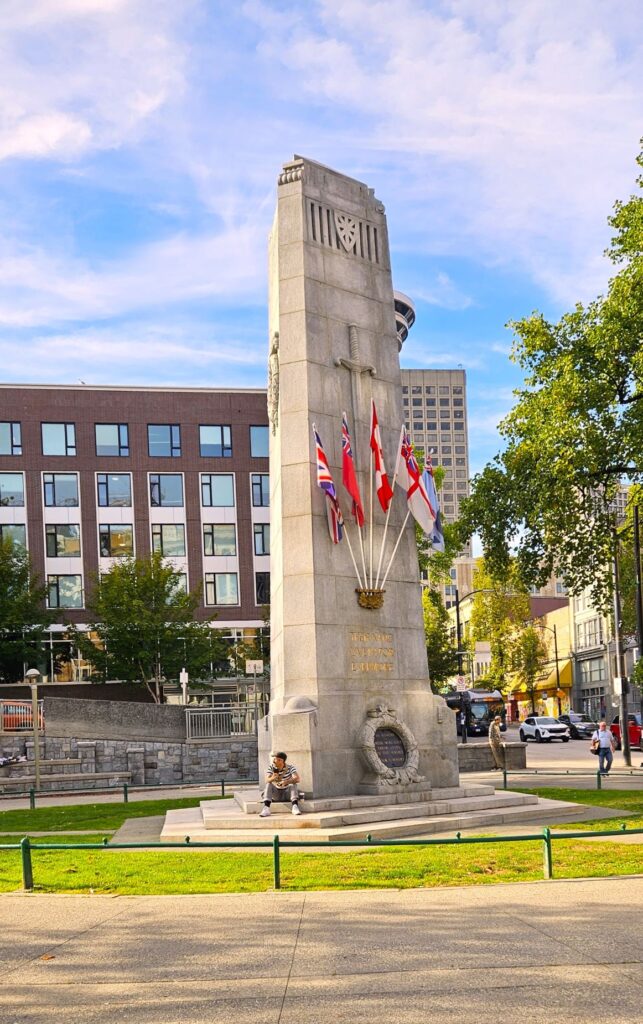
Gastown
This steam clock was our next destination. It is located in Gastown, the original site of Vancouver in the 1870s. A series of steam pipes run underground to provide heat to the city. Every hour this steam clock plays the Westminster chimes and sounds the hours with steam whistles. It was one of two in the world when it was constructed.
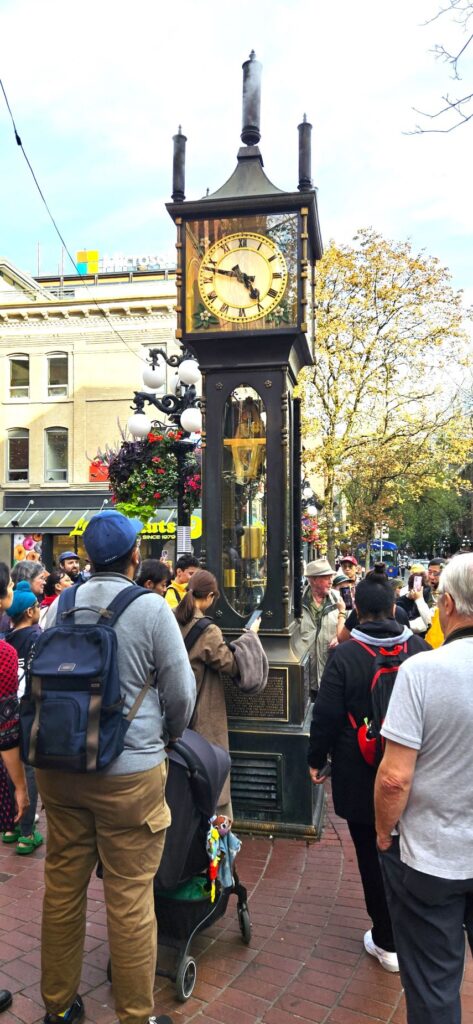
Turn up your sound and listen to the video. It doesn’t quite sound right because one of the whistles wasn’t working. You can hear Ray trying to fill in the missing notes.
We lucked out that day. The clock went off once, but because the clock was running fast, the clock caretaker set the time back 12 minutes and we heard it go off a second time.
Finding our way back to the parking garage was a trick because I left the address of the parking garage in the truck. A friendly young Canadian man tried to help by pointing us in the direction of a couple of parking garages. Just at the right moment, I spied the monument we passed on the way out, and recognized the street that led to our parking garage.
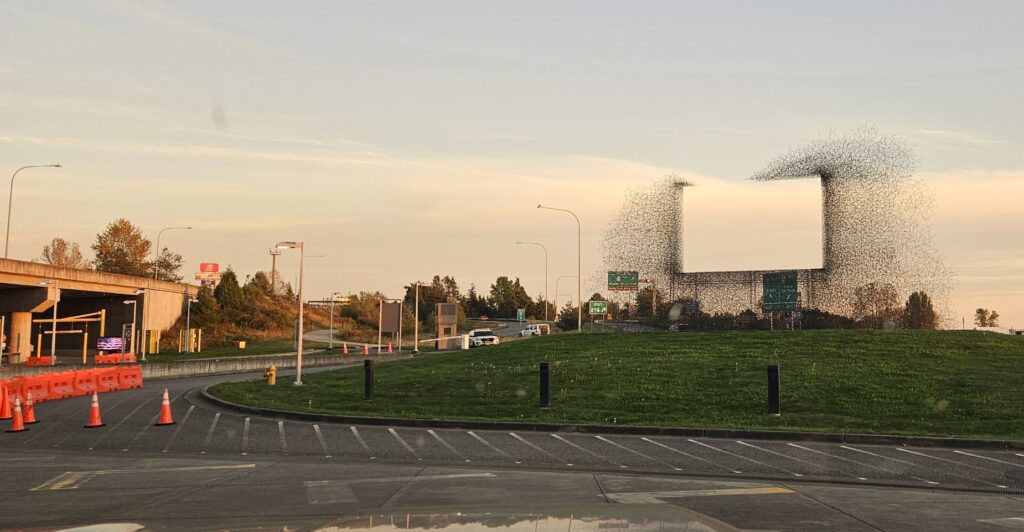
We had a completely different experience crossing the border back into the USA. The two border agents were from Texas and greeted us warmly as fellow Texans. They were friendly and welcoming. It was nice to be back in the US.
“For all creation is waiting eagerly for that future day when God will reveal who His children really are.” Romans 8:19 NLT

